Imperata cylindrica
Indigofera australis
Indigofera hirsuta
Indigofera linifolia
Indigofera pratensis
Intsia bijuga
Iphigenia indica
Ipomoea brasiliensis
Ipomoea plebeia
Ipomoea pes-caprae subsp. brasiliensis
Isachne globosa
Ischaemum australe
Ischaemum triticeum
Isolepis cernua
Isolepis habra
Isolepis inundata
Isolepis subtilissima
Isopogon asper
Isopogon anemonifolius
Isopogon cuneatus
Isopogon dubius
Isopogon formosus
Isopogon mnoraifolius
Isopogon petiolaris
Isotoma armstrongii
Isotoma axillaris
Isotoma fluviatilis
Ixora beckleri

Moonee Headland NSW
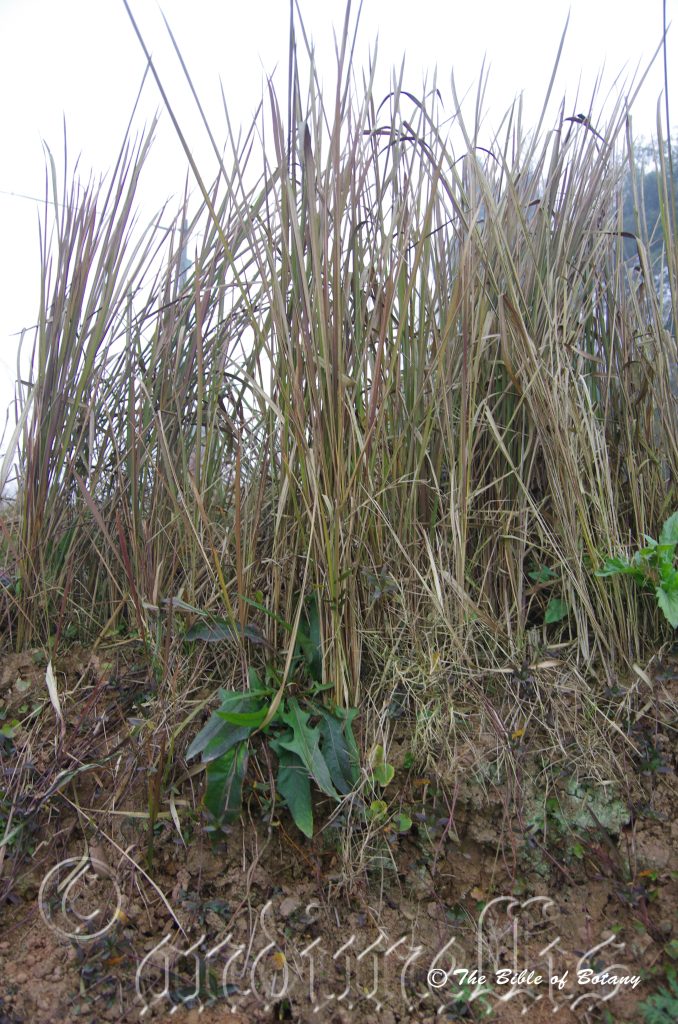
Jiang xi River Qhong Qing China
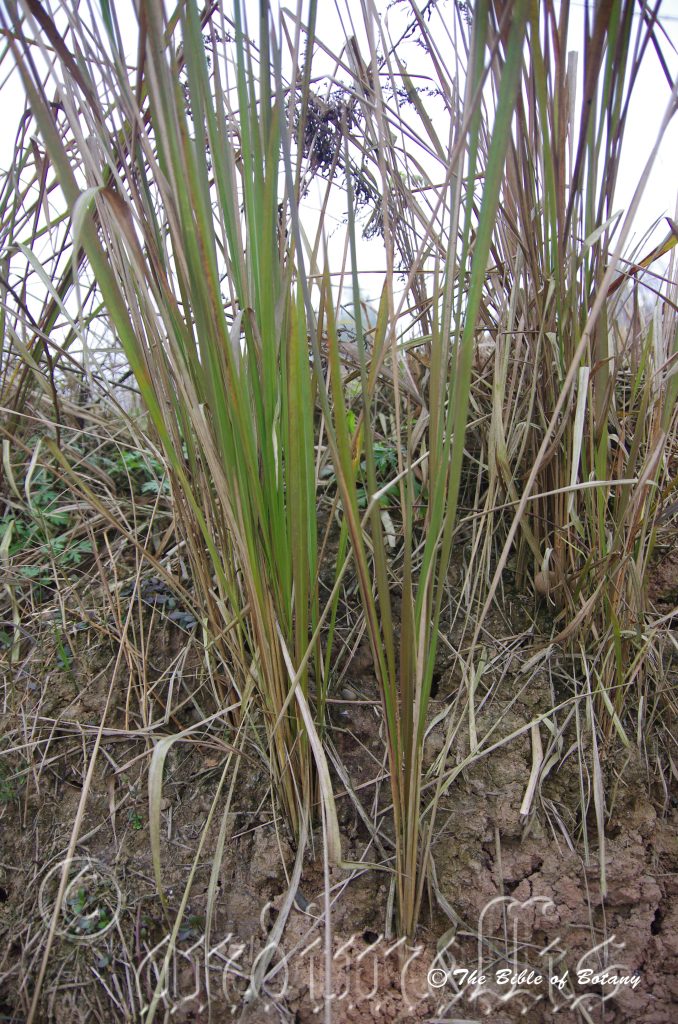
Jiang xi River Qhong Qing China
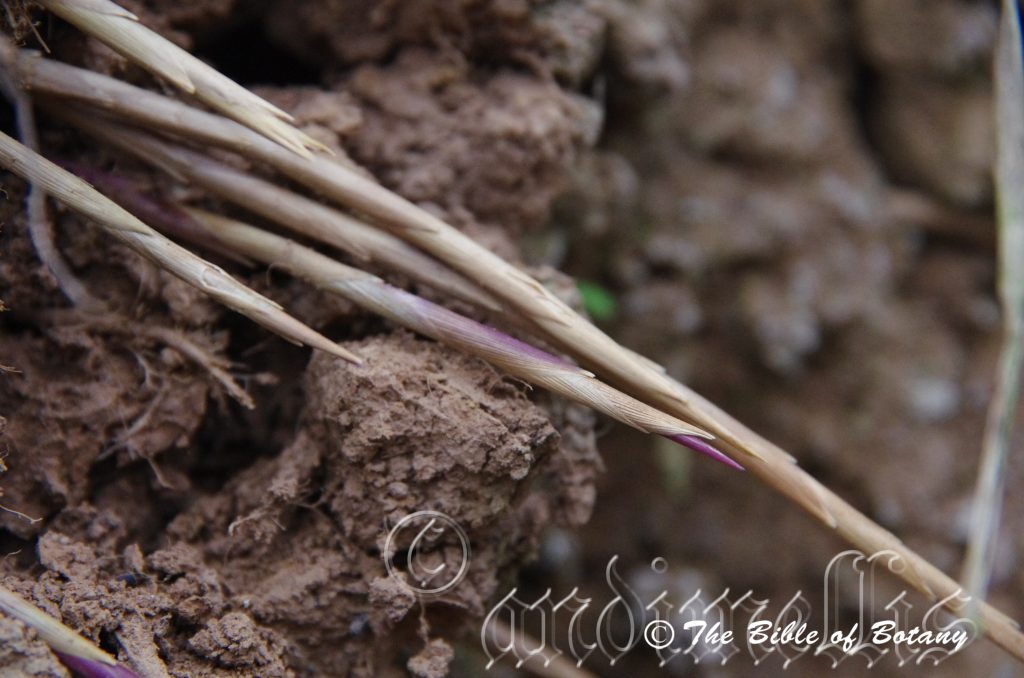
Jiang xi River Qhong Qing China
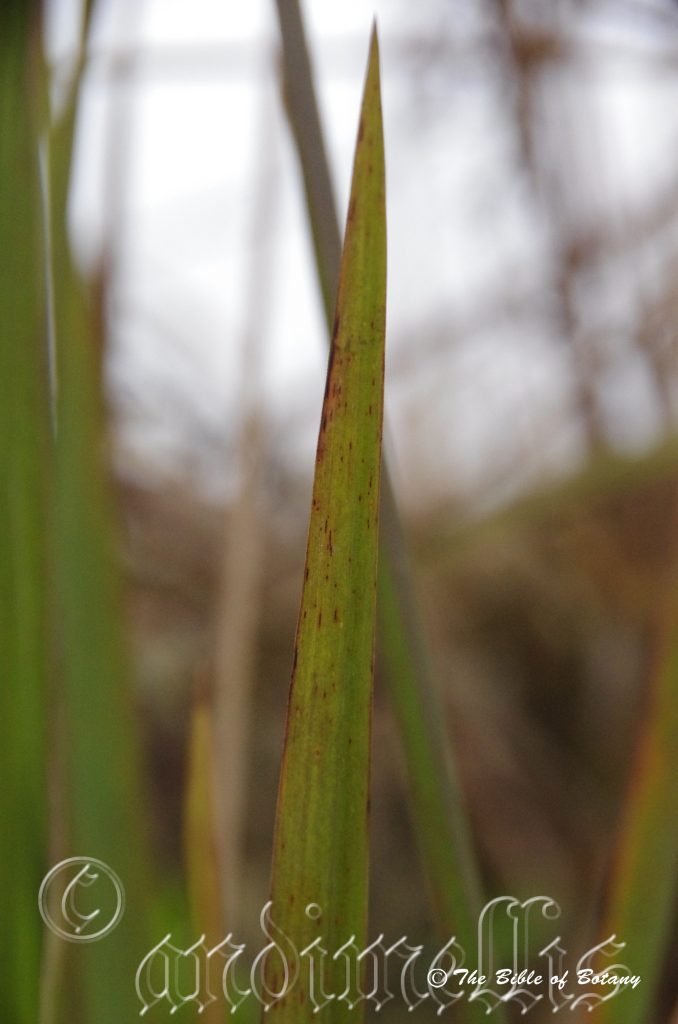
Jiang xi River Qhong Qing China
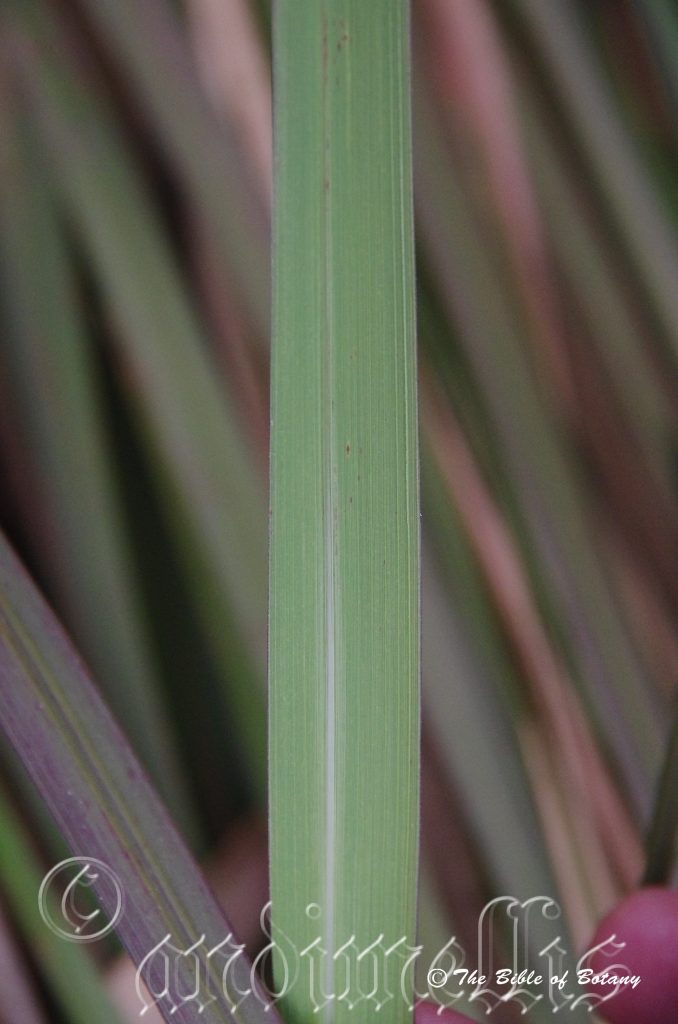
Jiang xi River Qhong Qing China
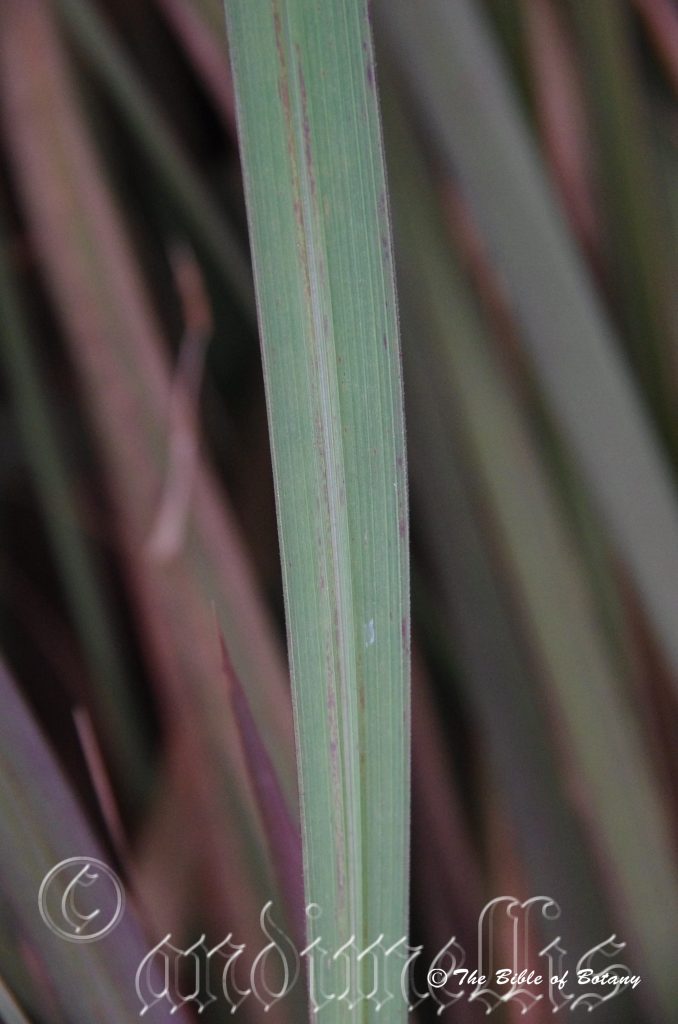
Jiang xi River Qhong Qing China
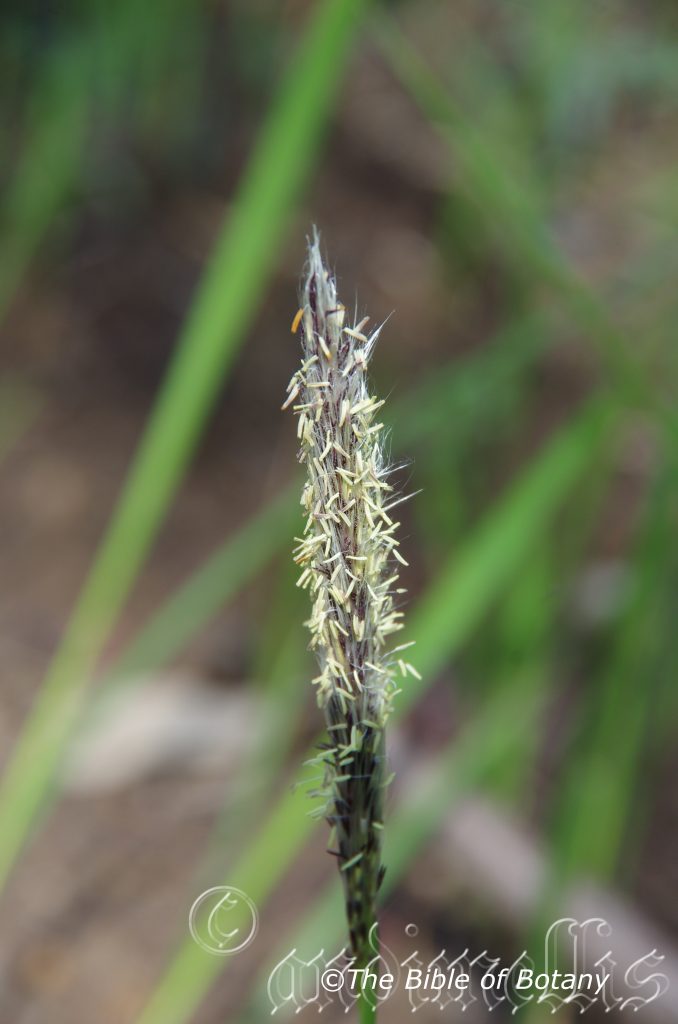
Ewingar Forest Reserve NSW
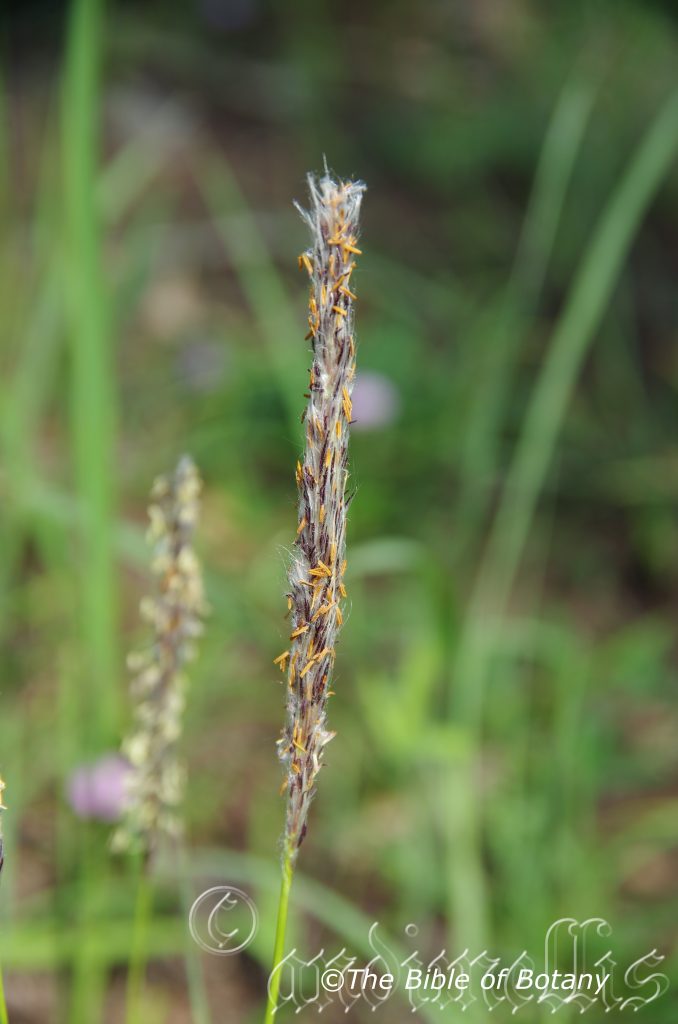
Ewingar Forest Reserve NSW
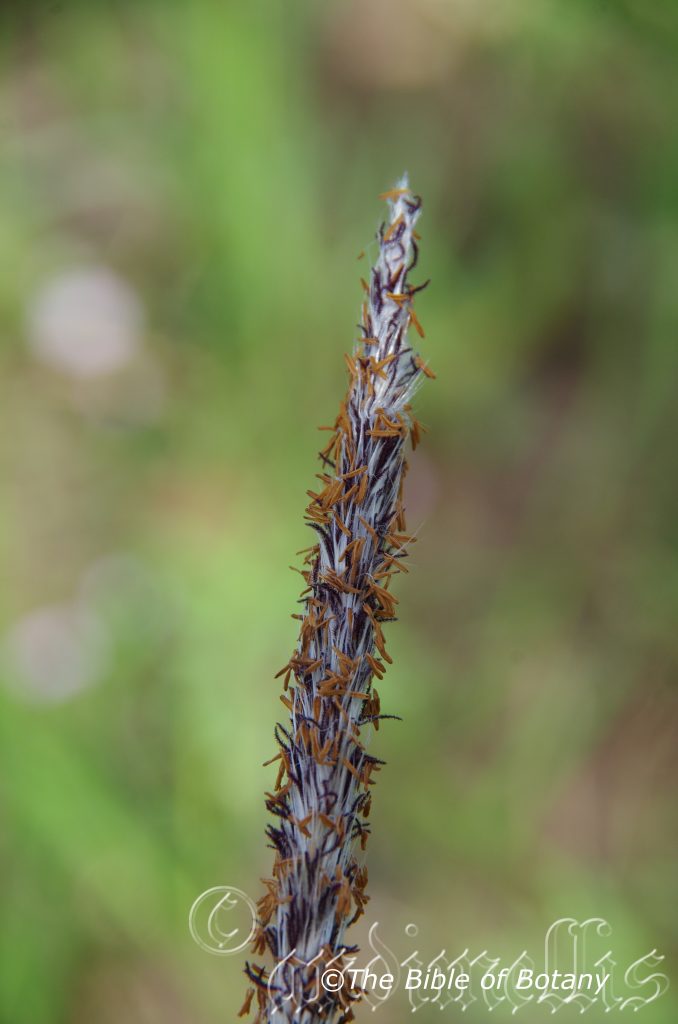
Ewingar Forest Reserve NSW
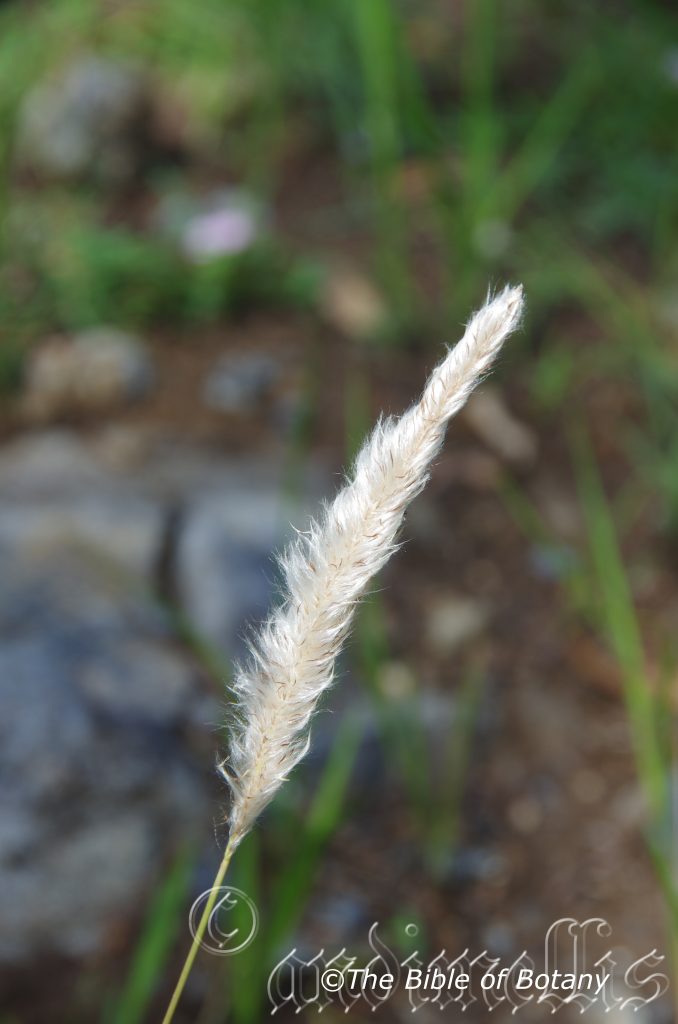
The Pinnacles NSW
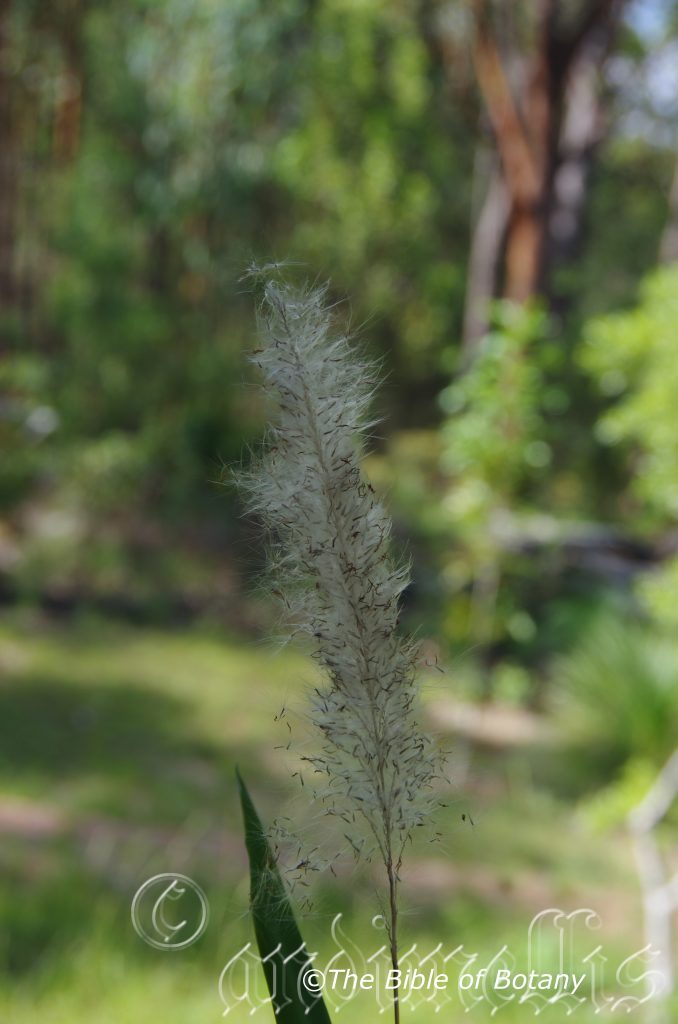
The Pinnacles NSW
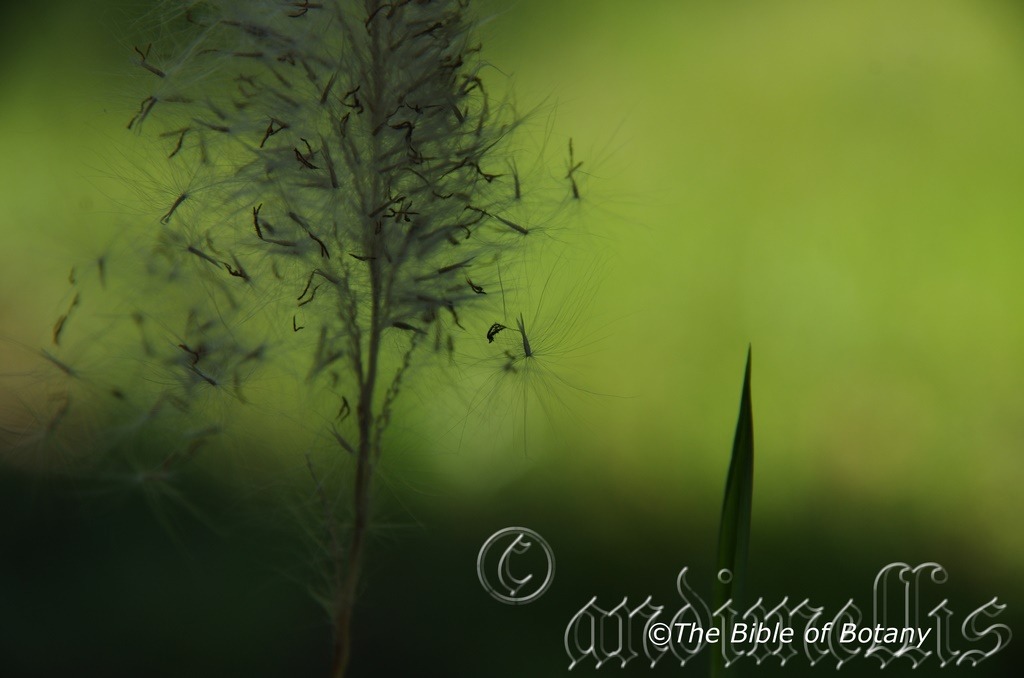
Imperata cylindrica
Classification:
Unranked: Monocots
Unranked: Commelinids
Order: Poales
Family: Poaceae
Subfamily: Panicoideae
Tribe: Andropogoneae
Genus: From Imperata, which is Latin for imperial or regal. It refers to flowering plumes of grasses, which resemble the plumes of exotic birds that were once used as head dress decor amongst the imperialist class.
Specie: From Kýlindrós, which is Ancient Greek or Cylindrum, which is Latin for a cylindrical shape. It refers to flower heads or fruits, which resemble cylinders.
Sub specie:
Common Name: Blady Grass.
Distribution:
Imperata cylindrica is found within 450 kilometres of the coast except for an isolated population in central Australia bounded by the Dulcie Ranges, Umbarra Springs, Bagot Springs and Illamurta in the Northern Territory.
On the coast it is found from Beagle Bay Mission in north western, Western Australia along the top end to Queensland and south to Eyre Peninsula in South Australia.
It is also found from the Arthur River in north western Tasmania to West Devonport, and from St Helens to Swansea in eastern coastal Tasmania.
It is also native to tropical and subtropical Asia, Micronesia, Melanesia, northern Africa, and southern Europe.
https://avh.ala.org.au/occurrences/search?taxa=Imperata+cylindrica#tab_mapView
Habitat Aspect Climate:
Imperata cylindrica prefers full sunlight to light dappled shade. It grows in dry eucalypt forests, moist Eucalyptus forests, drier coastal heaths, monsoonal vine forests and adjacent to most rainforests. It is found on steeper slopes and ridges in higher rainfall areas and on plains riparian zones in lower rainfall areas. The altitude ranges from 1 meter ASL to 950 meters ASL.
The temperatures range from minus 4 degrees in August to 42 degrees in January.
The rainfall ranges from lows of 450mm to 3000mm average per annum. Lower rainfall areas often have orographic precipitation.
Soil Requirements:
Imperata cylindrica prefers course sands, fine sands, sandy loams to light fatty clays to heavy clays or light silts to heavy silty alluvial. The soils are usually derived from decomposed sandstones, granite, brown basalt, black basalt, metamorphic rocks, shale and metashales. It is highly opportunistic growing on very poor acid soils to very rich organic soils. Soils where very heavy infestations have occurred have very good to excellent texture and aeration. The soil’s pH ranges from 4.5pH to 7pH. It is tolerant of waterlogged soils but thrive away from continually wet soils. Non saline soils to the lower end of very saline soils are tolerated as are salt laden winds.
Height & Spread:
Wild Plants: 0.6m to 1.3m or 1.8m when in flower by 0.25m to 0.4m
Characteristics:
Imperata cylindrica is an open tufted perennial with short, thick cream, rhizomes produce small tufts of leaves at the terminals. The much branched, complicate, elongated rhizomes are tough and fleshy often forming tuber like swellings on the roots. The rhizomes are covered in the remnants of the dead sheaths and measure 5mm to 8mm in diameter.
The linear leaves of Imperata cylindrica measure 600mm to 1200mm in length by 4mm to 19mm in width. The chartaceous appressed sheaths are tightly clasping pastel grey-fawn to grey-fawn with a purple-pink tinge and glabrous to moderately covered in short, white, pubescent hairs. The bases of the leaves are equal to the sheath while the apexes are long tapering-acute to narrow acute. The oblong ligules measure 0.5mm to 1mm in length. The discolourous laminas are dull, grass-green to olive-green aging to yellow-brown, often have a purple or maroon tinge on the upper laminas while the lower laminas are paler or paler emerald green or purplish. The purple tinge is more pronounced when grown in phosphate deficient soils or in cold weather. The laminas are scabrous on the upper laminas and glabrous to slightly scabrous on the lower laminas. The laminas are flat while the margins are finely and sharply serrated. The center midrib is off set from the center and is strongly prominent, paler and rounded on the lower lamina and is faintly visible from the upper lamina. The 8 to 13 parallel veins are irregularly spaced and irregular prominent from very slightly prominent almost flat to slightly prominent on each side of the midvein.
The inflorescences of Imperata cylindrica are monocarpic meaning it only flowers once before it dies. The narrow erect, dense, simple panicles. The panicles measure 150mm to 250mm in length.
The spikelets usually measure 3mm to 4mm in length and are completely surrounded by very fine, soft white floccose hairs that measure 9mm to 15mm in length.
The glumes are without keels and have three to seven nerves.
The lower fertile lemmas measure 1.5mm to 4mm in length while the sterile lemmas are covered in fine, soft white floccose hairs.
The upper fertile lemmas measure 1mm to 3mm in length are covered in fine, soft white floccose hairs. The palea measure 0.8mm to 2mm in length.
The 2 stamens, filiform, white filaments measure 7mm to 15mm in length while the pale yellow obloidal anthers are dorsifixed at one end 2mm to 4mm in length.
The styles are white with long deep burgundy-brown, cylindrical stigmas and coincide with the anthers at anthesis. The flowers appear from October to February.
The ovoidal caryopsis are pale fawn to pastel straw-yellow and measure 1mm to 1.3mmin length.
Wildlife:
Imperata cylindrica’s juvenile and young leaves are eaten by the Grey Kangaroo (Macropus giganteus), the Pretty Face Wallaby (Macropus parryi) and the Swamp Wallaby (Wallabia bicolor). I also suspect strongly that the rhizomes are favourite food of the Chaffer Grub Beetles. Occasionally the plants will be totally dug over by Bandicoots. Isoodon obesulus and Isoodon macrourus are the 2 most common bandicoots along the east coast. The rhizomes are often dug up and eaten or in search of grubs and other insects.
The young side roots beside a tuft of leaves are somewhat sweet and quite starchy.
The leaves were extensively used in Asia for the thatching on rooves and making of mats, The roots and young shoots were once eaten but are now considered a second rate food despite containing high levels of triterpenoids, arundoin cylindrin and fernenol Triterpenoids are displaying positive preclinical trials in animal models for the treatment of colon, breast, prostate, and melanoma cancers. It has been reported for years that prostate and breast cancers were unknown amongst tribes who regularly ate the roots of Imperata cylindrica.
Cultivation:
Imperata cylindrica are unusual flowering grasses which has high nutritional value for stock when young but becomes unpalatable and tough as the leaves mature. In cultivation it will grow 1 meter to 1.5 meters in height by 500mm to 700mm in diameter when grown in an open situation in semi shaded or full sun.
If it is placed in restricted containers can be used quite effectively around formal settings especially when in flower but can become invasive when grown in the open.
Imperata cylindrica offers the entrepreneurial farmer an astonishing large market not just as a food source but as an alternative or complimentary revived medicine of the future.
It is easy to grow, harvest and propagate but needs large areas to be successful. It requires little water and attention though as already mentioned the scarab beetle and consequently Bandicoots may become a problem in monocultures. It offers the organic farmer endless possibilities from mulch (The backbone of our orchard’s success was owed to this grass. It was possibly the single most important grass specie that Masonoba Fukuoka owed his success to as well, when he wrote his book “The one Straw Revolution.”)
Propagation:
Seeds: Collecting seeds from mature plants of Imperata cylindricais not difficult but the collector must be vigilant as the seeds will disperse over in a matter of a couple of days to a week when fully ripe. The fresh seeds can be sown directly into a seed raising mix however better; more even germination is gained if the seeds are stratified for a short period and sown in spring. This can be achieved by placing the seeds in a paper bag in the vegetable crisper for a few weeks prior to sowing. Cover the seeds to a depth of 2mm. Seeds usually germinate rapidly with a strike rate of over 80mm.
When the seedlings are 20mm to 30mm tall, prick them out and plant them into 50mm native tubes using a good quality mix.
Fertilize using Seaweed, fish emulsion or organic chicken pellets soaked in water and apply the liquid on an alternate basis. Fertilize every 2 months in the growing season if the roots and shoots are required for a culinary delight.
Once the seedlings reach 50mm in height they can be planted out into their permanent position.
Further Comments from Readers:
All information is included in good faith and has been thoroughly researched prior to printing. The website or the author does not warrant or guarantee the accuracy of any information on these pages, nor does the website or the author accept any responsibility for any loss arising from the use of the information found within. The views and opinions are strictly those of the author or those members who chose to actively participate in the contents herein.
Hi reader, it seems you use The Bible of Botany a lot. That’s great as we have great pleasure in bringing it to you! It’s a little awkward for us to ask, but our first aim is to purchase land approximately 1,600 hectares to link several parcels of N.P. into one at The Pinnacles NSW Australia, but we need your help. We’re not salespeople. We’re amateur botanists who have dedicated over 30 years to saving the environment in a practical way. We depend on donations to reach our goal. If you donate just $5, the price of your coffee this Sunday, We can help to keep the planet alive in a real way and continue to bring you regular updates and features on Australian plants all in one Botanical Bible. Any support is greatly appreciated. Thank you.
In the spirit of reconciliation we acknowledge the Bundjalung, Gumbaynggirr and Yaegl and all aboriginal nations throughout Australia and their connections to land, sea and community. We pay our respect to their Elders past, present and future for the pleasures we have gained.
The Pinnacles NSW
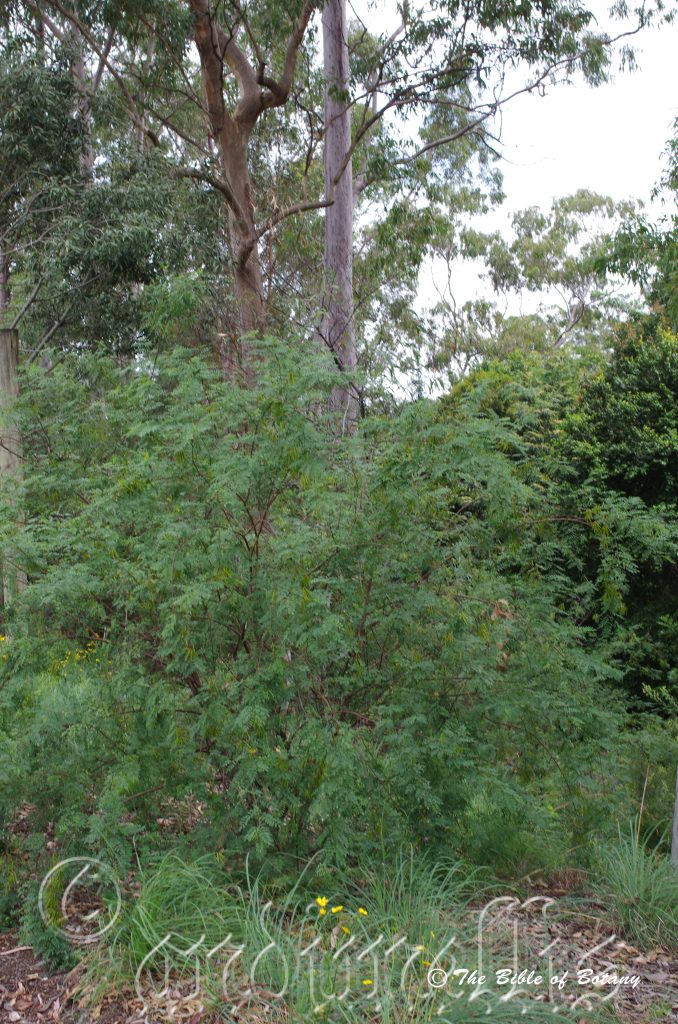
The Pinnacles NSW
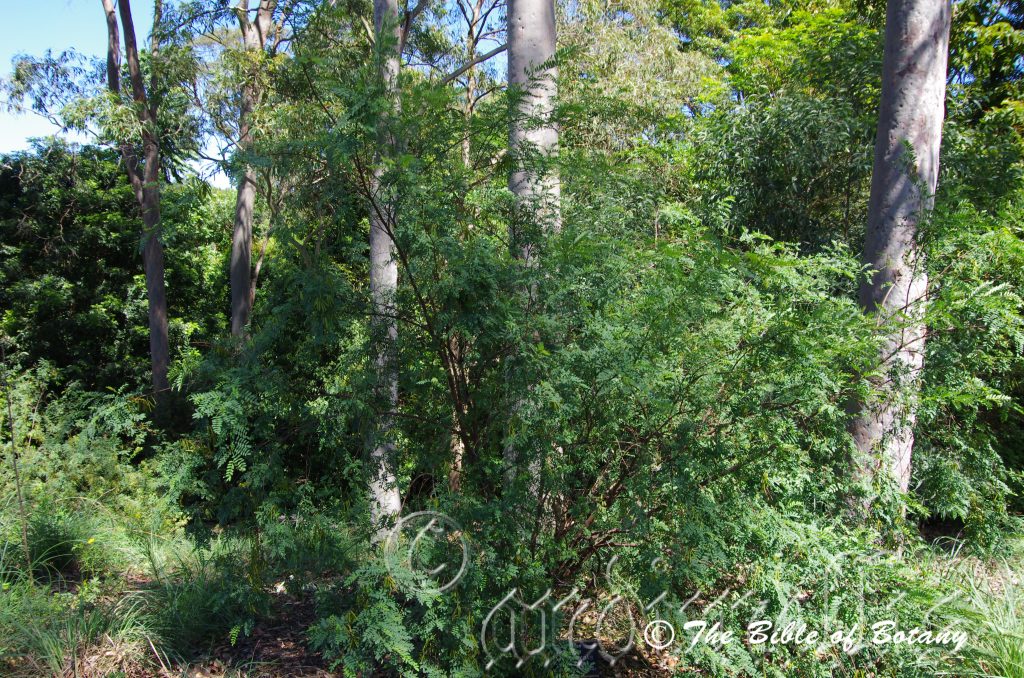
Mount Cootha Botanical Gardens Qld.
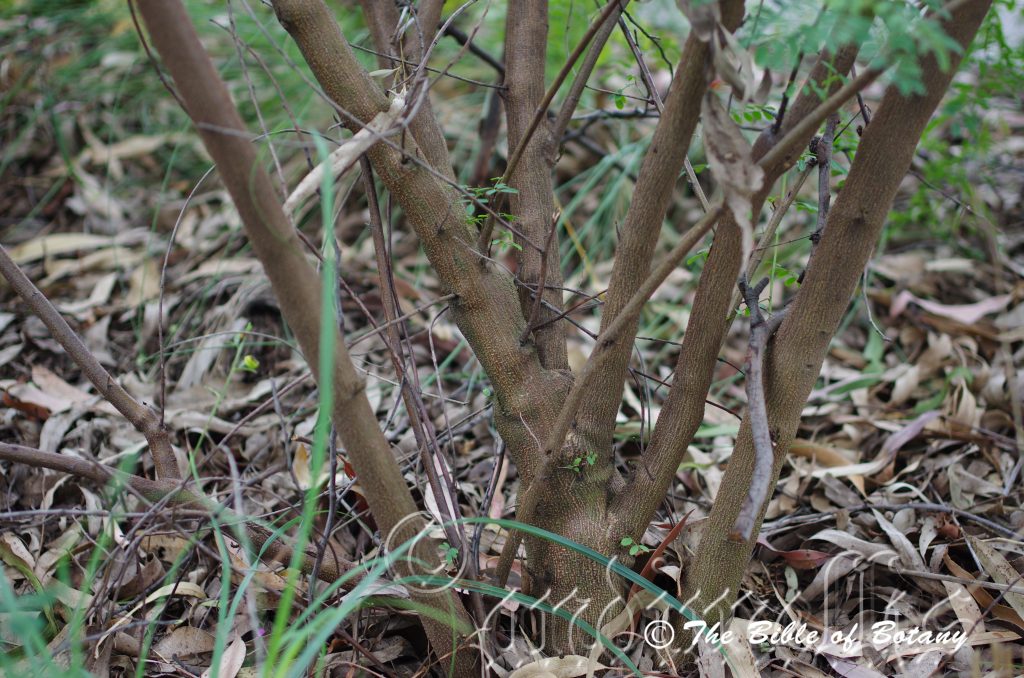
Mount Cootha Botanical Gardens Qld.
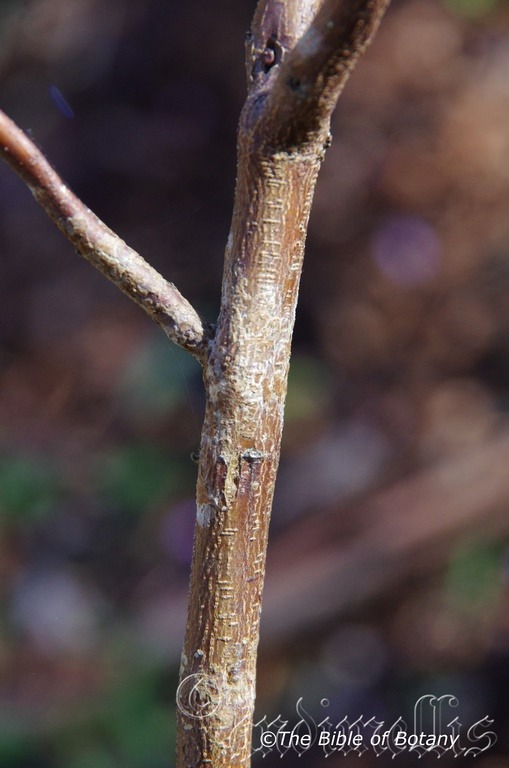
Rosser Gardens Benowa Qld.
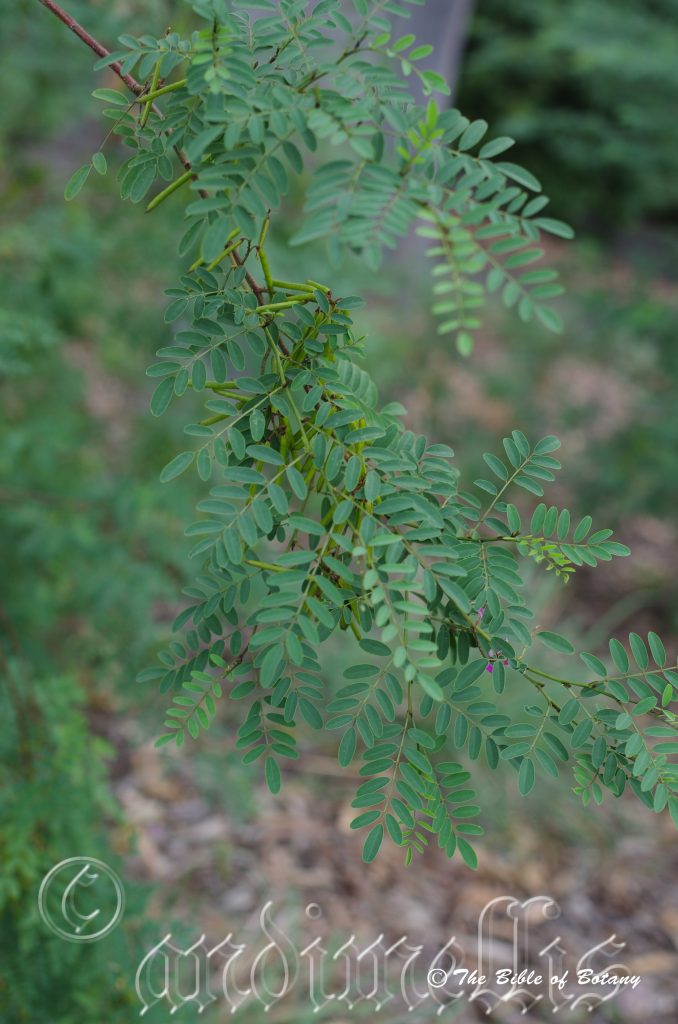
Mount Cootha Botanical Gardens Qld.
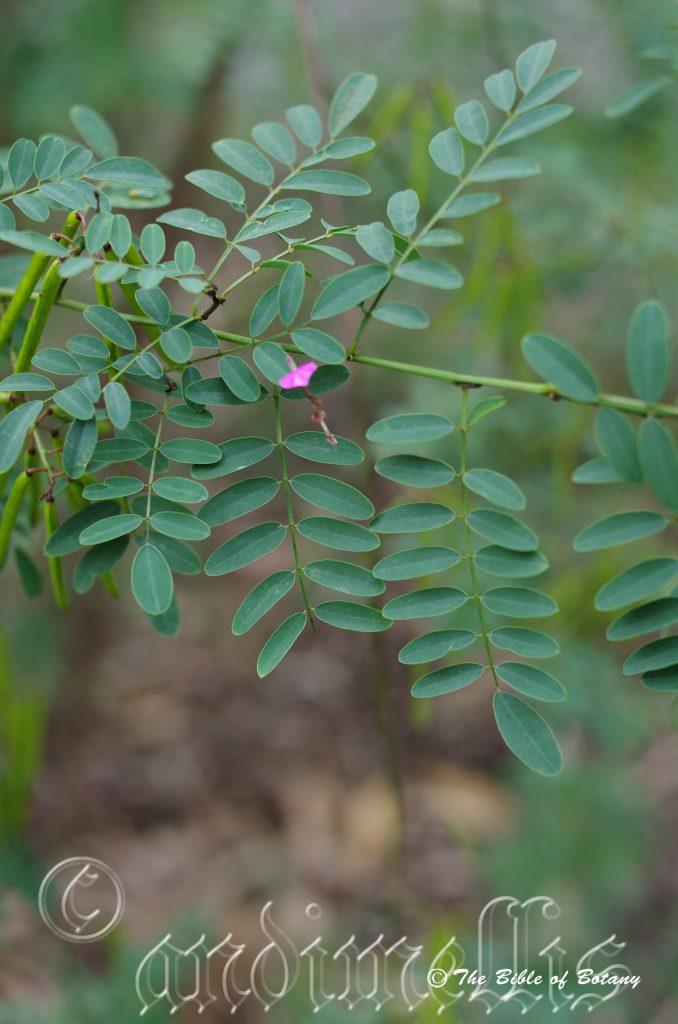
Mount Cootha Botanical Gardens Qld.

Rosser Gardens Benowa Qld.
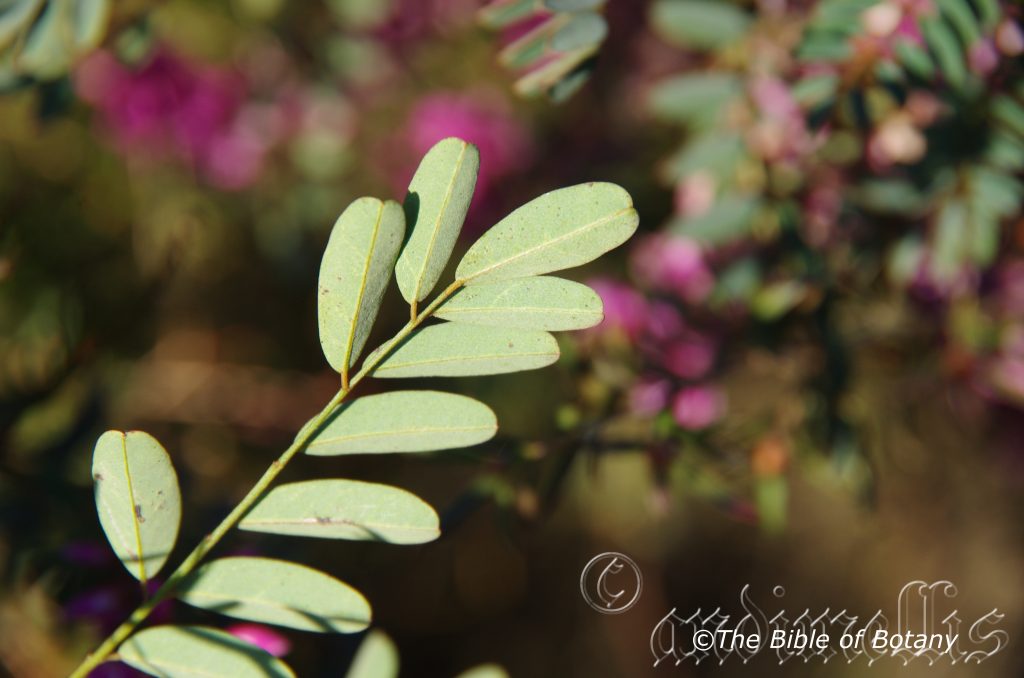
National Botanic Gardens ACT
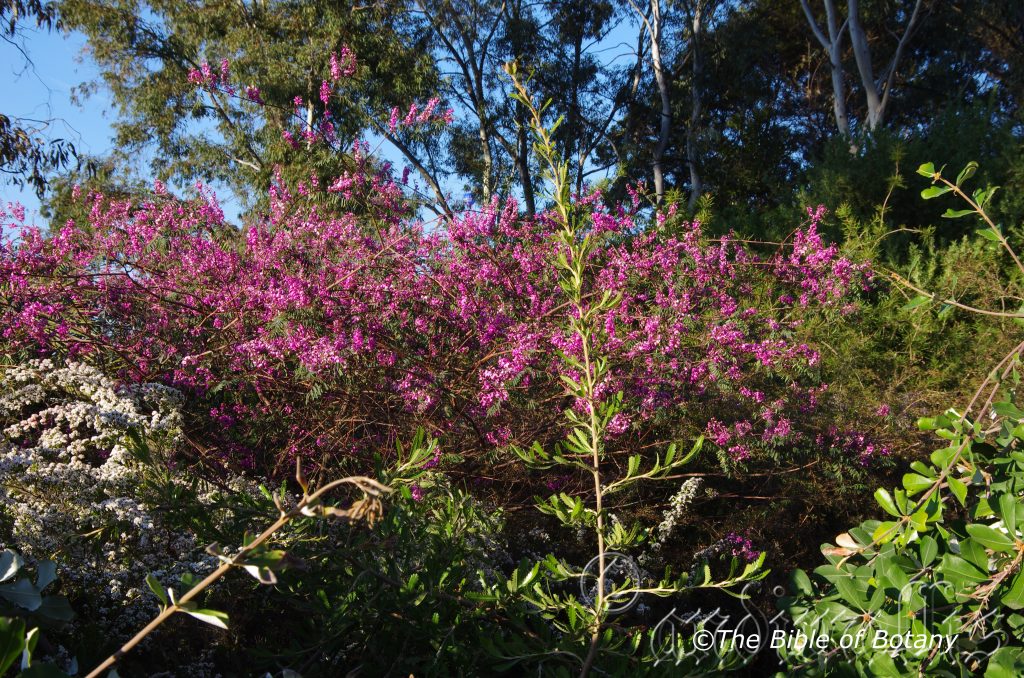
National Botanic Gardens ACT
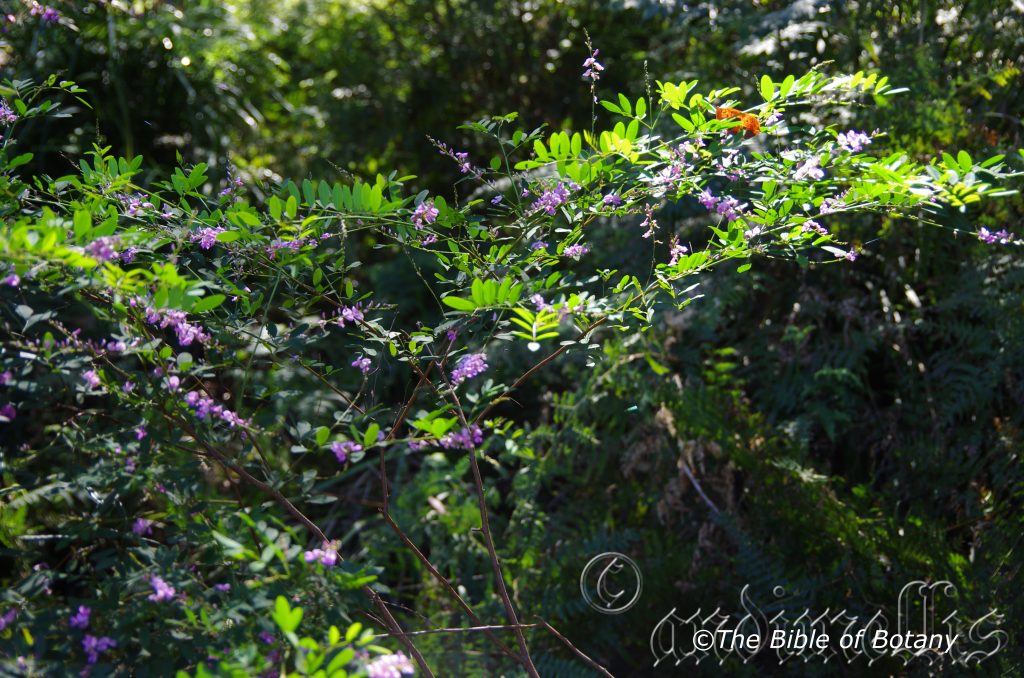
Rosser Gardens Benowa Qld.

National Botanic Gardens ACT
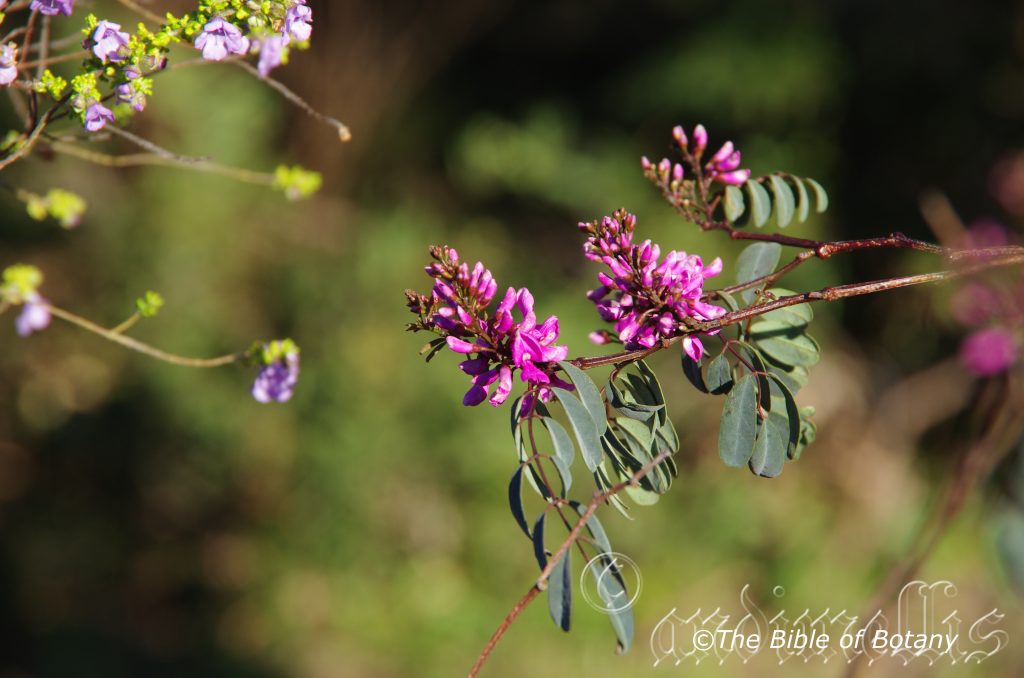
National Botanic Gardens ACT
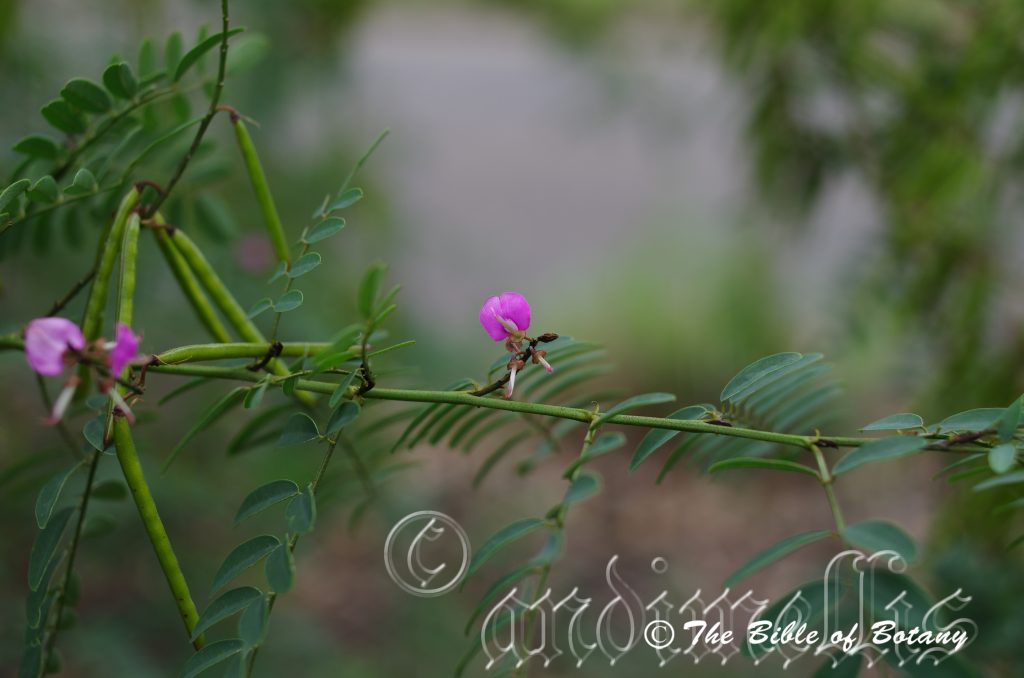
Mount Cootha Botanical Gardens Qld.
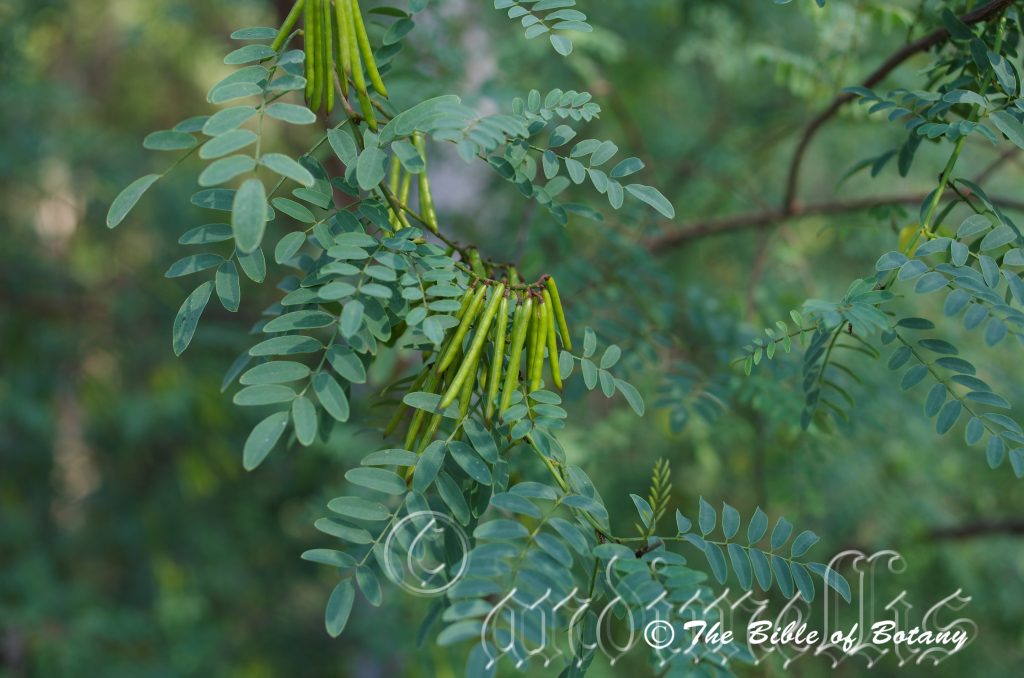
Mount Cootha Botanical Gardens Qld.
Indigofera australis
Classification:
Unranked: Eudicots
Unranked: Rosids
Order: Fabales
Family: Fabaceae
Genus: From Indikos, which is Ancient Greek for Indigo and Ferae/Ferārum, which is Latin for to bear. It refers to some plants bearing the dye indigo.
Specie: From Terra Australis, which is Latin for land of the south and Pyros, which is Ancient Greek for a grain of wheat. It refers to grains which resemble wheat and were first discovered from the land down under.
Sub species:
Common Name: Australian Indigo.
Distribution:
Indigofera australis is found Scattered throughout the southern half of Australia especially in the south eastern corner.
https://avh.ala.org.au/occurrences/search?taxa=Indigofera+australis#tab_mapView
Habitat Aspect Climate:
Indigofera australis prefers full sun to dappled shade. It grows in open woodlands, dry Eucalyptus forests and adjacent to dry rainforests. The altitude ranges from 5 meters ASL to 1200 meters ASL.
The temperatures range from minus 3 degree in August to 39 degrees in January.
The rainfall ranges from lows of 150mm to an average of 1950mm annually.
Soil Requirements:
Indigofera australis prefers better quality sandy loams to medium clays. The soils are usually derived from decomposed basalts, sandstones or alluvial deposits and often contain a high percentage of iron stone. The soils pH varies from 4.5pH through to 6pH. It does not tolerate waterlogged soils though the soils have good moisture retentive qualities. Non saline soils to moderately saline soils are tolerated.
Height & Spread:
Wild Plants: 2m to 2.5m by 1m to 2m.
Characteristics:
Indigofera australis’s main stem is pale grey-fawn and glabrous. The branchlets are pale grey-fawn and glabrous. Where the leaves are the stems turn a pale blue-green and are covered in pale grey pannate hairs.
Indigofera australis’s alternate odd-pinnate leaves measure 40mm to 100mm in length by 30mm to 85mm in width. The rachis measures 15mm to 45mm to the first pair of leaflets. The 11 to 25 leaflets are oblong to elliptical and measure 10mm to 40mm in length by 5mm to 9mm in width. The bases are rounded while the apexes are obtuse with a small mucronate tip. The concolourous laminas are blue-green and glabrous. The margins are entire and curve slightly upwards from the mid vein. The midvein is prominent on the lower lamina and is visible from above. The lanceolate stipules measure 3mm to 4mm in length. The petiole measures 0.2mm to 0.5mm in length.
The inflorescences of Indigofera australis are erect to pendant racemes which are born from the leaf axis and measures 90mm to 150mm in length. The pink to pink-red pedicels are covered in brown hirtellous hairs and measure 3mm to 4mm in length. The flowers number 5 to 10 per rachis. The pink to pink-red calyx lobes are triangular and covered in brown hirtellous hairs. The calyx measures 2mm to 3mm in length. The mauve-pink, pink, purple or red, semi orbicular standards have a paler spot near the base surrounded by a deeper pink ring. They measure 7mm to 10mm in height by 5mm to 7mm in width. The semi-oblanceolate shaped wings are mauve-pink, pink, purple or red. They measure 7mm to 10mm in length by 4mm to 6mm in width at their widest point. The mauve-pink, pink, purple or red, keel is exposed and measures 6mm to 8mm in length by 2mm to 3mm in height. The flowers appear from early July to late September.
Indigofera australis’s fruit is a terete oblong pod. The pods measure 25mm to 40mm in length by 6mm to 8mm in width. It is glabrous or very sparsely covered in brown hirtellous hairs. The green pods turn deep grey-brown on ripening. The flattish, oval, grey-brown seeds are spotted and measure 2mm to 3mm in diameter.
Wildlife:
The flowers are attractive to beetles, native bees and many unknown specie of small butterflies. The seeds are frequently eaten by unknown larvae prior to ripening.
Cultivation:
Indigofera australis are very beautiful slender shrubs which are suitable for small sunny gardens. It is an excellent addition in temperate or sub tropical gardens. As garden subjects they will grow to 1.5 meter to 2 meters in height by 1 meter to 2 meters in diameter.
They respond very well to additional native fertilizers without lime and heavy mulching. It is fast growing and are cold tolerant to temperatures as low as minus 4 degrees. Young plants need some protection from severe frosts.
It is most suitable for use around swimming pools, bright courtyards, besides pathways, rockeries, along sandy clay banks or along drive ways and smaller fish or frog ponds or miniature gardens.
If it is placed around a pool, courtyards or other confined spaces then I would bring them into the center not at the ends and plant 2 or more in a straight row for a very formal look or use curves, clump plantings or scatter plant them for an informal natural look. Here the choice of companion plants to use either side is limited only by size of the area to be landscaped and the size of the other plants as they should be no more than 1 meter in height. Plants with finer pale green or deep green large simple leaves would help highlight the leaves of Indigofera australis. Use plants that flower in a different season to extend the colour in the area or use vivid reds and purples or white to help highlight the mauve pink flowers. If you secure the deep coloured flowering forms then select cream or white flowers.
It is best used adjacent to small areas of bush close to paths or the house so their pink flowers can be viewed regularly. It is great in small rockeries as a fill in plant. Here they can be planted in small groups of 2 or 3 or as a standalone plant to create a splash of pink amongst the green. This is one plant that benefits highly from being mass planted or planted in scattered clumps. There small size enables this to be achieved even in small and medium size gardens.
Another advantage is that it is a legume so will increase the nitrogen and fertility of the soil for other plants. It can be lightly trimmed after flowering to increase bushiness and flowering for the following season. Remove spent flowers will also increase the flowering season and proliferation of flowers.
Propagation:
Seeds: Indigofera australis’s seeds require treatment before sowing. Pre-treat the seeds by placing the seeds into a glass of hot water not boiling. Allow the water to cool and leave to soak for 10 hours. Seeds that have not swollen repeat the exercise.
Indigofera australis seeds can be sown directly into a seed raising mix. Cover them with 5mm to 6mm of fine weed free mulch and keep moist. Place the tray in a warm sunny position. When the seedlings are 20mm to 30mm tall, prick them out and plant them into 50mm native tubes using a good organic mix.
Once the seedlings reach 100mm to 150mm in height they can be planted out into their permanent position.
Fertilize using seaweed, fish emulsion or organic chicken pellets soaked in water on an alternate basis. Fertilize every two months until the plants are established then twice annually in early September or March to maintain health, vitality and better flowering.
Further Comments from Readers:
Hi reader, it seems you use The Bible of Botany a lot. That’s great as we have great pleasure in bringing it to you! It’s a little awkward for us to ask, but our first aim is to purchase land approximately 1,600 hectares to link several parcels of N.P. into one at The Pinnacles NSW Australia, but we need your help. We’re not salespeople. We’re amateur botanists who have dedicated over 30 years to saving the environment in a practical way. We depend on donations to reach our goal. If you donate just $5, the price of your coffee this Sunday, We can help to keep the planet alive in a real way and continue to bring you regular updates and features on Australian plants all in one Botanical Bible. Any support is greatly appreciated. Thank you.
In the spirit of reconciliation we acknowledge the Bundjalung, Gumbaynggirr and Yaegl and all aboriginal nations throughout Australia and their connections to land, sea and community. We pay our respect to their Elders past, present and future for the pleasures we have gained.
Indigofera hirsuta
Classification:
Unranked: Eudicots
Unranked: Rosids
Order: Fabales
Family: Fabaceae
Genus: From Indikos, which is Ancient Greek for Indigo and Ferae/Ferārum, which is Latin for to bear. It refers to some plants bearing the dye indigo.
Specie: From Hirsutus, which is Latin for a hairy and shaggy. It refers to plants which have long, shaggy often rough hairs.
Sub species:
Common Name: Hairy Indigo.
Distribution:
Indigofera hirsuta is found scattered throughout the northern half of Australia especially in the north eastern quarter.
https://avh.ala.org.au/occurrences/search?taxa=Indigofera+hirsuta#tab_mapView
Habitat:
Indigofera hirsuta prefers full sun to dappled shade. It grows in open woodlands, dry Eucalyptus forests, adjacent to dry rainforests monsoonal forests and vine forests. The altitude ranges from 5 meters ASL to 1000 meters ASL.
Temperatures range from minus 3 degree in August to 39 degrees in January.
Rainfall ranges from lows of 150mm to an average of 1950mm annually.
Soil Requirements:
Indigofera hirsuta prefers better quality sandy loams to medium clays. The soils are usually derived from decomposed basalts, sandstones or alluvial deposits and often contain a high percentage of iron stone. The soils pH varies from 4.5pH through to 6pH are preferred. It does not tolerate waterlogged soils though the soils have good moisture retentive qualities. Non saline soils to moderately saline soils are tolerated.
Height & Spread:
Wild Plants: 0.5m to 0.6m by 1m to 1.5m.
Characteristics:
Indigofera hirsuta is a woody perennial. The main stem is pale grass-green to mid grass-green. The branchlets is pale grass-green to mid grass-green and covered in long unequal, and 2 branched, white to brown hirsute hairs.
Indigofera hirsuta’s alternate odd-pinnate leaves measure 40mm to 80mm in length by 30mm to 40mm in width. The apex leaflet is the longest and widest. The 7 to 9 leaflets are obovate to elliptical and measure 10mm to 25mm in length by 5mm to 12mm in width. The bases are broadly cuneate while the apexes are obtuse with or without a small mucronate tip or with or without a small emarginated tip. The concolourous laminas are mid green and moderately covered in white hirsute hairs. The margins are entire, flat or curve slightly upwards from the mid vein and are covered in white hirsute ciliate hairs. The midvein is prominent on the lower lamina and is visible from above forming a recessed channel. The linear stipules measure 5mm to 10mm in length. The petiole measures 1mm to 1.5mm in length.
The inflorescences of Indigofera australis are erect to pendant racemes which are born from the leaf axis and measures 100mm to 150mm in length. The rachis measures 50mm to 75mm to the first flower. The pale olive green to grass-green pedicels is covered in white, golden-brown or deep brown-black hirsute hairs and measure 3mm to 4mm in length. There are 25 to 50 flowers on a rachis. The olive green to grass-green calyxes are covered in white, golden brown or deep brown-black hirsute hairs and have 4 very long linear lobes. The calyx lobes measure 10mm to 13mm in length. The salmon pink to salmon orange, semi orbicular standards have a pale yellow spot near the base surrounded by a deeper salmon ring. They measure 9mm to 11mm in height by 5mm to 7mm in width. The semi spathulate shaped wings are salmon pink to salmon orange. They measure 8mm to 10mm in length by 4mm to 6mm in width at their widest point. The salmon pink to salmon orange, keel is exposed and measures 9mm to 10mm in length by 3mm to 4mm in height. The flowers appear from early January to late September.
Indigofera hirsuta’s fruit is a terete oblong pod. The pods are 15mm to 25mm in length by 6mm to 8mm in width. The style is persistent. The strongly reflexed pods are covered in golden brown, deep brown-black hirsute hairs. The green pods turn deep grey-brown on ripening. The flattish, oval, deep grey-brown seeds are spotted and measure 2mm to 3mm in diameter.
Wildlife:
The flowers are attractive to pollen eating beetles, native bees and many species of small butterflies. The seeds are frequently eaten by unknown larvae prior to ripening.
Cultivation:
Indigofera hirsuta are very beautiful slender shrubs which are suitable for small sunny gardens. It is an excellent addition in temperate or sub tropical gardens. As garden subjects they will grow to 0.5 meter to 0.7 meters high by 1 meter to 2 meters wide.
It responds very well to additional native fertilizers and heavy mulching. They fast growing and are cold tolerant to temperatures as low as 4 degrees. Young plants need some protection from severe frosts. They resent lime and alkaline soils so any fertilizers must not contain lime.
It is most suitable for use around swimming pools, bright courtyards, besides pathways, rockeries, along sandy clay banks or along drive ways and smaller fish or frog ponds or miniature gardens.
If it is placed around a pool, courtyards or other confined spaces then I would bring them into the center not at the ends and plant 2 or more in a straight row for a very formal look or use curves, clump plantings or scatter plant them for an informal natural look. Here the choice of companion plants to use either side is limited only by size of the area to be landscaped and the size of the other plants as they should be no more than 1 meter in height. Plants with finer pale green leaves would help highlight the leaves of Indigofera hirsuta. Use plants that flower in a different season to extend the colour in the area or use creams or whites to help highlight the mauve salmon pink flowers. If you secure the deeper coloured flowering forms they contrast beautifully with cream flowers in a bush setting.
It is best used adjacent to small areas of bush close to paths or the house so their deep salmon pink to salmon orange flowers can be viewed regularly. It is great in small rockeries as a fill in plant. Here they should be planted in small groups of 2 or 3 to create a denser look with other arid plants. If it is surrounded by shorter plants with fine foliages and red flowers they will dominate at the center giving an expansive look to the bed especially when it is in flower. This is one plant that benefits highly from being mass planted or planted in scattered clumps. There small size enables this to be achieved even in small and medium size gardens.
Another advantage is that it is a legume so will increase the nitrogen in the soil for other plants. It can be lightly trimmed after flowering to increase bushiness and flowering for the following season. The removal of spent flowers will also increase the flowering season and proliferation of flowers.
Propagation:
Seeds: Indigofera hirsuta is best treated as an annual and fresh seeds sown annually to maintain vigour and bushiness in the garden. The seeds require treatment before sowing. Pre-treat by placing the seeds into a glass of hot water not boiling. Allow the water to cool and leave to soak for 10 hours. Seeds that have not swollen repeat the exercise.
Indigofera hirsuta seeds can be sown directly into a seed raising mix. Cover them with 5mm to 6mm of fine weed free mulch and keep moist. Place the tray in a warm sunny position. When the seedlings are 20mm to 30mm tall, prick them out and plant them into 50mm native tubes using a good organic mix.
Once the seedlings reach 100mm to 150mm in height they can be planted out into their permanent position.
Fertilize using seaweed, fish emulsion or organic chicken pellets soaked in water on an alternate basis. Fertilize every two months until the plants are established then twice annually in early September or March to maintain health, vitality and better flowering.
Further Comments from Readers:
Hi reader, it seems you use The Bible of Botany a lot. That’s great as we have great pleasure in bringing it to you! It’s a little awkward for us to ask, but our first aim is to purchase land approximately 1,600 hectares to link several parcels of N.P. into one at The Pinnacles NSW Australia, but we need your help. We’re not salespeople. We’re amateur botanists who have dedicated over 30 years to saving the environment in a practical way. We depend on donations to reach our goal. If you donate just $5, the price of your coffee this Sunday, We can help to keep the planet alive in a real way and continue to bring you regular updates and features on Australian plants all in one Botanical Bible. Any support is greatly appreciated. Thank you.
In the spirit of reconciliation we acknowledge the Bundjalung, Gumbaynggirr and Yaegl and all aboriginal nations throughout Australia and their connections to land, sea and community. We pay our respect to their Elders past, present and future for the pleasures we have gained.
Indigofera linifolia
Classification:
Unranked: Eudicots
Unranked: Rosids
Order: Fabales
Family: Fabaceae
Genus: From Indikos, which is Ancient Greek for Indigo and Ferae/Ferārum, which is Latin for to bear. It refers to some plants bearing the dye indigo.
Specie: From Linum, which is Latin for flax and Folium, which is Latin for foliage. It refers to leaves or labellum on orchids, which resemble the linear leaf of the flax.
Sub species:
Common Name:
Distribution:
Indigofera linifolia is found north of an east west line west from Carnarvon in central coastal Western Australia to Kempsey in central Coastal New South Wales. The most noticeable exceptions below the line is a population near Northampton in the west and the lower Hunter River in the east.
https://avh.ala.org.au/occurrences/search?taxa=Indigofera+linifoliais#tab_mapView
Habitat Aspect Climate:
Indigofera linifolia prefers full sun to dappled shade. It grows in open woodlands, dry Eucalyptus forests, moist Eucalyptus forests, adjacent to dry rainforests monsoonal forests or vine forests on drainage lines and along dry seasonal creeks and streams. The altitude ranges from 3 meters ASL to 1050 meters ASL.
Temperatures range from minus 2 degree in August to 42 degrees in January.
Rainfall ranges from lows of 150mm to an average of 2850mm annually.
Soil Requirements:
Indigofera linifolia prefers sandy loams to medium clays. The soils are usually derived from decomposed brown basalts, black basalts, sandstones, granites, metamorphic rocks, shale that often contain a high percentage of iron stone or at times alluvial deposits. The soils pH varies from 4.5pH through to 6pH. It does not tolerate waterlogged soils. Non saline soils to moderately saline soils are tolerated.
Height & Spread:
Wild Plants: 0.5m to 0.6m by 1m to 1 m.
Characteristics:
Indigofera linifolia is an open perennial. The main stems are pale brown to reddish-brown and glabrous. The branchlets is pale blue-green and densely covered in long, off white, pale grey or pale grey-green spreading to appressed sub sericeous to sub tomentose hairs.
Indigofera linifolia’s alternate, disjunct leaves are linear to narrow lanceolate measure 15mm to 50mm in length by 1.5mm to 9mm in width. The bases are cuneate while the apexes are acute. The discolourous laminas are mid blue-green and moderately covered in long, spreading to semi appressed white tomentose hairs on the upper laminas while the lower laminas are densely covered in long, spreading to semi appressed white tomentose hairs. The laminas recurve upwards from the mid vein to the margins while the margins are entire. The midvein is prominent on the lower lamina and is visible from above. The linear stipules measure 3mm to 4mm in length. The petiole measures 0.5mm to 0.8mm in length.
The inflorescences of Indigofera linifolia are short, erect racemes which are born from the leaf axis and measures 5mm to 10mm in length. There are 2 to 8 flowers on a rachis. The blue-green calyxes are covered in white spreading to appressed sub sericeous to sub tomentose hairs and have 4 very long narrow triangular lobes. The calyx lobes measure 5mm to 8mm in length. The deep pink to salmon-orange, semi orbicular standards measure 7mm to 11mm in height by 7mm to 11mm in width and have an obtuse apex. The broad spathulate wings are deep pink to salmon-orange. The wings measure 8mm to 12mm in length by 4mm to 6mm in width at their widest point. The deep pink to salmon-orange, spathulate keel is exposed and measures 9mm to 10mm in length by 3mm to 4mm in height. The flowers appear from March to late July or as late as September in favourable seasons.
Indigofera linifolia’s fruits are orbicular pods. The pods measure 10mm to 15mm in length by 10mm to 15mm in width. The style or remnant of the style is persistent on the pods. The pods are covered in white spreading to appressed sub sericeous to sub tomentose hairs. The blue-green pods turn deep grey-brown on ripening. The flattish, oval, deep grey-brown seed measure 2mm to 3mm in diameter.
Wildlife:
Indigofera linifolia’s flowers are attractive to nectar eating beetles, native bees and many species of small butterflies. The seeds are frequently eaten by unknown larvae prior to ripening.
Cultivation:
Indigofera linifolia are slender sub shrubs which are suitable for small sunny, temperate or sub tropical gardens. As garden subjects they will grow to 0.5 meter to 0.7 meters high by 1 meter to 2 meters wide.
It respond very well to additional native fertilizers and heavy mulching. They fast growing and are cold tolerant to temperatures as low as 4 degrees. Young plants need some protection from severe frosts. They resent lime and alkaline soils so any fertilizers must not contain lime.
It is best used adjacent to small areas of bush close to paths or the house so their deep salmon pink to salmon-orange flowers can be viewed regularly. It is great in small rockeries as a fill in plant. Here they should be planted in small groups of 2 or 3 to create a denser look with other arid plants. If it is surrounded by shorter plants with fine foliages and red flowers they will dominate at the center giving an expansive look to the bed especially when it is in flower. This is one plant that benefits highly from being mass planted or planted in scattered clumps. There small size enables this to be achieved even in small and medium size gardens.
Another advantage is that it is a legume so will increase the nitrogen in the soil for other plants. They can be lightly trimmed after flowering to increase bushiness and flowering for the following season. Remove spent flowers will also increase the flowering season and proliferation of flowers.
According to Biomed Search the mature seeds of Indigofera linifolia contain 296.6-321.2 g kg-1 crude protein, 47.2-64.2 g kg-1 crude lipid, 56.7-72 g kg-1 crude fibre, 27.6-31.9g per kg-1 ash and 531.3-550.6 g kg-1 carbohydrates and are rich in K (potassium) Ca (Calcium), Mn (Manganese) and Cu (Copper). The seed’s lipids contained a large proportion of unsaturated fatty acids with linoleic acid as the predominant one. www.biomedsearch.com
Propagation:
Seeds: Indigofera linifolia is best treated as an annual and fresh seeds sown annually to maintain vigour and bushiness in the garden. The seeds require treatment before sowing. Pre-treat by placing the seeds into a glass of hot water not boiling. Allow the water to cool and leave to soak for 10 hours. Seeds that have not swollen repeat the exercise.
Indigofera linear seeds can be sown directly into a seed raising mix. Cover them with 5mm to 6mm of fine weed free mulch and keep moist. Place the tray in a warm sunny position. When the seedlings are 20mm to 30mm tall, prick them out and plant them into 50mm native tubes using a good organic mix.
Once the seedlings reach 100mm to 150mm in height they can be planted out into their permanent position.
Fertilize using seaweed, fish emulsion or organic chicken pellets soaked in water on an alternate basis. Fertilize every two months until the plants are established then twice annually in early September or March to maintain health, vitality and better flowering.
Further Comments from Readers:
Hi reader, it seems you use The Bible of Botany a lot. That’s great as we have great pleasure in bringing it to you! It’s a little awkward for us to ask, but our first aim is to purchase land approximately 1,600 hectares to link several parcels of N.P. into one at The Pinnacles NSW Australia, but we need your help. We’re not salespeople. We’re amateur botanists who have dedicated over 30 years to saving the environment in a practical way. We depend on donations to reach our goal. If you donate just $5, the price of your coffee this Sunday, We can help to keep the planet alive in a real way and continue to bring you regular updates and features on Australian plants all in one Botanical Bible. Any support is greatly appreciated. Thank you.
In the spirit of reconciliation we acknowledge the Bundjalung, Gumbaynggirr and Yaegl and all aboriginal nations throughout Australia and their connections to land, sea and community. We pay our respect to their Elders past, present and future for the pleasures we have gained.

Mount Cootha Botanical Gardens Qld.
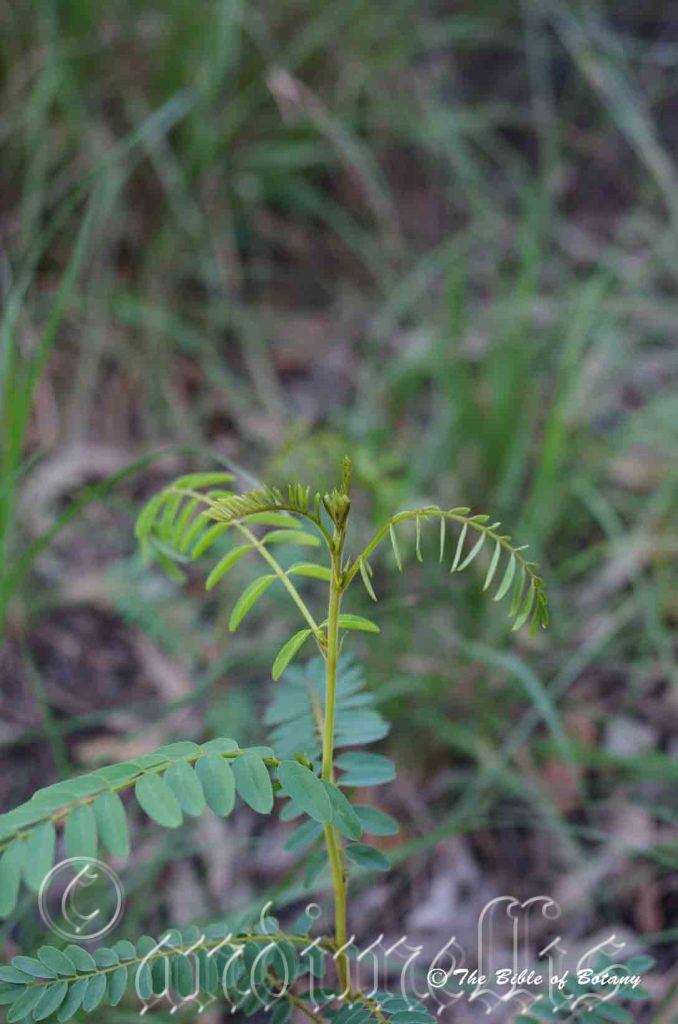
Mount Cootha Botanical Gardens Qld.
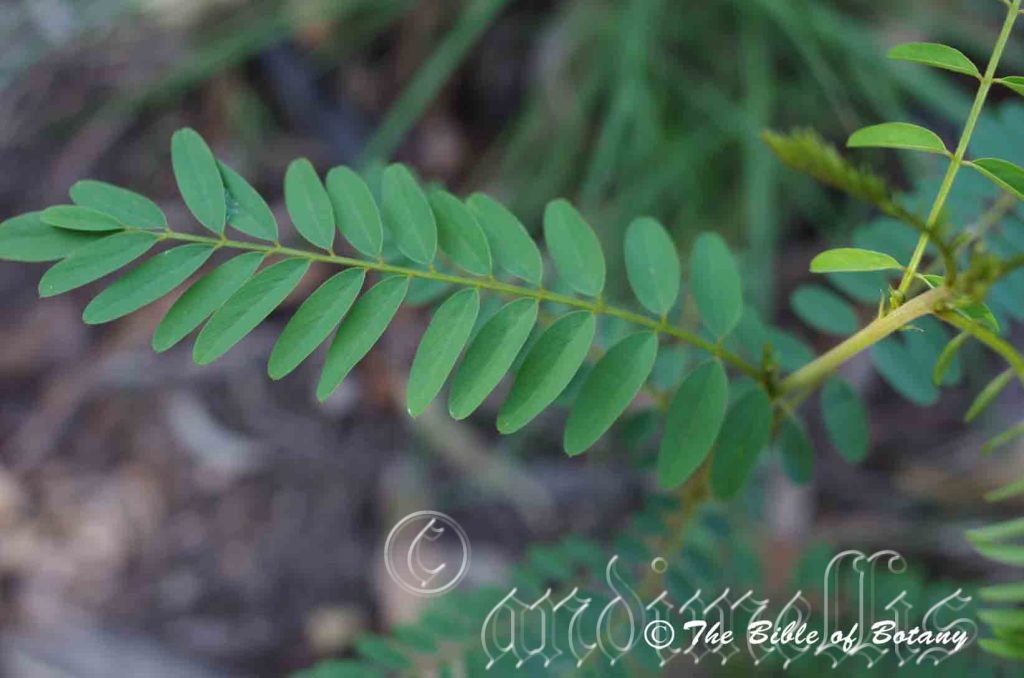
Mount Cootha Botanical Gardens Qld.
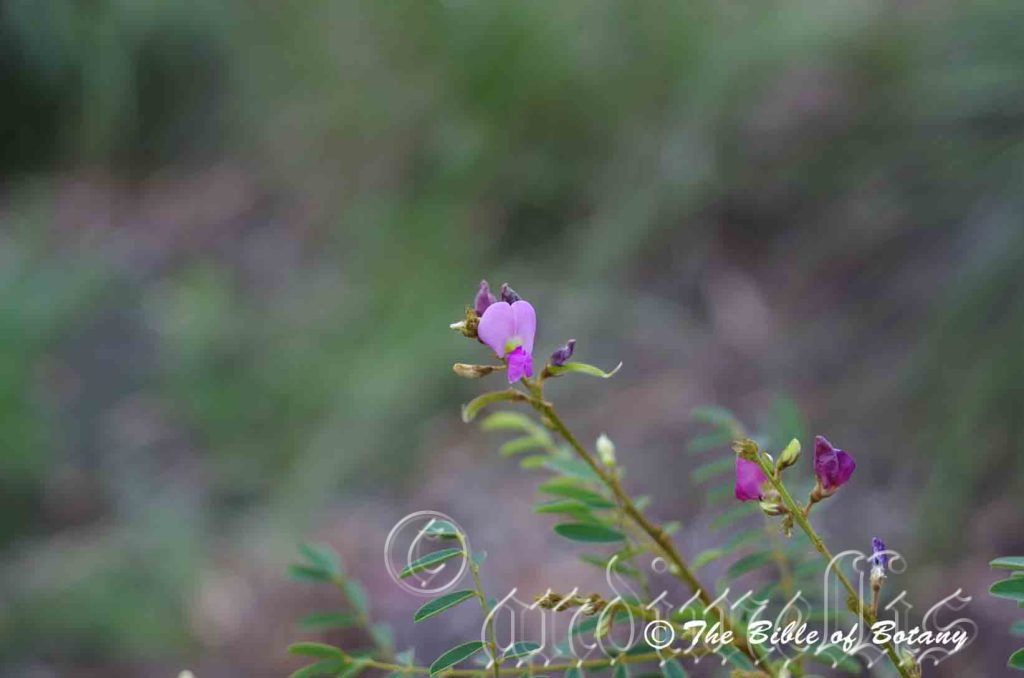
Mount Cootha Botanical Gardens Qld.
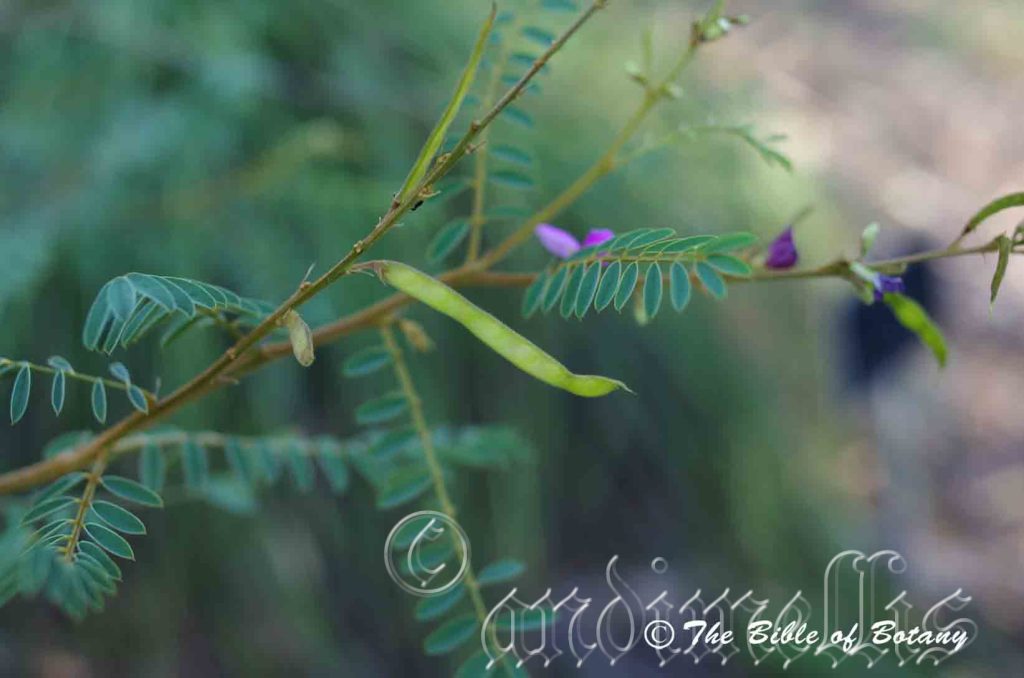
Mount Cootha Botanical Gardens Qld.
Indigofera pratensis
Classification:
Unranked: Eudicots
Unranked: Rosids
Order: Fabales
Family: Fabaceae
Genus: From Indikos, which is Ancient Greek for Indigo and Ferae/Ferārum, which is Latin for to bear. It refers to some plants bearing the dye indigo.
Specie: From Pratens, which is Latin for a meadow and Anum/Ensis, which is Latin for originating from. It refers to plant habitats, which are meadow like.
Sub species:
Common Name:
Distribution:
Indigofera pratensis is found in the north eastern third of the country in a line north east from Cobourg Peninsula and Nitmiluk National Park in the Northern Territory to Idalia National Park to Imbil in south eastern Queensland then south to Ballina in coastal north eastern New South Wales.
It is also found further north west at Wyndham East in coastal Western Australia, north and south Gregory National Park, Koolendong Valley, Fitzmaurice River in the Northern Territory.
https://avh.ala.org.au/occurrences/search?taxa=Indigofera+pratensis#tab_mapView
Habitat Aspect Climate:
Indigofera pratensis prefers full sun to dappled shade. It grows in open sclerophyll woodlands dry Eucalyptus forests, adjacent to dry rainforests monsoonal forests or vine forests. The altitude ranges from 10 meters ASL to 900 meters ASL.
Temperatures range from minus 3 degree in August to 39 degrees in January.
Rainfall ranges from lows of 300mm to an average of 3200mm annually.
Soil Requirements:
Indigofera pratensis prefers better quality sandy loams to medium clays. The soils are derived from decomposed basalts, sandstones, granites or alluvial deposits which often contain a high percentage of iron stone. The soils pH varies from 4.5pH through to 6pH are preferred. It does not tolerate waterlogged soils though the soils have good moisture retentive qualities. Non saline soils to moderately saline soils are tolerated.
Height & Spread:
Wild Plants: 0.3m to 0.6m by 1m to 1m.
Characteristics:
Indigofera pratensis is an open perennial which can produce a woody root stock. The main stem is pale grey. The branchlets are pale grass-green to mid grass-green and densely covered in golden-brown pulverulent hairs with a few longer erect white hirsute hairs.
Indigofera pratensis’s alternate odd-pinnate leaves measure 60mm to 120mm in length by 30mm to 40mm in width. The 13 to 25 leaflets are ovate to oblong and measure 10mm to 18mm in length by 4mm to 7mm in width. The linear stipules measure 5mm to 10mm in length. The petiole, rachis and petiolules are covered in golden-brown pulverulent hairs with a few longer erect white hirsute hairs while the petiole and the basal half of the rachis is square in cross section. The bases are broadly cuneate while the apexes are obtuse with a cuspidate tip.
The discolourous laminas are blue-green and sparsely to moderately covered in white subsericeous hairs on the upper laminas while the lower laminas are densely covered in golden-brown pubescent hairs. The margins are entire, flat or curve slightly upwards from the mid vein and are covered in white hirsute ciliate hairs. The midvein is prominent on the lower lamina and is visible from above forming a recessed channel.
The inflorescences of Indigofera pratensis are short, erect to pendant racemes which are born from the terminals and measures 50mm to 230mm in length. The pale olive-green to grass-green pedicels are densely covered in golden-brown subsericeous hairs and measure 3mm to 4mm in length. There are 4 to 15 flowers on a rachis. The olive-green to grass-green calyxes are densely covered in golden brown subsericeous hairs and have 4 very long linear lobes. The calyx measures 0.8mm to 1.1mm in length while the lobes measure 0.8mm to 1.5mm in length. The mid pink to deep pink, oval standards have a pale lime-green spot near the base surrounded by a lemon halo. The standards measure 5mm to 7mm in height by 4mm to 5.5mm in width. The semi spathulate shaped wings are pink to deep pink. The wings measure 4mm to 5mm in length by 3mm to 4.5mm in width at their widest point. The pink to deep pink, keel is totally concealed by the wings and measures 3mm to 4mm in length by 2.5mm to 3.5mm in height. The flowers appear from early August to late September.
Indigofera pratensis’s fruits are long flattened oblong pods. The pods are 60mm to 80mm in length by 5mm to 7mm in width. The calyx is persistent at the base while the style is persistent. The pods are covered in white and golden brown tomentose hairs. The green pods turn deep grey-brown when ripe. The pedicels are covered in white and golden-brown sericeous hairs and measure 5mm to 8mm in length.
The flattish, oval, deep grey-brown seeds measure 2.5mm to 3.5mm in diameter.
Wildlife:
Indigofera pratensis’s flowers are attractive to nectar eating beetles, native bees and many species of small butterflies. The seeds are frequently eaten by unknown larvae prior to ripening.
Cultivation:
Indigofera pratensis are very beautiful slender shrubs which are suitable for small sunny gardens. It is an excellent addition in temperate or sub tropical gardens. As garden subjects they will grow to 0.5 meter to 1 meters high by 1 meter to 2 meters wide.
It responds very well to additional native fertilizers and heavy mulching. They fast growing and are cold tolerant to temperatures as low as 2 degrees. Young plants need some protection from all frosts. They resent lime and alkaline soils so any fertilizers must not contain lime.
It is best used adjacent to small areas of bush close to paths or the house so their pink to deep pink flowers can be viewed regularly. It is a good addition in small rockeries as the feature plant. Here it should be planted in small groups of 2 or 3 close together to create a bushier look. It can be pruned to induce better flowering and bushiness. If it is surrounded by shorter plants with fine foliages and red flowers they will dominate at the center giving an expansive look to the bed especially when it is in flower. This is one plant that benefits highly from being mass planted or planted in scattered clumps. There small size enables this to be achieved even in small and medium size gardens.
It is an ideal plant for semi-arid gardens and looks really good when surrounded with arid plants and small clump natives like Hibbertia, any of the prostrate or dwarf Grevillea specie, Acacia brownii or Acacia cultiforformis prostrate form to mention a few.
Another advantage is that it is a legume so will increase the nitrogen in the soil for other plants. It can be lightly trimmed after flowering to increase bushiness and flowering for the following season. Remove spent flowers will also increase the flowering season and proliferation of flowers.
Propagation:
Seeds: Indigofera pratensis is best treated as an annual and fresh seeds sown annually to maintain vigour and bushiness in the garden. The seeds require treatment before sowing. Pre-treat by placing the seeds into a glass of hot water not boiling. Allow the water to cool and leave to soak for 3 to 4 hours. Seeds that have not swollen repeat the exercise.
Indigofera pratensis seeds can be sown directly into a seed raising mix. Cover them with 5mm to 6mm of fine weed free mulch and keep moist. Place the tray in a warm sunny position. When the seedlings are 20mm to 30mm tall, prick them out and plant them into 50mm native tubes using a good organic mix.
Once the seedlings reach 100mm to 150mm in height they can be planted out into their permanent position.
Fertilize using seaweed, fish emulsion or organic chicken pellets soaked in water on an alternate basis. Fertilize every two months until the plants are established then twice annually in early September or March to maintain health, vitality and better flowering.
Further Comments from Readers:
Hi reader, it seems you use The Bible of Botany a lot. That’s great as we have great pleasure in bringing it to you! It’s a little awkward for us to ask, but our first aim is to purchase land approximately 1,600 hectares to link several parcels of N.P. into one at The Pinnacles NSW Australia, but we need your help. We’re not salespeople. We’re amateur botanists who have dedicated over 30 years to saving the environment in a practical way. We depend on donations to reach our goal. If you donate just $5, the price of your coffee this Sunday, We can help to keep the planet alive in a real way and continue to bring you regular updates and features on Australian plants all in one Botanical Bible. Any support is greatly appreciated. Thank you.
In the spirit of reconciliation we acknowledge the Bundjalung, Gumbaynggirr and Yaegl and all aboriginal nations throughout Australia and their connections to land, sea and community. We pay our respect to their Elders past, present and future for the pleasures we have gained.
Intsia bijuga
Classification:
Unranked: Eudicots
Unranked: Rosids
Order: Fabales
Family: Caesalpiniaceae
Genus: From Intsia, which is Latinized from the Malagasi word Intsi, which means “there it is”. It probably refers to a misunderstanding by biologists at the time who thought the locals meant that was the trees name.
Specie: From Bi/Bis, which is Greek/Latin for two and Jugatus, which is Latin for a pair. It refers to foliage which has four leaflets or two pairs of leaflets.
Sub species:
Common Name: Johnson River Teak.
Distribution:
Intsia bijuga is found along the coast in far north Queensland south from the Torres Strait Islands and larger Islands off the east coast to Bowen.
https://avh.ala.org.au/occurrences/search?taxa=Intsia+bijuga#tab_mapView
Habitat Aspect Climate:
Intsia bijuga prefer full sun to dappled shade. It grows within or adjacent to mangrove swamps or behind mangroves and along saline river estuaries. The altitude ranges from 0 meters MSL to 15 meters ASL.
The temperatures range from 10 degree in August to 39 degrees in January.
The rainfalls range from lows of 1000mm to an average of 4000mm annually though this is of little consequence as the trees grow in areas where the land is frequently inundated with fresh, brackish or sea water on tidal storm surges.
Soil Requirements:
Intsia bijuga prefer growing on better quality mudflats facing the ocean or along river estuaries. The soils are derived from decomposed basalts, sandstones, accumulated beach silts or alluvial deposits. The soils pH varies from 4.5pH through to 6pH are preferred. It does not tolerate waterlogged soils though the soils have good moisture retentive qualities. Non saline soils to extremely saline soils are tolerated.
Height & Spread:
Wild Plants: 30m to 50m by 12m to 15m.
Characteristics:
Intsia bijuga’s main stem is grey with brown patches. It is scabrous and flaky usually with a bole over three quarters of its height. The branchlets are pale grey-brown and glabrous to where the last few leaves are still present where they turn a deep green and glabrous.
Intsia bijuga’s alternate even-pinnate leaf’s rachis measure 60mm to 140mm in length. The 4 leaflets are oblong-ovate to broadly ovate measure 70mm to 150mm in length by 40mm to 120mm in width. The base is rounded oblique while the apex is acute. The concolourous laminas are deep green, semi glossy to glossy and glabrous. The margins are entire and curve slightly upwards from the mid vein. The mid vein is prominent on the lower lamina and is visible from above. The petiolules are swollen at the base and measures 5mm to 7mm in length.
The inflorescences of Intsia bijuga are erect compound umbellate which are born terminally and measures 90mm to 150mm in length. The pedicels measure 10mm to 12mm in length. The flowers number 5 to 10 per umbel. The 4 pale olive green obovate sepals measures 6mm to 8mm in length by 4mm to 5mm in width. The white or pale pink upper petal is exposed and measures 12 to 14mm in length by 10mm to 12mm in width. The remaining 4 petals are much reduced or insignificant.
The long deep red to deep burgundy stamens and style measure 16mm to 18mm in length. The 3 stamens and style are sparsely covered in white hirsute to pilose hairs. There are 4 to 7 staminodes are deep red to burgundy. The ovary is pale green and covered in white hirsute and pilose hairs. The flowers appear throughout the year.
Intsia bijuga’s fruit is a terete oblong legume. The glabrous legumes are 85mm to 220mm in length by 50mm to 80mm in width. The green pods are streaked and marked in pale brown; turn pale tan to brown externally and grainy tan internally when ripe. The flattish, oval, oblong or irregularly shaped black seeds are glabrous, dull to semi glossy and measure 28mm to 32mm in diameter by 20mm in width.
Wildlife:
Intsia bijuga’s wildlife is unknown to the author.
Cultivation:
Intsia bijuga are very beautiful slender trees which are suitable for medium to large sunny gardens. It is an excellent addition in sub tropical, tropical or monsoonal gardens especially where the soils are subject to poor drainage or frequent inundation. As garden subjects they will grow to 15 meters to 20 meters in height by 10 meters to 15 meters in diameter when grown in the open.
They respond very well to additional native fertilizers and heavy mulching. It is fast growing and are cold tolerant to temperatures as low as 4 degrees however I would be very tempted to try them as far south as Coffs Harbour in frost free areas. Another area I would be prepared to recommend them for is semi-arid areas that have saline soils. Around homesteads, where waste water, dairy water can be disposed of safely would certainly worthwhile investigating. Here the shade would also be a wonderful relief from hot summer suns.
Intsia bijuga is a beautiful tree, as a standalone specimen as they have a dense crown and provide very good shade for a park like garden. The root system may be invasive as it prefers wet areas so may seek extra moisture or a permanent water supply from sewers and water pipes so I would have a tendency to plant them well away from public services.
The trees are a good foundation plant for starting a rain forest garden especially if the gardens are close to the ocean or estuaries where sea water may cause inundation or salt maybe a problem. The large leaves are very attractive and being semi glossy to glossy will give a rain forest appearance at a very early age. Mass plantings can be achieved by planting them at 12 meter to 20 meter centers.
Another advantage is that it is a legume so will increase the nitrogen in the soil for other plants.
Propagation:
Seeds: Intsia bijuga require treatment before sowing. Pre-treat by placing the seeds into a glass of hot water. Allow the water to cool and leave to soak for 2 to 3 hours. Seeds that have not swollen repeat the exercise.
Intsia bijuga seeds can be sown directly into 50mm native tubes in a seed raising mix. Cover them with 5mm to 6mm of fine weed free mulch and keep moist. Place the tubes in a warm sunny position. When the seedlings are 120mm to 200mm tall plant them into their permanent positions.
Fertilize using seaweed, fish emulsion or organic chicken pellets soaked in water on an alternate basis. Fertilize every two months until the plants are established then twice annually in early September or March to maintain health, vitality and better flowering.
Further Comments from Readers:
Hi reader, it seems you use The Bible of Botany a lot. That’s great as we have great pleasure in bringing it to you! It’s a little awkward for us to ask, but our first aim is to purchase land approximately 1,600 hectares to link several parcels of N.P. into one at The Pinnacles NSW Australia, but we need your help. We’re not salespeople. We’re amateur botanists who have dedicated over 30 years to saving the environment in a practical way. We depend on donations to reach our goal. If you donate just $5, the price of your coffee this Sunday, We can help to keep the planet alive in a real way and continue to bring you regular updates and features on Australian plants all in one Botanical Bible. Any support is greatly appreciated. Thank you.
In the spirit of reconciliation we acknowledge the Bundjalung, Gumbaynggirr and Yaegl and all aboriginal nations throughout Australia and their connections to land, sea and community. We pay our respect to their Elders past, present and future for the pleasures we have gained.
Iphigenia indica
Classification:
Unranked: Magnoliidae
Superorder: Lilianae
Order: Liliales
Family: Colchicaceae
Genus: From Iphigenia, which is Ancient Greek for the daughter of Agamemnon and Clytemnetra and sister of Orestes and Electra. It refers to the ability to deliver strong offspring at birth.
Specie: From India, which is Latinized for India. It refers to the type specimen, which was first discovered from India or being endemic to India.
Sub species:
Common Name:
Distribution:
Iphigenia indica is found in 3 distinct populations in northern Australia. The western plants are found in a line north of Broome in coastal Western Australia to Groote Eyelandt in the Gulf Country of the Northern Territory.
The central population is found between the Wearyan River, Mount Winneckle, Davenport Range, Mount Isa and Escott Station on the Gulf south of Mornington Island.
The eastern population is found south and east of a line from the Lockhart River in far north eastern coastal Queensland to Muttaburra and the Clarence Valley in north eastern New South Wales.
https://avh.ala.org.au/occurrences/search?taxa=Iphigenia+indica#tab_mapView
Habitat Aspect Climate:
Iphigenia indica prefers full sun to dappled shade. It grows in open woodlands, open sclerophyll forests or open grassy woodlands. The altitude ranges from 5 meters ASL to 870 meters ASL.
The temperatures range from minus 1 degree in August to 40 degrees in January.
The rainfalls range from lows of 350mm to an average of 3000mm annually.
Soil Requirements:
Iphigenia indica prefers to skeletal to shallow sands, sandy loams and fatty sands close to the parent rocks. The soils are usually derived from decomposed sandstones, granites, alluvial deposits, accumulated sands or accumulated coral sands. The soils pH varies from 4.5pH through to an 8pH. It does not tolerate waterlogged soils. Non saline soils to very saline soils are tolerated as are salt laden winds.
Height & Spread:
Wild Plants: 0.2m to 0.5m by 0.2m to 0.3m.
Characteristics:
Iphigenia indica’s semi erect stem is usually simple or rarely once or twice branched on the lower half. It forms a deep brown orbicular tuber beneath the ground that measures 10mm to 15mm in diameter.
Iphigenia indica’s linear leaves are erect or lax and are crowded or disjunct and irregularly spaced along the stem. The 3 to 7 leaves measure 50mm to 200mm in length by 1.5mm to 5mm in width. The bases are clasping while the apexes are tapering acute. The concolourous laminas are deep green to sea-green and glabrous. The laminas are flat or recurve strongly upwards from the midvein to the margins to form a channel especially near the base while the margins are entire. The mid vein is strongly prominent on the lower lamina and is visible on the upper lamina.
The inflorescences of Iphigenia indica are born from the upper leaf nodes. The erect pedicels measure 10mm to 60mm at anthesis. The usually 1 bract or at times 2 to 4 unequal bracts are leaf like and measure 12mm to 18mm in length by 1.2mm to 1.6mm in width. The 1 to 4 flowers measure 13mm to 23mm in diameter.
The 6 linear deep maroons to deep reddish-brown tepals are glabrous and measure 6mm to 11mm in length by 1mm to 1.2mm in width. The tepals margins are entire while the apex are acute.
The 6 or very rarely 9 deep maroon to deep reddish-brown measure 3 to 6.5mm in length and opposite the tepals. The deep maroons to deep reddish-brown dorsifixed anthers measure 1 to 1.5mm in length.
The glabrous, green, cylindrical ovary measures 3mm to 5mm in length by 2.5mm to 3mm in diameter. The deep maroons to deep reddish-brown very short styles are trifid with the stigmas measuring 1 to 1.8mm in length. The flowers appear throughout the year when conditions are favourable with a peak from August to October.
Iphigenia indica’s fruits are globose to obloidal capsules. The green capsules turn pale grey-brown when ripe. The capsules measure 18mm to 25mm in length by 4mm to 7mm in diameter.
Wildlife:
Iphigenia indica wildlife is unknown to the author.
Cultivation:
Iphigenia indica is a very beautiful small native herb which is suitable for small gardens. As garden subjects they will grow to 0.2 meter to 0.5 meters high by 0.01 meters to 0.02 meters in diameter.
It fast growing, drought tolerant once established and are cold tolerant to temperatures at least as low as 1 degree but are better in warmer tropical and semi tropical gardens.
It is rather suitable for use around swimming pools, sunny courtyards, besides pathways, rockeries, along sandy banks or along drive ways when planted in mass.
If it is placed around a pool then I would place them into the center where they can be made into a feature displaying their unique flowers. The only limitation would be not to use other yellow flowering plants.
It would need to be mass planted and surrounded by white, cream or pale yellow flowering annuals or other bulbous natives. Mass plantings are best achieved by planting them at 0.1 meter to 0.2 meter centers.
Propagation:
Seeds: Iphigenia indica seeds can be sown directly onto a seed raising mix however seed germination is very variable. Cover them with 2mm of fine sand and keep moist not wet. Place the tray in a warm sunny position or beneath 30mm shade cloth. When the seedlings are 20mm to 30mm tall, prick them out and plant them into 50mm native tubes using a good organic mix.
Once the seedlings reach 150mm to 200mm in height they can be planted out into their permanent position.
Corms: The use of bulbs or corms is unusual amongst Australian natives. Cut spent flowers off immediately after the have died. The corms should be dug up and roughly cleaned allow all the leaves to completely die off before removing the plants from the soil.
Do not store flower bulbs with fresh fruit like apples, pears, bananas etc. prior to planting. Most fruits produce ethylene (C2H4) which can cause flowers to abort, misshaped flowers or stunted flower in the following season.
Do not stack the corms, rhizomes, bulbs as this creates heat and can set off decay.
Store them in a cool place away from sunlight and below 12 degrees centigrade and above 6 degrees centigrade.
Place the corms, rhizomes, bulbs on a layer of peat which has been soaked and squeeze dried.
Storage temperatures and moisture conditions are very specific for each individual species. Very little work has been done on Australian native annuals and perennials which develop corms, rhizomes, bulbs so the information here is a guide only.
Most corms, rhizomes, bulbs and the like are best stored at a few degrees above their mean winter temperatures or a few degrees below their dry season temperatures. Those plants that have wet soils during their dormant period should be kept moist while those that are dormant during the dry season should be stored in a dry condition but not that dry that the plants shrivel up and die.
Fertilize using seaweed, fish emulsion or organic chicken pellets soaked in water on an alternate basis. Fertilize every two months until the plants are established then twice annually in early September or March to maintain health, vitality and better flowering.
Further Comments from Readers:
Hi reader, it seems you use The Bible of Botany a lot. That’s great as we have great pleasure in bringing it to you! It’s a little awkward for us to ask, but our first aim is to purchase land approximately 1,600 hectares to link several parcels of N.P. into one at The Pinnacles NSW Australia, but we need your help. We’re not salespeople. We’re amateur botanists who have dedicated over 30 years to saving the environment in a practical way. We depend on donations to reach our goal. If you donate just $5, the price of your coffee this Sunday, We can help to keep the planet alive in a real way and continue to bring you regular updates and features on Australian plants all in one Botanical Bible. Any support is greatly appreciated. Thank you.
In the spirit of reconciliation we acknowledge the Bundjalung, Gumbaynggirr and Yaegl and all aboriginal nations throughout Australia and their connections to land, sea and community. We pay our respect to their Elders past, present and future for the pleasures we have gained.
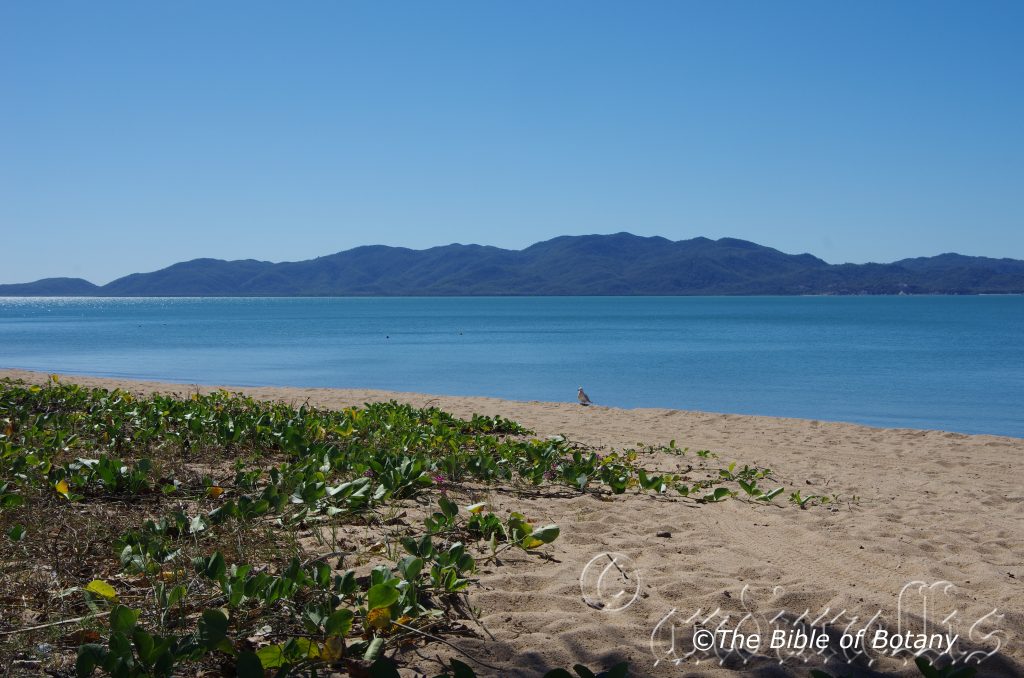
The Strand Townsville Qld.
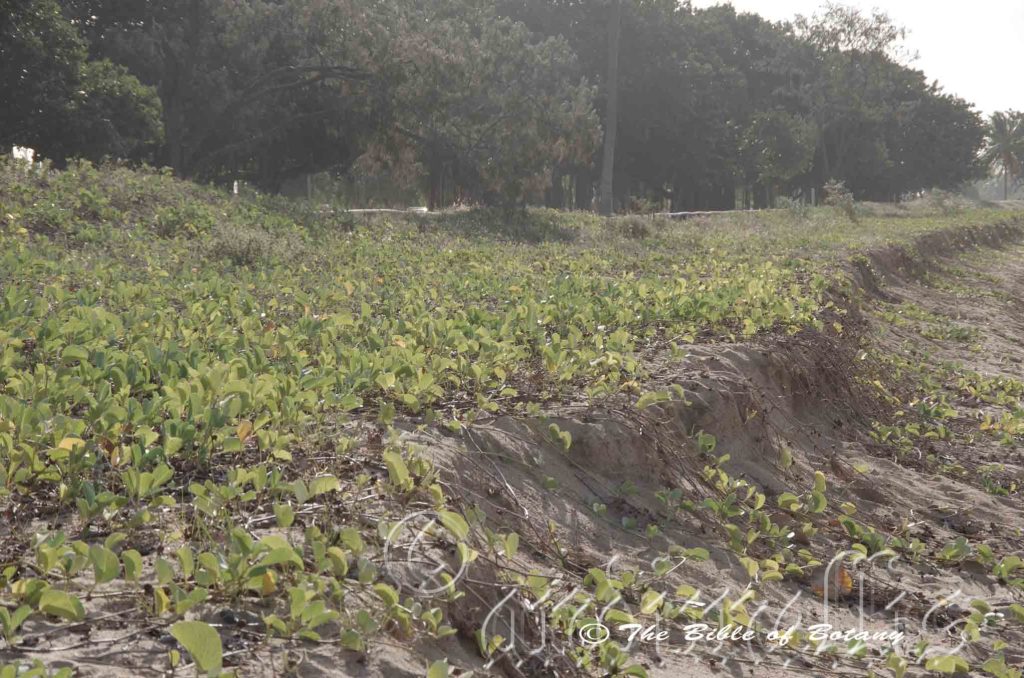
Palandra Beech Townsville Qld.
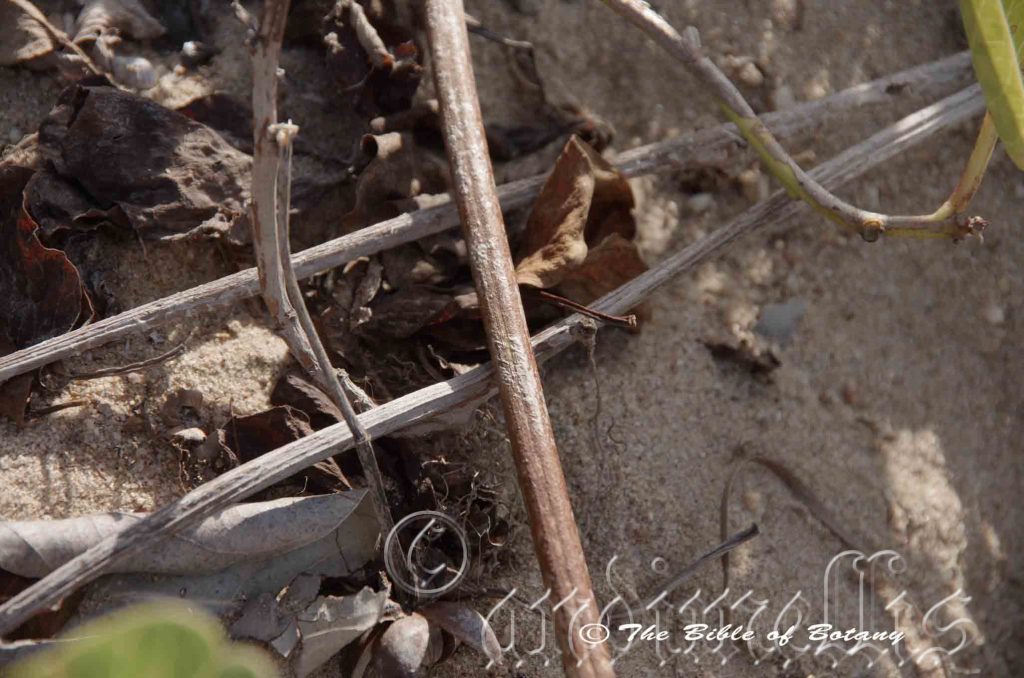
Palandra Beech Townsville Qld.
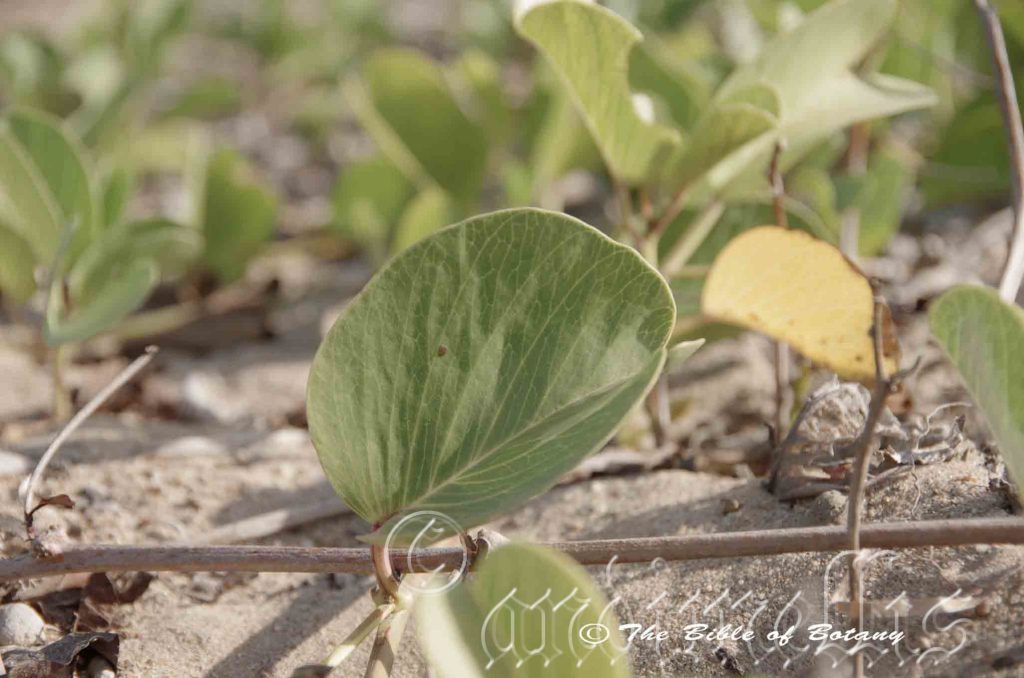
Palandra Beech Townsville Qld.
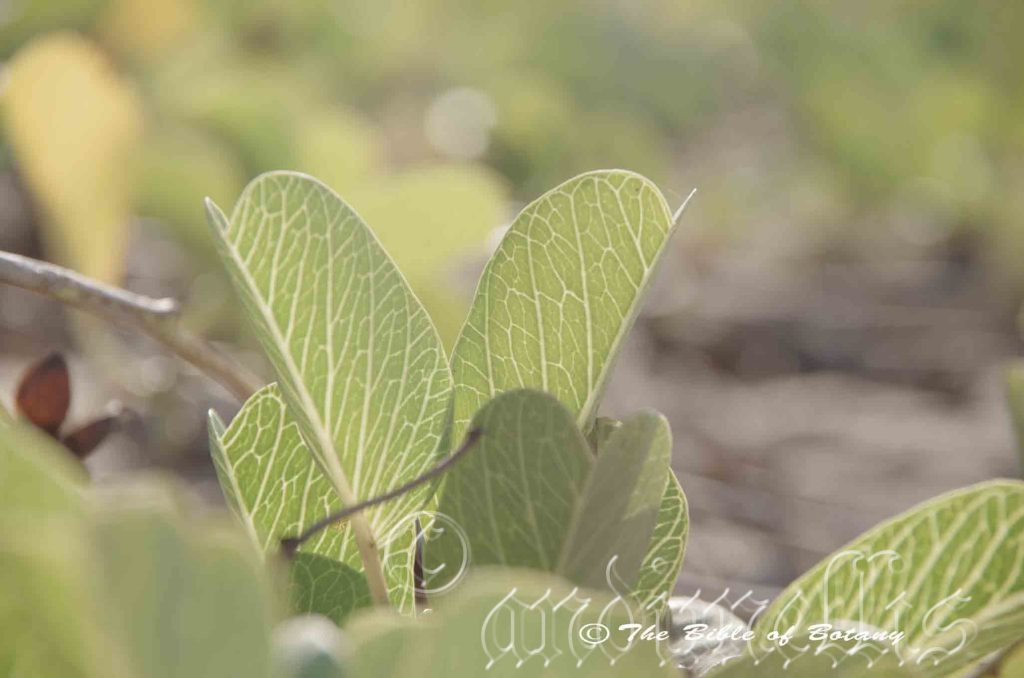
Palandra Beech Townsville Qld.

Palandra Beech Townsville Qld.
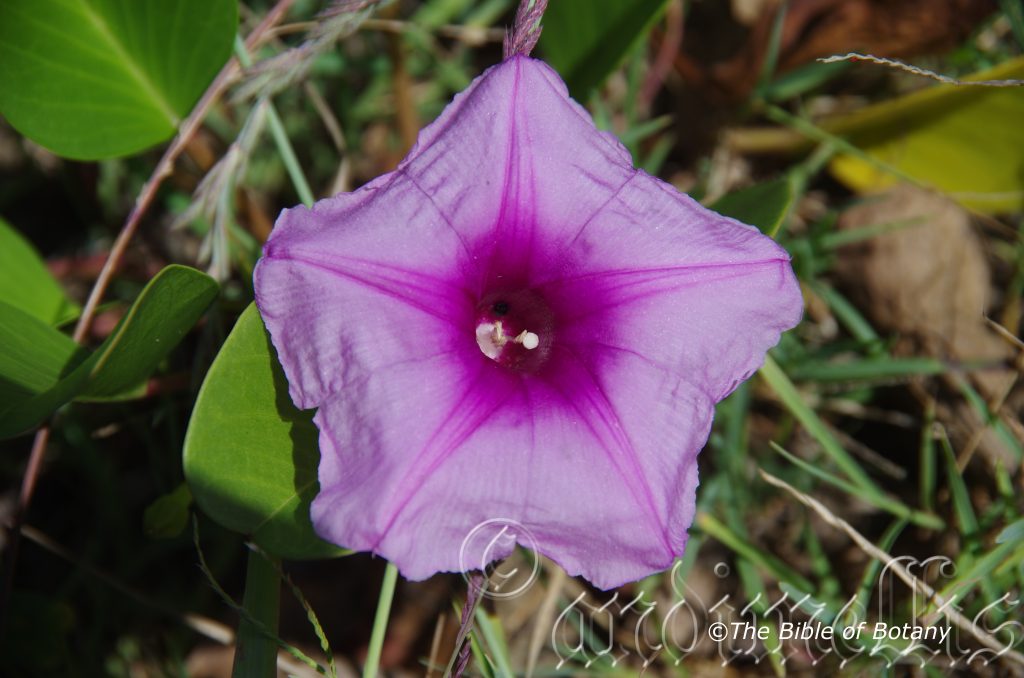
Wooli Frontal Dunes NSW
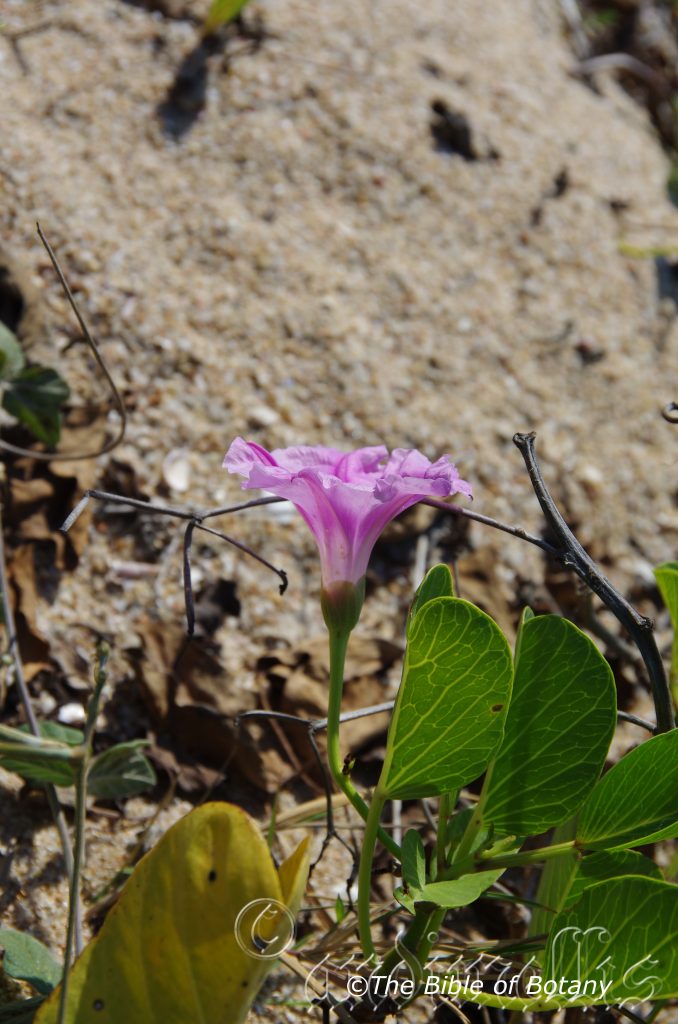
The Strand Townsville Qld.
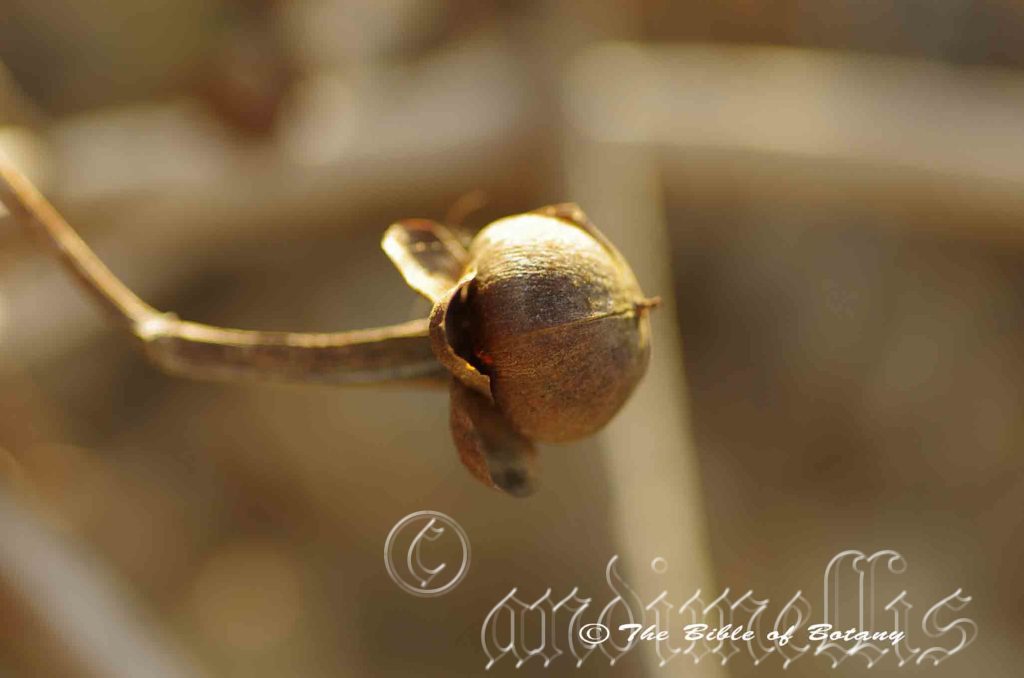
The Strand Townsville Qld.
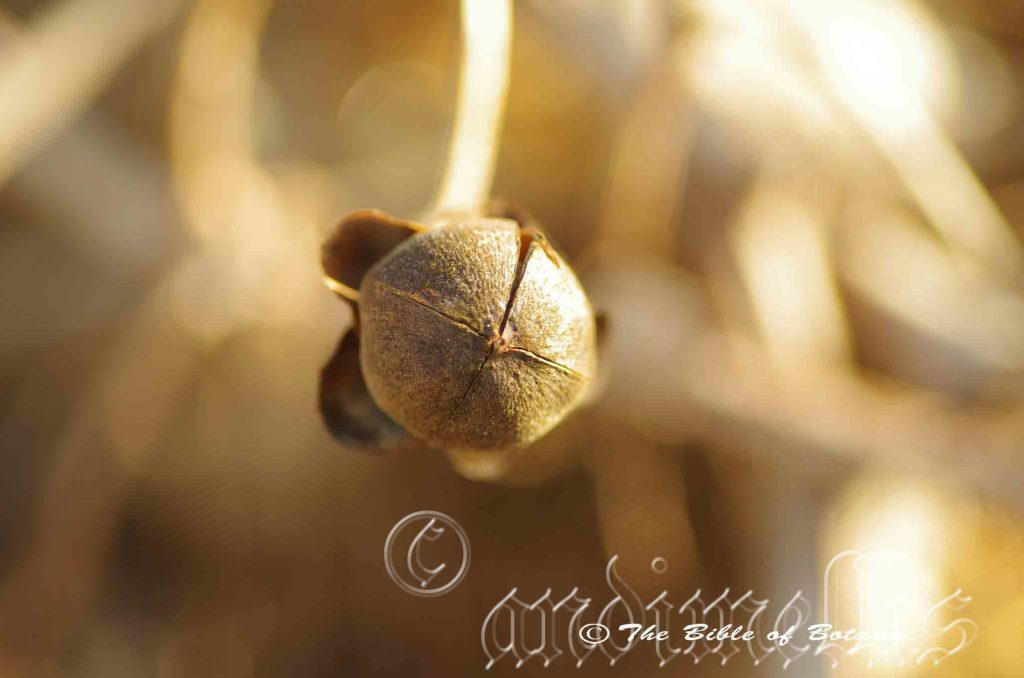
The Strand Townsville Qld.
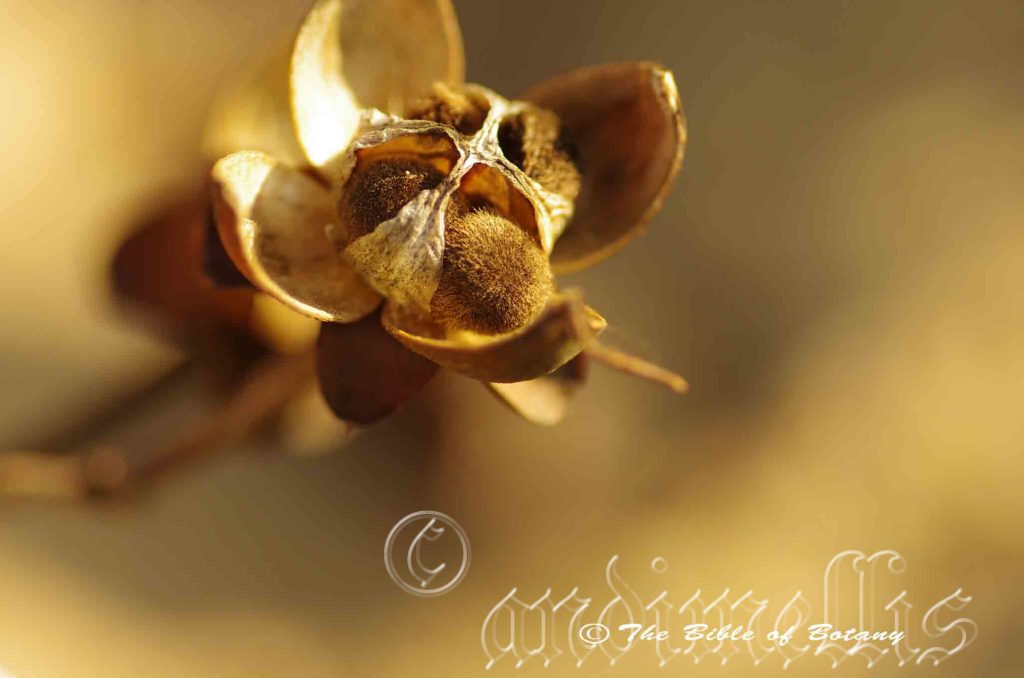
The Strand Townsville Qld.
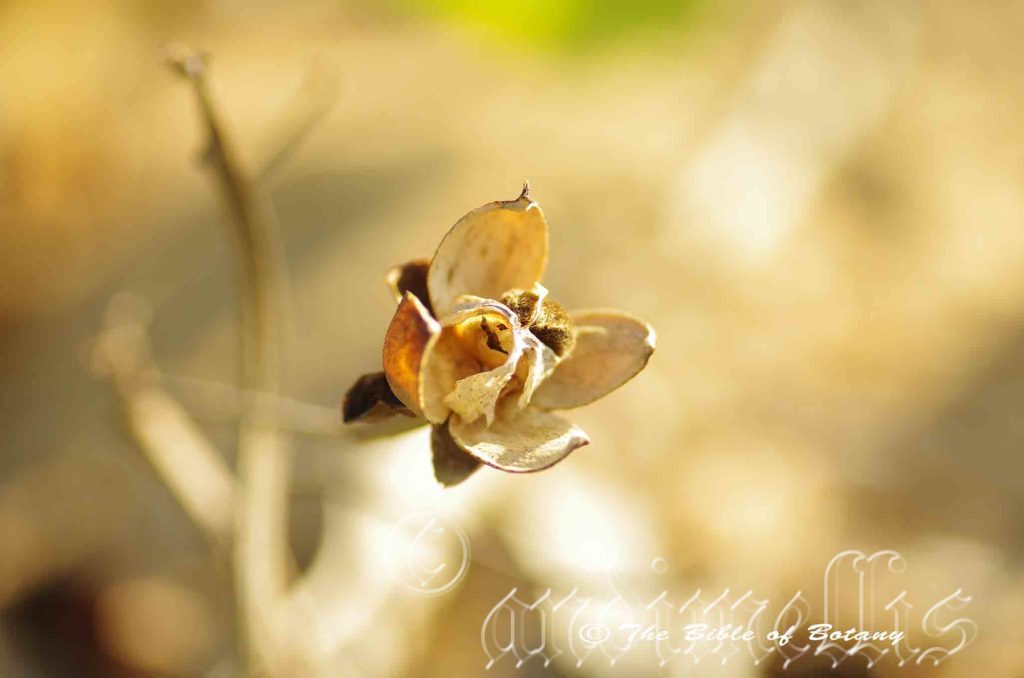
The Strand Townsville Qld.
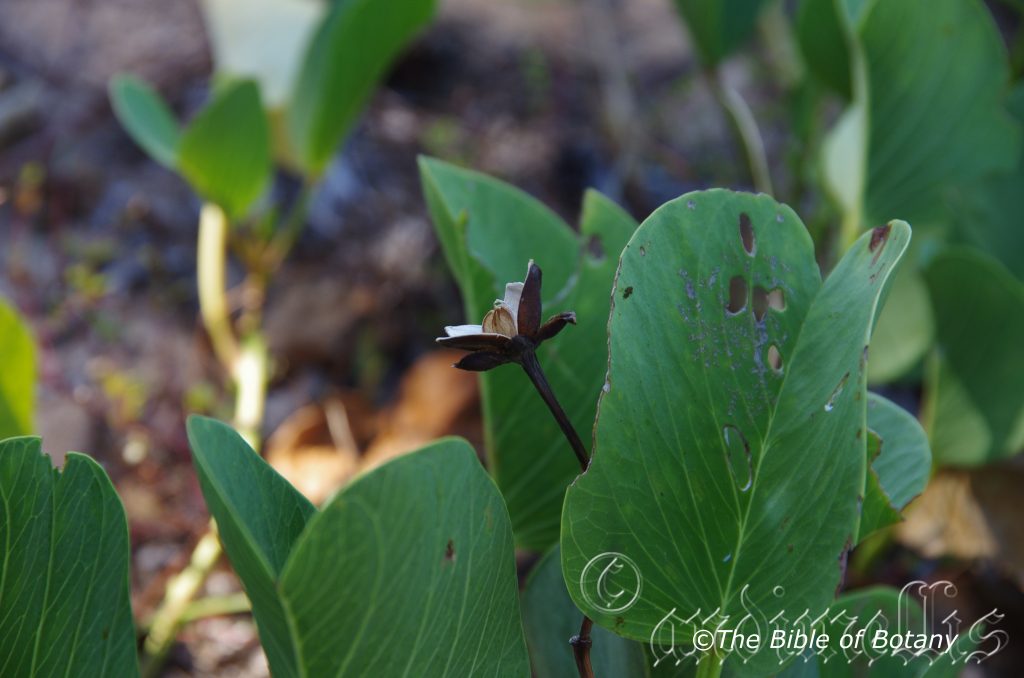
The Strand Townsville Qld.
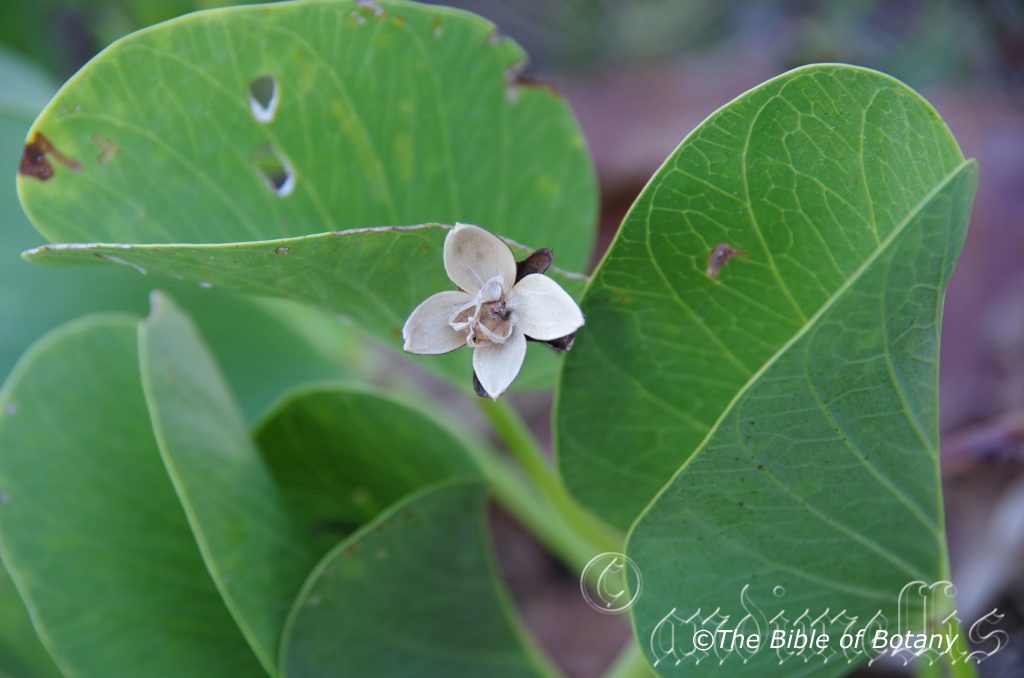
The Strand Townsville Qld.
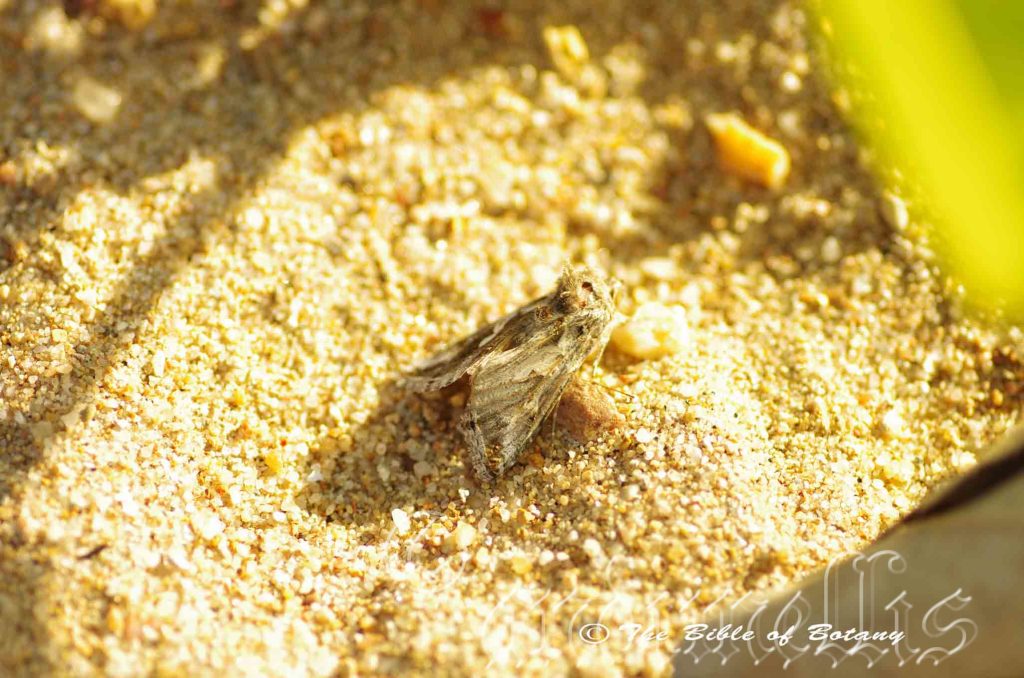
The Strand Townsville Qld.
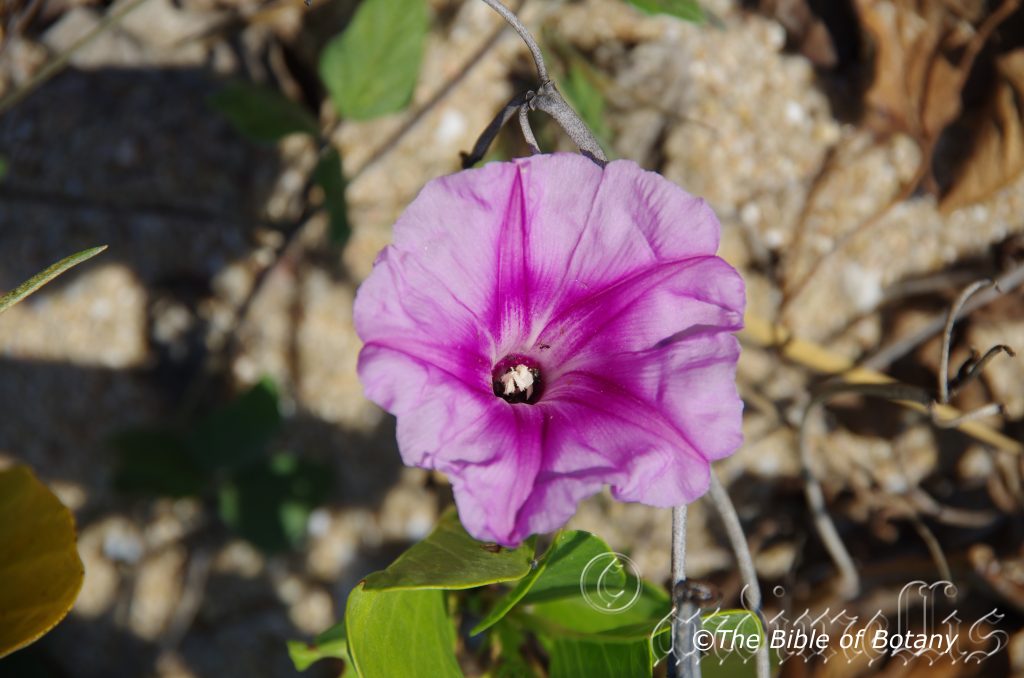
The Strand Townsville Qld.
Ipomoea brasiliensis
Classification:
Unranked: Eudicots
Unranked: Asterids
Order: Solanales
Family: Convolvulaceae
Tribe: Ipomoeeae
Genus: From Ips, which is Ancient Greek for a worm and Homoio which is Ancient Greek for the same as. It refers to the way plants, creep across the ground the same as a worm would.
Specie: From Pous, which is Ancient Greek or Pedi, which is Latin for a foot or feet from the misspelling of Pres, which maybe the local vernacular name for a foot and or the plant Caprae.
Sub species: Ipomoea pes-caprae subsp. Brasiliensis: From Brasa, which is Latinized or Spanish for a live coal and Anum/Ensis, which is Latin for originating from. It may refer to the warmth gained from the beauty of the plants similar to a red hot glowing piece of coal and also originating from Brazil. This is the only sub species found in Australia.
AVH has it listed as Ipomoea pes-caprae subsp. brasiliensis, where as Plantnet has it described as Ipomoea brasiliensis. Flora of the Southeastern United States has the two as having very distinct genetic differences, but does not list any physical differences.
Common Name: Beach Ipomoea or Coastal Morning Glory.
Distribution:
Ipomoea brasiliensis is found along the coast north from Sharks Bay in Western Australia across the top end of the Northern Territory around the Gulf of Carpentaria and Cape York Peninsula in Queensland and south to Port Macquarie. It also ventures inland along the banks of many estuarial creeks, streams and rivers. It is also found on frontal dunes on each of the warm to hot continents.
https://avh.ala.org.au/occurrences/search?taxa=Ipomoea+pes-caprae+subsp.+brasiliensis#tab_mapView
Habitat:
Ipomoea brasiliensis prefers full sun. It grows along the frontal dunes or along brackish estuaries. The altitude ranges from 0.5 meters ASL to 5 meters ASL.
The temperatures range from 10 degree in August to 42 degrees in January.
The rainfalls range from lows of 200mm to an average of 4000mm annually.
Soil Requirements:
Ipomoea brasiliensis prefers growing on coarse white sands, fine white sands to grey fine silts to grey medium silts. The soils are usually derived from accumulated beach sands, accumulated coral sands or alluvial estuary silts. The soils pH varies from 6.2pH through to 8pH. It does not tolerate waterlogged soils though the soils may access moisture through capillary action. The plants seasonally inundated by spring tides, tidal surges or wind swept froths and water. Moderately saline soils to extremely saline soils are tolerated as are salt laden winds.
Height & Spread:
Wild Plants: 0.2m to 0.3m by 3m to 8m.
Characteristics:
Ipomoea brasiliensis’s stems are succulent, glabrous and variable in colour from green to purple. The stems will root from the nodes.
Ipomoea brasiliensis’s alternate oblong to elliptical leaves measure 50mm to 110mm in length by 40mm to 110mm in width. The base is rounded-hastate to truncate while the apex is broadly obtuse, deeply emarginated lobes. The concolourous laminas are pale olive green, grass-green or even sea green and glabrous. The margins are entire and curve strongly upwards from the mid vein to form fold. The mid vein is prominent on the lower lamina and is distinctly visible from above being much paler than the lamina. The petioles measure 30mm to 80mm in length.
The inflorescences of Ipomoea brasiliensis are an erect, single flowered or small raceme born from the leaf axis. The racemes measures 20mm to 40mm in length. The pedicels measure 10mm to 12mm in length. The funnel flowers number 1 to 7 per rachis. The pale green calyx is glabrous with 4 small triangular lobes. The calyx measures 4mm to 6mm in length while the lobes measure 0.7mm to 1mm in length. The rose pink to deep pink or pink-purple corolla is marked with darker mid petaline longitudinal lines. The corolla is a deeper colour than the throat. The corolla measures 35mm to 65mm in length and 45mm to 70mm in length. The white stamens and style measure 32mm to 62mm in length. The style and anthers inserted. The flowers appear throughout the year.
Ipomoea brasiliensis’s fruit is a depressed capsule. The 4 valve capsules measure 10mm to 18mm in diameter. The glabrous green capsules turn deep brown on ripening. The flattish, oval, oblong or irregularly shaped black seeds are covered in fawn tomentose hairs and measure 2mm to 4mm in length.
Wildlife:
A small black beetle frequents the flowers which are frequently covered in white pollen.
Cultivation:
Ipomoea brasiliensis are very beautiful large ground covers which are suitable for medium and large sunny gardens close to the coast. It is an excellent addition in sub tropical, tropical or monsoonal gardens especially where the soils are deep coarse sands. As garden subjects it grows from 0.25 meters to 0.40 meters in height by 4 meters to 7 meters in diameter when grown in the open.
It responds very well to additional native fertilizers and is fast growing and are cold tolerant to temperatures as low as 3 degrees. I have had NO success with them away from the coast even where the soils are very gritty decomposed coarse sandstones.
Ipomoea brasiliensis should be more widely planted along beach front gardens for its flowers. Though the flowers only last one day it is followed up the next day with a new lot of blooms. Once it is established it is best to cut them back and replant the runners every couple of years for best flowering.
Propagation:
Seeds: Ipomoea brasiliensis require treatment before sowing. Pre-treat by placing the seeds into a glass of boiling water. Allow the water to cool and leave to soak for 10 hours. Seeds that have not swollen repeat the exercise.
Ipomoea brasiliensis seeds can be sown directly into a seed raising mix. Cover them with 5mm to 6mm of fine weed free mulch and keep moist. Place the tray in a warm sunny position. When the seedlings are 20mm to 30mm tall, prick them out and plant them into 50mm native tubes using a good organic mix.
Once the seedlings reach 100mm to 150mm in height they can be planted out into their permanent position.
Cuttings: Use 100mm to 150mm long half ripened or hardened off material when growing from cuttings from the present season’s growth. Take them in the warmer months of the year. Remove half the leaves from the bottom section being careful not to tear the bark. Take a 10mm slice off the bark from the bottom of the cutting on one side.
1 Prepare the cutting mix by adding one third sharp clean river sand, one third peat and one third perlite. These ingredients are sterilize,
2 Select good material from non-diseased plants,
3 Select semi green stems for cuttings. Look for a stem with two or three nodes,
4 Place the cutting on a flat, hard surface, and make a clean cut down one side of the cutting at the base for 10mm with a sharp sterile knife or razor blade. – This scarification of the node will increase the chances of roots emerging from this spot. Now remove all but one or two the leaves, leaving the apex leaves in tact. If the leaves are very large in proportion to the stem, cut off the apical halves.
5 Rooting hormone is not required,
6 Use a small dipple stick or old pencil to poke a hole into the soilless potting mix. Ensure the hole is slightly larger than the stem diameter and be careful not to wipe the rooting hormone off the cuttings base, place the cuttings in a pattern ensuring the cuttings are not touching each other,
7 I like to place the pots in Plastic bags to help maintain temperature and moisture. Place in a semi shaded place like under 50mm shade cloth.
8 When the cuttings have struck, open the bag to allow air circulation for a few days to a week,
9 Once hardened off remove the cuttings from the bag and allow to further hardening for a few more days,
10 Transplant into a good potting mix to grow on.
Fertilize using seaweed, fish emulsion or organic chicken pellets soaked in water on an alternate basis. Fertilize every two months until the plants are established then twice annually in early September or March to maintain health, vitality and better flowering.
Further Comments from Readers:
Hi reader, it seems you use The Bible of Botany a lot. That’s great as we have great pleasure in bringing it to you! It’s a little awkward for us to ask, but our first aim is to purchase land approximately 1,600 hectares to link several parcels of N.P. into one at The Pinnacles NSW Australia, but we need your help. We’re not salespeople. We’re amateur botanists who have dedicated over 30 years to saving the environment in a practical way. We depend on donations to reach our goal. If you donate just $5, the price of your coffee this Sunday, We can help to keep the planet alive in a real way and continue to bring you regular updates and features on Australian plants all in one Botanical Bible. Any support is greatly appreciated. Thank you.
In the spirit of reconciliation we acknowledge the Bundjalung, Gumbaynggirr and Yaegl and all aboriginal nations throughout Australia and their connections to land, sea and community. We pay our respect to their Elders past, present and future for the pleasures we have gained.
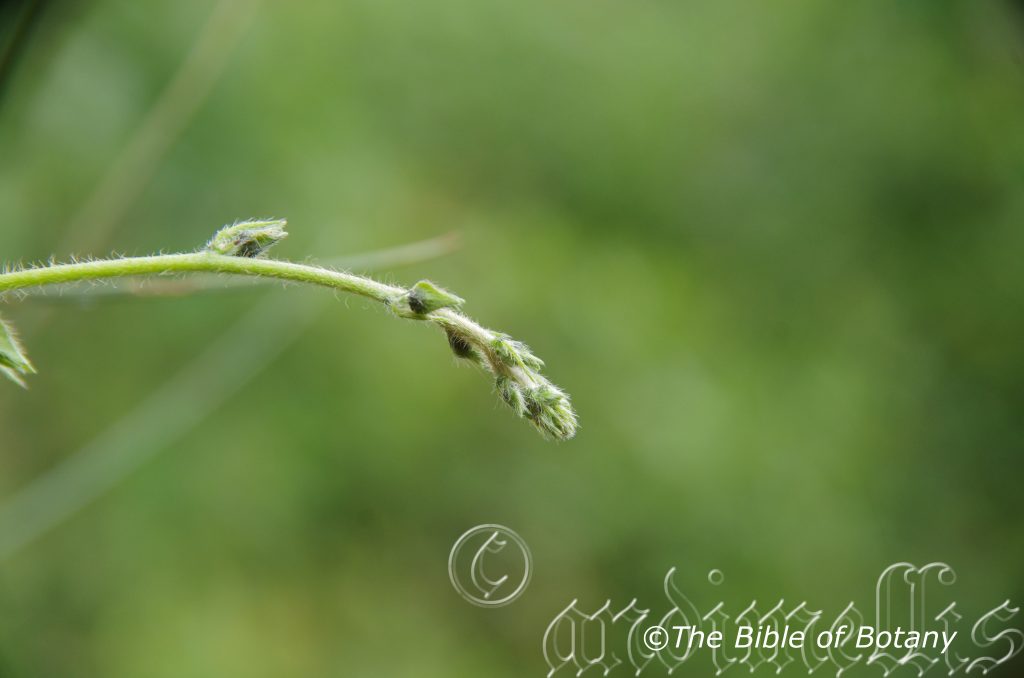
Author’s Garden The Pinnacles NSW
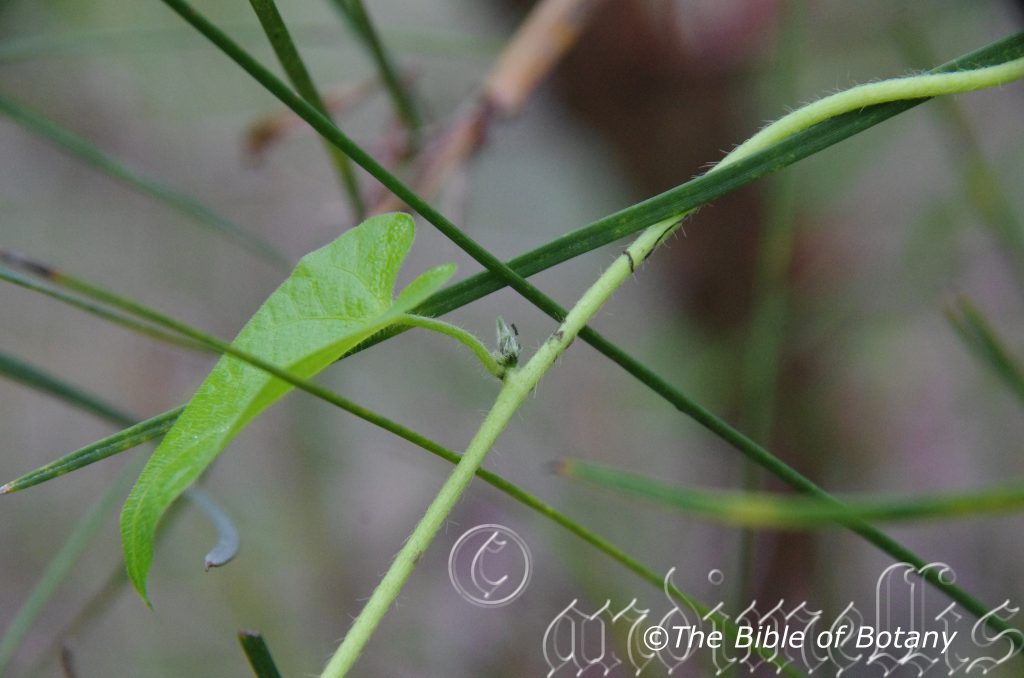
Author’s Garden The Pinnacles NSW
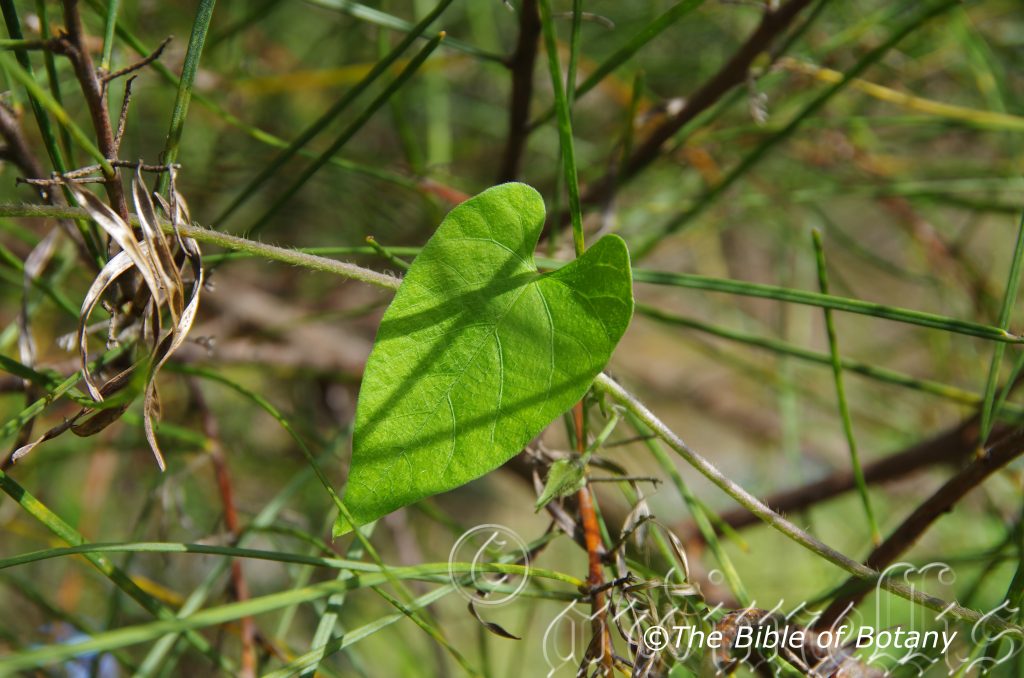
Author’s Garden The Pinnacles NSW
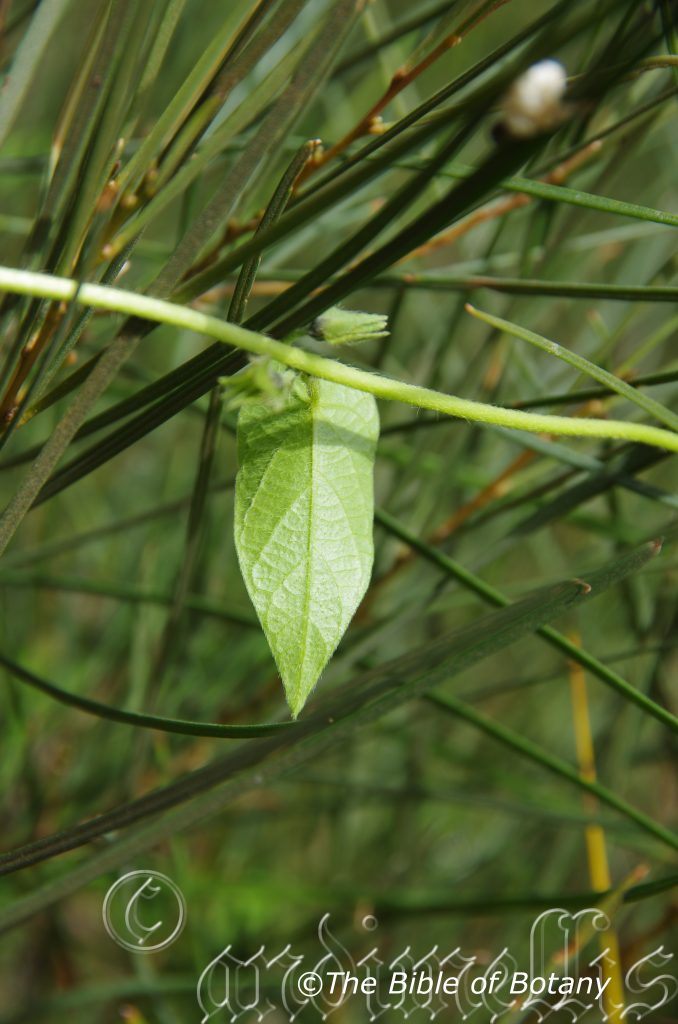
Author’s Garden The Pinnacles NSW
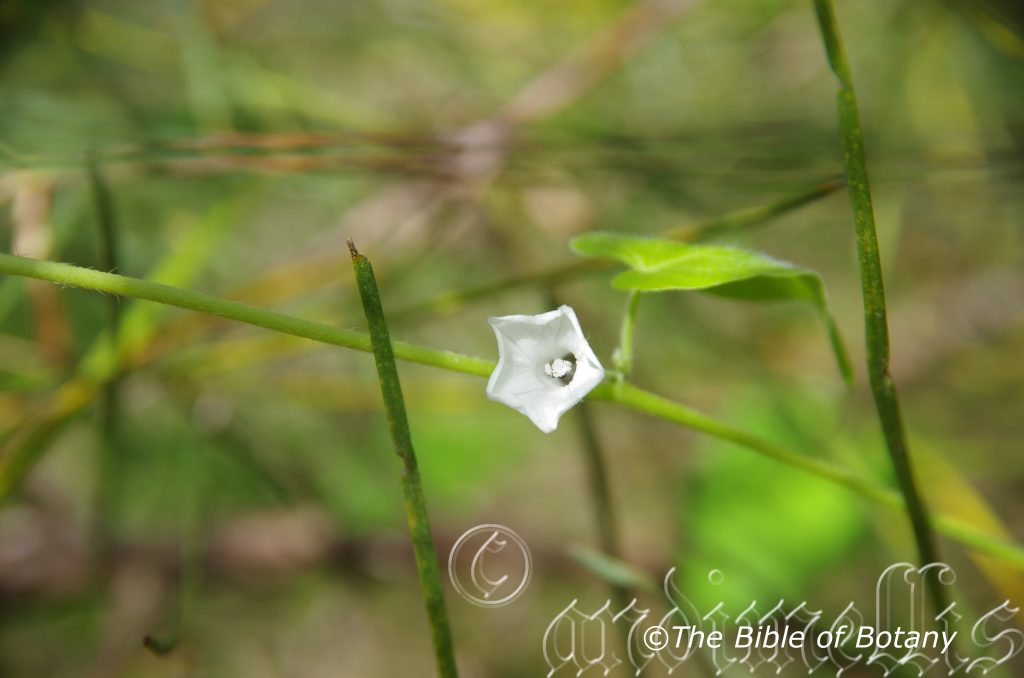
Author’s Garden The Pinnacles NSW
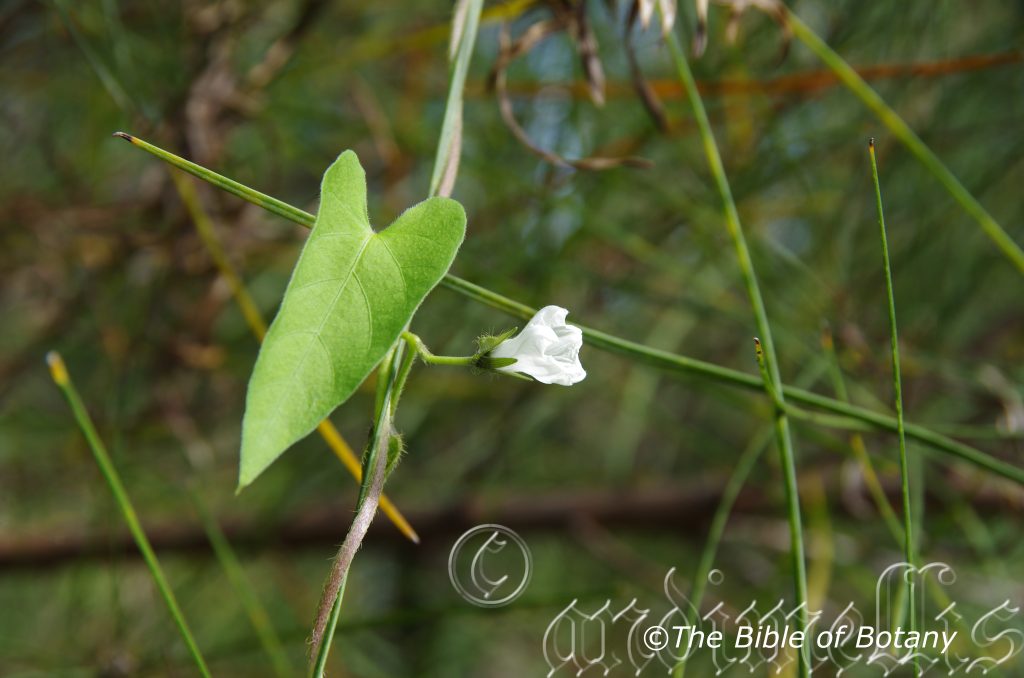
Author’s Garden The Pinnacles NSW
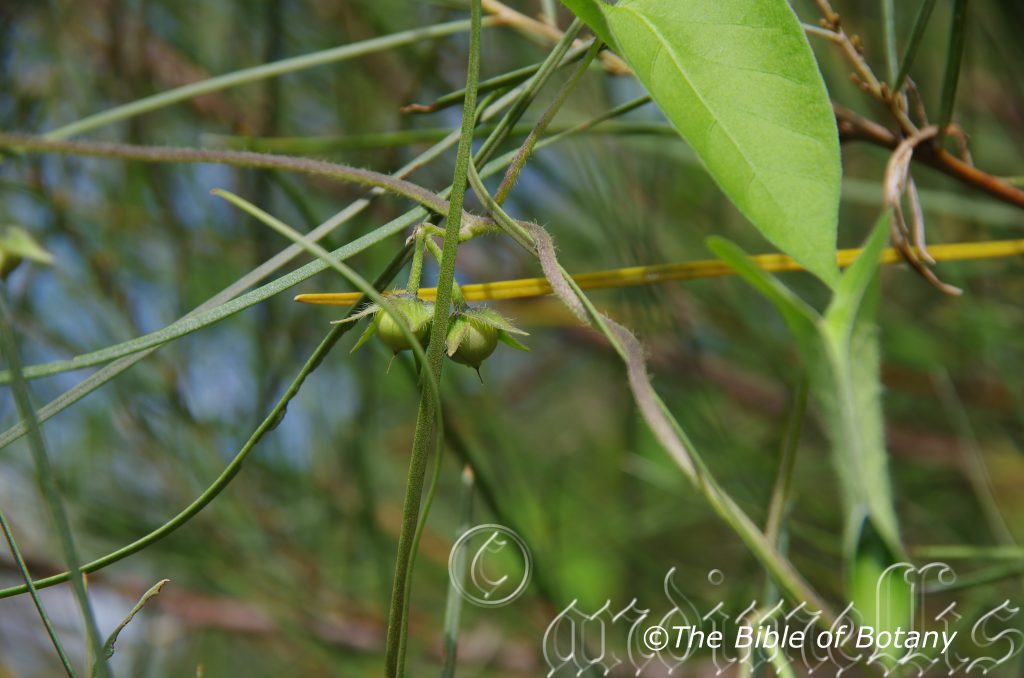
Author’s Garden The Pinnacles NSW
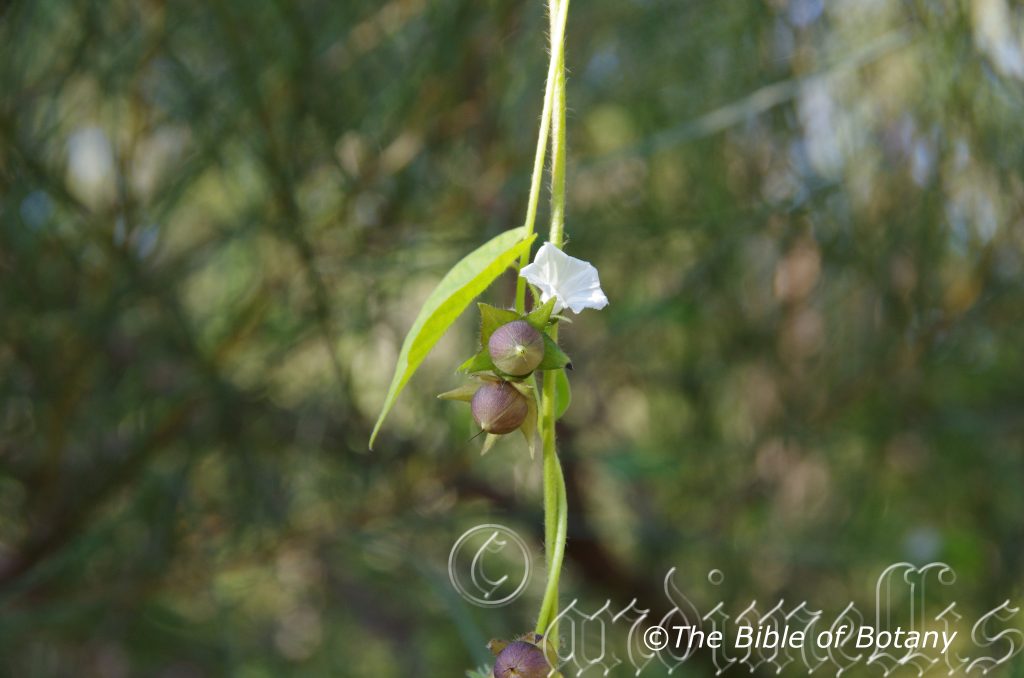
Author’s Garden The Pinnacles NSW
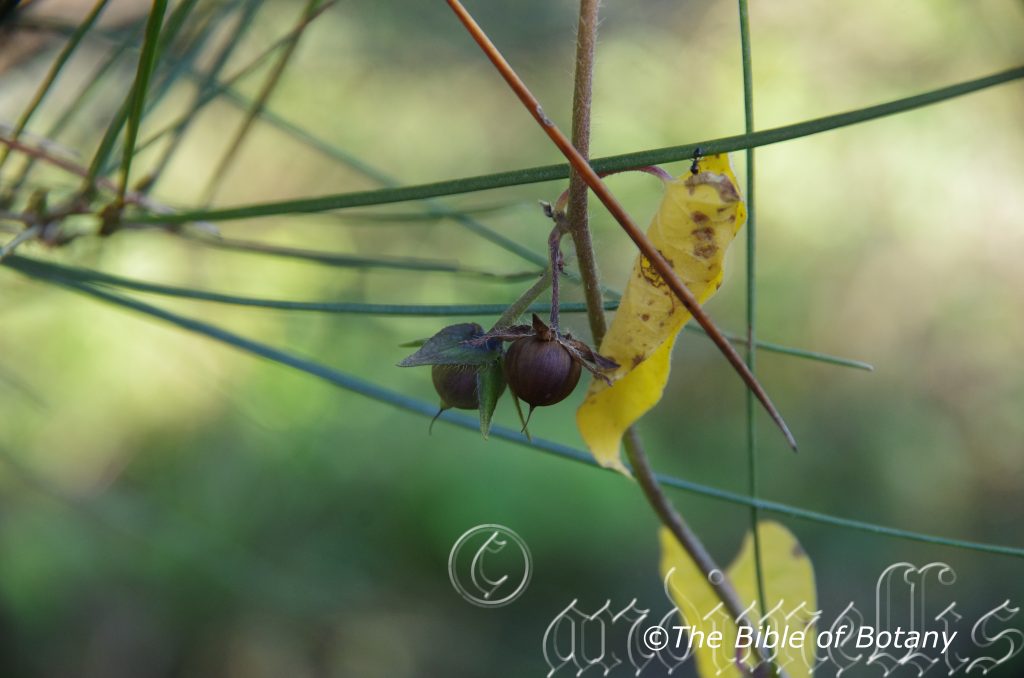
Author’s Garden The Pinnacles NSW
Ipomoea plebeia
Classification:
Unranked: Eudicots
Unranked: Asterids
Order: Solanales
Family: Convolvulaceae
Tribe: Ipomoeeae
Genus: From Ips, which is Ancient Greek for a worm and Homoio which is Ancient Greek for the same as. It refers to the way plants, creep across the ground the same as a worm would.
Specie: From Plebei, which is Latin for belong to the common people. It probably refers to the fact that plants in the genus were eaten as part of a staple diet by the poor or common people in arid locations.
Sub species:
Common Name:
Distribution:
Ipomoea plebeia is found along the coast and along the Ashburton River near Sharks Bay in Western Australia, across the top end of the Northern Territory around the Gulf of Carpentaria and Cape York Peninsula in Queensland and south to the Clarence River in New South Wales. It is found on many of the inland rivers especially in the northern part of its distribution.
https://avh.ala.org.au/occurrences/search?taxa=Ipomoea+plebeia#tab_mapView
Habitat Aspect Climate:
Ipomoea plebeia prefers full sun. It grows along the sandy frontal dunes and along saline estuaries and on river and streams further inland in open Eucalyptus forests, open Eucalyptus woodlands or open savannah woodlands. The altitude ranges from 10 meters ASL to 850 meters ASL.
The temperatures range from 10 degree in August to 39 degrees in January.
The rainfalls range from lows of 200mm to an average of 4000mm annually.
Soil Requirements:
Ipomoea plebeia prefers skeletal to deep sands to light stony clays and loams with copious quantities of pebbles. The soils are derived from decomposed sandstones, granites, accumulated sands or accumulated coral sands. The soils pH varies from 4.5pH through to 8pH are preferred. It does not tolerate waterlogged soils though the soils have good moisture retentive qualities. Non saline soils to very saline soils are tolerated as are salt laden winds.
Height & Spread:
Wild Plants: 0.2m to 0.3m by 1m to 3m.
Characteristics:
Ipomoea plebeia’s stems are wiry pale yellow-green and covered in white pilose hairs. The stems will root from the nodes under favourable conditions.
Ipomoea plebeia’s alternate ovate to obovate leaves measure 30mm to 80mm in length by 15mm to 50mm in width. The base is cordate to cordate-truncate while the apex is broadly acute to obtuse. The concolourous laminas are pale olive green to grass green and covered in white pilose hairs. The margins are entire and curve slightly to strongly upwards from the mid vein. The mid vein is prominent on the lower lamina and is distinctly visible from above being much paler than the lamina. The petioles measure 10mm to 60mm in length.
The erect inflorescences of Ipomoea plebeia are usually born singularly or at times in pairs from the from the leaf axis. The pedicels measure 10mm to 12mm in length. The funnel shaped flowers have a pale green calyx. The 4 linear calyx lobes are covered in white pilose hairs and measure 3mm to 4mm in length. The white corolla is marked with translucent white mid petaline longitudinal lines. These lines are sparsely covered in white pilose hairs. The corolla measures 10mm to 13mm in length while the limbs measure 7mm to 9mm in length. The white stamens and style are inserted measure 10mm to 12mm in length. The flowers appear throughout the year.
Ipomoea plebeia’s fruit is a depressed capsule. The 2 locular capsules measure 7mm to 9mm in diameter. The capsules split into 4 valves. It is covered in white pilose hairs. The green capsules turn deep brown on ripening. The flattish, oval, oblong or irregularly shaped black seeds are glabrous to wrinkled and measure 2mm to 3mm in diameter. It is covered in white pilose hairs which are longer along the ridges.
Wildlife:
Ipomoea plebei’s flowers are frequented by small black beetles which are frequently covered in white pollen.
Cultivation:
Ipomoea plebeia are very beautiful ground covers which are suitable for small, medium and large sunny gardens close to the coast. It is an excellent addition in sub tropical, tropical or monsoonal gardens especially where the soils are light to medium clays. As garden subjects it will grow to 0.25 meters to 0.3 meters high by 1 meter to 2 meters in diameter or 1 meter to 2 meters in height by 1 meter across when grown on a small fence.
It responds very well to additional native fertilizers and tip pruning. It is fast growing and are cold tolerant to temperatures as low as 1 degree.
It is best suited to small rockeries where it can be mass planted in order to increase the density of the foliage and the number of flowers.
Propagation:
Seeds: Ipomoea plebeia seeds can be sown directly into a seed raising mix. Cover them with 5mm to 6mm of fine weed free mulch and keep moist. Place the tray in a warm sunny position. When the seedlings are 20mm to 30mm tall, prick them out and plant them into 50mm native tubes using a good organic mix.
Once the seedlings reach 100mm to 150mm in height they can be planted out into their permanent position.
Fertilize using seaweed, fish emulsion or organic chicken pellets soaked in water on an alternate basis. Fertilize every two months until the plants are established then twice annually in early September or March to maintain health, vitality and better flowering.
Further Comments from Readers:
Hi reader, it seems you use The Bible of Botany a lot. That’s great as we have great pleasure in bringing it to you! It’s a little awkward for us to ask, but our first aim is to purchase land approximately 1,600 hectares to link several parcels of N.P. into one at The Pinnacles NSW Australia, but we need your help. We’re not salespeople. We’re amateur botanists who have dedicated over 30 years to saving the environment in a practical way. We depend on donations to reach our goal. If you donate just $5, the price of your coffee this Sunday, We can help to keep the planet alive in a real way and continue to bring you regular updates and features on Australian plants all in one Botanical Bible. Any support is greatly appreciated. Thank you.
In the spirit of reconciliation we acknowledge the Bundjalung, Gumbaynggirr and Yaegl and all aboriginal nations throughout Australia and their connections to land, sea and community. We pay our respect to their Elders past, present and future for the pleasures we have gained.
Isachne globosa
Classification:
Subclass: Magnoliidae
Superorder: Lilianae
Order: Poales
Family: Poaceae
Tribe: Andropogoneae
Genus: From Isos, which is Ancient Greek for equal to and Achne, which is Ancient Greek for chaff or the glumes. It refers to the glumes, which are equal in all respects.
Specie: From Globoideus/Globulus, which is Latin for a globe. It refers to plants, which bear a structure or organ that takes the shape or form of an old style light globe.
Sub specie:
Common Name: Swamp Millet.
Distribution:
Isachne globosa is found in several disjunct populations bounded by Darwin, Port Keats and the Yambarran Range on the west coast and Calvett Crossing on the east coast in the Northern Territory.
On the east coast it is mainly found on and east of the Great Dividing Range south from Coen on Cape York Peninsula to the Glenelg Coastal Plain in south western Victoria.
In South Australia it is found south from the Worlds End Creek in the Flinders Ranges to Myponga Swamp, around Lake Alexandrina and along the Murray River.
There is a lone isolated population in Tasmania on the Aspley River Delta.
https://avh.ala.org.au/occurrences/search?taxa=Isachne+globosa#tab_mapView
Habitat Aspect Climate:
Isachne globosa prefers full sunlight to light dappled shade. It grows in open situations in and adjacent to wet depressions, drainage lines, creeks, streams swamps and wallums. The altitude ranges from 2 meter ASL to 950 meters ASL.
The temperatures range from minus 4 degrees in August to 42 degrees in January.
The rainfall ranges from lows of 400mm to 3000mm average per annum. The rainfall is not as important as the ground water.
Soil Requirements:
Isachne globosa prefers course sands, fine fatty sandy loams to medium clays or heavy silty alluvial. The soils are usually derived from decomposed sandstones, granite, brown basalt, black basalt, metamorphic rocks, shale and metashales. The soil’s pH ranges from 4.5pH to 7pH. It is tolerant of waterlogged soils and prefers to grow where it is lapping the water’s edge. Non saline soils to the lower end of very saline soils are tolerated as are salt laden winds.
Height & Spread:
Wild Plants: 0.5m to 0.7m by 0.25m to 0.4m when in flower.
Characteristics:
Isachne globosa is an open small tufted perennial with short rhizomes. The erect, terete culms measure 350mm to 700mm in length by 1mm to 1.5mm diameter. The slender culms are scabrous. The plants are semi aquatic preferring to grow at the edge of water or in the shallows to 100mm in depth.
The linear leaves of Isachne globosa measure 350mm to 700mm in length by 3mm to 8mm in width. The leaf sheaths are grass-green and densely covered in long, white to fawn ciliate hairs. The ligules are a rim of long, white to fawn ciliate hairs that measure 1.5mm to 3mm in length. The bases of the leaves are clasping while the apexes are tapering-acute. The concolourous laminas are grass-green, slightly scabrous and semi glossy aging to yellowish. The laminas decurve in a gentle arch from the mid vein to the margins while the margins are entire and cream to creamy-green. The 10 to13 lateral parallel veins are prominent on the upper lamina and are faintly visible on the lower lamina.
The inflorescences of Isachne globosa are initially loose contracted eventually becoming rigidly divaricate panicles. The panicles measure 50mm to 120mm in length by 50mm to 100mm in diameter at anthesis. The peduncle, rachis and pedicels are grass-green and glabrous. The peduncle is straight while the rachis is zig zag and the filiform pedicels (and pedunculates) are also zig zag.
The spikelets usually measure 2mm to 2.5mm in length and are completely surrounded by very fine, soft white floccose hairs that measure 9mm to 15mm in length.
The glabrous glumes have 7 to 9 nerves. The glumes measure 2mm to 2.5mm in length.
The rachilla is disarticulating above glumes and eventually above the lower florets. The upper joint remaining attached as a short stipe for the base of the upper floret.
The lower glabrous lemmas are male and have 7 nerves. The lower lemmas measure 2mm to 2.5mm in length.
The upper fertile lemmas are female or bisexual on a 0.4mm long stipe. The upper lemmas are without keels and have 5 to 7 nerves and measure 1.75mm to 2.25mm in length and are covered in fawn hirtellous hairs on the apical half to third.
The 3 filiform stamens have white filaments while the anthers are pale yellow.
The style is mauve to purple-pink, feathery and measure 2.5mm to 3mm in length by 1mm to 1.2mm in width overall. The flowers appear throughout the year particularly in the warmer months.
The semi ovoidal caryopsis are pale fawn to pastel straw-yellow and measure 2mm to 3mm in length by 1.4mm to 2mm in width.
Wildlife:
Isachne globosa’s leaves are eaten by the Grey Kangaroo (Macropus giganteus), the Pretty Face Wallaby (Macropus parryi) and the Swamp Wallaby (Wallabia bicolor). I have seen the Chestnut Breasted Mannikin (Lonchura castaneothorax) feeding on the seeds and would think that other finches would also eat the seeds.
Cultivation:
Isachne globosa are unusual flowering plants for landscaping projects around outdoor fish ponds and frog ponds. In cultivation they will grow 0.5 meter to 0.6 meters in height by 0.2mm to 0.3mm in diameter when grown in an open situation in semi shaded or full sun.
If it is placed around a sunny pond, mass plant them in tight clusters. This will restrict their height but give a denser habit that will help attract frogs otherwise a more open desolate scene can be produced by scatter planting them.
Isachne globosa is not the plant to grow in a heath garden as they will be overpowered and lost amongst the other foliages. Overcrowding will do them an injustice and leave the gardener very disillusioned.
Propagation:
Seeds: Collecting seeds from mature plants of Isachne globosa is not difficult but the collector must be vigilant as the capsules will open very quickly and seed dispersal is over in a matter of a couple of days to a week when fully ripe. The fresh seeds can be sown directly into a seed raising mix however better; more even germination is gained if the seeds are stratified for a short period and sown in spring. This can be achieved by placing the seeds in a paper bag in the vegetable crisper for a few weeks prior to sowing. Cover the seeds to a depth of 2mm. Seeds usually germinate rapidly with a strike rate of over 80mm.
When the seedlings are 20mm to 30mm tall, prick them out and plant them into 50mm native tubes using a good quality mix.
Once the seedlings reach 50mm in height they can be repot for indoor use or 100mm to 150mm in height plant them out into their permanent position.
Fertilize using seaweed, fish emulsion or organic chicken pellets soaked in water on an alternate basis. Fertilize every two months until the plants are established to maintain health, vitality and better flowering.
Further Comments from Readers:
Hi reader, it seems you use The Bible of Botany a lot. That’s great as we have great pleasure in bringing it to you! It’s a little awkward for us to ask, but our first aim is to purchase land approximately 1,600 hectares to link several parcels of N.P. into one at The Pinnacles NSW Australia, but we need your help. We’re not salespeople. We’re amateur botanists who have dedicated over 30 years to saving the environment in a practical way. We depend on donations to reach our goal. If you donate just $5, the price of your coffee this Sunday, We can help to keep the planet alive in a real way and continue to bring you regular updates and features on Australian plants all in one Botanical Bible. Any support is greatly appreciated. Thank you.
the spirit of reconciliation we acknowledge the Bundjalung, Gumbaynggirr and Yaegl and all aboriginal nations throughout Australia and their connections to land, sea and community. We pay our respect to their Elders past, present and future for the pleasures we have gained.
Ischaemum australe
Classification:
Subclass: Magnoliidae
Superorder: Lilianae
Order: Poales
Family: Poaceae
Genus: From Iskho, which is Ancient Greek for to restrain and Haima, which is Ancient Greek for blood. It refers to seeds, which were once being used to stem the flow of blood.
Specie: From Terra Australis, which is Latin for land of the south and Anum/Ensis, which is Latin for to originate from. It refers to plants, which were first discovered from the land down under.
Sub specie: Ischaemum australe subsp. austral. From Terra Australis, which is Latin for land of the south and Anum/Ensis, which is Latin for to originate from. It refers to plants, which were first discovered from the land down under.
Sub specie: Ischaemum australe subsp. villosus. From Villōsum, which is Latin for shaggy. It refers to structures or organs, which is covered in long, soft, shaggy, “villose” hairs.
Common Name:
Distribution:
Ischaemum australe is found within 250 kilometres of the coast except for an isolated population near Doongmabulla in central eastern Queensland. It is found from Broome in north western, Western Australia to Port Jackson in central coastal New South Wales.
https://avh.ala.org.au/occurrences/search?taxa=Ischaemum+australe#tab_mapView
Habitat Aspect Climate:
Ischaemum australe prefers full sunlight to light dappled shade. It grows in most forest types on wet swampy ground. It is found on flat ground or especially in shallow depressions. The altitude ranges from 5 meter ASL to 950 meters ASL.
The temperatures range from minus 4 degrees in August to 42 degrees in January.
The rainfall ranges from lows of 450mm to 3000mm average per annum. Lower rainfall areas often have orographic precipitation.
Soil Requirements:
Ischaemum australe prefers course sands, fine fatty sandy loams to medium clays or medium silts to heavy silts. The soils are usually derived from decomposed sandstones, granite, brown basalt, black basalt, metamorphic rocks, shale and metashales. It is highly opportunistic growing on very poor acid soils to very rich organic soils. Soils where very heavy infestations have occurred have very good to excellent texture and aeration. The soil’s pH ranges from 4pH to 7pH. It tolerates waterlogged soils but thrives where the soils are continually wet. Non saline soils to the lower end of very saline soils are tolerated as are salt laden winds.
Height & Spread:
Wild Plants: 0.5m to 1.5m by 0.25m to 0.4m.
Characteristics:
Ischaemum australe is a caespitose tufted perennial with short rhizomes. The erect, terete culms measure 500mm to 1500mm in length by 1mm to 1.5mm diameter. The slender culms have 3 to 4 nodes while the mid culms are glabrous to moderately covered in white puberulent or hirsute hairs. The lateral branches are simple or again branched.
The linear leaves of Ischaemum australe measure 100mm to 200mm in length by 3mm to 5mm in width. The blue-green leaf sheaths are often covered in a reddish-maroon tinge are glabrous and measure 150mm to 350mm in length. The ligules are membranes covered in white ciliate hairs that measure 2mm to 3mm in length. The leaf bases taper to the sheaths while the apexes are tapering-acute. The concolourous laminas are deep grass-green to blue-green, glabrous and dull. The laminas are flat while the midrib is much paler, prominent on the lower lamina and is visible from the upper laminas while the margins are entire.
The inflorescences of Ischaemum australe are compacting, erect to semi erect cylindrical ramose, racemes. The racemes measure 40mm to 80mm in length by 5mm to 5.5mm in diameter at anthesis. The rachis and pedicels are grass-green, angular and are covered in white pulverulent hairs especially along the ridge. The rachis is straight and fragile at the nodes.
The spikelets are all sessile or sessile and pedicillate. The single male spikelets are asymmetrical and measure 6mm to 7mm in length. The fertile spikelets are paired while the lower one is barren or at times male. The upper fertile floret is without a rachilla extension, is lanceolate and dorsally compressed. It measures 6mm to 7mm in length.
The dissimilar glabrous glumes are firmer than fertile lemma. The glumes measure 2mm to 2.5mm in length. The lower glumes are oblong, chartaceous with 2 narrowly winged keels. The upper glumes are lanceolate chartaceous with a single winged keel which has 7 nerves.
The basal sterile floret is male with a palea. The lemma is membranous and has 3 nerves. The fertile lemma is without keels. The lemma apex is dentate with a single awn and with the principal awn from a sinus that measures 8mm to 10mm in length overall. The lower glabrous lemmas are male and have 7 nerves. The lower lemmas measure 2mm to 2.5mm in length.
The upper fertile lemmas are female or bisexual on a 0.4mm long stipe. The upper lemmas are without keels with 5 to 7 nerves and measure 1.75mm to 2.25mm in length and are covered in fawn hirtellous hairs on the apical half to third.
The 3 filiform stamens have rusty-brown filaments while the anthers are pale yellow.
The style is rusty-brown, feathery. The flowers appear from December to February.
The semi ovoidal caryopsis are pale fawn to pastel straw-yellow and measure 2mm to 3mm in length by 1.4mm to 2mm in width.
Confusing Subspecie Varieties:
Ischaemum australe subsp. australe’s leaves, rachis internodes and pedicels are glabrous.
Ischaemum australe subsp. villosus’s leaves, rachis internodes and pedicels are covered in white villous hairs.
Wildlife:
Ischaemum australe’s juvenile and young leaves are eaten by the Grey Kangaroo (Macropus giganteus), the Pretty Face Wallaby (Macropus parryi) and the Swamp Wallaby (Wallabia bicolor).
Cultivation:
Ischaemum australe are grasses for landscaping projects where the soils are of a medium to heavy texture and continual soil moisture is available. In cultivation they will grow 1 meter to 1.5 meters in height by 500mm to 700mm in diameter when grown in an open situation in light dappled shaded to full sun.
Because of its bulk and quick growth it offers good erosion control in wet areas and good quantities of mulch for the organic grower.
Propagation:
Seeds: Collecting seeds from mature plants of Ischaemum australeis not difficult but the collector must be vigilant as the capsules will open very quickly and seed dispersal is over in a matter of a couple of days to a week when fully ripe. The fresh seeds can be sown directly into a seed raising mix however better; more even germination is gained if the seeds are stratified for a short period and sown in spring. This can be achieved by placing the seeds in a paper bag in the vegetable crisper for a few weeks prior to sowing. Cover the seeds to a depth of 2mm. Seeds usually germinate rapidly with a strike rate of over 80mm.
When the seedlings are 20mm to 30mm tall, prick them out and plant them into 50mm native tubes using a good quality mix.
Once the seedlings reach 50mm in height they can be repot for indoor use or 100mm to 150mm in height plant them out into their permanent position.
Fertilize using seaweed, fish emulsion or organic chicken pellets soaked in water on an alternate basis. Fertilize every month until the plants are to maintain health, vitality and better flowering.
Further Comments from Readers:
Hi reader, it seems you use The Bible of Botany a lot. That’s great as we have great pleasure in bringing it to you! It’s a little awkward for us to ask, but our first aim is to purchase land approximately 1,600 hectares to link several parcels of N.P. into one at The Pinnacles NSW Australia, but we need your help. We’re not salespeople. We’re amateur botanists who have dedicated over 30 years to saving the environment in a practical way. We depend on donations to reach our goal. If you donate just $5, the price of your coffee this Sunday, We can help to keep the planet alive in a real way and continue to bring you regular updates and features on Australian plants all in one Botanical Bible. Any support is greatly appreciated. Thank you.
In the spirit of reconciliation we acknowledge the Bundjalung, Gumbaynggirr and Yaegl and all aboriginal nations throughout Australia and their connections to land, sea and community. We pay our respect to their Elders past, present and future for the pleasures we have gained.
Ischaemum triticeum
Classification:
Subclass: Magnoliidae
Superorder: Lilianae
Order: Poales
Family: Poaceae
Genus: From Iskho, which is Ancient Greek for to restrain and Haima, which is Ancient Greek for blood. It refers to seeds, which were once being used to stem the flow of blood.
Specie: From Triticem, which is Latin for the wheat used in bread making. It refers to grasses, which closely resemble wheat that was used to make bread.
Sub specie:
Common Name:
Distribution:
Ischaemum triticeum is found south from Proserpine and Mount Shaw on Shaw Island in central coastal Queensland to Camden head near Port Macquarie in central coastal New South Wales.
There are 2 isolated populations further north and west at Edith Falls, Katherine in the Northern Territory and at Mangrove Beach on Lizard Island in northern Queensland.
https://avh.ala.org.au/occurrences/search?taxa=Ischaemum+triticeum#tab_mapView
Habitat Aspect Climate:
Ischaemum triticeum prefers full sunlight to light dappled shade. It grows on coastal sand dunes except for the Edith Falls population which is found on a course sandy bank. The altitude ranges from 1 meter ASL to 950 meters ASL.
The temperatures range from 4 degrees in August to 42 degrees in January.
The rainfall ranges from lows of 800mm to 3200mm average per annum.
Soil Requirements:
Ischaemum triticeum prefers course sands, fine sands, to peaty sands. The soils are usually derived from accumulated sands, accumulated coral sands or at times decomposed sandstone. The soil’s pH ranges from 5pH to 8pH. It does not tolerate waterlogged soils. Non saline soils to very saline soils are tolerated as are salt laden winds.
Height & Spread:
Wild Plants: 0.5m to 1.5m by 1m to 4m.
Characteristics:
Ischaemum triticeum is a sprawling tuft annual or perennial grass with short rhizomes. The erect, terete culms measure 500mm to 2000mm in length by 2mm to 4mm diameter. The mid culms are glabrous to covered in white hirtellous hairs. The lateral branches are simple or singularly branched.
The linear or narrow lanceolate leaves of Ischaemum triticeum measure 60mm to 330mm in length by 3mm to 12mm in width. The chartaceous appressed sheaths are olive-green to deep reddish-green and covered in off white puberulent hairs while the ligules are an eciliate membrane that measure 1mm to 3.5mm in length. The bases taper to the sheath while the apexes are tapering-acute. The concolourous laminas are deep grass-green to deep blue-green and dull. The midrib is prominent on the lower lamina and is not visible from the upper lamina as are the 2 parallel veins. The laminas are flat while the margins are entire.
The inflorescences of Ischaemum triticeum are compact erect to semi erect, cylindrical ramose, racemes. The racemes measure 40mm to 80mm in length by 5mm to 5.5mm in diameter at anthesis. The rachis and pedicels are grass-green, terete and glabrous. The rachis is straight and fragile at the nodes.
The single spikelet is sessile while its companion spikelet is pedicellata. The companion spikelets are a single glume or comprise of 2 sub equal glumes without lemmas or are male. The spikelets measure 3.5mm to 10mm in length. There are 2 fertile spikelets with the lower floret barren or rarely male while the upper fertile floret has a single basal sterile floret and a single fertile floret, without a rachilla extension. It is oblong to ovate, dorsally compressed and measures 6mm to 10mm in length.
The glabrous, coriaceous glumes are dissimilar and are firmer than the lemmas. The lower semi glossy glumes have 2 winged keels with 5 to 7 nerves and measure 6mm to 7mm in length.
The upper lanceolate glumes are single winged keel with 5 to 9 nerves. The upper glumes measure 6mm to 7mm in length.
The fertile lemmas are without keels with 5 nerves and measure 3mm to 4mm in length. The lemma apexes are dentate with a single awn from the sinus and measure 8mm to 18mm in length overall while the column is twisted.
The 3 filiform stamens have white filaments while the anthers are pale yellow.
The style is mauve to purple-pink, feathery and measure 2.5mm to 3mm in length by 1mm to 1.2mm in width overall. The flowers appear throughout the year particularly in the warmer months.
The semi ovoidal caryopsis are pale fawn to pastel straw-yellow and measure 2mm to 3mm in length by 1.4mm to 2mm in width.
Wildlife:
Ischaemum triticeum’s juvenile and young leaves are eaten by the Grey Kangaroo (Macropus giganteus), the Pretty Face Wallaby (Macropus parryi) and the Swamp Wallaby (Wallabia bicolor).
Cultivation:
Ischaemum triticeum are wonderful grasses for landscaping projects where the soils are of a medium to heavy texture and continual soil moisture is available. In cultivation they will grow 1 meter to 1.5 meters in height by 500mm to 700mm in diameter when grown in an open situation in light dappled shaded to full sun.
Because of its bulk and quick spreading growth it offers good erosion control on exposed sandy soils.
Propagation:
Seeds: Collecting seeds from mature plants of Ischaemum triticeum is not difficult but the collector must be vigilant as the capsules will open very quickly and seed dispersal is over in a matter of a couple of days to a week when fully ripe. The fresh seeds can be sown directly into a seed raising mix however better; more even germination is gained if the seeds are stratified for a short period and sown in spring. This can be achieved by placing the seeds in a paper bag in the vegetable crisper for a few weeks prior to sowing. Cover the seeds to a depth of 2mm. Seeds usually germinate rapidly with a strike rate of over 80mm.
When the seedlings are 20mm to 30mm tall, prick them out and plant them into 50mm native tubes using a good quality mix.
Once the seedlings reach 50mm in height they can be repot for a well-lit area indoor use or 100mm to 150mm in height plant them out into their permanent position.
Fertilize using seaweed, fish emulsion or organic chicken pellets soaked in water on an alternate basis. Fertilize every month until the plants are established to maintain health, vitality and better flowering.
Further Comments from Readers:
Hi reader, it seems you use The Bible of Botany a lot. That’s great as we have great pleasure in bringing it to you! It’s a little awkward for us to ask, but our first aim is to purchase land approximately 1,600 hectares to link several parcels of N.P. into one at The Pinnacles NSW Australia, but we need your help. We’re not salespeople. We’re amateur botanists who have dedicated over 30 years to saving the environment in a practical way. We depend on donations to reach our goal. If you donate just $5, the price of your coffee this Sunday, We can help to keep the planet alive in a real way and continue to bring you regular updates and features on Australian plants all in one Botanical Bible. Any support is greatly appreciated. Thank you.
In the spirit of reconciliation we acknowledge the Bundjalung, Gumbaynggirr and Yaegl and all aboriginal nations throughout Australia and their connections to land, sea and community. We pay our respect to their Elders past, present and future for the pleasures we have gained.
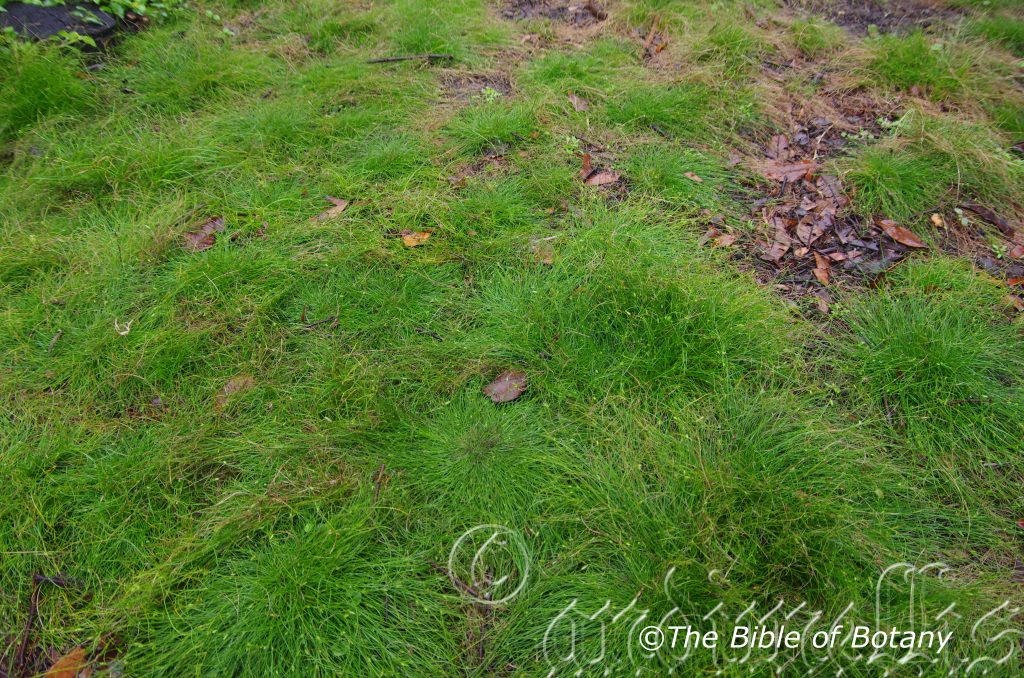
Grafton NSW
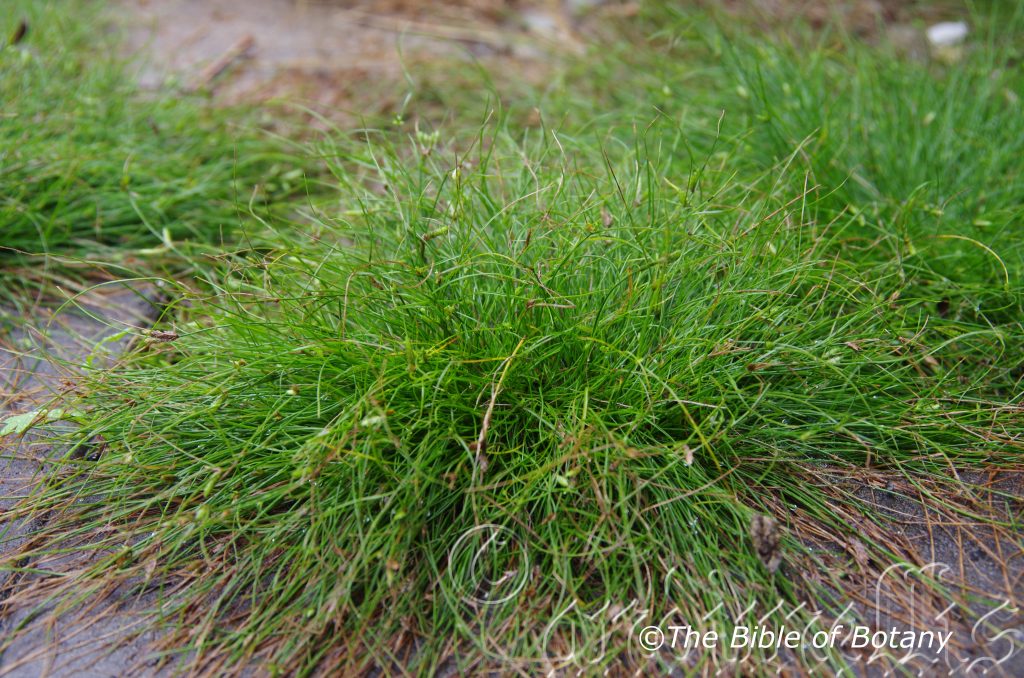
Grafton NSW
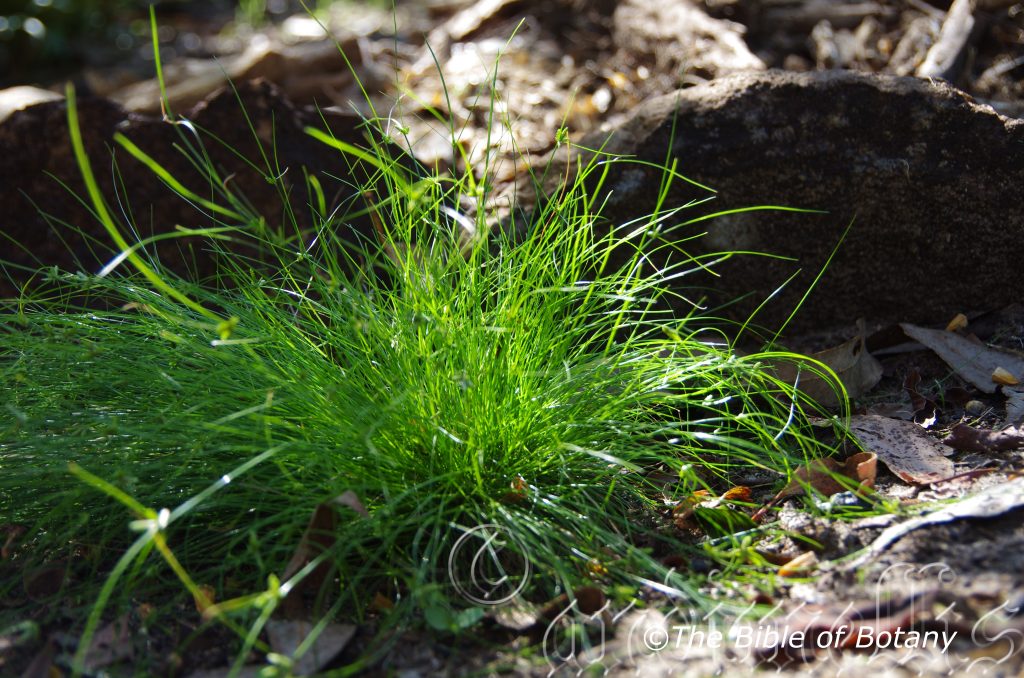
Author’s Garden The Pinnacles NSW
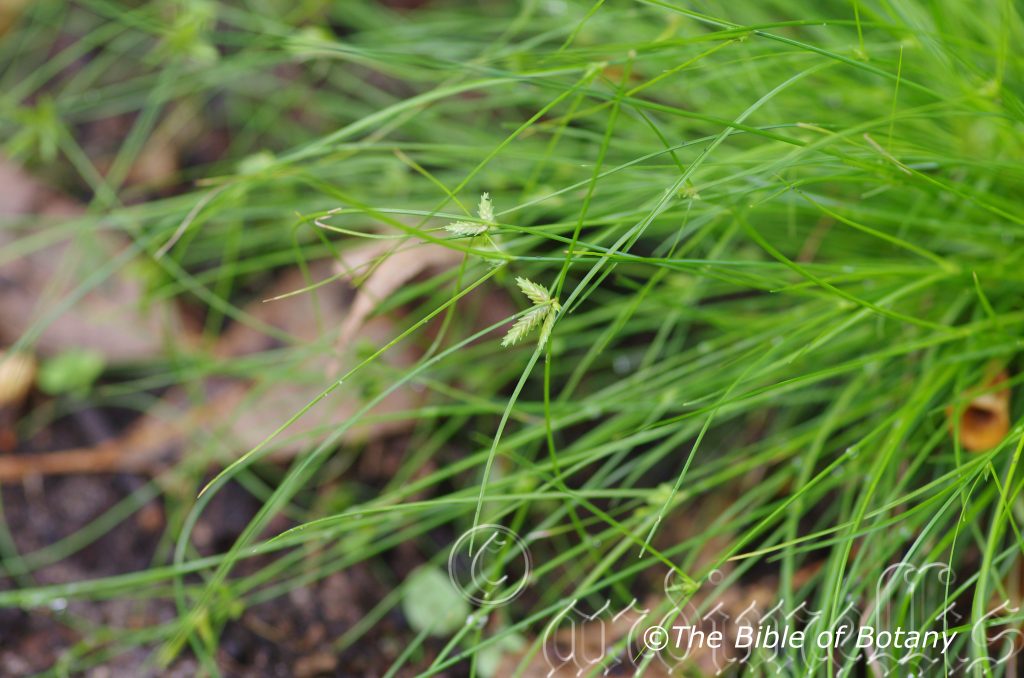
Author’s Garden The Pinnacles NSW
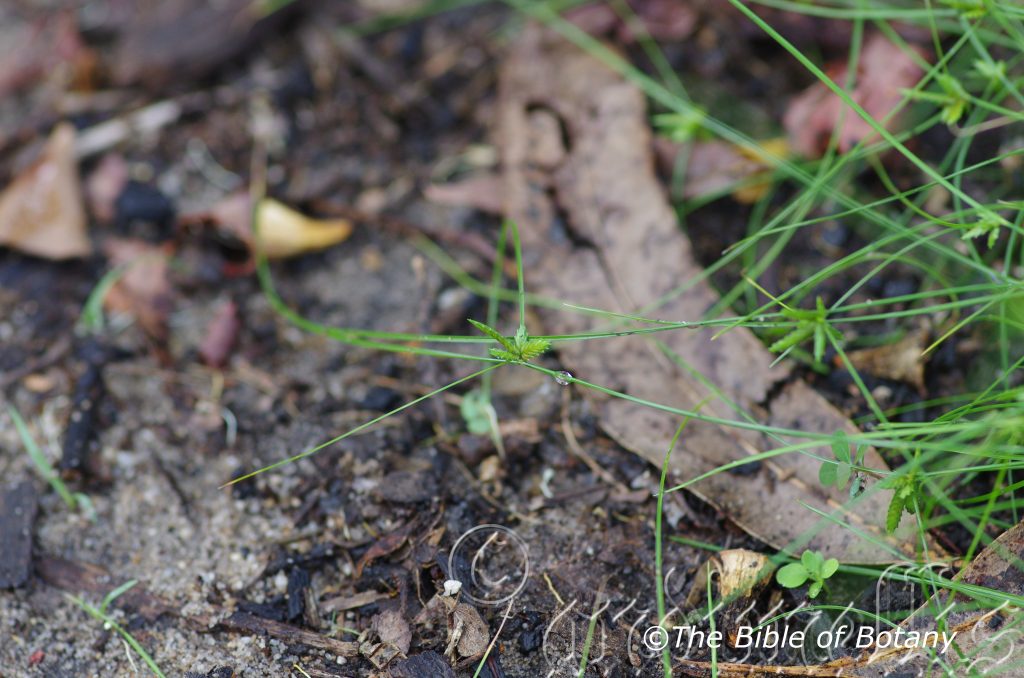
Author’s Garden The Pinnacles NSW
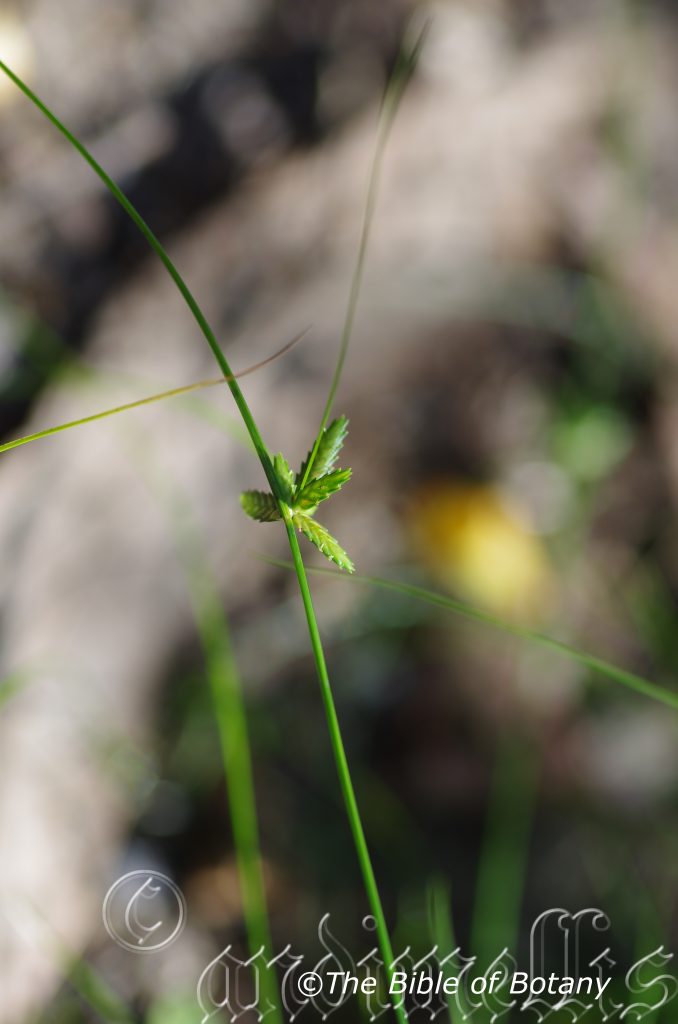
Author’s Garden The Pinnacles NSW
Isolepis cernua
Classification:
Unranked: Monocots
Unranked: Commelinids
Order: Poales
Family: Cyperaceae
Genus: From Isos, which is Ancient Greek for equal and Lepos which is Ancient Greek for a scale. It refers to scales, which are all of equal size and shape.
Specie: From Cernuum, which is Latin for facing downwards. It refers to structures or organs usually the flowers, which face down towards the soil.
Sub specie:
Common Name: Nodding Club Rush.
Distribution:
Isolepis cernua is found in 2 distinct populations with one on the west coast and the other on the east coast. The Western Australian populations are found a line west and south of Shark Bay on the central coast to Norseman and south to Point Malcolm on the Esperance Plains.
The east coast populations are found east and south of a line from the Mary River in Queensland to Jingellic Nature Reserve, Cobram, Avoca River near Avoca, Hindmarsh, in Victoria to Naracoort Plain, Orroroo, Gammon Ranges National Park, to Pillagon Lagoon on lower Eyre Peninsula and on Kangaroo Island in South Australia. Other isolated populations can be found near Injune in Queensland, the Cocopara Nature Reserve, the Grampians in Victoria and Dalhousie Springs and Streaky Bay in South Australia.
It is found and on Flinders Island, King Island and circumnavigating Tasmania and through the center excluding the highlands in the central northeast and south west.
https://avh.ala.org.au/occurrences/search?taxa=Isolepis+cernua#tab_mapView
Habitat Aspect Climate:
Isolepis cernua prefers full sunlight to light dappled shade. It grows in moist conditions in heaths, adjacent to swamps, shallow depressions, open forests, closed forests, adjacent to rainforests, open woodlands and closed woodlands. The altitude ranges from 1 meter ASL to 1300 meters ASL.
The temperatures range from minus 4 degrees in August to 40 degrees in January.
The rainfall ranges from lows of 200mm to 3200mm average per annum.
Soil Requirements:
Isolepis cernua prefers course sands, fine sands, and fine fatty loams to medium clays or medium silts to heavy silts. The soils are usually derived from decomposed sandstones, granites, brown basalts, black basalts, metamorphic rocks or shales. The soil’s pH ranges from 4.5pH to 7pH. It tolerates waterlogged soils but thrive away from continually wet soils. Non saline soils to the lower end of very saline soils are tolerated as are salt laden winds.
Height & Spread:
Wild Plants: 0.05m to 0.2m by 0.1m to 0.4m
Characteristics:
Isolepis cernua is a small, caespitose, tuft, and perennial rush with short rhizomes. The filiform, terete culms are pendulant and measure 20mm to 200mm in length by 0.4mm to 0.8mm diameter. The deep grass-green, glossy culms are glabrous.
The linear leaves of Isolepis cernua measure 10mm to 40mm in length by 0.5mm to 1mm in width. The chartaceous appressed sheaths are grass-green and glabrous while the ligules are acute. The leaf bases taper to the sheaths while the apexes are tapering-acute. The concolourous laminas are deep grass-green and semi glossy. The midrib is prominent on the lower lamina and is not visible from the upper lamina. The margins are entire.
The inflorescences of Isolepis cernua are compact racemes. The racemes measure 10mm to 15mm in length by 5mm to 7mm in diameter at anthesis. The rachises are straight, grass-green and glabrous.
The spikelets are usually singular or at times are 2 to 3 and measure 2mm to 5mm in length. The involucral bract is usually exceeds the spikelet and measures 4mm to 9mm in length.
The obtuse, glabrous glumes are without keels but have 2 to 6 nerves. The dull, straw-yellow, pale orange to pale reddish-brown and measure 1.2mm to 2mm in length.
The 3 filiform stamens have white filaments while the anthers are pale yellow.
The trifid styles are white. The flowers appear from September to February.
The fruits of Isolepis cernua are asymmetrical, trigonous nuts. The obovoidal to broad ellipsoidal nuts measure 0.8mm to 1mm in length by 0.5mm to 0.8mm in width. The minutely reticulate nuts are glossy, yellow-brown to deep grey-brown.
Wildlife:
Isolepis cernua’s leaves are eaten by the Grey Kangaroo (Macropus giganteus), the Pretty Face Wallaby (Macropus parryi) and the Swamp Wallaby (Wallabia bicolor). Occasionally the plants will be totally dug over by Bandicoots.
Cultivation:
Isolepis cernua are unusual flowering grasses for landscaping projects where the soils are of sandy loams to medium clays and are continually moist for most of the year. In cultivation it will grow from 400mm to 500mm in height by 600mm to 900mm in diameter but more often grows less than 120mm in height, when grown in an open situation in light dappled shaded to full sun.
If it is placed around a sunny pool, sunny courtyards or other confined spaces then plant them in small groups of 3 to 5 or more in close proximity for a natural look. Against walls it will maintain the hard lines with a very strong silhouette.
Using rocks and small boulders in a small to medium rockery it will enhance the area by with its very fine bright green foliage. Here it is best if scattered in a loose formation between the rocks. Additional colour can be added with small annuals very small native annuals or perennials. If companion plants are sought then the choice of plants to use is limited by size not colour as the deep glossy grass-green vertical lines offer great contrast that few other plants can offer. Some plants that come instantly to mind would be Helianthus specie for a smaller plant with strong contrasting foliage or Hibbertia linearis, Hibbertia obtusifolia, Lechenaultia formosa, Lechenaultia biloba for something a little different. Others that most people would not normally consider but would be worthwhile trying would be Viola betonicifolia, Ranunculus plebeius or Zanthoxylum brachyacanthum if it is not sitting in the water and do not forget to leave plenty of space between the plants so that they can develop to their full potential.
It is a very interesting subject placed around small ponds and will give the appearance that the ponds are much larger.
Another interesting fact is it looks exceptional when potted in small deep coloured decorative pots to 200mm in diameter. It does not matter whether the pots are short or long they come alive.
Isolepis cernua is not the plant to grow in a heath garden as they will be overpowered and lost amongst the other foliages. Overcrowding will do them an injustice and leave the gardener very disillusioned. Treat the plants as annuals
Propagation:
Seeds: Collecting seeds from mature plants of Isolepis cernua is not difficult but the collector must be vigilant as the capsules will open very quickly and seed dispersal is over in a matter of a couple of days to a week when fully ripe. The fresh seeds can be sown directly into a seed raising mix however better; more even germination is gained if the seeds are stratified for a short period and sown in spring. This can be achieved by placing the seeds in a paper bag in the vegetable crisper for a few weeks prior to sowing. Cover the seeds to a depth of 2mm. Seeds usually germinate rapidly with a strike rate of over 80mm.
When the seedlings are 20mm to 30mm tall, prick them out and plant them into 50mm native tubes using a good quality mix.
Once the seedlings reach 50mm in height they can be repot for well-lit areas indoor use or 100mm to 150mm in height plant them out into their permanent position.
Fertilize using seaweed, fish emulsion or organic chicken pellets soaked in water on an alternate basis. Fertilize every month until the plants are established to maintain health, vitality and better flowering.
Plants can be divided easily once established and replanted immediately in their final position as long as they do not dry out
Further Comments from Readers:
Hi reader, it seems you use The Bible of Botany a lot. That’s great as we have great pleasure in bringing it to you! It’s a little awkward for us to ask, but our first aim is to purchase land approximately 1,600 hectares to link several parcels of N.P. into one at The Pinnacles NSW Australia, but we need your help. We’re not salespeople. We’re amateur botanists who have dedicated over 30 years to saving the environment in a practical way. We depend on donations to reach our goal. If you donate just $5, the price of your coffee this Sunday, We can help to keep the planet alive in a real way and continue to bring you regular updates and features on Australian plants all in one Botanical Bible. Any support is greatly appreciated. Thank you.
In the spirit of reconciliation we acknowledge the Bundjalung, Gumbaynggirr and Yaegl and all aboriginal nations throughout Australia and their connections to land, sea and community. We pay our respect to their Elders past, present and future for the pleasures we have gained.
Isolepis habra
Classification:
Unranked: Monocots
Unranked: Commelinids
Order: Poales
Family: Cyperaceae
Genus: From Isos, which is Ancient Greek for equal and Lepos which is Ancient Greek for a scale. It refers to scales, which are all of equal size and shape.
Specie: From Habros, which is Ancient Greek for delicately beautiful. It refers to grasses, which are more delicate than other species in the genus.
Sub specie:
Common Name:
Distribution:
Isolepis habra is found south from Killarney in south east Queensland to Lorne State Park in southern coastal Victoria. It is also found from Mount Zero to Mount William in the Grampians and further west at MacKenzie falls in Victoria and Burra Gorge in South Australia.
In central western Tasmania it is found in an area bounded by Gormanston the Fourth river Valley and Queenstown, and The Steppes and bounded by Russell Falls, Cascades and the Huon valley in south eastern Tasmania.
https://avh.ala.org.au/occurrences/search?taxa=Isolepis+habra#tab_mapView
Habitat Aspect Climate:
Isolepis habra prefers full sunlight to light dappled shade. It grows in moist conditions in mountainous heaths, adjacent to creeks, streams and rivers, shallow depressions, drainage lines, open forests, closed forests, adjacent to rainforests, open woodlands and closed woodlands and at times coastal heaths. The altitude usually ranges from 30 meters ASL to 883 meters ASL however the site in southern Victoria at Lorne is at 3 meters ASL.
The temperatures range from minus 6 degrees in August to 36 degrees in January.
The rainfall ranges from lows of 650mm to 2000mm average per annum. Many regions also attain additional moisture from orographic precipitation.
Soil Requirements:
Isolepis habra prefers better quality course loams, fine fatty sandy loams to medium clays or medium silts to heavy silts. The soils are usually derived from decomposed granite, brown basalt, black basalt, metamorphic rocks, shale, metashales or alluvial deposits. The soil’s pH ranges from 5pH to 6.5pH. It tolerates waterlogged soils but prefers continual moist soils over standing in water. Non saline soils to the lower end of very saline soils are tolerated as are salt laden winds.
Height & Spread:
Wild Plants: 0.07m to 0.3m by 0.1m to 0.5m
Characteristics:
Isolepis habra is a semi erect tuft perennial rush with short rhizomes. The terete culms measure 70mm to 300mm in length by 0.5mm to 1mm diameter. The slender culms are glabrous and are occasionally proliferate when conditions are favourable.
The leaves of Isolepis habra measure 50mm to 120mm in length by 0.5mm to 1mm in width. The chartaceous appressed sheaths are grass-green and glabrous. The bases of the leaves taper to the sheaths while the apexes are tapering-acute. The concolourous laminas are deep grass-green and semi glossy. The midrib is prominent on the lower lamina and is not visible from the upper lamina. The margins are entire.
The inflorescences of Isolepis habra are compact racemes. The 2 to 3 rarely 1 spikelet to a raceme measures 2mm to 3mm in length by 0.8mm to 1mm in diameter at anthesis. The rachises are straight, grass-green and glabrous. The spikelets’ leaf like, involucral bract is bright pale grass-green and measure 10mm to 16mm in length.
The similar, glabrous glumes apexes are acute to finely mucronate with 3 or 4 nerves. The pale straw-yellow glumes are tinged reddish-brown or are deep reddish-brown and measure 1.2mm to 1.9mm in length.
There are usually 2 or at times 3 stamens in the lower florets and 1 in the upper florets. The pale yellow-brown anthers measure 0.5mm to 0.7mm in length.
The trifid style is white. The flowers appear from September to February.
The fruits of Isolepis habra are symmetrical trigonous nuts with well-defined faces. The ellipsoidal to broad ellipsoidal or ovoidal nuts measure 0.8mm to 1.4mm in length by 0.6mm to 0.8mm in width. The minutely scabrous nuts are glossy, pale reddish-brown.
Confusing Species:
Isolepis subtilissima is wider in diameter, has shorter rhizomes and shorter culms to 100mm in length. It usually has a single spikelet with longer glumes and a more solid nut. The anthers are shorter and measure 0.2mm to 0.5mm in length.
Wildlife:
Isolepis habra’s leaves are eaten by the Pretty Face Wallaby, Macropus parryi and the Swamp Wallaby, Wallabia bicolor.
Cultivation:
Isolepis habra are unusual flowering grasses for landscaping projects where the soils are of sandy loams to medium clays and are continually moist throughout the year. In cultivation it will grow from 100mm to 300mm in height by 300mm to 450mm in diameter when grown in an open situation in light dappled shaded to full sun.
If it is placed around a sunny pool, sunny courtyards or other confined spaces then plant them in small groups of 3 to 5 in close proximity for a natural look against walls to maintain the hard lines and a strong silhouette.
Using rocks and small boulders in a small to medium rockery can be enhanced by the vertical to weeping lines of the foliage and when in flower a spotted texture is created. Here they’re best if scatter planted singularly between very small annuals or perennials. If companion plants are sought then the choice of plants to use is limited by size not colour as the deep glossy grass-green vertical lines offer great contrast that few other plants can offer. Some plants that come instantly to mind would be Helianthus specie for a smaller plant with strong contrasting foliage or Hibbertia linearis, Hibbertia obtusifolia, Lechenaultia formosa, Lechenaultia biloba for something a little different. Others that most people would not normally consider but would be worthwhile trying would be Viola betonicifolia, Ranunculus plebeius or Zanthoxylum brachyacanthum if it is not sitting in the water and do not forget to leave plenty of space between the plants to give an open expansive look.
It makes a very interesting subject, when placed around small ponds and will give the appearance that the ponds are much larger.
Another interesting look is when it is potted in small deep coloured decorative pots to 200mm in diameter. It does not matter whether the pots are short or long they come alive.
Isolepis habra is not the plant to grow in a heath garden as they will be overpowered and lost amongst the other foliages. Overcrowding will do them an injustice and leave the gardener very disillusioned. Treat the plants as annuals
Propagation:
Seeds: Collecting seeds from mature plants of Isolepis habra is not difficult but the collector must be vigilant as the capsules will open very quickly and seed dispersal is over in a matter of a couple of days to a week when fully ripe. The fresh seeds can be sown directly into a seed raising mix however better; more even germination is gained if the seeds are stratified for a short period and sown in spring. This can be achieved by placing the seeds in a paper bag in the vegetable crisper for a few weeks prior to sowing. Cover the seeds to a depth of 2mm. Seeds usually germinate rapidly with a strike rate of over 80mm.
When the seedlings are 20mm to 30mm tall, prick them out and plant them into 50mm native tubes using a good quality mix.
Once the seedlings reach 50mm in height they can be repot for well-lit areas indoor use or 100mm to 150mm in height plant them out into their permanent position.
Fertilize using seaweed, fish emulsion or organic chicken pellets soaked in water on an alternate basis. Fertilize every month until the plants are established to maintain health, vitality and better flowering.
Further Comments from Readers:
Hi reader, it seems you use The Bible of Botany a lot. That’s great as we have great pleasure in bringing it to you! It’s a little awkward for us to ask, but our first aim is to purchase land approximately 1,600 hectares to link several parcels of N.P. into one at The Pinnacles NSW Australia, but we need your help. We’re not salespeople. We’re amateur botanists who have dedicated over 30 years to saving the environment in a practical way. We depend on donations to reach our goal. If you donate just $5, the price of your coffee this Sunday, We can help to keep the planet alive in a real way and continue to bring you regular updates and features on Australian plants all in one Botanical Bible. Any support is greatly appreciated. Thank you.
In the spirit of reconciliation we acknowledge the Bundjalung, Gumbaynggirr and Yaegl and all aboriginal nations throughout Australia and their connections to land, sea and community. We pay our respect to their Elders past, present and future for the pleasures we have gained.
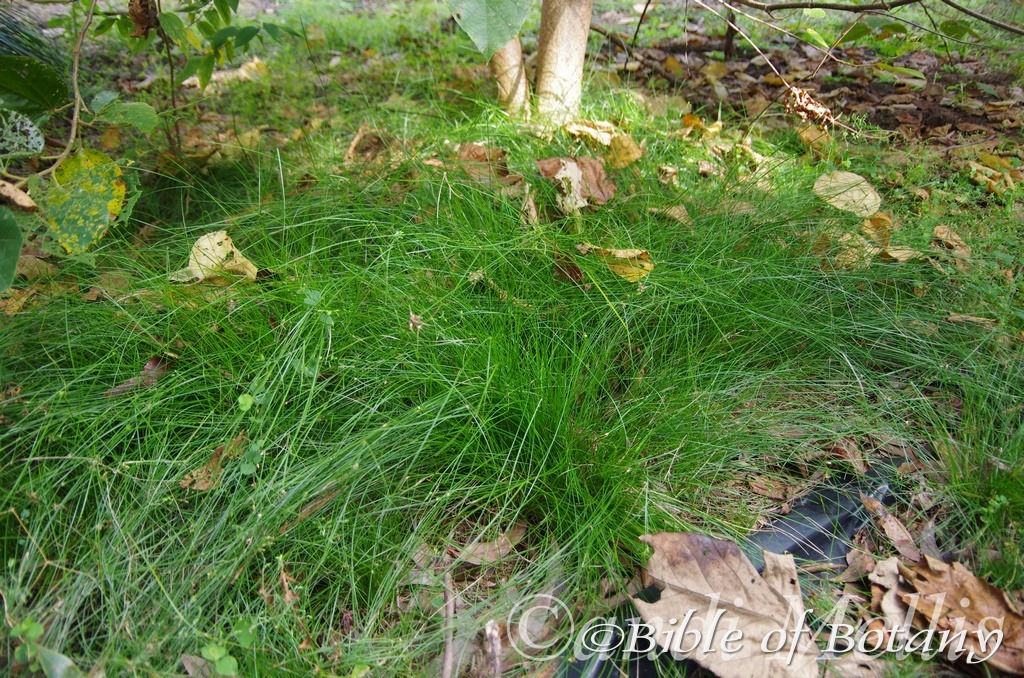
Author’s Garden The Pinnacles NSW
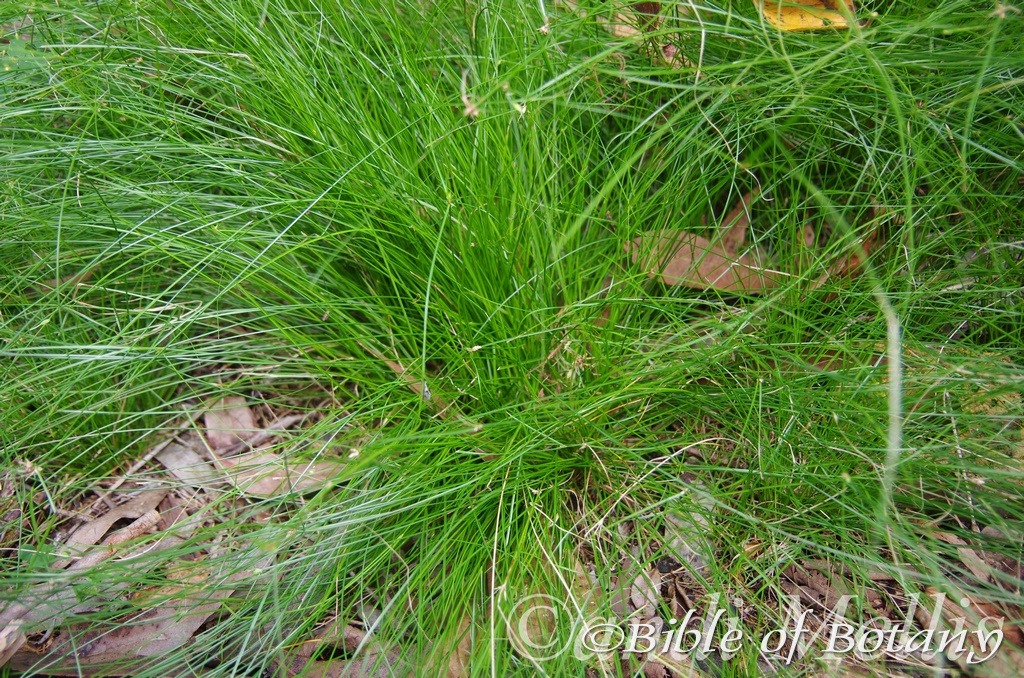
Author’s Garden The Pinnacles NSW
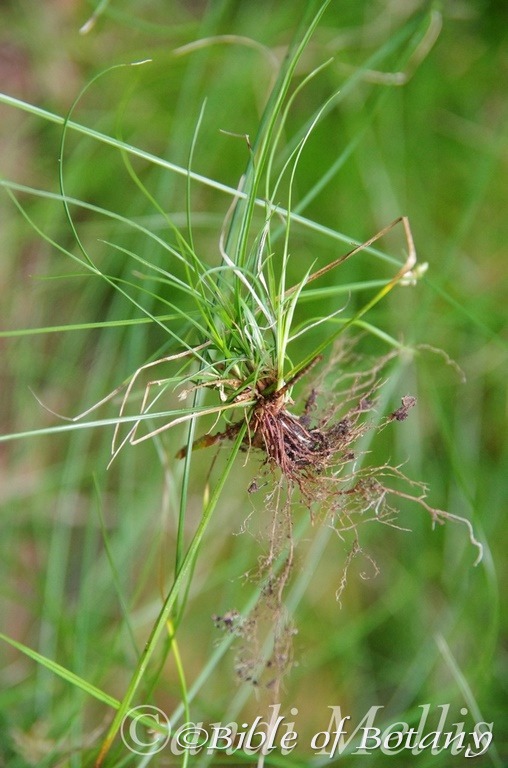
Author’s Garden The Pinnacles NSW
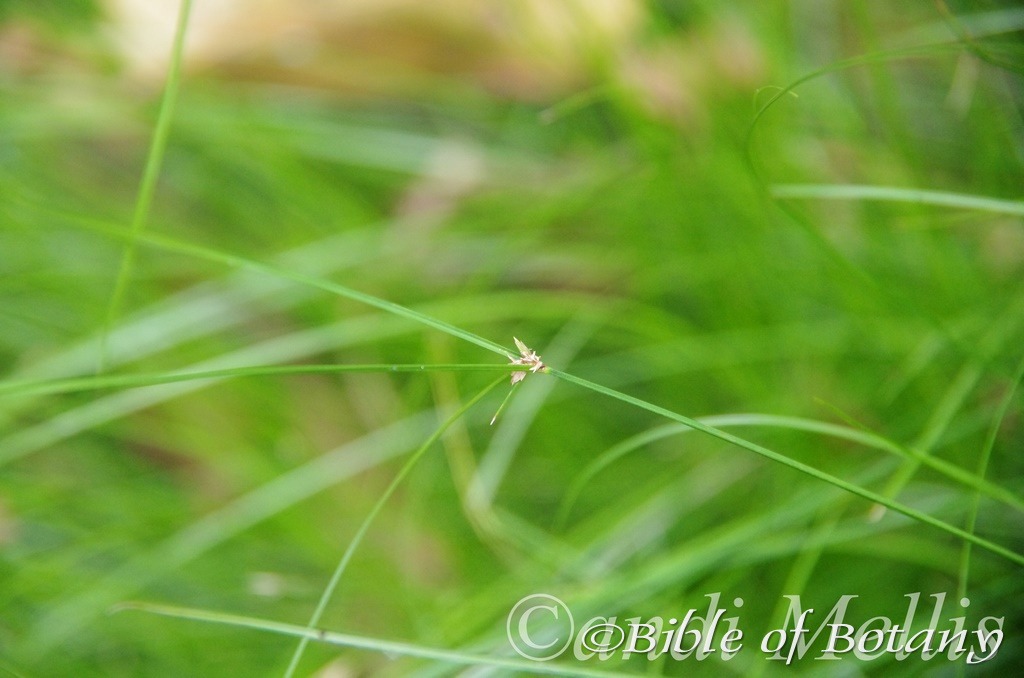
Author’s Garden The Pinnacles NSW
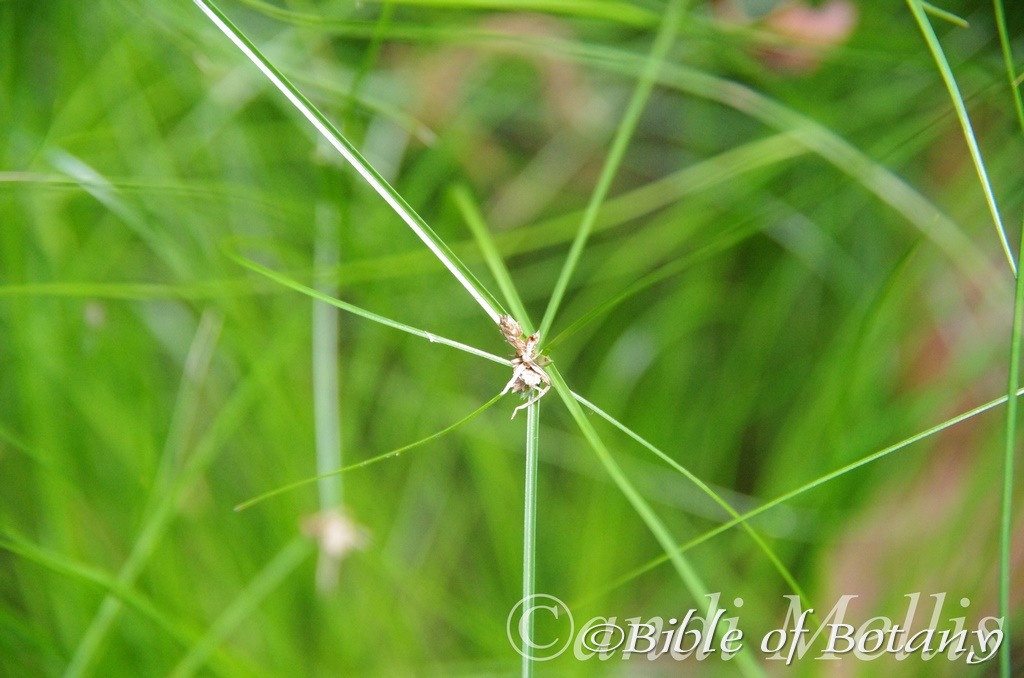
Author’s Garden The Pinnacles NSW
Isolepis inundata
Classification:
Unranked: Monocots
Unranked: Commelinids
Order: Poales
Family: Cyperaceae
Genus: From Isos, which is Ancient Greek for equal and Lepos which is Ancient Greek for a scale. It refers to scales, which are all of equal size and shape.
Specie: From Undātum, which is for to cover in water. It refers to plants, that grow on flood plains or ephemeral situations and are frequently covered in water.
Sub specie:
Common Name:
Distribution:
Isolepis inundata is found in 2 distinct populations with one on the west coast and the other on the east coast. The Western Australian populations are found from Walpole-Nornalup National Park in the west to Manypeaks in the east on the south west coast with an isolated population near Malcolm to the north west.
The east coast populations are found east and south of a line from the Mareeba in to Elliotte Swamp in several disjunct populations in Queensland then continuously to Whipstick Park in Victoria and south of a line to Port Augusta in South Australia where it is also located on the lower Eyre Peninsula and on Kangaroo Island.
In Bass Strait it is found on King Island and the Flinders Island group and the entire Tasmanian mainland.
https://avh.ala.org.au/occurrences/search?taxa=Isolepis+inundata#tab_mapView
Habitat Aspect Climate:
Isolepis inundata prefers full sunlight to light dappled shade. It grows in moist conditions in heaths, adjacent to swamps, shallow depressions, open forests, closed forests, adjacent to rainforests, open woodlands and closed woodlands. The altitude ranges from 1 meter ASL to 1400 meters ASL.
The temperatures range from minus 6 degrees in August to 40 degrees in January.
The rainfall ranges from lows of 350mm to 3000mm average per annum. Many regions also attain additional moisture from orographic precipitation.
Soil Requirements:
Isolepis inundata prefers course sands, fine sands, and fine fatty sandy loams to medium clays or heavy silts. The soils are usually derived from decomposed sandstones, granites, brown basalt, black basalt, metamorphic rocks, shale, metashales or alluvial silts. The soil’s pH ranges from 4.5pH to 7pH. It tolerates waterlogged soils. Non saline soils to the lower end of very saline soils are tolerated as are salt laden winds.
Height & Spread:
Wild Plants: 0.05m to 0.5m by 0.1m to 0.8m
Characteristics:
Isolepis inundata is a semi erect tuft perennial grass with short rhizomes. The cascading, terete culms measure 50mm to 500mm in length by 0.5mm to 1mm diameter. The slender culms are glabrous and are often proliferate when conditions are favourable.
The leaves of Isolepis inundata measure 30mm to 60mm in length by 0.5mm to 1mm in width. The chartaceous appressed sheaths are grass-green and glabrous while the ligules are acute. The leaf bases taper to the sheaths while the apexes are tapering-acute. The concolourous laminas are deep grass-green and semi glossy. The midrib is prominent on the lower lamina and is not visible from the upper lamina. The margins are entire.
The inflorescences of Isolepis inundata are compact racemes. The 3 to 15 spikelets to a raceme measure 2mm to 6mm in length by 5mm to 7mm in diameter at anthesis. The rachises are straight, grass-green and glabrous. The spikelets’ leaf like, involucral bract is bright pale grass-green and measure 10mm to 15mm in length.
The glabrous glumes apexes are obtuse to obtuse-acute with 2 to 5 irregular nerves. The pale straw-yellow glumes often have deep reddish-brown markings along the edges and measure 1.4mm to 3mm in length.
The lower glabrous lemmas are male and have 7 nerves. The lower lemmas measure 2mm to 2.5mm in length.
The upper fertile lemmas are female or bisexual on a 0.4mm long stipe. The upper lemmas are without keels and have 5 to 7 nerves and measure 1.75mm to 2.25mm in length and are covered in fawn hirtellus hairs on the apical half to third.
There are usually 1 or at times 2 filiform filaments with pale yellow anthers.
The usually trifid or rarely bi fid style is white. The flowers appear from September to February.
The fruits of Isolepis inundata are usually asymmetrical, trigonous nuts with the third side not well defined or rarely biconvex nuts. The broad ovoidal to obovoidal or broad ellipsoidal nuts measure 0.7mm to 1mm in length by 0.6mm to 0.8mm in width. The minutely reticulate to verrucose nuts are glossy, pale yellow-fawn to pale reddish-brown.
Wildlife:
Isolepis inundata’s leaves are eaten by the Pretty Face Wallaby, Macropus parryi and the Swamp Wallaby, Wallabia bicolor.
Cultivation:
Isolepis inundata are unusual flowering grasses for landscaping projects where the soils are of sandy loams to medium clays and are continually moist throughout the year. In cultivation it will grow from 250mm to 500mm in height by 500mm to 700mm in diameter when grown in an open situation in light dappled shaded to full sun.
If it is placed around a sunny pool, sunny courtyards or other confined spaces then plant them in small groups of 3 to 5 in close proximity for a natural look against walls to maintain the hard lines and a strong silhouette.
Using rocks and small boulders in a small to medium rockery can be enhanced by the vertical to weeping lines of the foliage and when in flower a spotted texture is created. Here they’re best if scatter planted singularly between very small annuals or perennials. If companion plants are sought then the choice of plants to use is limited by size not colour as the deep glossy grass-green vertical lines offer great contrast that few other plants can offer. Some plants that come instantly to mind would be Helianthus specie for a smaller plant with strong contrasting foliage or Hibbertia linearis, Hibbertia obtusifolia, Lechenaultia formosa, Lechenaultia biloba for something a little different. Others that most people would not normally consider but would be worthwhile trying would be Viola betonicifolia, Ranunculus plebeius or Zanthoxylum brachyacanthum if it is not sitting in the water and do not forget to leave plenty of space between the plants to give an open expansive look.
It is a very interesting subject placed around small ponds and will give the appearance that the ponds are much larger.
Another interesting fact is it looks exceptional when potted in small deep coloured decorative pots to 200mm in diameter. It does not matter whether the pots are short or long they come alive.
Isolepis inundata is not the plant to grow in a heath garden as they will be overpowered and lost amongst the other foliages. Overcrowding will do them an injustice and leave the gardener very disillusioned. Treat the plants as annuals
Propagation:
Seeds: Collecting seeds from mature plants of Isolepis inundata is not difficult but the collector must be vigilant as the capsules will open very quickly and seed dispersal is over in a matter of a couple of days to a week when fully ripe. The fresh seeds can be sown directly into a seed raising mix however better; more even germination is gained if the seeds are stratified for a short period and sown in spring. This can be achieved by placing the seeds in a paper bag in the vegetable crisper for a few weeks prior to sowing. Cover the seeds to a depth of 2mm. Seeds usually germinate rapidly with a strike rate of over 80mm.
When the seedlings are 20mm to 30mm tall, prick them out and plant them into 50mm native tubes using a good quality mix.
Once the seedlings reach 50mm in height they can be repot for well-lit areas indoor use or 100mm to 150mm in height plant them out into their permanent position.
Fertilize using seaweed, fish emulsion or organic chicken pellets soaked in water on an alternate basis. Fertilize every month until the plants are established to maintain health, vitality and better flowering.
Further Comments from Readers:
Hi reader, it seems you use The Bible of Botany a lot. That’s great as we have great pleasure in bringing it to you! It’s a little awkward for us to ask, but our first aim is to purchase land approximately 1,600 hectares to link several parcels of N.P. into one at The Pinnacles NSW Australia, but we need your help. We’re not salespeople. We’re amateur botanists who have dedicated over 30 years to saving the environment in a practical way. We depend on donations to reach our goal. If you donate just $5, the price of your coffee this Sunday, We can help to keep the planet alive in a real way and continue to bring you regular updates and features on Australian plants all in one Botanical Bible. Any support is greatly appreciated. Thank you.
In the spirit of reconciliation we acknowledge the Bundjalung, Gumbaynggirr and Yaegl and all aboriginal nations throughout Australia and their connections to land, sea and community. We pay our respect to their Elders past, present and future for the pleasures we have gained.
Isolepis subtilissima
Classification:
Unranked: Monocots
Unranked: Commelinids
Order: Poales
Family: Cyperaceae
Genus: From Isos, which is Ancient Greek for equal and Lepos which is Ancient Greek for a scale. It refers to scales, which are all of equal size and shape.
Specie: From Habros, which is Ancient Greek for delicately beautiful. It refers to grasses, which are more delicate than other species in the genus.
Sub specie:
Common Name:
Distribution:
Isolepis subtilissima is found south from Warwick in far south eastern Queensland to Nepean Park on Mornington Peninsula in southern Victoria. It is found further west from Yowang Hill Geological Reserve in central Victoria to the Naracoorte Coastal Plains in far south eastern South Australia. It is mainly found on the Western Slopes, on and east of the Great Dividing Range but not to the coast.
It is also found and on Flinders Island, King Island and most of mainland Tasmania except for the north eastern highlands.
https://avh.ala.org.au/occurrences/search?taxa=Isolepis+subtilissima#tab_mapView
Habitat Aspect Climate:
Isolepis subtilissima prefers full sunlight to light dappled shade. It grows in dry eucalypt forests, moist Eucalyptus forests, drier coastal heaths, vine forests and adjacent to most rainforests. It is found in depressions and along drainage lines on steeper slopes and ridges in higher rainfall areas and on plains riparian zones in lower rainfall areas. The altitude ranges from 60 meters ASL to 850 meters ASL.
The temperatures range from minus 4 degrees in August to 42 degrees in January.
The rainfall ranges from lows of 450mm to 3000mm average per annum. Lower rainfall areas often have orographic precipitation.
Soil Requirements:
Isolepis subtilissima prefer course sands, fine fatty sandy loams to medium clays or heavy silty alluvial. The soils are usually derived from decomposed granite or at times metamorphic rocks and metashales. The soil’s pH ranges from 5pH to 6pH. It tolerates waterlogged soils but thrives away from continually submerged soils. Non saline soils to the lower end of very saline soils are tolerated as are salt laden winds.
Height & Spread:
Wild Plants: 0.06m to 0.1m by 0.05m to 0.08m when in flower.
Characteristics:
Isolepis subtilissima is a sprawling tuft annual or perennial grass with short filiform rhizomes. The erect, terete culms measure 500mm to 1000mm in length by 1mm to 1.5mm diameter. The slender culms are glabrous.
The leaves of Isolepis subtilissima measure 50mm to 90mm in length by 0.5mm to 1mm in width. The chartaceous appressed sheaths are green and glabrous. The bases of the leaves are clasping while the apexes are tapering-acute. The oblong ligule has a broad acute apex and measures 3mm to 5mm in length. The concolourous laminas are deep grass-green aging to yellow-brown and semi glossy. The midrib is prominent on the lower lamina and is not visible from the upper lamina as are the 2 parallel veins. The margins are entire.
The inflorescences of Isolepis subtilissima are compact racemes. The single or rarely 2 or 3 spikelets to a raceme measure 2mm to 5mm in length by 0.8mm to 1mm in diameter at anthesis. The rachises are straight, grass-green and glabrous. The spikelets’ leaf like, involucral bract is bright pale grass-green and measure 12mm to 20mm in length.
The similar, glabrous glumes apexes are obtuse with 3 or 4 faint nerves. The pale straw-yellow glumes are tinged reddish-brown or are deep reddish-brown and measure 0.9mm to 1.5mm in length.
The glabrous glumes with 7 to 9 nerves. The glumes measure 2mm to 2.5mm in length.
The rachilla is disarticulating above glumes and eventually above the lower florets. The upper joint remaining attached as a short stipe for the base of the upper floret.
The lower glabrous lemmas are male and have 7 nerves. The lower lemmas measure 2mm to 2.5mm in length.
The upper fertile lemmas are female or bisexual on a 0.4mm long stipe. The upper lemmas are without keels but have 5 to 7 nerves and measure 1.75mm to 2.25mm in length and are covered in fawn hirtellous hairs on the apical half to third.
The single filiform or rarely 2 or 3 stamens have white filaments while the anthers are pale yellow. The anthers measure 0.2mm to 0.5mm in length.
The trifid style is white. The flowers appear from September to February.
The fruits of Isolepis subtilissima are asymmetrical trigonous nuts with well-defined faces. The ovoidal to broad ellipsoidal nuts measure 0.7mm to 1.1mm in length by 0.5mm to 0.7mm in width. The minutely scabrous nuts are glossy, pale reddish-brown.
Confusing Species:
Isolepis subtilissima is thicker, has shorter rhizomes and longer culms to 500mm in length. It usually has a single spikelet or rarely 2 or 3 spikelets with longer glumes that measure 0.9mm to 1.5mm in length. The anthers are shorter and measure 0.2mm to 0.5mm in length.
Isolepis habra is more slender, has longer rhizomes and longer culms to 300mm in length. It usually has 2 or 3 spikelets with shorter glumes and a more slender nut. The anthers are longer and measure 0.5mm to 0.7mm in length.
Wildlife:
Isolepis subtilissima juvenile and young leaves are eaten by the Pretty Face Wallaby, Macropus parryi and the Swamp Wallaby, Wallabia bicolor.
Cultivation:
Isolepis subtilissima are unusual flowering grasses for landscaping projects where the soils are of sandy loams to medium clays and are continually moist throughout the year. In cultivation it will grow from 90mm to 120mm in height by 120mm to 180mm in diameter when grown in an open situation in light dappled shaded to full sun.
If it is placed around a sunny pool, sunny courtyards or other confined spaces then plant them in small groups of 3 to 5 in close proximity for a natural look against walls to maintain the hard lines and a strong silhouette.
Using rocks and small boulders in a small to medium rockery can be enhanced by the vertical to weeping lines of the foliage and when in flower a spotted texture is created. Here they’re best if scatter planted singularly between very small annuals or perennials. If companion plants are sought then the choice of plants to use is limited by size not colour as the deep glossy grass-green vertical lines offer great contrast that few other plants can offer. Some plants that come instantly to mind would be Helianthus specie for a smaller plant with strong contrasting foliage or Hibbertia linearis, Hibbertia obtusifolia, Lechenaultia formosa, Lechenaultia biloba for something a little different. Others that most people would not normally consider but would be worthwhile trying would be Viola betonicifolia, Ranunculus plebeius or Zanthoxylum brachyacanthum if it is not sitting in the water and do not forget to leave plenty of space between the plants to give an open expansive look.
It makes a very interesting subject, when placed around small ponds and will give the appearance that the ponds are much larger.
Another interesting look is when it is potted in small deep coloured decorative pots to 150mm in diameter. It does not matter whether the pots are short or long they come alive.
Isolepis subtilissima is not the plant to grow in a heath garden as they will be overpowered and lost amongst the other foliages. Overcrowding will do them an injustice and leave the gardener very disillusioned. Treat the plants as annuals
Propagation:
Seeds: Collecting seeds from mature plants of Isolepis subtilissima is
not difficult but the collector must be vigilant as the capsules will open very quickly and seed dispersal is over in a matter of a couple of days to a week when fully ripe. The fresh seeds can be sown directly into a seed raising mix however better; more even germination is gained if the seeds are stratified for a short period and sown in spring. This can be achieved by placing the seeds in a paper bag in the vegetable crisper for a few weeks prior to sowing. Cover the seeds to a depth of 2mm. Seeds usually germinate rapidly with a strike rate of over 80mm.
When the seedlings are 20mm to 30mm tall, prick them out and plant them into 50mm native tubes using a good quality mix.
Once the seedlings reach 50mm in height they can be repot for better lit areas indoor use or 100mm to 150mm in height plant them out into their permanent position.
Fertilize using seaweed, fish emulsion or organic chicken pellets soaked in water on an alternate basis. Fertilize every month until the plants are established to maintain health, vitality and better flowering.
Further Comments from Readers:
Hi reader, it seems you use The Bible of Botany a lot. That’s great as we have great pleasure in bringing it to you! It’s a little awkward for us to ask, but our first aim is to purchase land approximately 1,600 hectares to link several parcels of N.P. into one at The Pinnacles NSW Australia, but we need your help. We’re not salespeople. We’re amateur botanists who have dedicated over 30 years to saving the environment in a practical way. We depend on donations to reach our goal. If you donate just $5, the price of your coffee this Sunday, We can help to keep the planet alive in a real way and continue to bring you regular updates and features on Australian plants all in one Botanical Bible. Any support is greatly appreciated. Thank you.
In the spirit of reconciliation we acknowledge the Bundjalung, Gumbaynggirr and Yaegl and all aboriginal nations throughout Australia and their connections to land, sea and community. We pay our respect to their Elders past, present and future for the pleasures we have gained.
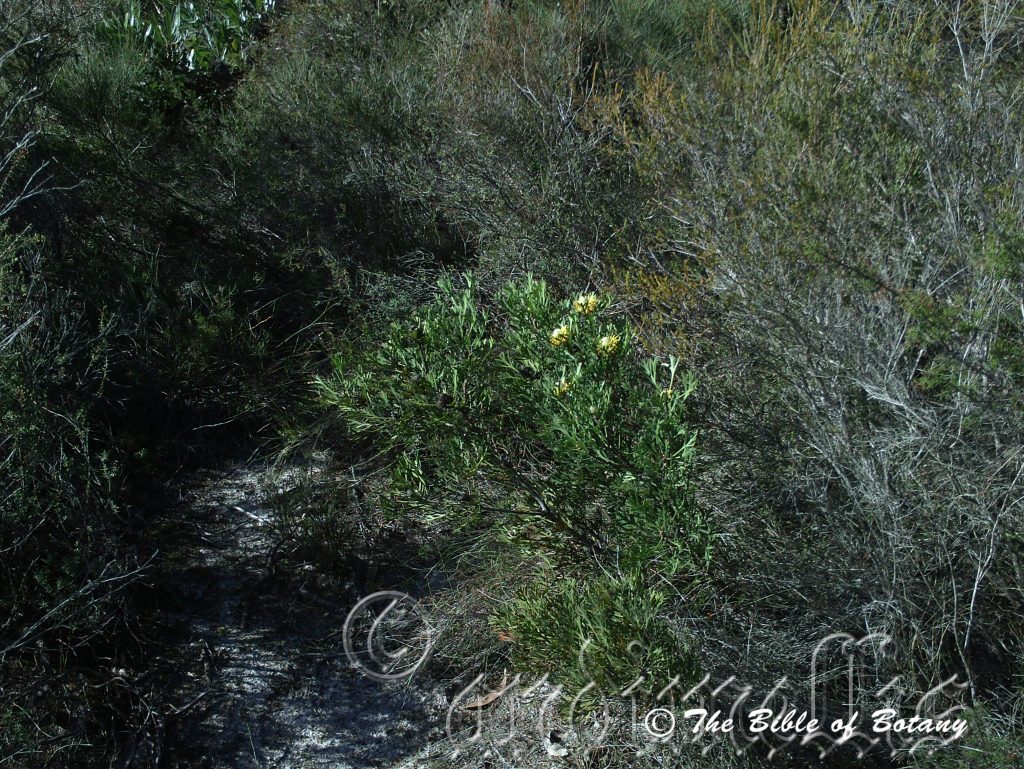
Lake Cathie NSW
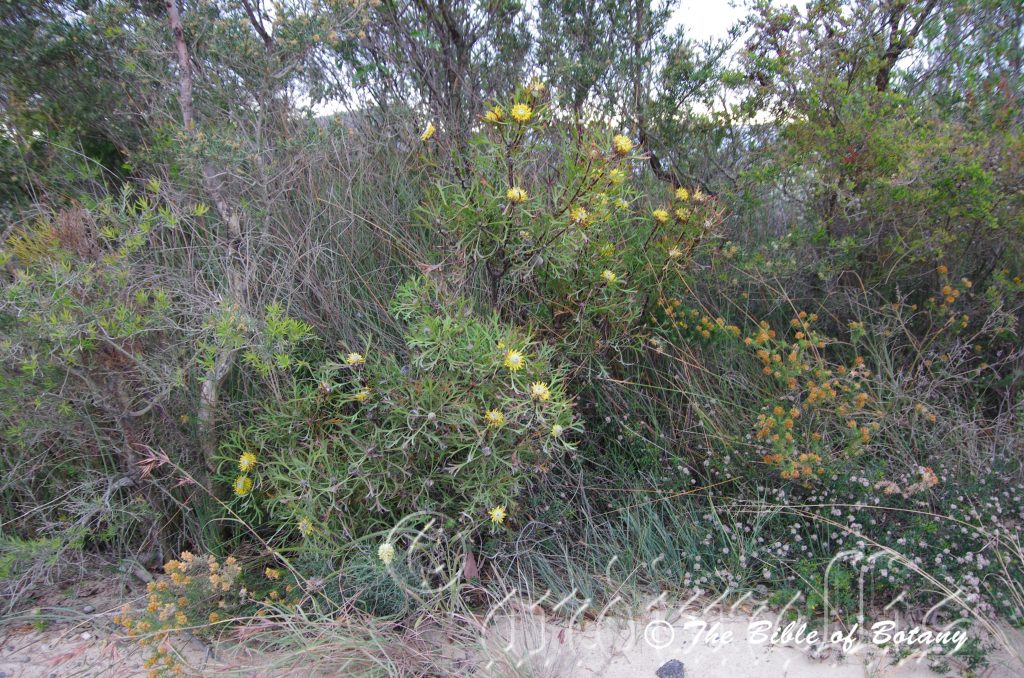
Innes National Park NSW
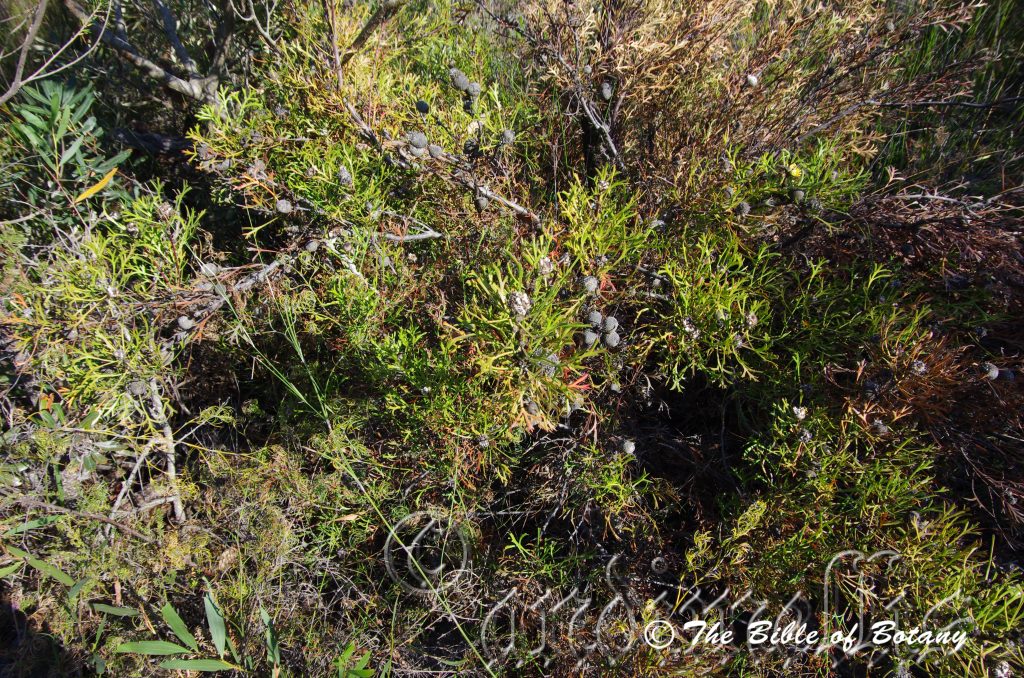
Diamond Beach to Kylie’s Beach Nature Reserve NSW
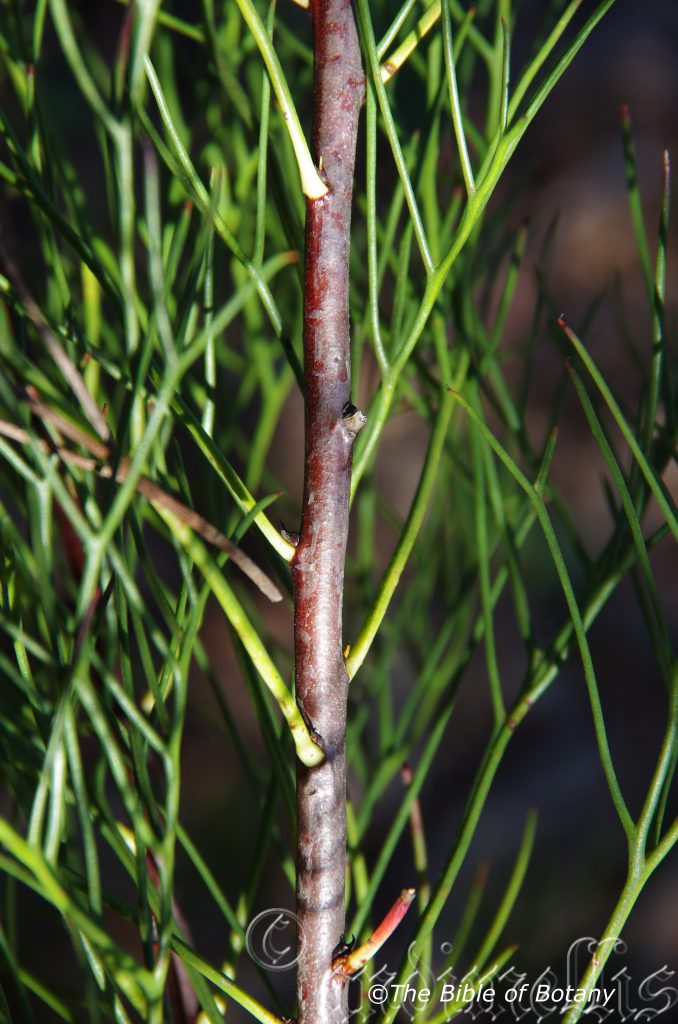
Diamond Beach to Kylie’s Beach Nature Reserve NSW
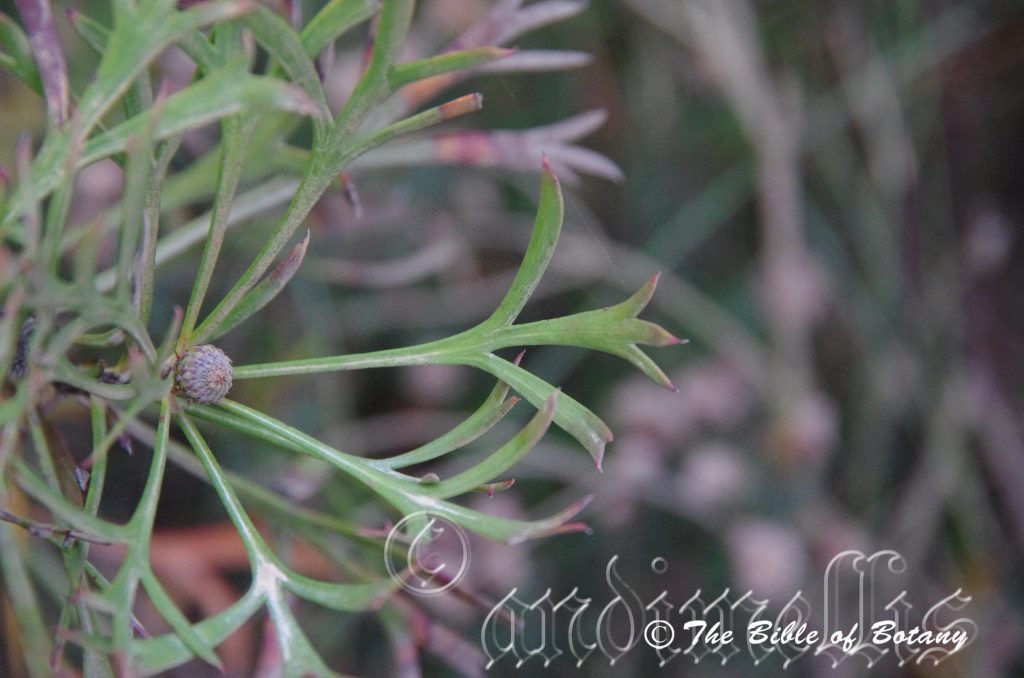
Innes National Park NSW
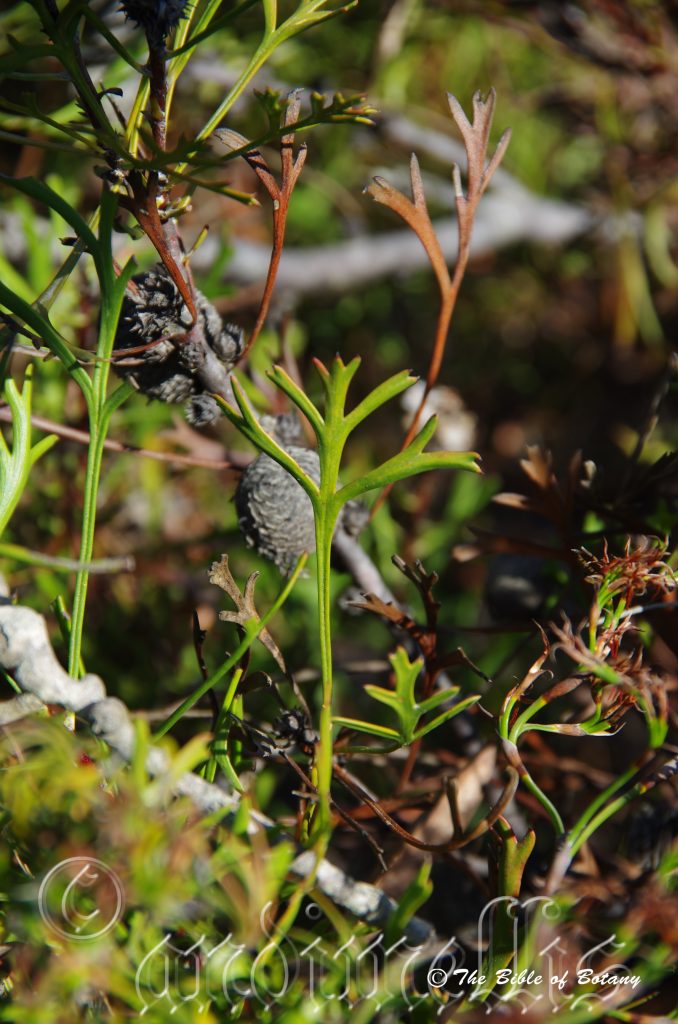
Diamond Beach to Kylie’s Beach Nature Reserve NSW
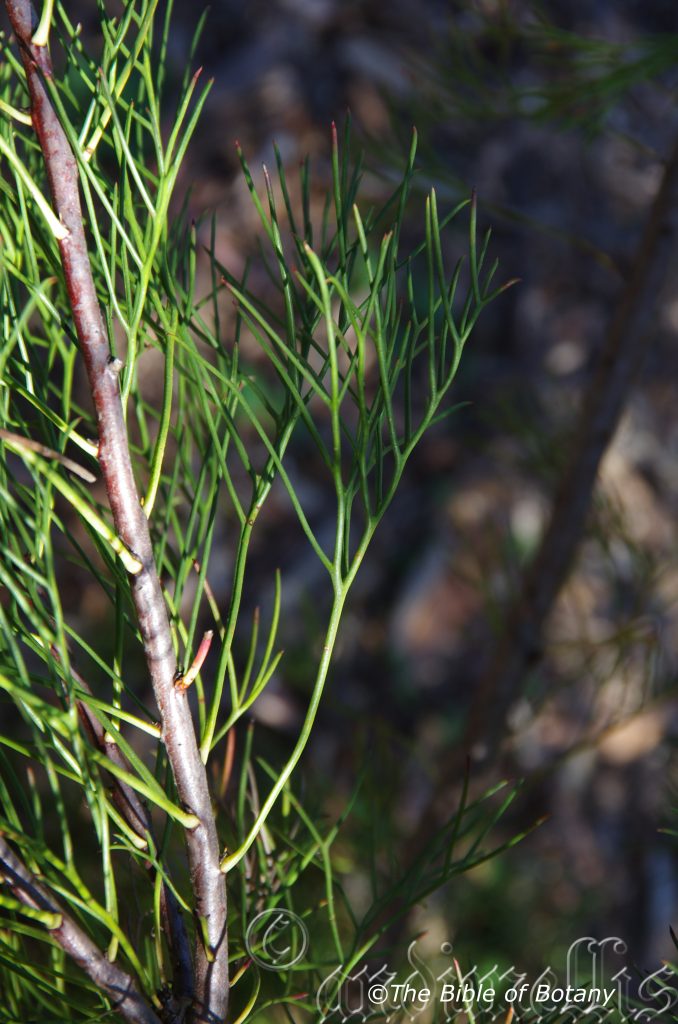
Diamond Beach to Kylie’s Beach Nature Reserve NSW

Diamond Beach to Kylie’s Beach Nature Reserve NSW
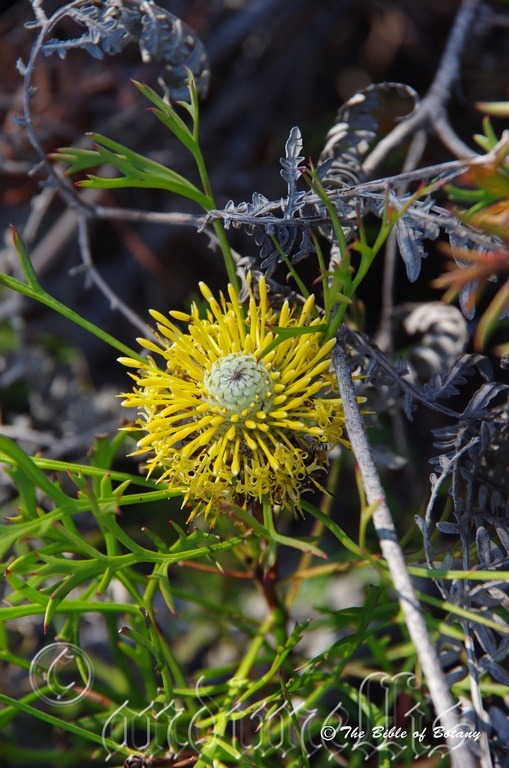
Diamond Beach to Kylie’s Beach Nature Reserve NSW
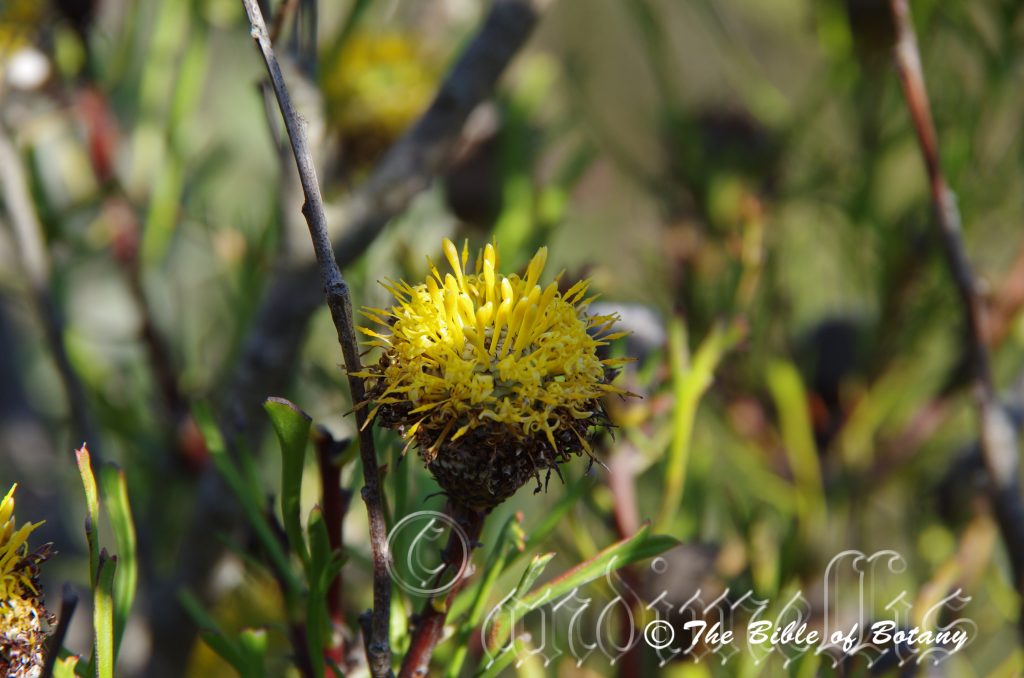
Diamond Beach to Kylie’s Beach Nature Reserve NSW
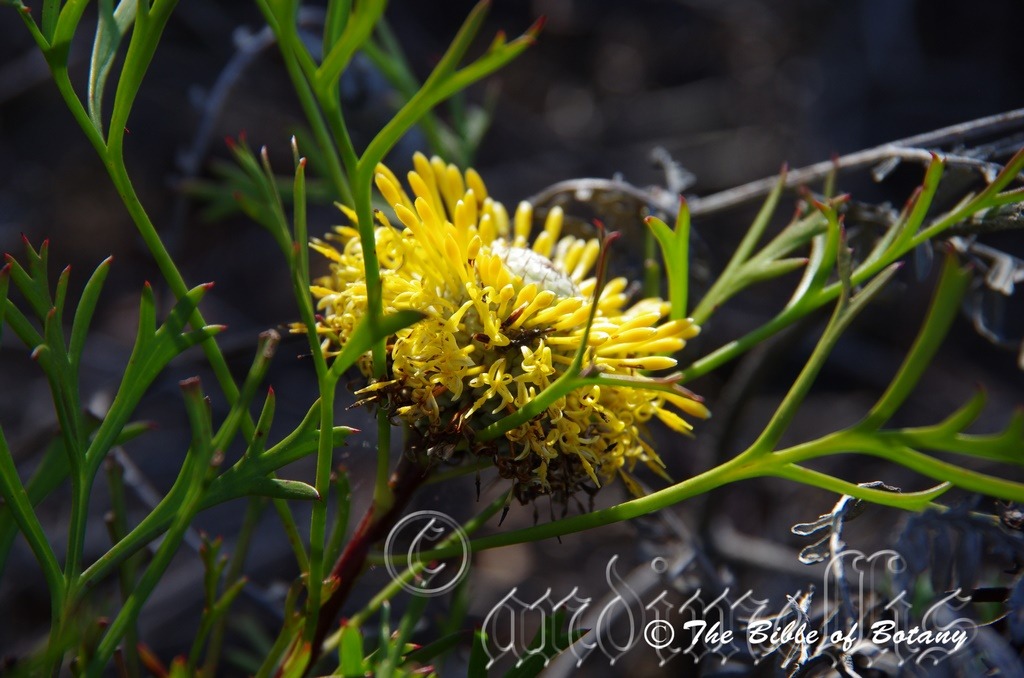
Diamond Beach to Kylie’s Beach Nature Reserve NSW
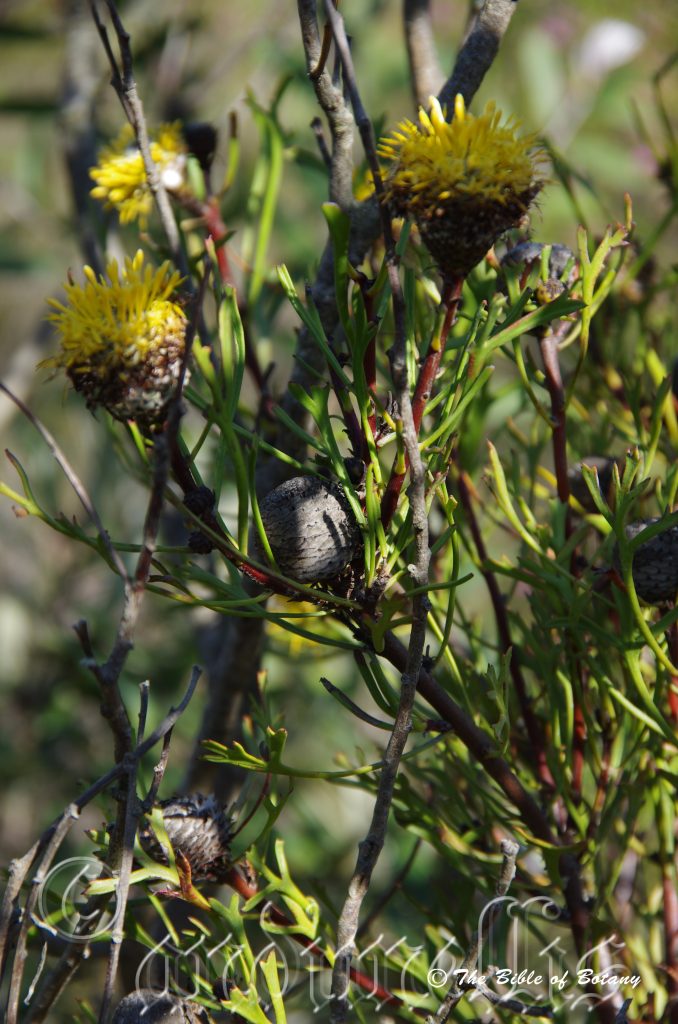
Diamond Beach to Kylie’s Beach Nature Reserve NSW
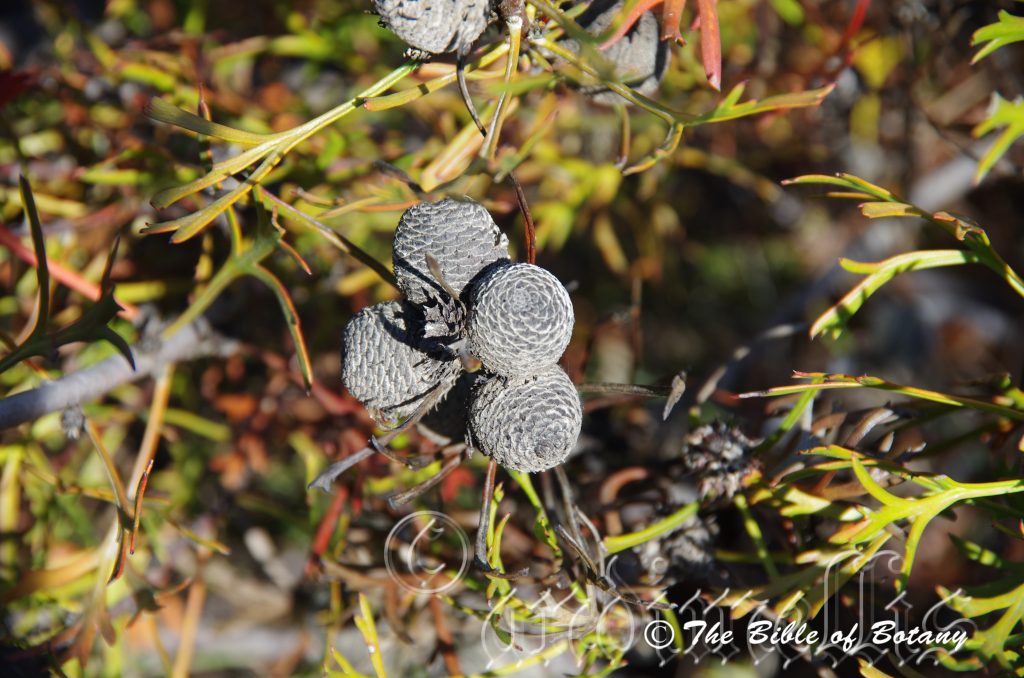
Diamond Beach to Kylie’s Beach Nature Reserve NSW
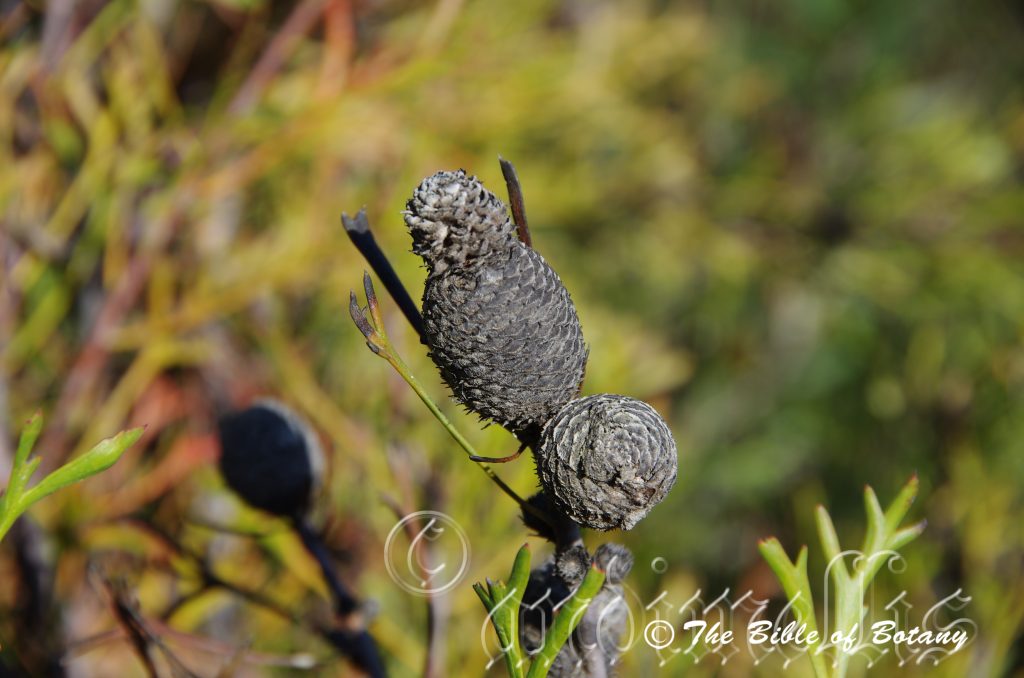
Diamond Beach to Kylie’s Beach Nature Reserve NSW
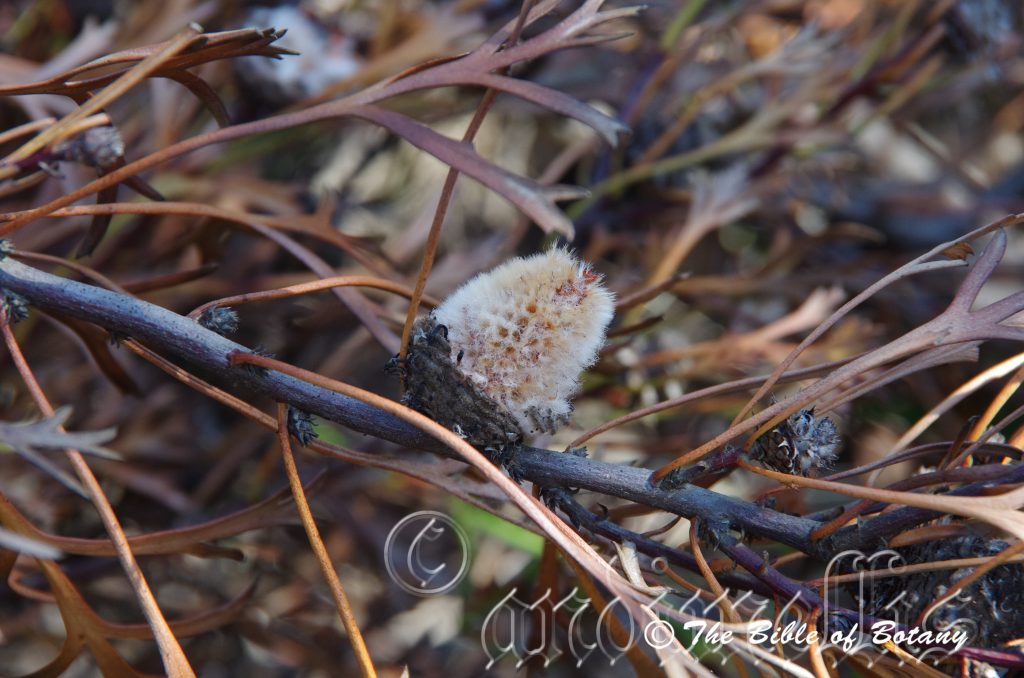
Diamond Beach to Kylie’s Beach Nature Reserve NSW
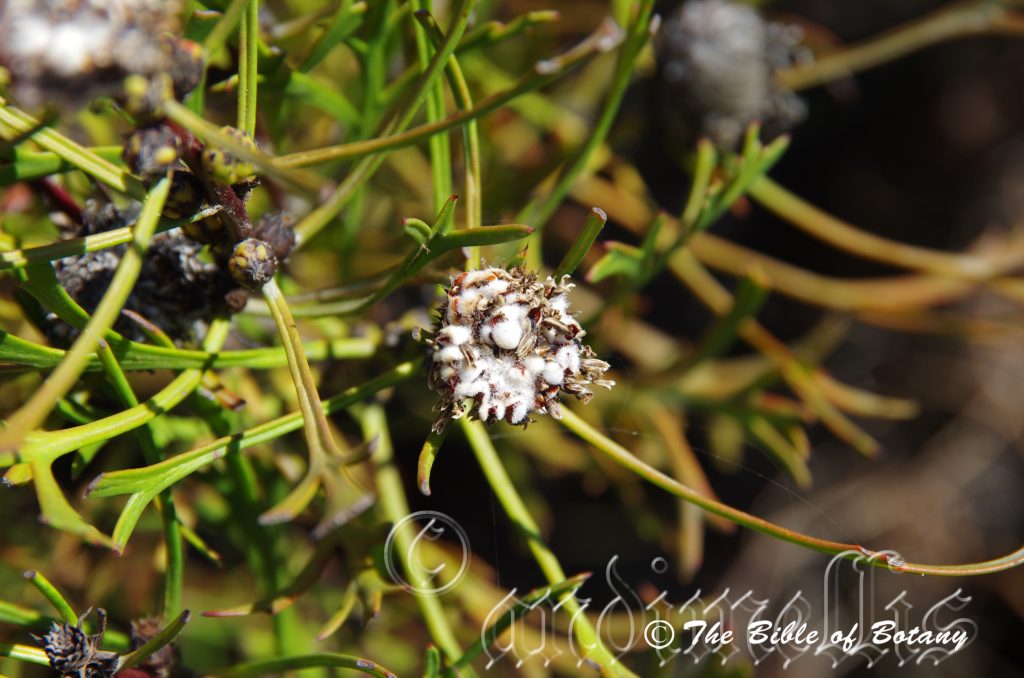
Diamond Beach to Kylie’s Beach Nature Reserve NSW
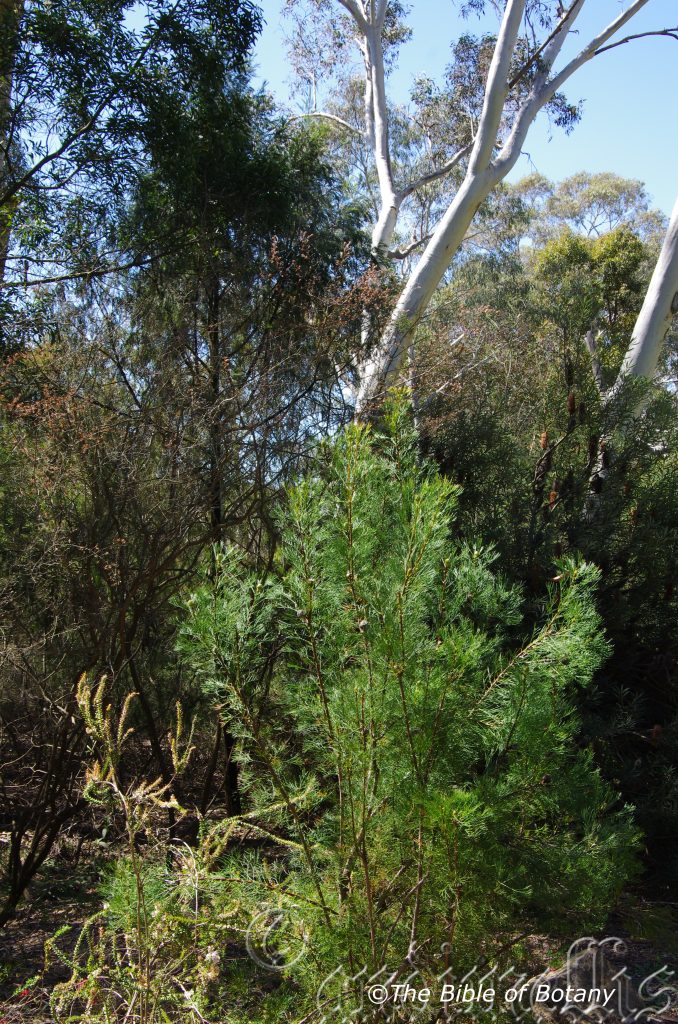
Isopogon anemonifolius
Classification:
Unranked: Eudicots
Order: Proteales
Family: Proteaceae
Genus: From Isos, which is Ancient Greek for equal and Pogon, which is Ancient Greek for a beard. It refers to structures or organs, which have hirsute hairs that are all identical.
Specie: From Sub, which is Ancient Greek/Latin for below or lower, Tillus, which is Latin for fine or delicate and -Issima, which is Latin for the most. It refers to grasses, which have the finest and most delicate looking foliage.
Sub species:
Common Name: Broad Leaf Drumsticks.
Distribution:
Isopogon anemonifolius is found along the east coast south from Port Macquarie in north eastern New South Wales to near the Victorian, New South Wales border and west to Coricudgy Mountain.
https://avh.ala.org.au/occurrences/search?taxa=Isopogon+anemonifolius#tab_mapView
Habitat Aspect Climate:
Isopogon anemonifolius prefers full sun to light dappled shade. It grows along the sandy back dunes along the coast, along brackish estuaries and on sandstone ridges. The altitude ranges from 1 meter ASL to 200 meters ASL.
The temperatures range from minus 3 degree in August to 36 degrees in January.
The rainfalls range from lows of 700mm to an average of 1400mm annually.
Soil Requirements:
Isopogon anemonifolius prefers coarse to fine white dune sands to orange fatty sandy loams. The soils are derived from decomposed sandstone or accumulated peaty beach sands. The soils pH varies from 4.5pH through to 6pH are preferred. It does not tolerate waterlogged soils though the usually soils have good moisture retentive through capillary action. Non saline soils to very saline soils are tolerated as are salt laden winds.
Height & Spread:
Wild Plants: 1m to 1.5m by 1m to 1.5m.
Characteristics:
Isopogon anemonifolius’s stems are succulent, glabrous and variable in colour from green to purple. The stems will root from the nodes.
Isopogon anemonifolius’s alternate oblong leaves measure 50mm to 90mm in length by 20mm to 30mm in width where it is entire. The divided section measures 50mm to 110mm in length by 30mm to 50mm in width. The final lobes are divaricate and measure 50mm to 90mm in length by 3mm to 5mm in width. The bases are attenuate while the apexes are acute. The discolourous laminas are grey-green and sparsely covered in white or pale grey sericeous hairs. The margins are entire. The mid vein is slightly prominent on the lower lamina and is not visible from above.
The inflorescences of Isopogon anemonifolius is an erect, single globose cone which is born terminally and measures 15mm to 20mm in length by 15mm to 20mm in diameter. It is pale blue green with a distinctive spiral pattern. The pale yellow to bright yellow perianth measures 10mm to 12mm in length by 2mm to 3mm in diameter. The flowers appear from late July in the north and conclude in mid-December in the south.
Isopogon anemonifolius’s fruit is a globose cone. It is glabrous. The green cones turn deep grey on ripening. The cones measure 13mm to 17mm in length by 10mm to 12mm in diameter. The flattish, oval to oblong cream nuts are covered in 5mm to 6mm cream hirsute hairs and measure 2mm to 3mm in length.
Wildlife:
Isopogon anemonifolius’s wildlife is unknown to the author.
Cultivation:
Isopogon anemonifolius are very beautiful small shrubs which are suitable for small, medium and large sunny gardens close to the coast. It is an excellent addition in sub tropical, temperate or semi-arid gardens especially where the soils are skeletal sands or derived from sandstone. As garden subjects they will grow to 1.2 meters to 1.5 meters in height by 1.2 meters to 1.5 meters in diameter when grown in the open. It is fast growing and are cold tolerant to temperatures at least as low as minus 2 degrees.
It is most suitable for use around swimming pools, bright courtyards, besides pathways, rockeries, along sandy clay banks or along drive ways.
If it is placed around a pool, courtyards or other confined spaces try using them in the corners for depth or along a fence line for privacy. Using rocks and small boulders can make the pool or any water feature appear as an oasis. The leaves and flowers are so unusual that they can be exploited in a harsh environment scene and a standalone specie man can give a strong creation of survival or uniqueness.
If companion plants are sought then the choice of plants to use either side is limited only by size of the area to be landscaped and the size of the other plants as they should be no more than 1 meter in height. Plants with large deep green leaves would help highlight the leaves of Isopogon anemonifolius. Do not use leaves that are divided as they will blend together and be lost. Use plants that flower in a different season to extend the colour in the area.
Small annuals with pink flowers like Helipterum specie really do lift any enclosed area or small rockery. They give height and greater depth to the Isopogon.
Propagation:
Seeds:
Isopogon anemonifolius seeds can be sown directly into a seed raising mix. Cover them with 5mm to 6mm of fine weed free mulch and keep moist. Place the tray in a warm sunny position. When the seedlings are 20mm to 30mm tall, prick them out and plant them into 50mm native tubes using a good organic mix.
Once the seedlings reach 100mm to 150mm in height they can be planted out into their permanent position.
Fertilize using seaweed, fish emulsion or organic chicken pellets soaked in water on an alternate basis. Fertilize every two months until the plants are established then twice annually in early September or March to maintain health, vitality and better flowering. Avoid synthetic fertilizers as they will most likely contain calcium and phosphorous which are toxic to most Proteacea
Further Comments from Readers:
Hi reader, it seems you use The Bible of Botany a lot. That’s great as we have great pleasure in bringing it to you! It’s a little awkward for us to ask, but our first aim is to purchase land approximately 1,600 hectares to link several parcels of N.P. into one at The Pinnacles NSW Australia, but we need your help. We’re not salespeople. We’re amateur botanists who have dedicated over 30 years to saving the environment in a practical way. We depend on donations to reach our goal. If you donate just $5, the price of your coffee this Sunday, We can help to keep the planet alive in a real way and continue to bring you regular updates and features on Australian plants all in one Botanical Bible. Any support is greatly appreciated. Thank you.
In the spirit of reconciliation we acknowledge the Bundjalung, Gumbaynggirr and Yaegl and all aboriginal nations throughout Australia and their connections to land, sea and community. We pay our respect to their Elders past, present and future for the pleasures we have gained.
Diamond Beach to Kylie’s Beach Nature Reserve NSW
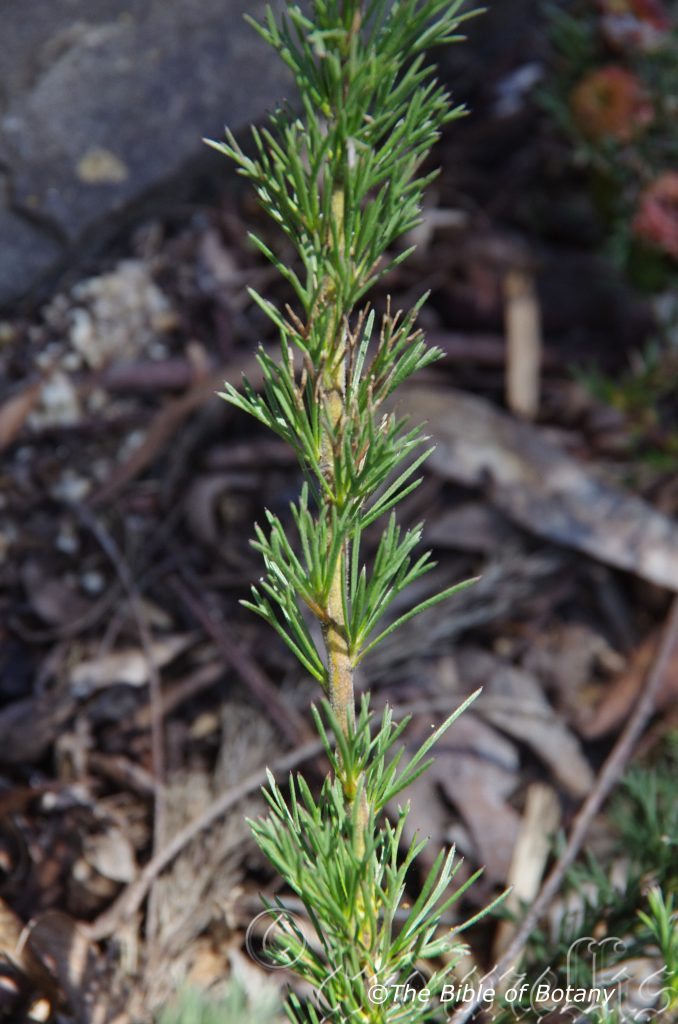
National Botanic Gardens ACT
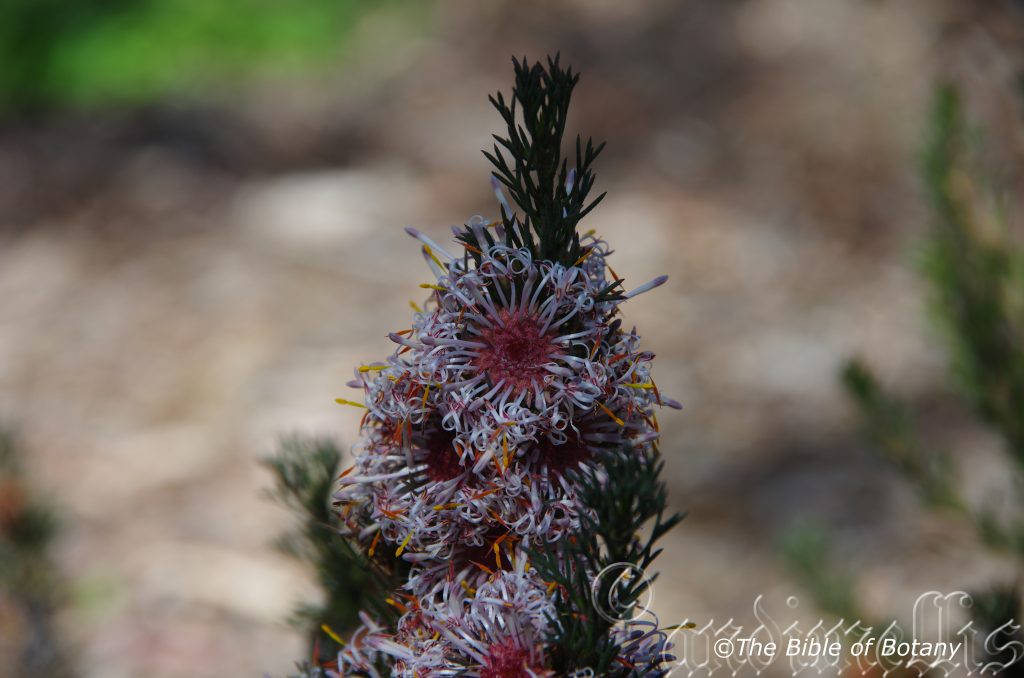
National Botanic Gardens ACT
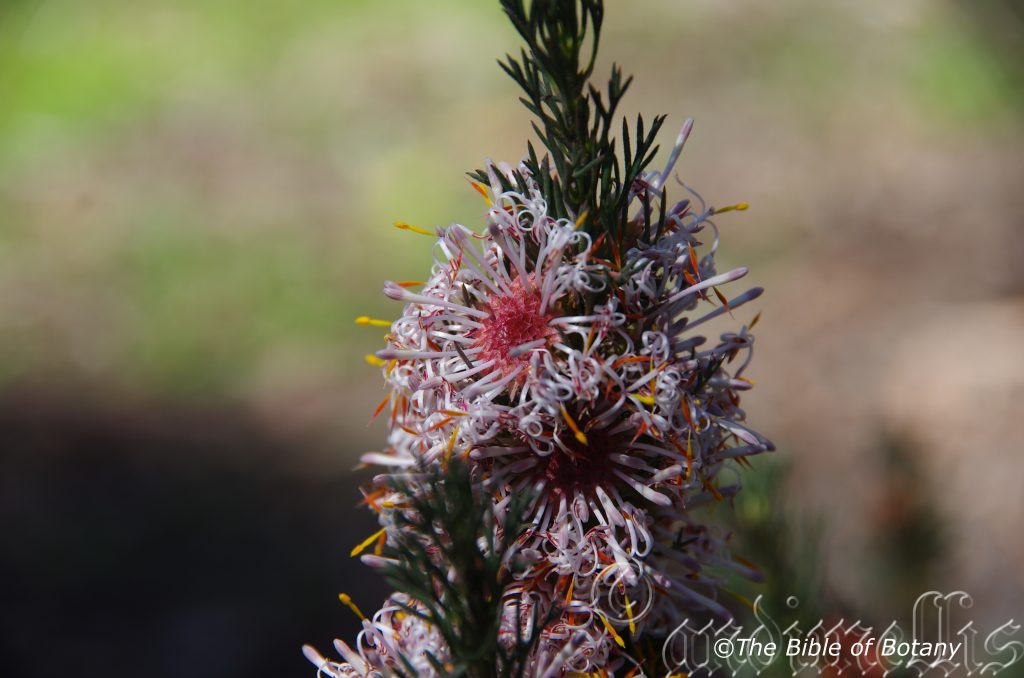
National Botanic Gardens ACT
Isopogon asper
Classification:
Unranked: Eudicots
Order: Proteales
Family: Proteaceae
Genus: From Isos, which is Ancient Greek for equal and Pogon, which is Ancient Greek for a beard. It refers to structures or organs, which have hirsute hairs that are all identical.
Specie: From Asper, which is Latin for rough, uneven or harsh. It refers to organs or structures, which are rough raspy or very uneven.
Sub species:
Common Name: Pink Cone Flower.
Distribution:
Isopogon asper is found along the far south west coast of Western Australia south from Three Springs to the Harvey River. There are 2 disjunct populations north of Albany.
https://avh.ala.org.au/occurrences/search?taxa=Isopogon+asper#tab_mapView
Habitat Aspect Climate:
Isopogon asper prefers full sun to light dappled shade. It grows in open heath like country. The altitude ranges from 10 meters ASL to 200 meters ASL.
The temperatures range from 4 degree in August to 40 degrees in January.
The rainfall ranges from lows of 300mm to an average of 800mm annually.
Soil Requirements:
Isopogon asper prefers white or grey sands to sandy loams. The soils are usually derived from decomposed granite. The soils pH varies from 5pH through to 7pH are preferred. It does not tolerate waterlogged soils. Non saline soils to moderately saline soils are tolerated as are salt laden winds.
Height & Spread:
Wild Plants: 0.5m to 1m by 0.5m to 0.7m.
Characteristics:
The stems of Isopogon asper are erect, glabrous and variable in colour from rusty brown to brown, greenish-brown or yellowish. The juvenile stems are yellowish to greenish-yellow and densely covered in soft, white pulverulent hairs.
The alternate glabrous leaves of Isopogon asper are divided twice or are tripartite and measure 20mm to 30mm in length. The terete leaves are often grooved on the upper edge. The terete petiole measures 5mm to 12mm in length. The apexes have a deep maroon to black, short, pungent, mucronate tip. The leaves have 3 to 8 lobes, with the lowest lobes starting at 6mm to 7mm from the base.
The inflorescences are arranged in dense, sessile, clusters. The flattened, spherical heads measure 30mm to 42mm in diameter. The involucral bracts are ovate with an acute point. The glabrous, pink to crimson perianths measure 10mm to 16mm in length, while the pistil measures 12mm to 16mm in length. The basifixed, somewhat fusiform pollen presenter base measures 4mm to 6mm in length, while the pollen receptor is more anther like, cylindrical with an acute apex, is basifixed and measures 1.5mm to 2mm in length. The cone with deciduous scales, 18-20 mm in length. The flowers appear from June to October.
The fruit is densely covered in short, soft, white hairy nut, fused in a spherical head that measures 18mm to 20mm in diameter.
Wildlife:
The wildlife of Isopogon asper is unknown to the author.
Cultivation:
Isopogon asper are very beautiful small shrubs which are suitable for small, medium and large sunny gardens close to the coast. It is an excellent addition in temperate or semi-arid gardens especially where the soils are skeletal sands over granite or accumulated sands. As garden subjects it will grow to 1 meter to 2 meters in height by 1 meters to 1.5 meters in diameter when grown in the open. It is fast growing and is cold tolerant to temperatures as low as minus 2 degrees. It resents high summer humidity and wet soils.
It is best suitable for use adjacent to bushland bright courtyards, besides pathways, rockeries, along sandy banks or large heath gardens.
Isopogon asper is well suited to medium to large heath gardens so use contours to display the plants as heath lands are almost always flat or have a slight rise with no set patterns. Taller heaths are better placed on the downhill side of a path so that you can still look over the tallest plants. On flat ground the flowers will be just below eye level which is very striking. Place it back from the path as it is rather short and needs smaller plants either side to give the bed depth.
If several plants are on display to the public you may have a never ending number of fanciers knocking on your door wanting to know the name and where you attained it from as it is so striking in the garden. Make the heath garden path narrow so you have to feel the plants as you walk through the garden bed. This gives an extra dimension which many people forget about when designing heath gardens. Plants must be planted close together and be short so you can see over the tallest ones with the exception of 1 to 3 plants in each area. The idea here is to achieve a feeling of expansive flatness. This can be achieved with using the Isopogon asper unusual pink flowers and bluish-green leaves. Mix it with other smaller shrubs so none of them dominate the scene but blend in to give a mosaic of foliage colours that you oversee. Here I immediately think of Actinotis helianthi, Melaleuca pearsonii or other sub shrubs like Chloanthes parviflora or Pelargonium australe, Pelargonium inodorum. Glycyrrhiza acanthocarpa would be something entirely different next to a path where you can walk by and pick a leaf to crush and enjoy the aroma of licorice, while looking at the flowers.
If Isopogon are your thing and you have the deep or skeletal sandy loams, which suit them, then Isopogon anemonifolius, Isopogon divergens, Isopogon sphaerocephalus, Isopogon spathulatus, Isopogon formosus, Isopogon anethifolius, Isopogon dawsoni, Isopogon mnoraifolius, Isopogon petiolaris, Isopogon prostratus or Petrophile biloba, Petrophile biloba, Petrophile macrostacha and Petrophile striata are few that come to mind to complete the scene of these unusual flowering plants.
Propagation:
Seeds:
Isopogon asper seeds can be sown directly into a seed raising mix. Cover them with 5mm to 6mm of fine weed free mulch and keep moist. Place the tray in a warm sunny position. When the seedlings are 20mm to 30mm tall, prick them out and plant them into 50mm native tubes using a good organic mix.
Once the seedlings reach 100mm to 150mm in height they can be planted out into their permanent position.
Fertilize using seaweed, fish emulsion or organic chicken pellets soaked in water on an alternate basis. Fertilize every two months until the plants are established then twice annually in early September or March to maintain health, vitality and better flowering. Avoid synthetic fertilizers as they will most likely contain calcium and phosphorous which are toxic to most Proteacea.
Further Comments from Readers:
Hi reader, it seems you use The Bible of Botany a lot. That’s great as we have great pleasure in bringing it to you! It’s a little awkward for us to ask, but our first aim is to purchase land approximately 1,600 hectares to link several parcels of N.P. into one at The Pinnacles NSW Australia, but we need your help. We’re not salespeople. We’re amateur botanists who have dedicated over 30 years to saving the environment in a practical way. We depend on donations to reach our goal. If you donate just $5, the price of your coffee this Sunday, We can help to keep the planet alive in a real way and continue to bring you regular updates and features on Australian plants all in one Botanical Bible. Any support is greatly appreciated. Thank you.
In the spirit of reconciliation we acknowledge the Bundjalung, Gumbaynggirr and Yaegl and all aboriginal nations throughout Australia and their connections to land, sea and community. We pay our respect to their Elders past, present and future for the pleasures we have gained.
Isopogon cuneatus
Classification:
Unranked: Eudicots
Order: Proteales
Family: Proteaceae
Genus: From Isos, which is Ancient Greek for equal and Pogon, which is Ancient Greek for a beard. It refers to structures or organs, which have hirsute hairs that are all identical.
Specie: From Cuneate, which is Latin for a wedge shape. It refers to the description of the shape of a structure or an organ, usually the leaves, which typically have wedge shaped.
Sub species:
Common Name: Pink Cone Flower.
Distribution:
Isopogon cuneatus is found along the south west coast of Western Australia east from Many Peaks Mountain to Walpole.
https://avh.ala.org.au/occurrences/search?taxa=Isopogon+cuneatus#tab_mapView
Habitat Aspect Climate:
It prefers full sun to light dappled shade. It grows along the sandy back dunes along the coast, along estuaries and on coastal wallums. The altitude ranges from 10 meters ASL to 200 meters ASL.
The temperatures range from 4 degree in August to 36 degrees in January.
The rainfall ranges from lows of 300mm to an average of 700mm annually.
Soil Requirements:
Isopogon cuneatus prefers white or grey sands to sandy loams. The soils are derived from decomposed sandstone or granite. The soils pH varies from 5pH through to 7pH are preferred. It does not tolerate waterlogged soils. Non saline soils to very saline soils are tolerated as are salt laden winds.
Height & Spread:
Wild Plants: 0.5m to 2.5m by 0.5m to 2m.
Characteristics:
Isopogon cuneatus’s stems are erect, glabrous and variable in colour from rusty brown to brown. They have a slight zigzag pattern between the leaf nodes. The branchlets are orange to orange-brown and covered in white pulverulent hairs.
Isopogon cuneatus‘s alternate narrow obovate to oblong-obovate leaves, measure 40mm to 100mm in length by 20mm to 36mm in width. The bases are attenuate while the apexes are obtuse with a short rigid mucronate tip. The concolourous laminas are coriaceous, pale grass-green with a bronze tinge near the apexes and glabrous. The laminas are flat while the margins are entire. The midvein and lateral veins are prominent on the lower lamina and are flush to slightly prominent on the upper lamina.
The inflorescences of Isopogon cuneatus is an erect, single globose cone which is born terminally and measure 33mm to 45mm in length by 40mm to 55mm in diameter. The pastel pink to deep pink or purplish-pink perianths measure 22mm to 28mm in length by 1mm to 1.5mm in diameter while the complicate lobes measure 5mm to 7mm in length.
The filiform style is white while the erect, orange spindle shape pollen presenter measures 5mm in length. The pistil is glabrous while the apex of the pollen presenter is covered in white hirtellous hairs. The flowers appear from July to October.
Isopogon cuneatus‘s fruits are depressed globose to hemispherical cones. The cones measure 20mm to 25mm in length by 28mm to 36mm in diameter. The ovoidal nuts are covered in white villous hairs and measure 2.5mm to 3mm in length.
Wildlife:
Isopogon cuneatus‘s wildlife is unknown to the author.
Cultivation:
Isopogon cuneatus is a very beautiful small shrubs which are suitable for small, medium and large sunny gardens close to the coast. It is an excellent addition in temperate or semi-arid gardens especially where the soils are skeletal sands or sandstone. As garden subjects they will grow to 1.5 meters to 2 meters in height by 1.5 meters to 2 meters in diameter when grown in the open. It is fast growing and are cold tolerant to temperatures as low as minus 2 degrees. They resent high summer humidity.
It is most suitable for use adjacent to bushland bright courtyards, besides pathways, rockeries, along sandy banks or large heath gardens.
Isopogon cuneatus is well suited to medium to large heath gardens so use contours to display the plants as heath lands are almost always flat or have a slight rise with no set patterns. Taller heaths are better placed on the downhill side of a path so that you can still look over the tallest plants. On flat ground the flowers will be at or below eye level which is very striking. Place them back from the path as it is rather tall and need smaller plants in front to give the bed depth. If several plants are on display to the public you may have a never ending number of fanciers knocking on your door wanting to know the name and where you attained them from as it is so striking in the garden. Make the heath garden path narrow so you have to feel the plants as you walk through the garden bed. This gives an extra dimension which many people forget about when designing heath gardens. Plants must be planted close together and be short so you can see over the tallest ones with the exception of 1 to 3 plants in each area. These will be feature plants. The idea is to achieve a feeling of expansive flatness. This can be achieved with using the Comesperma ericinum’s brilliant pink flowers and pale green leaves. Mix them with other smaller shrubs so none of them dominate the scene but blend in to give a mosaic of foliage colours that you oversee. Here I immediately think of Actinotis helianthi, Melaleuca pearsonii or other sub shrubs like Chloanthes parviflora or Pelargonium australe, Pelargonium inodorum. Even Hibiscus diversifolia could be pruned and used in the back ground or allowed to straggle between clumps Comesperma defoliatumin the fore ground. Glycyrrhiza acanthocarpa would be something entirely different next to a path where you can walk by and pick a leaf to crush and enjoy the aroma of licorice.
If Isopogon are your thing and you have the deep or skeletal sandy loams, which suit them, then Isopogon anemonifolius, Isopogon divergens, Isopogon sphaerocephalus, Isopogon spathulatus, Isopogon formosus, Isopogon anethifolius, Isopogon dawsoni, Isopogon mnoraifolius, Isopogon petiolaris, Isopogon prostratus or Petrophile biloba, Petrophile biloba, Petrophile macrostacha and Petrophile striata are few that come to mind to complete the scene of these unusual flowering plants.
Propagation:
Seeds:
Isopogon cuneatus seeds can be sown directly into a seed raising mix. Cover them with 5mm to 6mm of fine weed free mulch and keep moist. Place the tray in a warm sunny position. When the seedlings are 20mm to 30mm tall, prick them out and plant them into 50mm native tubes using a good organic mix.
Once the seedlings reach 100mm to 150mm in height they can be planted out into their permanent position.
Fertilize using seaweed, fish emulsion or organic chicken pellets soaked in water on an alternate basis. Fertilize every two months until the plants are established then twice annually in early September or March to maintain health, vitality and better flowering. Avoid synthetic fertilizers as they will most likely contain calcium and phosphorous which are toxic to most Proteacea.
Further Comments from Readers:
Hi reader, it seems you use The Bible of Botany a lot. That’s great as we have great pleasure in bringing it to you! It’s a little awkward for us to ask, but our first aim is to purchase land approximately 1,600 hectares to link several parcels of N.P. into one at The Pinnacles NSW Australia, but we need your help. We’re not salespeople. We’re amateur botanists who have dedicated over 30 years to saving the environment in a practical way. We depend on donations to reach our goal. If you donate just $5, the price of your coffee this Sunday, We can help to keep the planet alive in a real way and continue to bring you regular updates and features on Australian plants all in one Botanical Bible. Any support is greatly appreciated. Thank you.
In the spirit of reconciliation we acknowledge the Bundjalung, Gumbaynggirr and Yaegl and all aboriginal nations throughout Australia and their connections to land, sea and community. We pay our respect to their Elders past, present and future for the pleasures we have gained.
Isopogon dubius
Classification:
Unranked: Eudicots
Order: Proteales
Family: Proteaceae
Genus: From Isos, which is Ancient Greek for equal and Pogon, which is Ancient Greek for a beard. It refers to structures or organs, which have hirsute hairs that are all identical.
Specie: From Dubious, which is Latin for some uncertainty, uncharacteristic or doubtful. It refers to plants, which are similar to and display characteristics not usual of the family or genus to which it has been allocated.
Sub species:
Common Name: Pin Cushion Drumstick.
Distribution:
Isopogon dubius is found along the west coast of Western Australia south from Geraldton to Perth and inland to near Southern Cross.
https://avh.ala.org.au/occurrences/search?taxa=Isopogon+dubius#tab_mapView
Habitat Aspect Climate:
Isopogon dubius prefers full sun to light dappled shade. It grows on slopes and plains in open woodlands and tall scrubby heaths. The altitude ranges from 10 meters ASL to 200 meters ASL.
The temperatures range from 4 degree in August to 36 degrees in January.
The rainfalls range from lows of 600mm to an average of 1200mm annually.
Soil Requirements:
Isopogon dubius prefers sandy loams to light gritty or gravelly clays. The soils are derived from decomposed lateritic sandstones or granites. The soils pH varies from 4.5pH through to 7pH are preferred. It does not tolerate waterlogged soils. Non saline soils to moderately saline soils are tolerated.
Height & Spread:
Wild Plants: 0.3m to 1.3m by 0.5m to 1.5m.
Characteristics:
Isopogon dubius‘s erect stems are pale grey and glabrous. The branchlets are pale creamy pink to creamy yellow green and are glabrous to moderately covered in white canescent hairs.
Isopogon dubius alternate divaricate trilobed leaves measure 20mm to 35mm in length by 24mm to 35mm width overall. The bases are attenuate while the apexes are acute with a pungent tip. The concolourous laminas are grey-green and glabrous. The margins are entire and recurve upwards from the mid vein. The mid vein is slightly prominent on the lower lamina and is visible from above. The petioles measure 18mm to 25mm in length.
The inflorescences of Isopogon dubius is an erect, single globose cone which is born terminally or in the upper leaf axils. The flowers measure 15mm to 20mm in length and 40mm to 50mm in diameter at the widest point. The numerous involucral imbricate bracts are narrow ovate with acuminate apexes. The bracts are densely covered in white villous hairs at the base becoming sparser as they approach the apex. The cone scales are linear and densely covered in white villous hairs.
The pale pink to deep pink or purplish-pink perianths measure 25mm to 30mm in length. The perianths are glabrous externally and internally except for a tuft of white hirsute hairs at apex of each lobe. The erect pollen presenter is glabrous and slightly swollen at the basal which is covered in white pannate hairs. The pollen presenter is constricted near mid-point then expands to a minute stigmatic cup and measures 5.5mm to 6mm in length. The flowers appear from late July to September.
Isopogon dubius‘s fruits are hemispherical cones. The bracts are persistent on the ripe cones that measure 22mm to 27mm in length by 30mm to 36mm in diameter. The ovoidal nuts are densely covered in white villous hairs and measure 3.5mm to 4mm in length.
Wildlife:
Isopogon dubius’s wildlife is unknown to the author.
Cultivation:
Isopogon dubius is very beautiful small shrubs which are suitable for small, medium and large sunny gardens close to the coast. It is an excellent addition in temperate or semi-arid gardens especially where the soils are skeletal sands or sandstone. As garden subjects it will grow to 1.5 meters to 2 meters in height by 1.5 meters to 2 meters in diameter when grown in the open. It is fast growing and are cold tolerant to temperatures as low as minus 2 degrees. They resent high summer humidity.
It is most suitable for use adjacent to bushland bright courtyards, besides pathways, rockeries, along sandy banks or large heath gardens.
Isopogon dubius is well suited to medium to large heath gardens so use contours to display the plants as heath lands are almost always flat or have a slight rise with no set patterns. Taller heaths are better placed on the downhill side of a path so that you can still look over the tallest plants. On flat ground the flowers will be at or below eye level which is very striking. Place them back from the path as it is rather tall and need smaller plants in front to give the bed depth. If several plants are on display to the public you may have a never ending number of fanciers knocking on your door wanting to know the name and where you attained them from as it is so striking in the garden. Make the heath garden path narrow so you have to feel the plants as you walk through the garden bed. This gives an extra dimension which many people forget about when designing heath gardens. Plants must be planted close together and be short so you can see over the tallest ones with the exception of 1 to 3 plants in each area. These will be feature plants. The idea is to achieve a feeling of expansive flatness. This can be achieved with using for its brilliant pink flowers and pale green leaves. Mix them with other smaller shrubs so none of them dominate the scene but blend in to give a mosaic of foliage colours that you oversee. Here I immediately think of Actinotis helianthi, Melaleuca pearsonii or other sub shrubs like Chloanthes parviflora or Pelargonium australe, Pelargonium inodorum. Even Hibiscus diversifolia could be pruned and used in the back ground or allowed to straggle between clumps Comesperma defoliatum in the fore ground. Glycyrrhiza acanthocarpa would be something entirely different next to a path where you can walk by and pick a leaf to crush and enjoy the aroma of licorice.
If companion plants are sought then the choice of plants to use either side is limited only by size of the area to be landscaped and the size of the other plants as they should be no more than 1 meter in height. Plants with fine grey-green leaves would help highlight its foliage. The use of leaves that are grey, blue-green, silvery and divided will help create a mosaic. Use plants that flower in a different season to extend the colour in the area or use creams and yellows for strength and contrast.
If you use them in a miniature garden, use contours to display the plants to their best. Make sure you are purchasing seed or plants of the dwarf form because Isopogon dubius resent being pruned hard. Use small tussock grasses or Lomandra adjacent to Isopogon b dubius to give them height.
Place them near old stumps and roots to make the stumps or roots look larger. Select an area of ground and let your hair down and be imaginative and this is the plant that may just change your life. Remember this plant is rather large for this type of garden so be sparingly with the other plants when planting and remember that deserts are rolling flat plains not steep hills so it is best to use a gentle slope or a basin with a small pool at the bottom. A billabong affect is the go, not a waterfall or cascades.
If Isopogon are your thing and you have the deep or skeletal sandy loams, which suit them, then Isopogon anemonifolius, Isopogon divergens, Isopogon sphaerocephalus, Isopogon spathulatus, Isopogon formosus, Isopogon anethifolius, Isopogon dawsoni, Isopogon mnoraifolius, Isopogon petiolaris, Isopogon prostratus or Petrophile biloba, Petrophile biloba, Petrophile macrostacha and Petrophile striata are few that come to mind to complete the scene of these unusual flowering plants.
Propagation:
Seeds: Isopogon dubius seeds can be sown directly into a seed raising mix. Cover them with 5mm to 6mm of fine weed free mulch and keep moist. Place the tray in a warm sunny position. When the seedlings are 20mm to 30mm tall, prick them out and plant them into 50mm native tubes using a good organic mix.
Once the seedlings reach 100mm to 150mm in height they can be planted out into their permanent position.
Fertilize using seaweed, fish emulsion or organic chicken pellets soaked in water on an alternate basis. Fertilize every two months until the plants are established then twice annually in early September or March to maintain health, vitality and better flowering. Avoid synthetic fertilizers as they will most likely contain calcium and phosphorous which are toxic to most Proteacea
Further Comments from Readers:
Hi reader, it seems you use The Bible of Botany a lot. That’s great as we have great pleasure in bringing it to you! It’s a little awkward for us to ask, but our first aim is to purchase land approximately 1,600 hectares to link several parcels of N.P. into one at The Pinnacles NSW Australia, but we need your help. We’re not salespeople. We’re amateur botanists who have dedicated over 30 years to saving the environment in a practical way. We depend on donations to reach our goal. If you donate just $5, the price of your coffee this Sunday, We can help to keep the planet alive in a real way and continue to bring you regular updates and features on Australian plants all in one Botanical Bible. Any support is greatly appreciated. Thank you.
In the spirit of reconciliation we acknowledge the Bundjalung, Gumbaynggirr and Yaegl and all aboriginal nations throughout Australia and their connections to land, sea and community. We pay our respect to their Elders past, present and future for the pleasures we have gained.
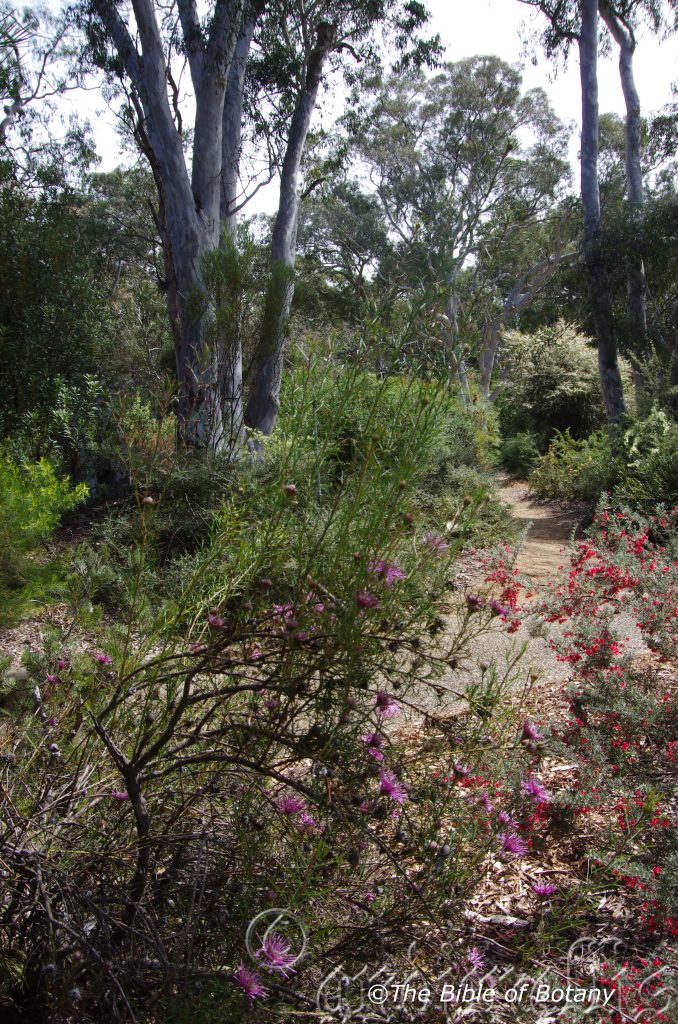
National Botanic Gardens ACT
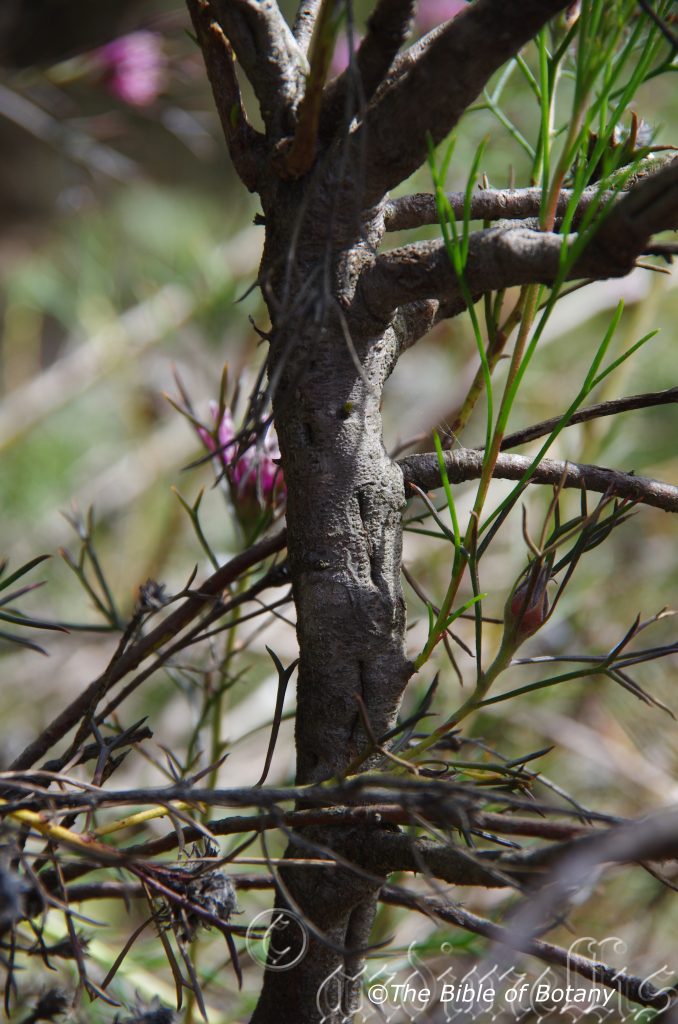
National Botanic Gardens ACT
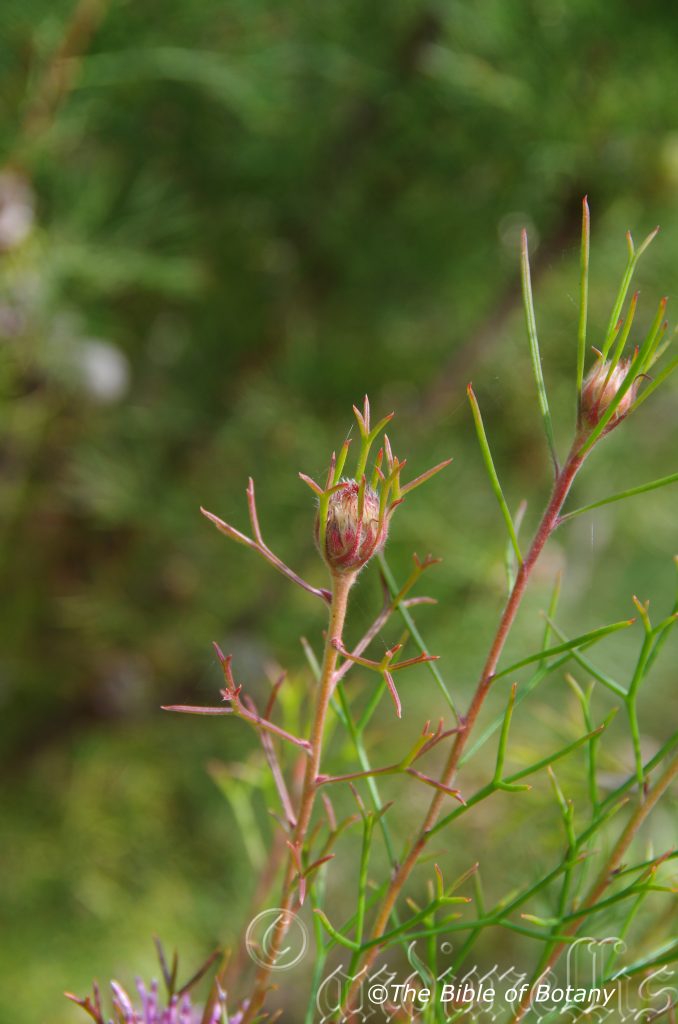
National Botanic Gardens ACT
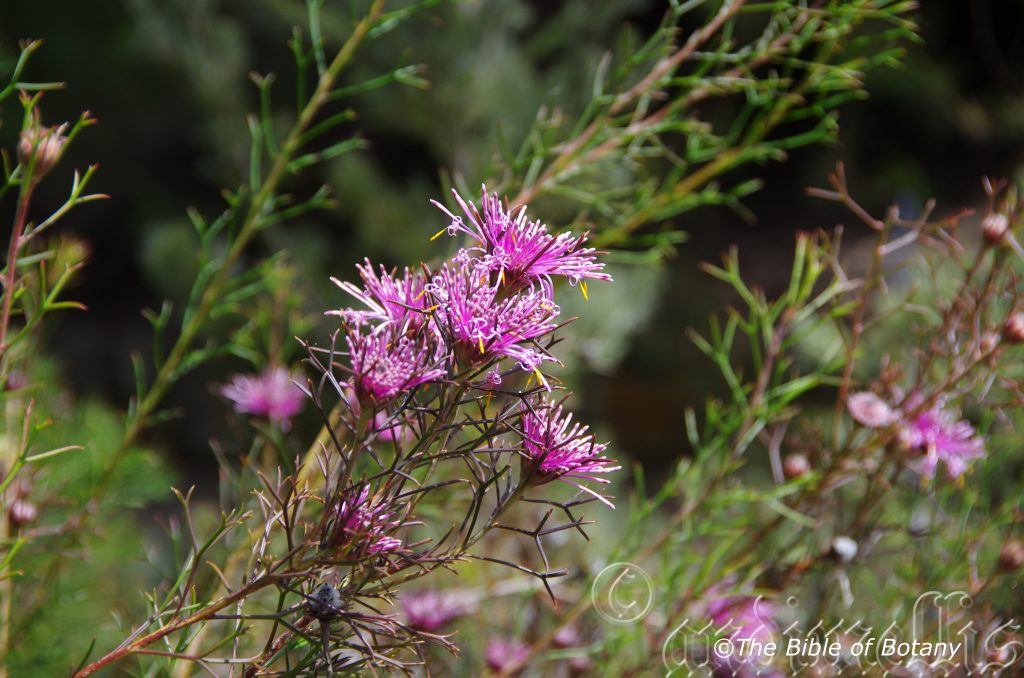
National Botanic Gardens ACT
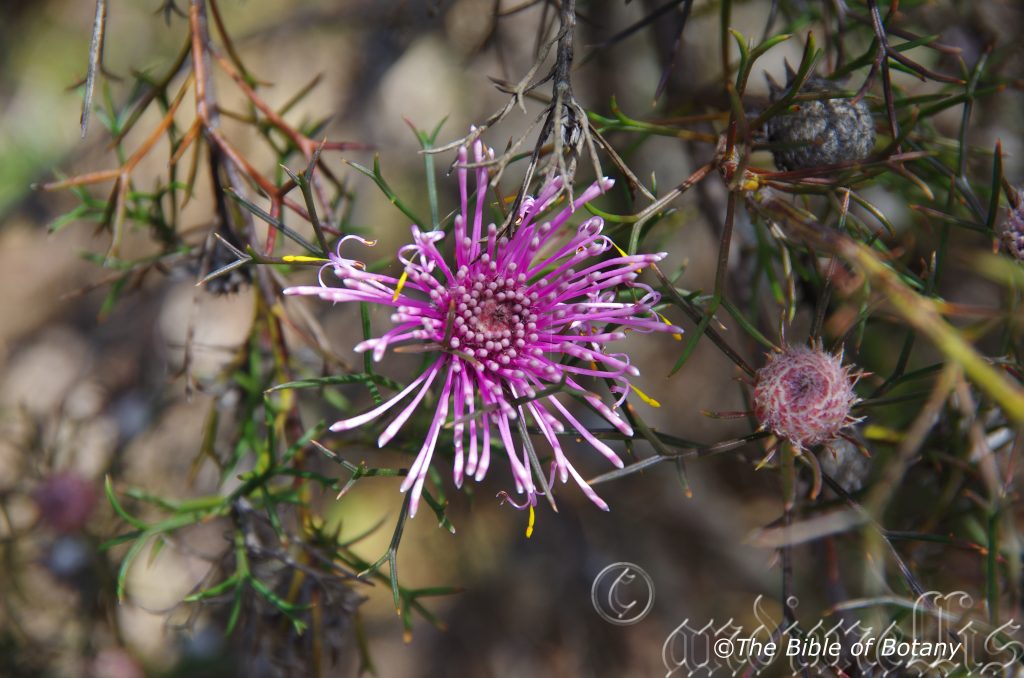
National Botanic Gardens ACT
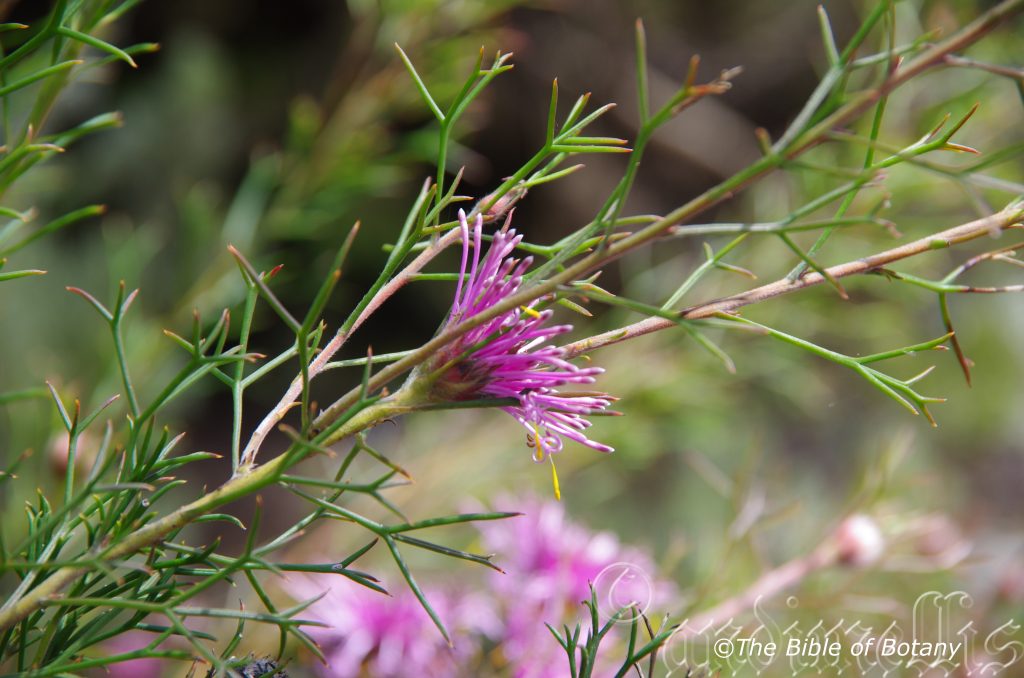
National Botanic Gardens ACT
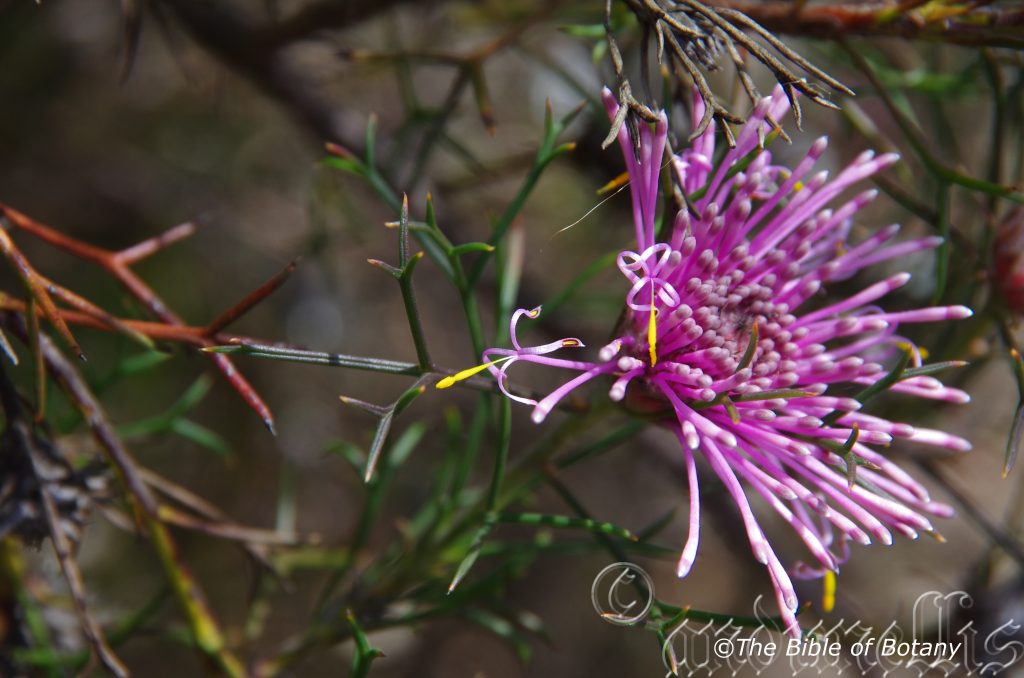
National Botanic Gardens ACT
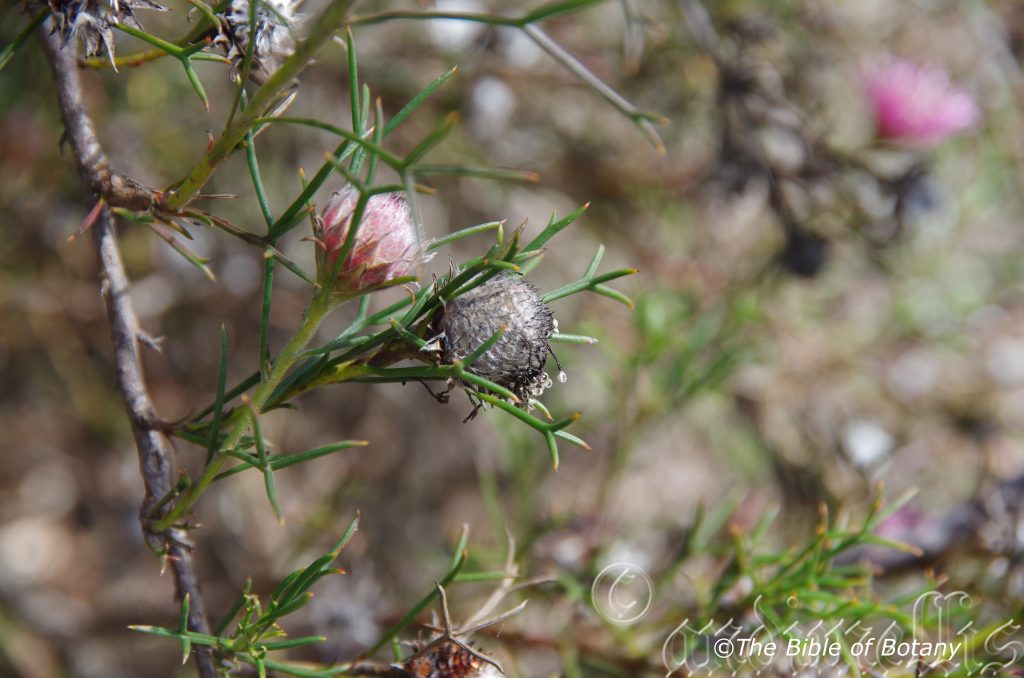
National Botanic Gardens ACT
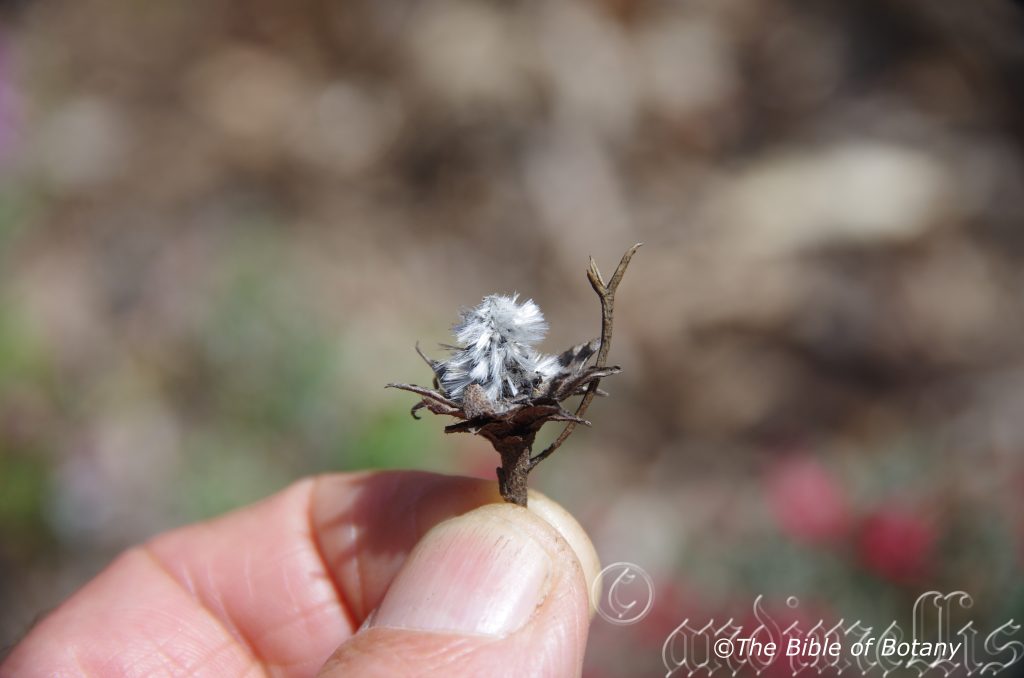
National Botanic Gardens ACT
Isopogon formosus
Classification:
Unranked: Eudicots
Order: Proteales
Family: Proteaceae
Genus: From Isos, which is Ancient Greek for equal and Pogon, which is Ancient Greek for a beard. It refers to structures or organs, which have hirsute hairs that are all identical.
Specie: From Fōrmōsa, which is Ancient Greek for beautiful. It refers to plants, which have an aura of sheer beauty.
Sub species:
Common Name: Rose Cone Flower.
Distribution:
Isopogon formosus is found south from Kojoeup to cape Arid and Russell Range in far south west corner of Western Australia.
Habitat Aspect Climate:
https://avh.ala.org.au/occurrences/search?taxa=Isopogon+formosus#tab_mapView
Isopogon formosus prefers full sun to light dappled shade. It grows on close to the coast in heath land and dry sclerophyll woodlands. The altitude ranges from 5 meters ASL to 80 meters ASL.
The temperatures range from 4 degree in August to 40 degrees in January.
The rainfalls range from lows of 400mm to an average of 650mm annually.
Soil Requirements:
Isopogon formosus prefers sandy loams to light gritty or gravelly clays. The soils are usually derived from decomposed lateritic sandstones or granites. The soils pH varies from 4.5pH through to 7pH are preferred. It does not tolerate waterlogged soils. Non saline soils to moderately saline soils are tolerated as are salt laden winds.
Height & Spread:
Wild Plants: 1.3m to 2m by 0.5m to 1.8m.
Characteristics:
Isopogon formosus has erect stems that are reddish brown and glabrous. The juvenile stems are pale yellowish-fawn and moderately covered in long, white, hirsute hairs.
Isopogon formosus‘s trilobed leaves are flattened terete often with a groove on the upper surface and measure 20mm to 35mm in length by 18mm to 24mm width overall. The apexes are acute with a pungent tip. The petioles flare dramatically onto the stems and measure 15mm to 20mm in length. The leaves are very sparsely covered in long, white, caduceous, hirsute hairs.
The inflorescences of Isopogon formosus are produced at the terminals or in the upper leaf axis. The sessile, spherical to oval heads measure 50mm to 60mm in diameter. The involucral bracts at the base of the flowers are ovate to long deltoid and are moderately covered in long, white, hirsute hairs.
The pale pink to deep pink or purplish-pink perianths measure 20mm to 25mm in length. The perianths are glabrous externally and internally. The erect pollen presenter is glabrous and somewhat fusiform with an anther like pollen receptor. The flowers appear from late October to November though some flowers appear throughout the year.
Isopogon formosus‘s fruits are spherical, hairy cones with small internal nuts fused with others. The cones measure 17mm to 20mm in diameter.
Wildlife:
Isopogon formosus‘ wildlife is unknown to the author.
Cultivation:
Isopogon formosus is very beautiful small shrubs which are suitable for small, medium and large sunny gardens close to the coast. It is an excellent addition in temperate or semi-arid gardens especially where the soils are skeletal sands or sandstone. As garden subjects it will grow to 1.5 meters to 2 meters in height by 1.5 meters to 2 meters in diameter when grown in the open. It is fast growing and are cold tolerant to temperatures as low as minus 2 degrees. They resent high summer humidity.
It is most suitable for use adjacent to bushland bright courtyards, besides pathways, rockeries, along sandy banks or large heath gardens.
Isopogon formosus is well suited to medium to large heath gardens so use contours to display the plants as heath lands are almost always flat or have a slight rise with no set patterns. Taller heaths are better placed on the downhill side of a path so that you can still look over the tallest plants. On flat ground the flowers will be at or below eye level which is very striking. Place them back from the path as it is rather tall and need smaller plants in front to give the bed depth. If several plants are on display to the public you may have a never ending number of fanciers knocking on your door wanting to know the name and where you attained them from as it is so striking in the garden. Make the heath garden path narrow so you have to feel the plants as you walk through the garden bed. This gives an extra dimension which many people forget about when designing heath gardens. Plants must be planted close together and be short so you can see over the tallest ones with the exception of 1 to 3 plants in each area. These will be feature plants. The idea is to achieve a feeling of expansive flatness. This can be achieved with using Isopogon dubius’s brilliant pink flowers and pale green leaves. Mix them with other smaller shrubs so none of them dominate the scene but blend in to give a mosaic of foliage colours that you oversee. Here I immediately think of Actinotis helianthi, Melaleuca pearsonii or other sub shrubs like Chloanthes parviflora or Pelargonium australe, Pelargonium inodorum. Even Hibiscus diversifolia could be pruned and used in the back ground or allowed to straggle between clumps Comesperma defoliatum in the fore ground. Glycyrrhiza acanthocarpa would be something entirely different next to a path where you can walk by and pick a leaf to crush and enjoy the aroma of licorice.
If companion plants are sought then the choice of plants to use either side is limited only by size of the area to be landscaped and the size of the other plants as they should be no more than 1 meter in height. Plants with fine grey-green leaves would help highlight the leaves of Isopogon formosus. The use of leaves that are grey, blue-green, silvery and divided will help create a mosaic. Use plants that flower in a different season to extend the colour in the area or use creams and yellows for strength and contrast.
If you use them in a miniature garden, use contours to display the plants to their best. Make sure you are purchasing seed or plants of the dwarf form as the plants resent being pruned hard. Use small tussock grasses or the shorter forms of Lomandra species adjacent to Isopogon dubius to help to give it an allusion of being taller.
Place them near old stumps and roots to make the stumps or roots look larger. Select an area of ground and let your hair down and be imaginative and this is the plant that may just change your life. Remember this plant is rather large for this type of garden so be sparingly with the other plants when planting and remember that deserts are rolling flat plains not steep hills so it is best to use a gentle slope or a basin with a small pool at the bottom. A billabong affect is the go, not a waterfall or cascades.
If Isopogon are your thing and you have the deep or skeletal sandy loams, which suit them, then Isopogon anemonifolius, Isopogon divergens, Isopogon sphaerocephalus, Isopogon spathulatus, Isopogon anethifolius, Isopogon dawsoni, Isopogon mnoraifolius, Isopogon petiolaris, Isopogon prostratus or Petrophile biloba, Petrophile biloba, Petrophile macrostacha and Petrophile striata are few that come to mind to complete the scene of these unusual flowering plants.
Propagation:
Seeds: Isopogon formosus seeds can be sown directly into a seed raising mix. Cover them with 5mm to 6mm of fine weed free mulch and keep moist. Place the tray in a warm sunny position. When the seedlings are 20mm to 30mm tall, prick them out and plant them into 50mm native tubes using a good organic mix.
Once the seedlings reach 100mm to 150mm in height they can be planted out into their permanent position.
Fertilize using seaweed, fish emulsion or organic chicken pellets soaked in water on an alternate basis. Fertilize every two months until the plants are established then twice annually in early September or March to maintain health, vitality and better flowering. Avoid synthetic fertilizers as they will most likely contain calcium and phosphorous which are toxic to most Proteacea
Further Comments from Readers:
Hi reader, it seems you use The Bible of Botany a lot. That’s great as we have great pleasure in bringing it to you! It’s a little awkward for us to ask, but our first aim is to purchase land approximately 1,600 hectares to link several parcels of N.P. into one at The Pinnacles NSW Australia, but we need your help. We’re not salespeople. We’re amateur botanists who have dedicated over 30 years to saving the environment in a practical way. We depend on donations to reach our goal. If you donate just $5, the price of your coffee this Sunday, We can help to keep the planet alive in a real way and continue to bring you regular updates and features on Australian plants all in one Botanical Bible. Any support is greatly appreciated. Thank you.
In the spirit of reconciliation we acknowledge the Bundjalung, Gumbaynggirr and Yaegl and all aboriginal nations throughout Australia and their connections to land, sea and community. We pay our respect to their Elders past, present and future for the pleasures we have gained.
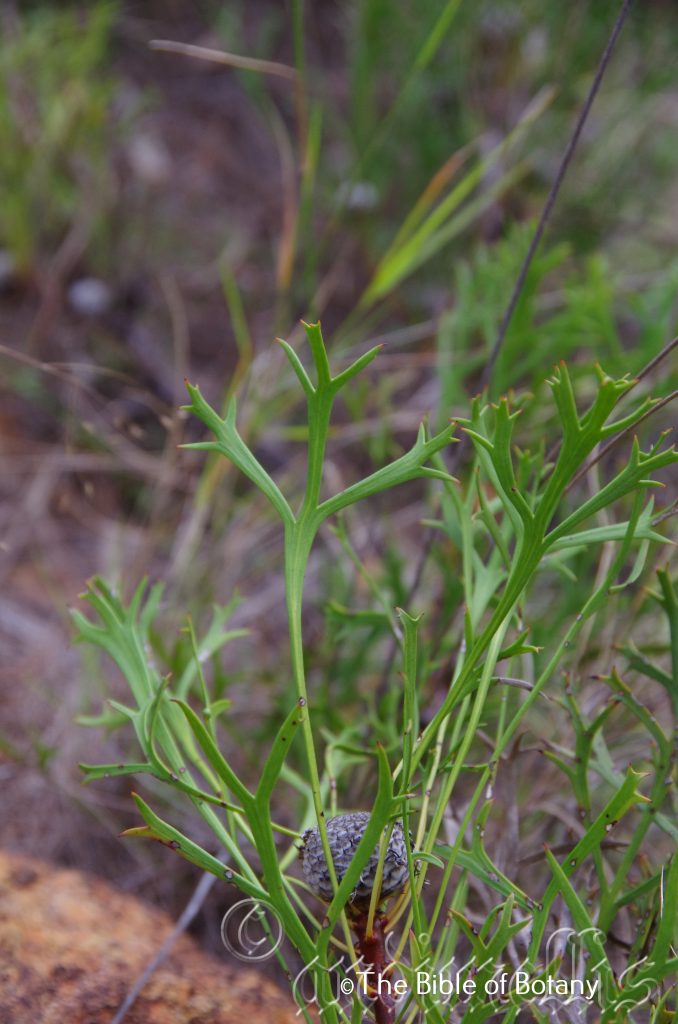
The Pinnacles NSW
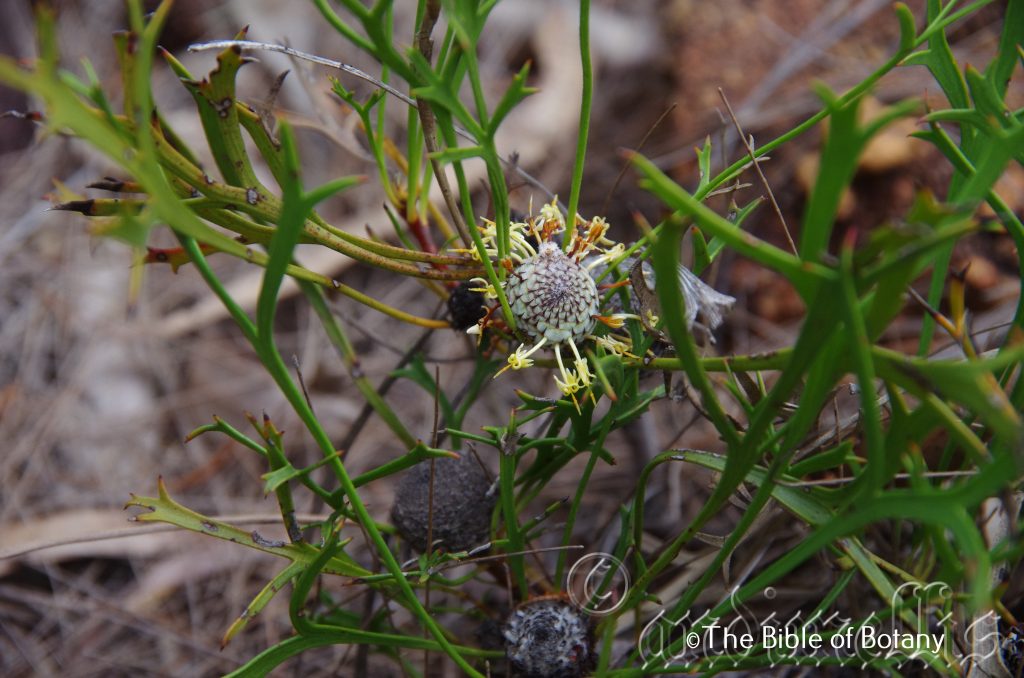
The Pinnacles NSW
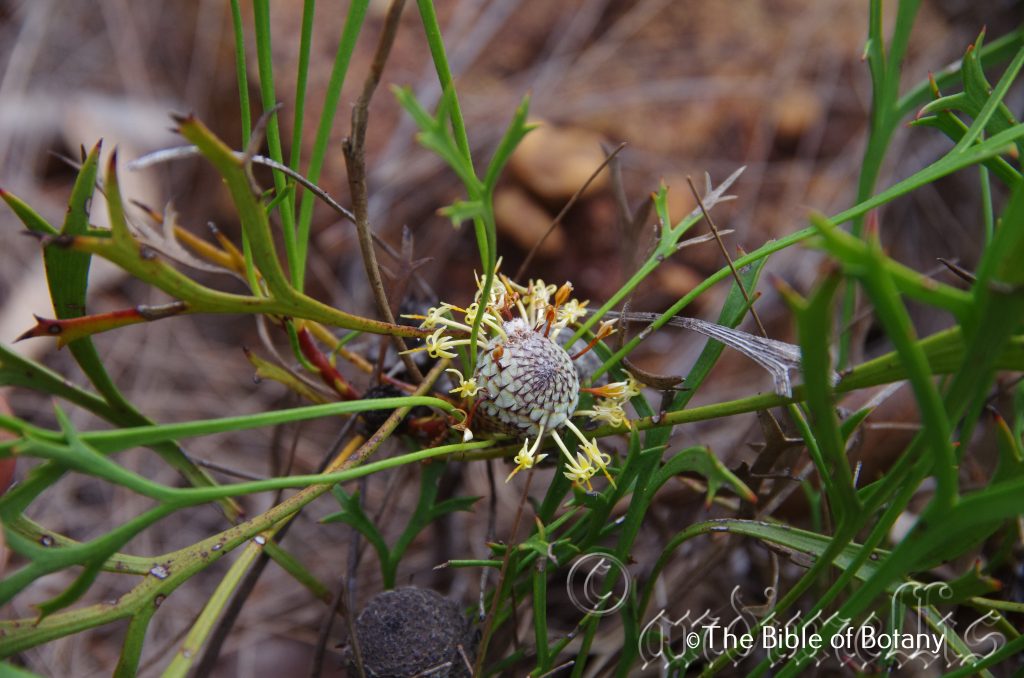
The Pinnacles NSW
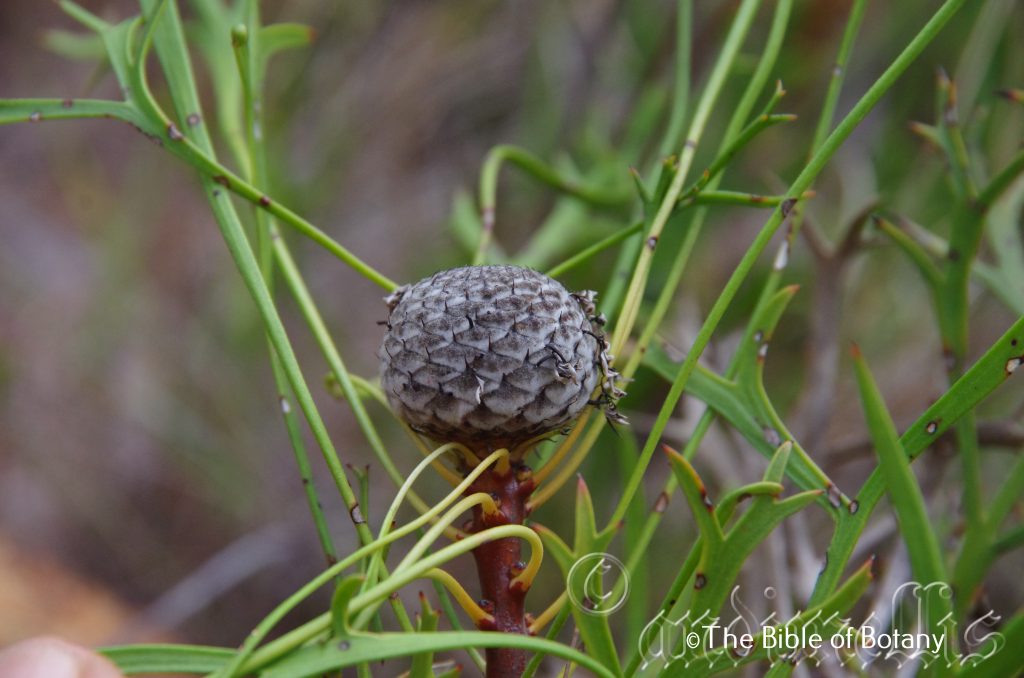
The Pinnacles NSW
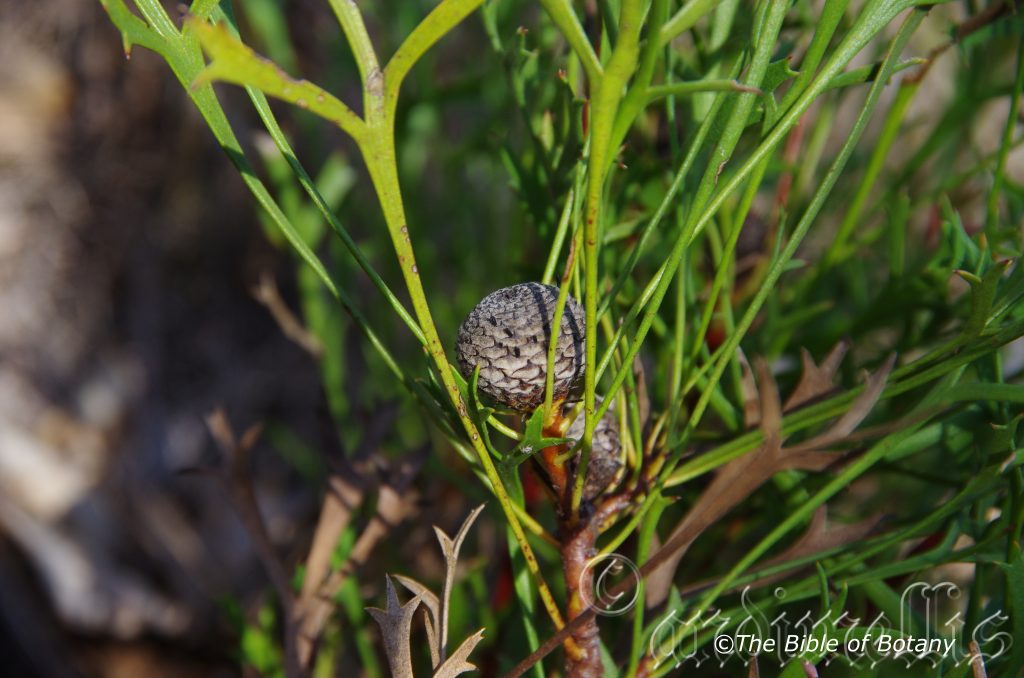
The Pinnacles NSW
Isopogon mnoraifolius
Classification:
Unranked: Eudicots
Order: Proteales
Family: Proteaceae
Genus: From Isos, which is Ancient Greek for equal and Pogon, which is Ancient Greek for a beard. It refers to structures or organs, which have hirsute hairs that are all identical.
Specie: From Mórai, which is Ancient Greek for to delay and Folium, which is Latin for foliage. It refers to leaves, which slowly develop the deeply divided lobes from shallowly divided lobes on immature shrubs.
Sub species:
Common Name:
Distribution:
Isopogon mnoraifolius is endemic to New South Wales and is restricted to 2 small populations. The first is from Coaldale south to The Pinnacles North of Grafton and the second is from Minnie Waters to Angourie along the coast east of Grafton.
https://avh.ala.org.au/occurrences/search?taxa=Isopogon+mnoraifolius#tab_mapView
Habitat Aspect Climate:
Isopogon mnoraifolius prefers full sun to light dappled shade. It grows along the sandy back dunes and headland heaths along the coast and on top of sandstone ridges. The altitude ranges from 3 meters ASL to 8 meters ASL or 150 meters ASL to 210 meters ASL.
The temperatures range from 1 degree in August to 40 degrees in January.
The rainfalls range from lows of 800mm to an average of 1650mm annually.
Soil Requirements:
Isopogon mnoraifolius prefers growing on deep white coarse sands, fine sands or light orange-red fatty clay-sands. The soils are derived from decomposed sandstone or accumulated peaty beach sands. The soils pH varies from 5pH through to 6.5pH are preferred. It does not tolerate waterlogged soils. Non saline soils to the high end of moderately saline soils are tolerated.
Height & Spread:
Wild Plants: 0.4m to 0.8m by 0.4m to 0.6m.
Characteristics:
Isopogon mnoraifolius’s stems are glabrous and variable in colour from mid grey to brown. The branchlets are grey-green and are covered in white to puberulent hairs.
Isopogon mnoraifolius’s alternate oblong leaves are divaricate to pinnatisect with 2 to 7 linear lobes which are often further divided close to the apexes. The leaves measure 30mm to 110mm in length by 20mm to 50mm in width overall. The lobes measure 3mm to 13mm in length by 2mm to 5mm in width. The bases are narrow attenuate while the apexes are narrow acute. The concolourous laminas are grey-green and glabrous. Juvenile leaves are pale grass-green and glossy often with a bronze tinge near the apexes. The laminas are flat often with the outside lobes curving upwards while the margins are entire. The petiole measures 50mm to 72mm in length.
The inflorescences of Isopogon mnoraifolius is a single or more often 2 to 5 erect, ovoid to globose cone which are born terminally. The flowers measure 15mm to 22mm in length by 30mm to 40mm in diameter. The involucral bracts are broadly ovate to ovate and are moderately covered in white sericeous externally near the bases and glabrous internally and near the apexes. The cone scales are densely covered in white floccose hairs on the basal half externally and are glabrous on the apical half and internally.
The creamy yellow to pale yellow perianths are glabrous on the basal half and become moderately covered in white villous hairs as they approach apex. The perianths measure 17mm to 20mm in length. The pollen presenter measures 3mm to 4mm in length. The base is covered in small papillose lumps and is slightly swollen, constricted near middle then slightly dilated to the glabrous, globose apex. The cupuliform stigma is white. The flowers appear from late August through to early October.
Isopogon mnoraifolius’s fruits are ovoidal to vertical ellipsoidal cones. The pale blue-green cones turn deep grey when ripe. The cones measure 20mm to 36mm in length by 14mm to 21mm in diameter. The slightly compressed ovoidal to ellipsoidal nuts measure 2.5mm to 3mm in length and are covered in long white villous hairs.
Wildlife:
Native bees Tetragonula carbonaria have been seen foraging on garden flowers in Canberra, while Leioproctus muelleri and Amegilla cingulata foriage on the flowers in Western australia.
Cultivation:
Isopogon mnoraifolius are very beautiful small shrubs which are suitable for small, medium and large sunny gardens close to the coast. It is an excellent addition in temperate or semi-arid gardens especially where the soils are skeletal sands or sandstone. As garden subjects they will grow to 1 meters to 1.2 meters in height by 0.8 meters to 1 meter in diameter when grown in the open. It is fast growing and are cold tolerant to temperatures as low as minus 2 degrees. It flowers in the third year from seed.
It is most suitable for use adjacent to bushland bright courtyards, besides pathways, rockeries, along sandy banks or large heath gardens.
Isopogon mnoraifolius are well suited to medium to large heath gardens provided it is not over crowded. Use contours to display the plants as heath lands are almost always flat or have a slight rise with no set patterns. Taller heaths are better placed on the downhill side of a path so that you can still look over the tallest plants. On flat ground the flowers will be at or below eye level which is very striking. Place them back from the path as it is rather tall and need smaller plants in front to give the bed depth. If several plants are on display to the public you may have a never ending number of fanciers knocking on your door wanting to know the name and where you attained them from as it is so striking in the garden. Make the heath garden path narrow so you have to feel the plants as you walk through the garden bed. This gives an extra dimension which many people forget about when designing heath gardens. Plants must be planted close together and be short so you can see over the tallest ones with the exception of 1 to 3 plants in each area. These will be feature plants. The idea is to achieve a feeling of expansive flatness. This can be achieved with using the Comesperma ericinum’s brilliant pink flowers and pale green leaves. Mix them with other smaller shrubs so none of them dominate the scene but blend in to give a mosaic of foliage colours that you oversee. Here I immediately think of Actinotis helianthi, Melaleuca pearsonii or other sub shrubs like Chloanthes parviflora or Pelargonium australe, Pelargonium inodorum. Even Hibiscus diversifolia could be pruned and used in the back ground or allowed to straggle between clumps Comesperma defoliatum in the fore ground. Glycyrrhiza acanthocarpa would be something entirely different next to a path where you can walk by and pick a leaf to crush and enjoy the aroma and taste of licorice.
If companion plants are sought then the choice of plants to use either side is limited only by size of the area to be landscaped and the size of the other plants as they should be no more than 1 meter in height. Plants with fine grey-green leaves would help highlight the leaves of Isopogon mnoraifolius. The use of leaves that are grey, blue-green, silvery and divided will help create a mosaic. Use plants that flower in a different season to extend the colour in the area or use creams and yellows for strength and contrast.
If you use them in a miniature garden, use contours to display the plants to their best. Make sure you are purchasing seed or plants of the dwarf form because Isopogon dubius resent being pruned hard. Use small tussock grasses or Lomandra adjacent to Isopogon b dubius to give them height.
Place them near old stumps and roots to make the stumps or roots look larger. Select an area of ground and let your hair down and be imaginative and this is the plant that may just change your life. Remember this plant is rather large for this type of garden so be sparingly with the other plants when planting and remember that deserts are rolling flat plains not steep hills so it is best to use a gentle slope or a basin with a small pool at the bottom. A billabong affect is the go, not a waterfall or cascades.
If Isopogon are your thing and you have the deep or skeletal sandy loams, which suit them, then Isopogon anemonifolius, Isopogon divergens, Isopogon sphaerocephalus, Isopogon spathulatus, Isopogon formosus, Isopogon anethifolius, Isopogon dawsoni, Isopogon dubius, Isopogon petiolaris, Isopogon prostratus or Petrophile biloba, Petrophile biloba, Petrophile macrostacha and Petrophile striata are few that come to mind to complete the scene of these unusual flowering plants.
Propagation:
Seeds: Isopogon mnoraifolius seeds can be sown directly into a seed raising mix. Cover them with 5mm to 6mm of fine weed free mulch and keep moist. Place the tray in a warm sunny position. When the seedlings are 20mm to 30mm tall, prick them out and plant them into 50mm native tubes using a good organic mix.
Once the seedlings reach 100mm to 150mm in height they can be planted out into their permanent position.
Fertilize using seaweed, fish emulsion or organic chicken pellets soaked in water on an alternate basis. Fertilize every two months until the plants are established then twice annually in early September or March to maintain health, vitality and better flowering. Avoid synthetic fertilizers as they will most likely contain calcium and phosphorous which are toxic to most Proteacea.
Further Comments from Readers:
Hi reader, it seems you use The Bible of Botany a lot. That’s great as we have great pleasure in bringing it to you! It’s a little awkward for us to ask, but our first aim is to purchase land approximately 1,600 hectares to link several parcels of N.P. into one at The Pinnacles NSW Australia, but we need your help. We’re not salespeople. We’re amateur botanists who have dedicated over 30 years to saving the environment in a practical way. We depend on donations to reach our goal. If you donate just $5, the price of your coffee this Sunday, We can help to keep the planet alive in a real way and continue to bring you regular updates and features on Australian plants all in one Botanical Bible. Any support is greatly appreciated. Thank you.
In the spirit of reconciliation we acknowledge the Bundjalung, Gumbaynggirr and Yaegl and all aboriginal nations throughout Australia and their connections to land, sea and community. We pay our respect to their Elders past, present and future for the pleasures we have gained.
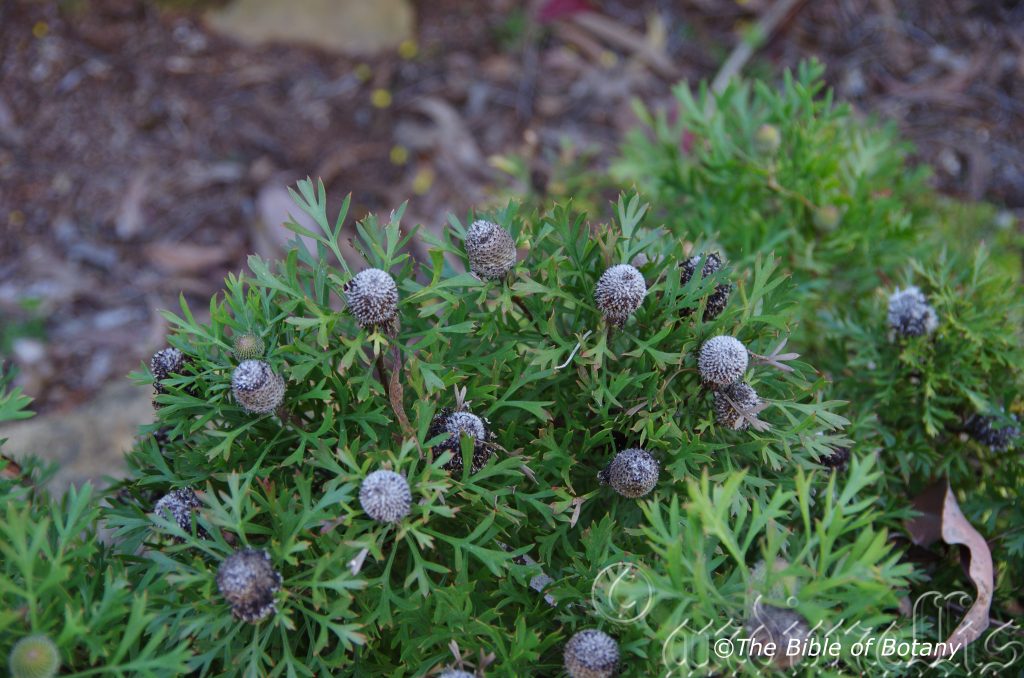
Australian National Botanic Gardens ACT
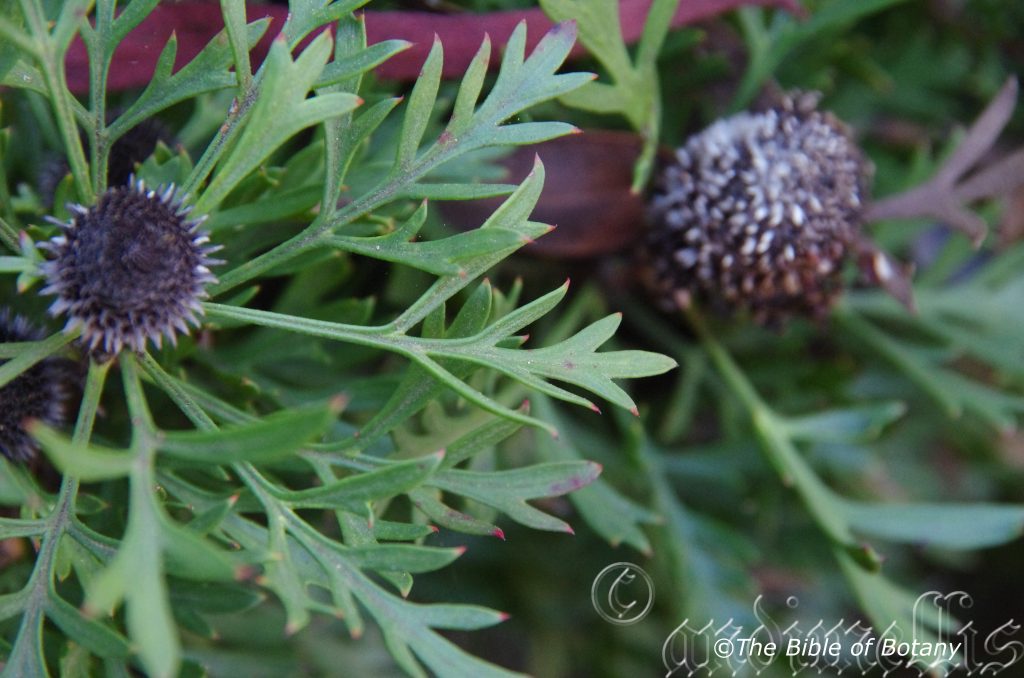
Australian National Botanic Gardens ACT
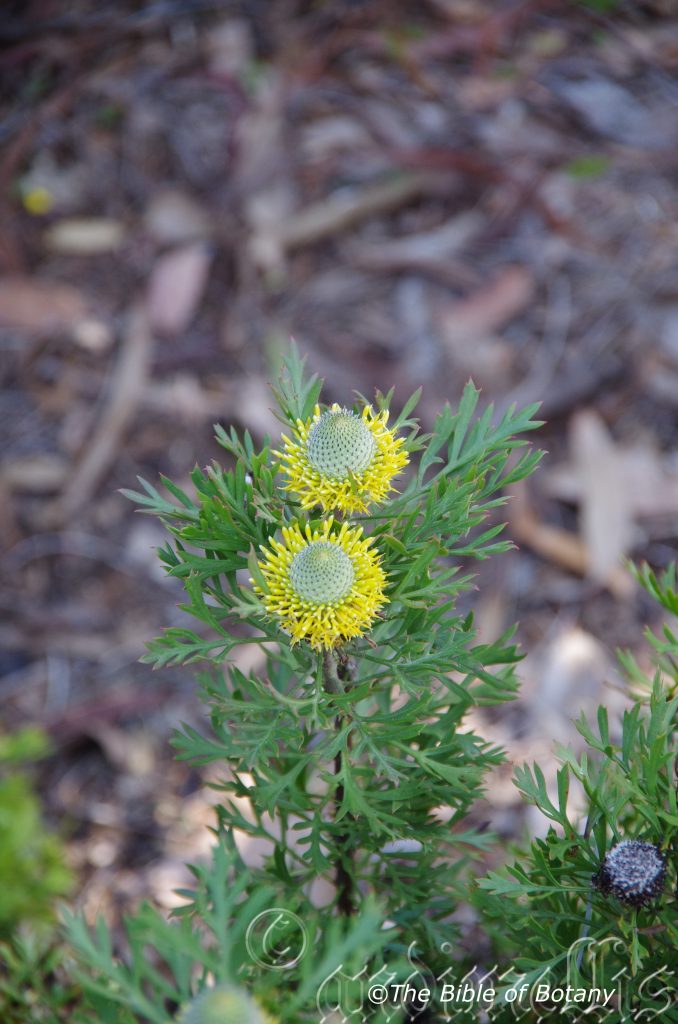
Australian National Botanic Gardens ACT
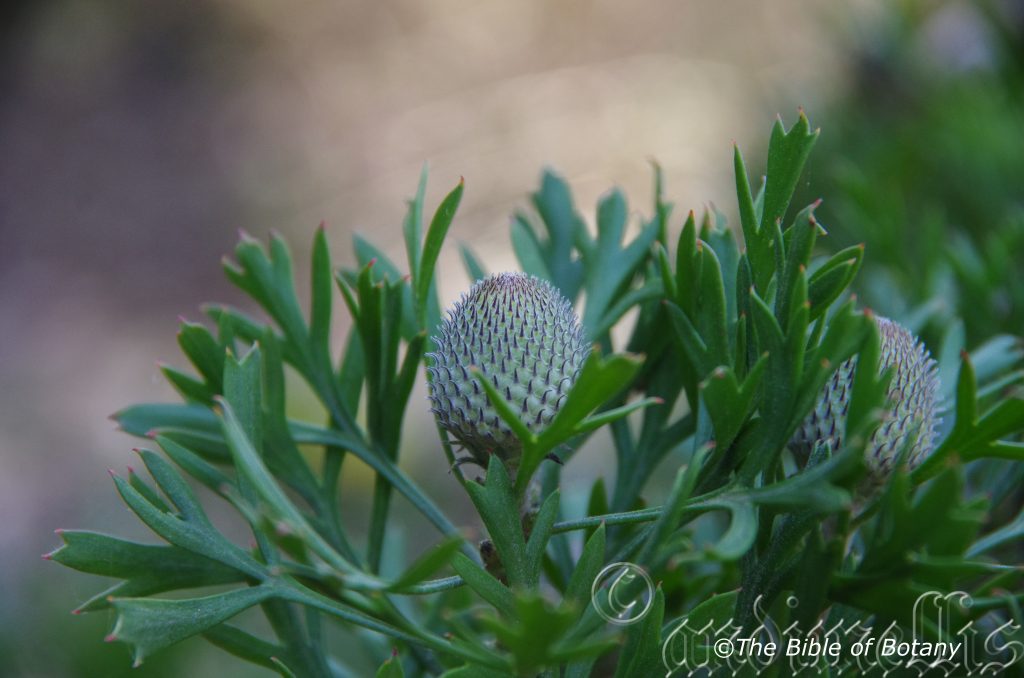
Australian National Botanic Gardens ACT
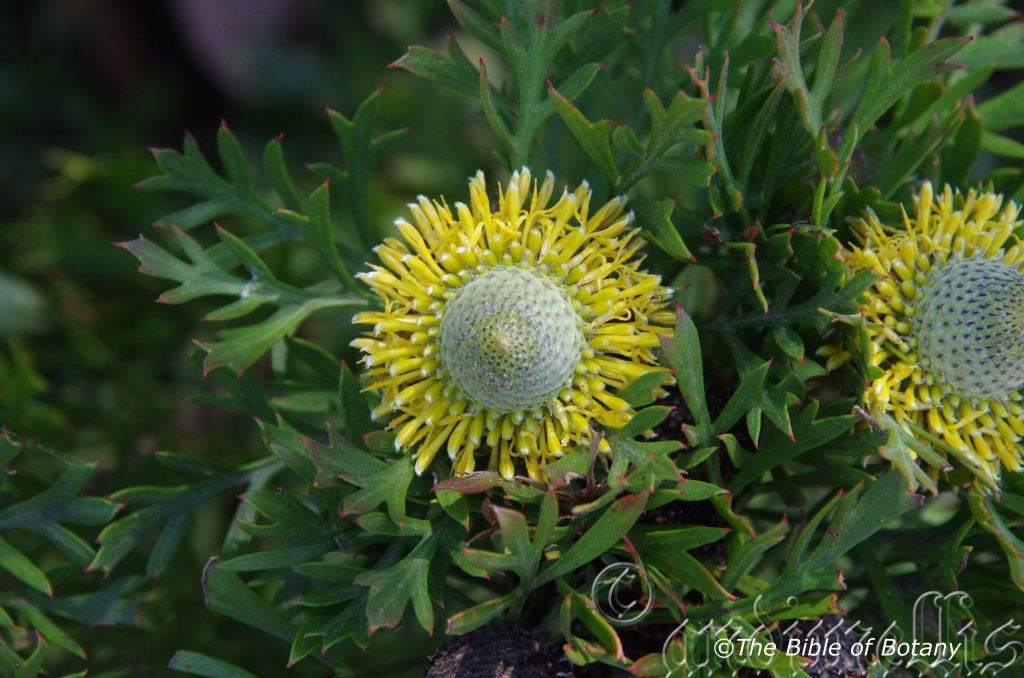
Australian National Botanic Gardens ACT
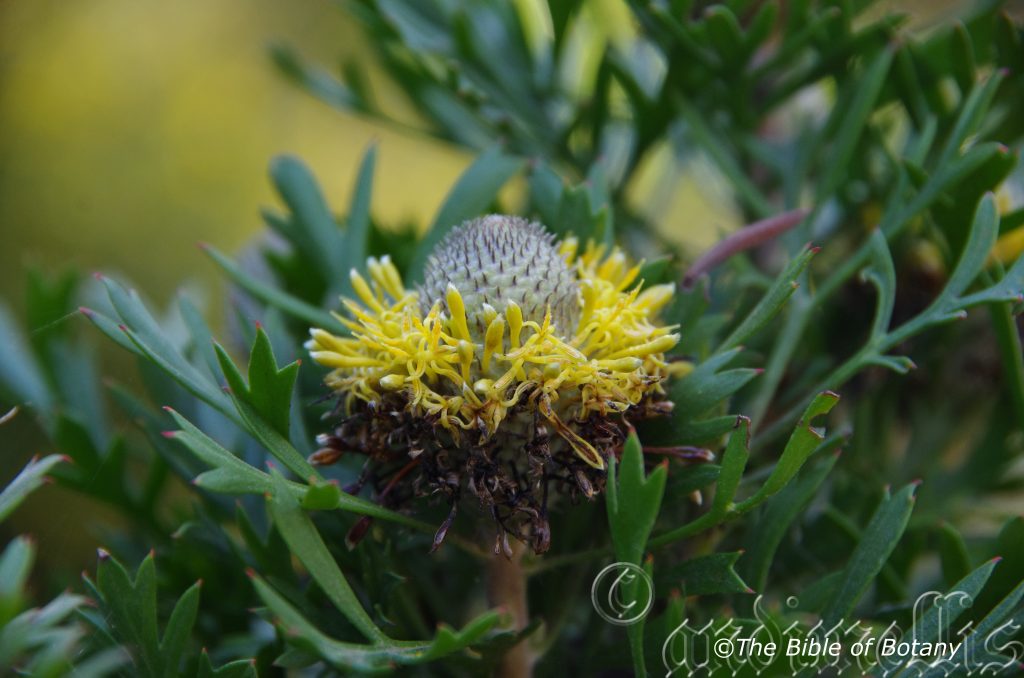
Australian National Botanic Gardens ACT
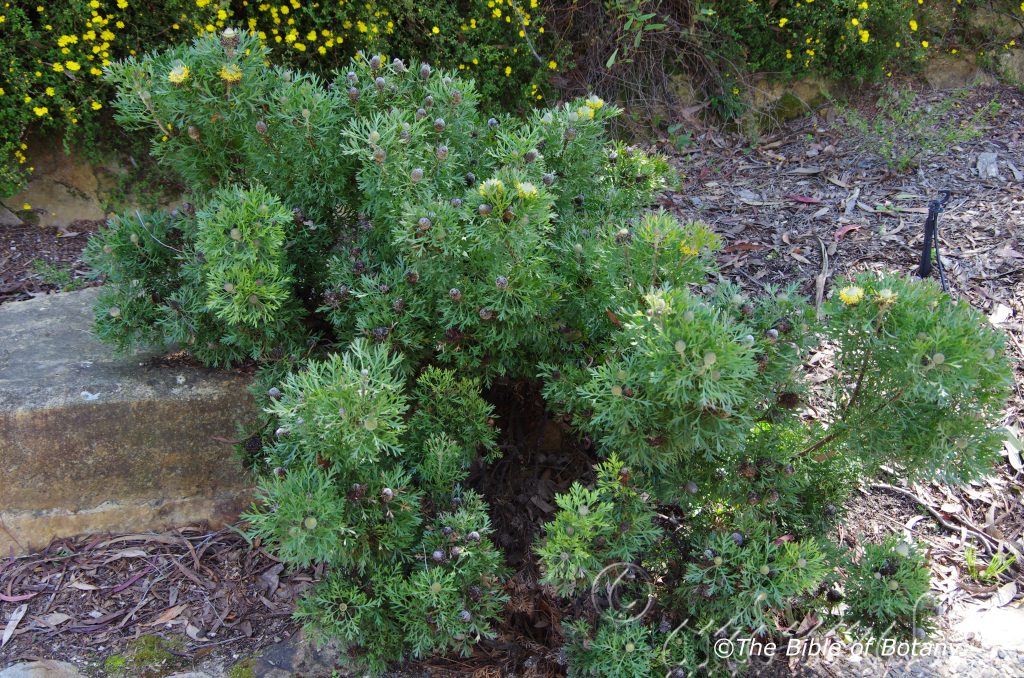
Australian National Botanic Gardens ACT
Isopogon petiolaris
Classification:
Unranked: Eudicots
Order: Proteales
Family: Proteaceae
Genus: From Isos, which is Ancient Greek for equal and Pogon, which is Ancient Greek for a beard. It refers to structures or organs, which have hirsute hairs that are all identical.
Specie: From Petiolus, which is Latin for a leaf stalk. It refers to leaf stalks, which are much longer than other species in the genus.
Sub species:
Common Name:
Distribution:
Isopogon petiolaris is found south from southern Queensland near Stanthorpe to Warialda and east to Coaldale and The Pinnacles north of Grafton then south to Parkes on the western side of the Great Dividing Range in New South Wales.
https://avh.ala.org.au/occurrences/search?taxa=Isopogon+petiolaris#tab_mapView
Habitat Aspect Climate:
Isopogon petiolaris prefer full sun to light dappled shade. It grows in open Eucalyptus forests, open Eucalyptus woodlands and mountain heaths. The altitude ranges from 10 meters ASL to 200 meters ASL.
The temperatures range from 0 degree in August to 40 degrees in January.
The rainfalls range from lows of 800mm to an average of 1600mm annually.
Soil Requirements:
Isopogon petiolaris prefer growing on skeletal sands to deep yellow-orange fatty sands. The soils pH varies from 4.5pH through to 6pH are preferred. It does not tolerate waterlogged soils. Non saline soils to moderately saline soils are tolerated.
Height & Spread:
Wild Plants: 0.4m to 1m by 0.4m to 0.8m.
Characteristics:
Isopogon petiolaris’s stems are glabrous and variable in colour from grey to brown. The branchlets are reddish-brown and are covered in white pulverulent hairs.
Isopogon petiolaris’s alternate oblong leaves are pinnatisect and measure 50mm to 75mm in length by 20mm to 50mm in width overall. The attenuate base measures 60mm to 100mm in length by 2mm to 5mm in width. The divaricate section measure 30mm to 50mm in length by 20mm to 50mm in width. The final divaricate lobes are linear and measure 3mm to 13mm in length by 3mm to 7mm in width.
The concolourous laminas are grey-green. The base is narrow attenuate for about 30mm to 60mm while the apex is tapering and pungent. The margins are entire, flat to slightly recurved. There are 3 to 5 slightly prominent veins on the lower lamina which are conspicuous from the upper lamina. The petioles measure 30mm to 120mm in length.
The inflorescence of Isopogon petiolaris is an erect, single, globose, pale blue-green cone is born terminally and surrounded by the apical leaves. The flowers measures 15mm to 22mm in diameter. The pale yellow to bright yellow clavate perianths measure 8mm to 10mm in length by 1.5mm to 2mm in diameter. The perianth is glabrous internally and externally. The involucral bracts are broad with an acuminate apex and are covered in white pulverulent hairs. The cone scales are broad cuneate, and moderately covered in white villous and floccose hairs externally except for the apex.
The pale yellow to mid yellow perianths measure 8mm to 10mm in length. The perianths are glabrous except for a short tuft hairs near the apex of the lobes. The pollen presenter is slightly papillose near the slightly swollen base, is constricted in the middle then slightly swollen near the cupular stigma. The pollen presenter measures 2mm to 3mm in length. The flowers appear from July to November.
Isopogon petiolaris’s fruits are ovoidal to globose cones. The green cones turn deep grey to black when ripe. The cones measure 10mm to 14mm in length by 14mm to 20mm in diameter. The ovoidal nuts measure 4mm to 4.5mm in length and are covered in white villous hairs.
Wildlife:
Isopogon petiolaris’s flowers are attractive to native bees like Tetragonula carbonaria and the Blue banded bee Amegilla cingulata.
Cultivation:
Isopogon petiolaris are very beautiful small shrubs which are suitable for small, medium and large sunny gardens close to the coast or on sandy ridges. It is an excellent addition in sub tropical or tropical gardens especially where the soils are skeletal sands or sandstone. I would also recommend this specie for sandy semi-arid areas. As garden subjects they will grow to 0.5 meters to 1 meter in height by 0.5 meters to 1 meter in diameter when grown in the open. It is fast growing and are cold tolerant to temperatures as low as minus 2 degrees.
It is most suitable for use around swimming pools, bright courtyards, besides pathways, rockeries, along sandy clay banks or along drive ways.
If it is placed around a pool, courtyards or other confined spaces then I would plant them in small groups or scatter plant them for a more informal natural look. Using rocks and small boulders can make the pool or any water feature appear as an oasis and larger than they really are. The leaves and flowers lend themselves to a harsh environment scene and standalone strength in survival.
If companion plants are sought then choose plants that are no more than 1 meter in height and those that have simple pale green leaves for contrast. Isopogon petiolaris would be a good companion plant to try as the height, leaf shape and colour and flower colour are all contrasting. The flowers shapes being of similar shape would bring the two together in harmony. Another advantage would be the flowering season would be extended to nearly 9 months of the year. Do not use leaves that are divided as they will blend together and be lost. Use plants that flower in a different season to extend the colour in the area or use vivid reds and purples to help highlight the yellow flowers.
Small annuals with pink flowers like Helipterum specie really do lift any enclosed area or small rockery. They give height and greater width to Isopogon petiolaris contrast the foliage and enhance the barren look or place greater emphasis on the unusual leaves and flowers.
Propagation:
Seeds: Isopogon petiolaris seeds can be sown directly into a seed raising mix. Cover them with 5mm to 6mm of fine weed free mulch and keep moist. Place the tray in a warm sunny position. When the seedlings are 20mm to 30mm tall, prick them out and plant them into 50mm native tubes using a good organic mix.
Once the seedlings reach 100mm to 150mm in height they can be planted out into their permanent position.
Fertilize using seaweed, fish emulsion or organic chicken pellets soaked in water on an alternate basis. Fertilize every two months until the plants are established then twice annually in early September or March to maintain health, vitality and better flowering. Avoid synthetic fertilizers as they will most likely contain calcium and phosphorous which are toxic to most Proteacea.
Further Comments from Readers:
Hi reader, it seems you use The Bible of Botany a lot. That’s great as we have great pleasure in bringing it to you! It’s a little awkward for us to ask, but our first aim is to purchase land approximately 1,600 hectares to link several parcels of N.P. into one at The Pinnacles NSW Australia, but we need your help. We’re not salespeople. We’re amateur botanists who have dedicated over 30 years to saving the environment in a practical way. We depend on donations to reach our goal. If you donate just $5, the price of your coffee this Sunday, We can help to keep the planet alive in a real way and continue to bring you regular updates and features on Australian plants all in one Botanical Bible. Any support is greatly appreciated. Thank you.
In the spirit of reconciliation we acknowledge the Bundjalung, Gumbaynggirr and Yaegl and all aboriginal nations throughout Australia and their connections to land, sea and community. We pay our respect to their Elders past, present and future for the pleasures we have gained.
Isotoma armstrongii
Classification:
Unranked: Eudicots
Superorder: Asterids
Order: Asterales
Family: Campanulaceae
Subfamily: Lobeliodeae
Genus: From Isos, which is Ancient Greek for equal and Tome, which is Ancient Greek for to cut or a cut. It refers to corollas, which having 5 almost identical lobes.
Specie: Is named in honour of Armstrong but which Armstrong cannot be substantiated.
Genus: Is named in honour of Mathias de Lobel; 1538-1616, who was a Flemish botanist who deduced that botany was an exact science of observation. Is still widely known as Lobelia douglasiana
Specie: Is named in honour of Dr. John Gordon George Douglas; 1929-2007, who was a Geologist, palaeobotanist.
Sub species:
Common Name:
Distribution:
Some authorities have Isotoma armstrongii listed as Lobelia douglasiana I have nominated to stay with the New South Wales Herbarium’s classification at the moment. It is found in 4 widely disjunct populations in northern and eastern Australia. The Western Australian populations are bounded by the north Kimberley Range to Kununurra Long Creek in the south west of the Kimberley to the Mitchell Plateau in the north east of the Kimberley.
In the Northern Territory it is found east from Melville Bathurst Island to Humpty Doo to Groote Eylandt. It is found further south bounded by Gulf Fall and Uplands, Amungee Mungee Station and the Roper River as well as South West Island in the Sir Edward Pellew Group of Islands.
In north Queensland it is found over most of Cape York Peninsula from the Torres Strait Islands south to Normanton.
The fourth population is located in several disjunct populations south from Cascade Falls near Alstonville to Bulladelah. It is found on and east of the Great Dividing Range.
https://avh.ala.org.au/occurrences/search?taxa=Isotoma+armstrongii#tab_mapView
Habitat Aspect Climate:
Isotoma armstrongii prefers full sun to medium shade. It grows in open Eucalyptus woodlands, open schlerophyll forests or grassy woodlands on the verge of river banks creek a stream riparian zones, billabongs, swamps or wet wallums. The altitude ranges from 35 meters ASL to 270 meters ASL.
The temperatures range from minus 2 degrees in August to 42 degrees in January.
The rainfalls range from lows of 450mm to an average of 2000mm annually.
Soil Requirements:
Isotoma armstrongii prefers skeletal to deep sands, sandy loams, and light fatty clays to medium clays or light silts to heavy silts close to the parent rocks or podsolics. The soils are usually derived from decomposed sandstone, granites, alluvial deposits or at times older accumulated sands, black basalts or brown basalts. The soils pH varies from 5.5pH through to a 6pH. It does not tolerate waterlogged soils. Non saline soils to very saline soils are tolerated as are salt laden winds.
Height & Spread:
Wild Plants: 0.2m to 0.3m by 0.4m to 1m.
Characteristics:
It grows as a weak perennial herb with semi erect or ascending stems. The glabrous stems measure usually measure 150mm to 300mm in length but if scrambling over other foliage may attain 800mm in length.
Isotoma armstrongii’s alternate linear to narrow lanceolate leaves measure 5mm to 35mm in length by 1mm to 3mm in width. The bases are sessile while the apexes are tapering acute. The slightly discolourous laminas are deep green to sea-green and glabrous on the upper laminas while the lower laminas are paler. The laminas recurve upwards from the midvein to the margins to form a channel from the base to the apex while the margins are entire or with a few scattered small teeth. The rounded mid vein is strongly prominent on the lower lamina and is visible on the upper lamina.
The inflorescences of Isotoma armstrongii are born singularly from the leaf nodes. The erect pedicels measure 40mm to 80mm in length at anthesis extending to 120mm when the fruit is ripe. The 5 deep green, glabrous calyxes measure 5mm to 7mm in length while the lobes measure 3mm to 5mm in length. The pale blue to blue-mauve corolla tubes measure 2mm to 7mm in length while the dimorphic lobes measure 4mm to 9mm in length. The 3 lower obovate to oblong lobes are longer while the 2 upper narrower lobes are more acute and recurved upwards.
The anthers are covered with short white tufts of hirtellous hairs while the lower, longer pair has an apical bristle. The inferior ovaries are turbinate and measure 3mm to 5mm in length. The flowers appear from October to July.
Isotoma armstrongii’s fruits are capsules that are obovate to turbinate and slightly oblique at the base. The green capsules turn grey-brown when ripe. The capsules measure 5mm to 7mm in length by 3mm to 4.5mm in diameter.
Wildlife:
Isotoma armstrongii wildlife is unknown to the author.
Cultivation:
Isotoma armstrongii is a beautiful straggly small annual herb which is suitable for small bog gardens or gardens in very wet areas. As garden subjects they will grow to 0.2 meter to 0.5 meters high by 0.3 meters to 0.6 meters in diameter.
It is fast growing that need to be mass planted and surrounded by cream, pale yellow or pink flowering annuals or other bulbous to gain the best affect. Mass plantings are best achieved by planting them at 0.1 meter to 0.2 meter centers.
Propagation:
Seeds: Isotoma armstrongii seeds can be sown directly onto a seed raising mix however seed germination is very variable. Cover them with 1mm of fine sand and keep moist not wet. Place the tray in a warm sunny position or beneath 20mm shade cloth. When the seedlings are 20mm to 30mm tall, prick them out and plant them into 50mm native tubes using a good organic mix.
Once the seedlings reach 100mm to 150mm in height they can be planted out into their permanent position.
Fertilize using seaweed, fish emulsion or organic chicken pellets soaked in water on an alternate basis. Fertilize every two months until the plants are established then twice annually in early September or March to maintain health, vitality and better flowering.
Further Comments from Readers:
Hi reader, it seems you use The Bible of Botany a lot. That’s great as we have great pleasure in bringing it to you! It’s a little awkward for us to ask, but our first aim is to purchase land approximately 1,600 hectares to link several parcels of N.P. into one at The Pinnacles NSW Australia, but we need your help. We’re not salespeople. We’re amateur botanists who have dedicated over 30 years to saving the environment in a practical way. We depend on donations to reach our goal. If you donate just $5, the price of your coffee this Sunday, We can help to keep the planet alive in a real way and continue to bring you regular updates and features on Australian plants all in one Botanical Bible. Any support is greatly appreciated. Thank you.
In the spirit of reconciliation we acknowledge the Bundjalung, Gumbaynggirr and Yaegl and all aboriginal nations throughout Australia and their connections to land, sea and community. We pay our respect to their Elders past, present and future for the pleasures we have gained.
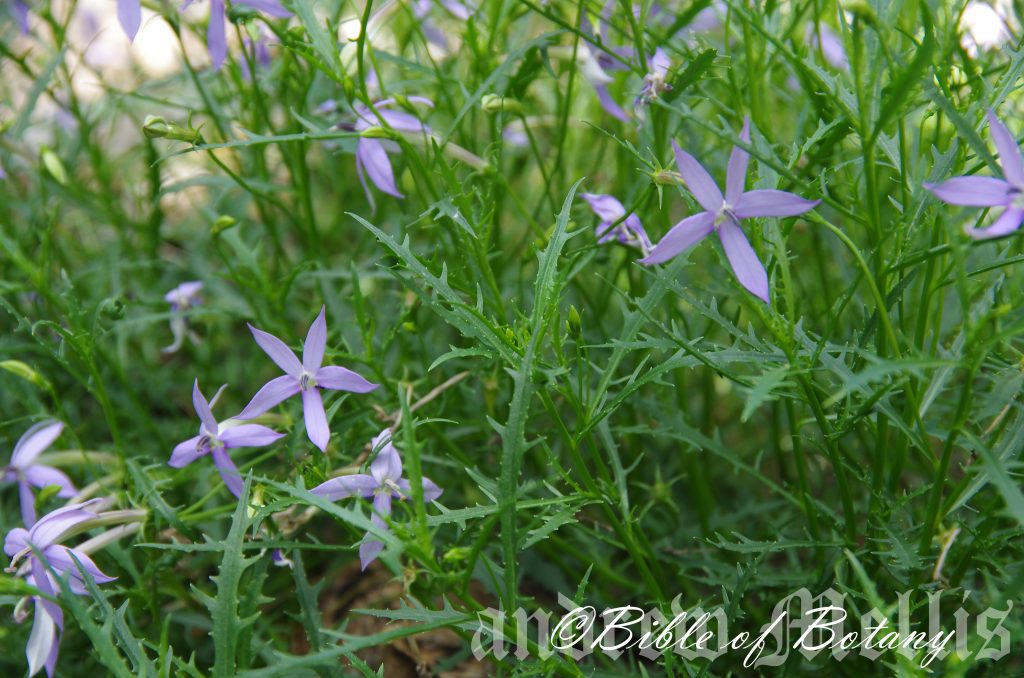
Ebor NSW
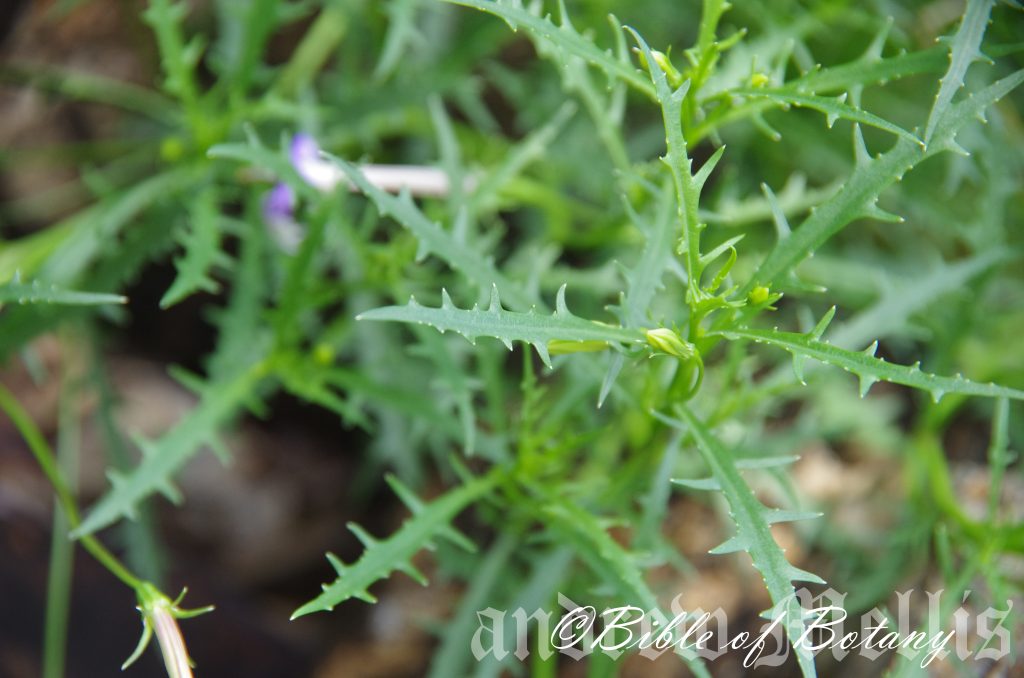
Ebor NSW
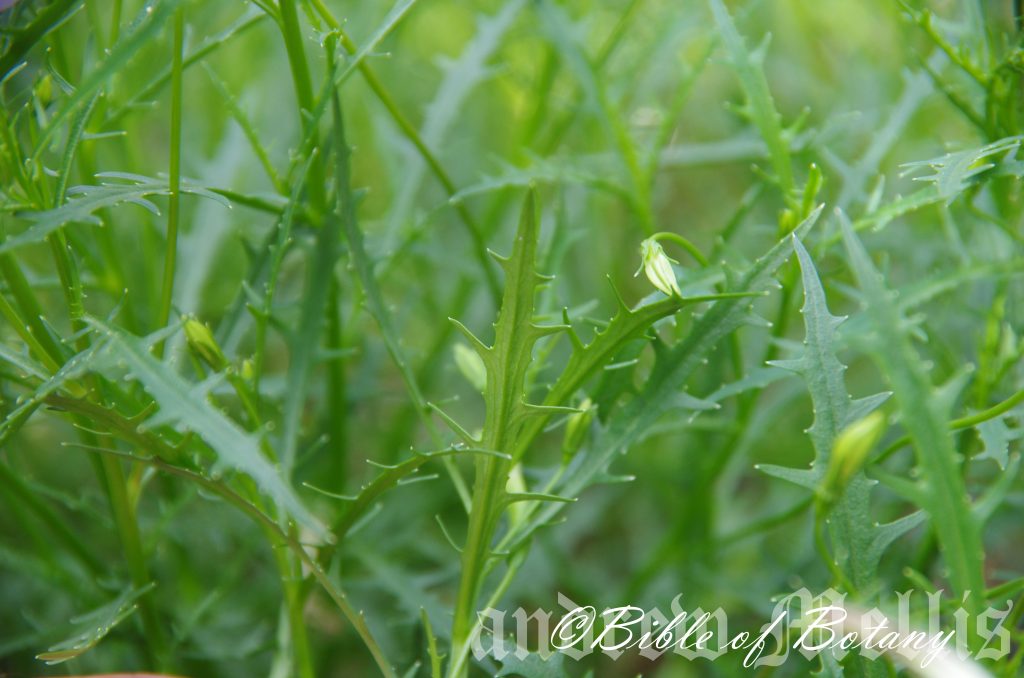
Ebor NSW
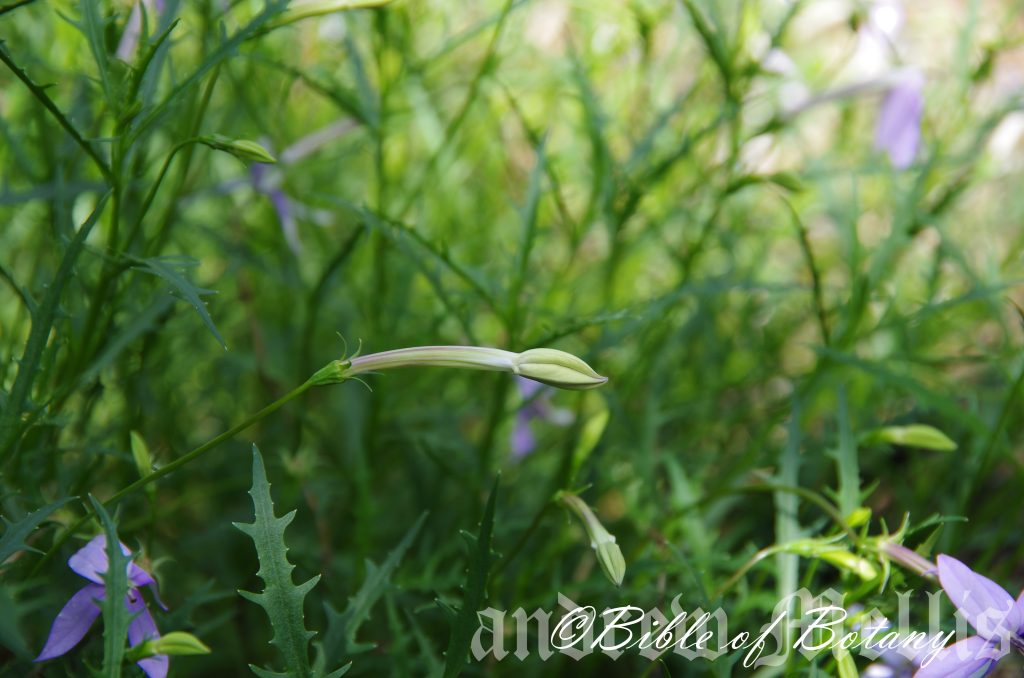
Ebor NSW
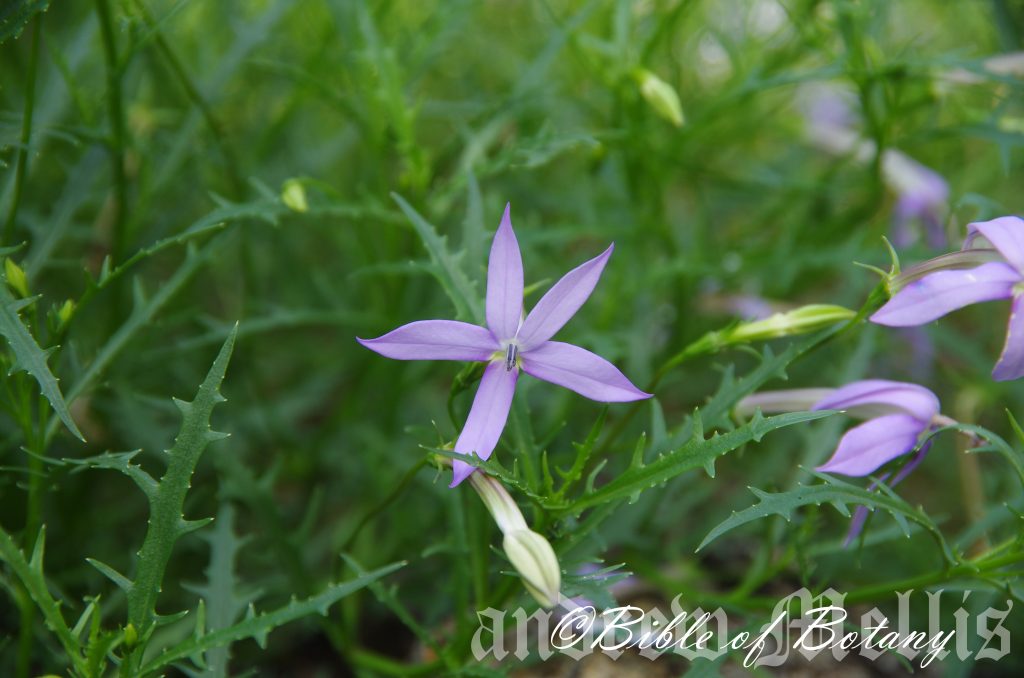
Ebor NSW
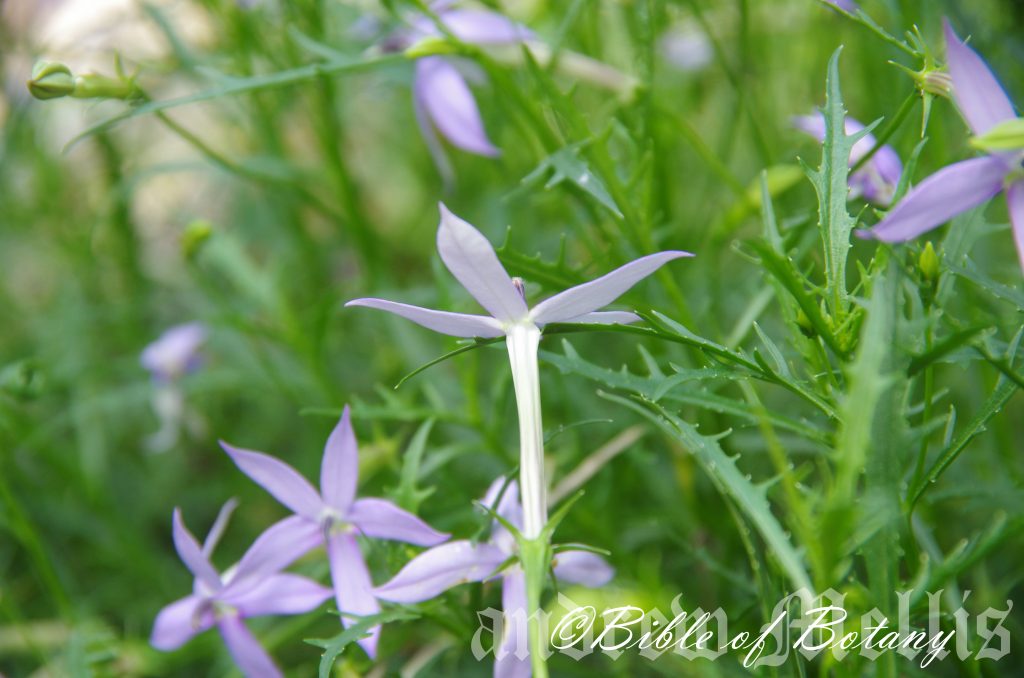
Ebor NSW
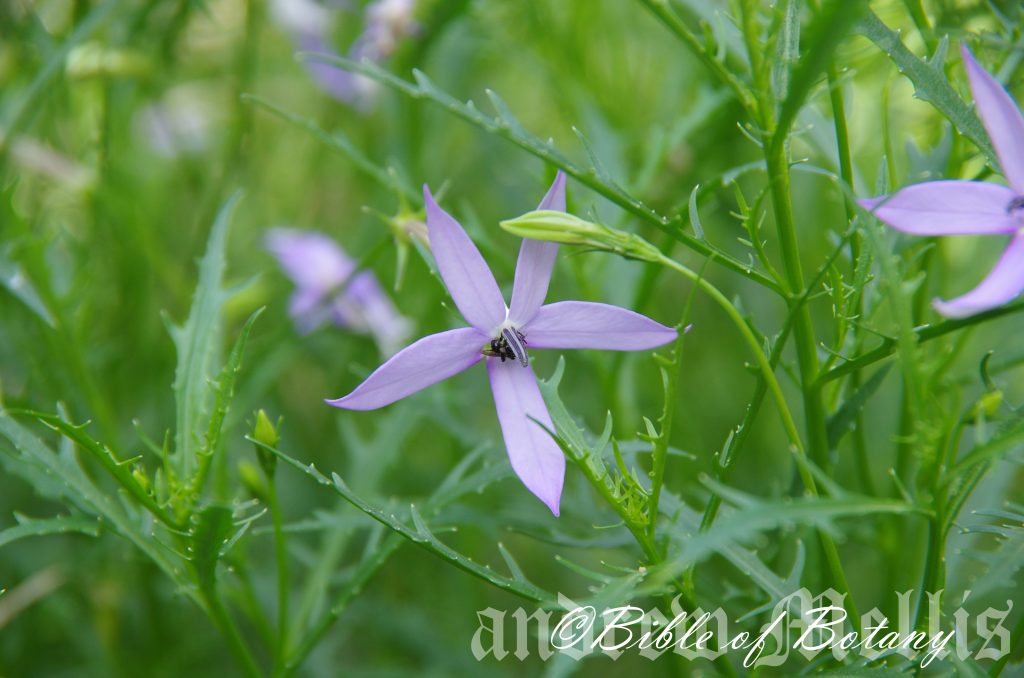
Ebor NSW
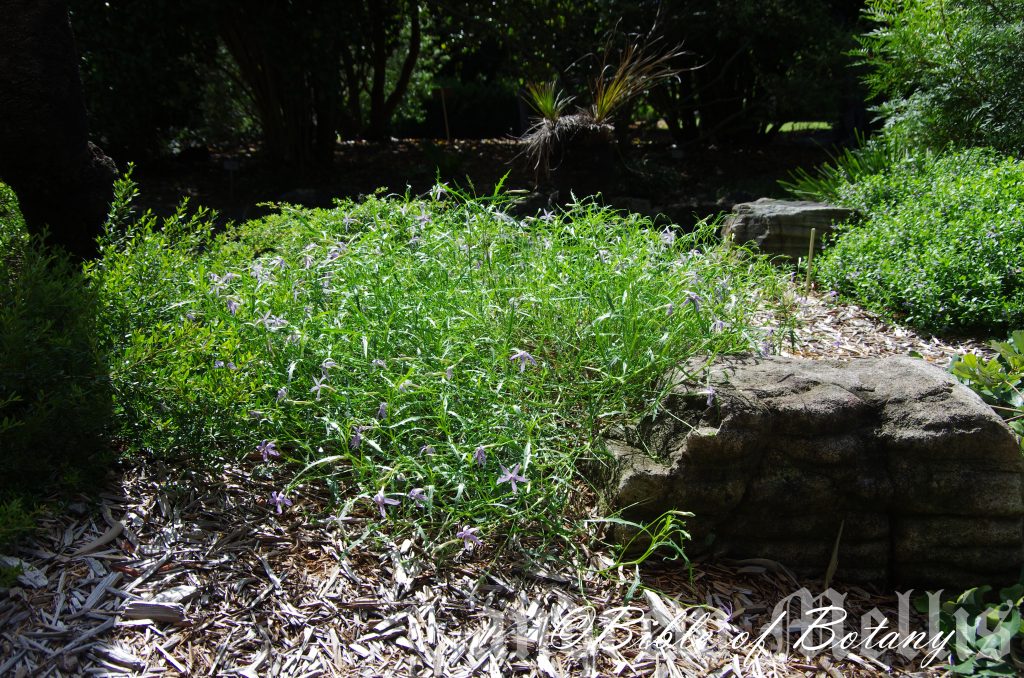
NCBG Coffs Harbour NSW
Isotoma axillaris
Classification:
Unranked: Eudicots
Superorder: Asterids
Order: Asterales
Family: Campanulaceae
Subfamily: Lobeliodeae
Genus: From Isos, which is Ancient Greek for equal and Tome, which is Ancient Greek for to cut or a cut. It refers to corollas, which having 5 almost identical lobes.
Specie: From Axis, which is Latin for a leaf axil. It refers to bracts or auxiliary shoots which are all in the leaf axils.
Sub species:
Common Name: Rock Isotome.
Distribution:
Isotoma axillaris is found in a line south and east from Wolfgang Peak on the Peak Ranges and Cawarall in central eastern Queensland to Mount Wycheproof and east to Newry in coastal south east Gippsland in Victoria.
There is an isolated population at King George Sound near Albany in south western coastal Western Australia.
https://avh.ala.org.au/occurrences/search?taxa=Isotoma+axillaris#tab_mapView
Habitat Aspect Climate:
Isotoma axillaris prefers full sun to dappled shade. It grows in open Eucalyptus woodlands and open schlerophyll forests or grassy woodlands. The altitude ranges from 10 meters ASL to 1170 meters ASL.
The temperatures range from minus 5 degree in August to 40 degrees in January.
The rainfalls range from lows of 250mm to an average of 2000mm annually.
Soil Requirements:
Isotoma axillaris prefers skeletal to shallow sands, sandy loams or light fatty clays close to the parent rocks. The soils are usually derived from decomposed sandstones, granites or gritty shales. The soils pH varies from 5pH through to a 6pH. It does not tolerate waterlogged soils however soil moisture is reliable throughout the year. Non saline soils to moderately saline soils are tolerated.
Height & Spread:
Wild Plants: 0.2m to 0.5m by 0.2m to 0.3m.
Characteristics:
Isotoma axillaris grows as a semi erect or ascending stemmed perennial. The deep green stems have a purplish tinge and are covered in white pulverulent hairs.
Isotoma axillaris’s alternate linear leaves are ovate to obovate in outline and measure 15mm to 150mm in length by 0.5mm to 5mm in width. The laminas pinnatifid to pinnatisect undivided sections usually measure 3mm to 5mm in width near the apex but can measure between 1mm and 10mm in width. The bases are tapering while the apexes are tapering acute. The concolourous laminas are deep green to sea-green and glabrous. The linear are linear with acute apexes while the margins entire or finely toothed. The mid vein is strongly prominent on the lower lamina and is visible on the upper lamina.
The inflorescences of Isotoma axillaris are born singularly from the leaf nodes. The pedicels measure 30mm to 170mm in length at anthesis. The 5 deep green, glabrous calyxes measure 3mm to 7mm in length while the lobes measure 3mm to 8mm in length. The bright blue to mauve or rarely pink or white corolla tubes have a blue to mauve throat or at times white, yellow or greenish-yellow. The corollas measure 15mm to 35mm in length while the lobes are oblong-elliptical and measure 8mm to 18mm in length.
The lower anthers are covered have a single large bristle at the apex with a sparse covering of white hirtellous hairs while the upper longer anthers are glabrous. The inferior ovaries are turbinate and measure 3mm to 7mm in length. The flowers appear from September to May.
Isotoma axillaris’s fruits are capsules that are obovate to turbinate and slightly oblique at the base. The green capsules turn pale grey-brown when ripe. The capsules measure 7mm to 18mm in length by 5mm to 9mm in diameter.
Wildlife:
Isotoma axillaris wildlife is unknown to the author.
Cultivation:
Isotoma axillaris is a beautiful small annual herb which is suitable for small bog gardens or gardens in very wet areas. As garden subjects they will grow to 0.2 meter to 0.5 meters high by 0.4 meters to 0.6 meters in diameter.
It is fast growing that need to be mass planted and surrounded by cream, pale yellow or pink flowering annuals or other bulbous to gain the best affect. Mass plantings are best achieved by planting them at 0.1 meter to 0.2 meter centers.
Propagation:
Seeds: Isotoma axillaris seeds can be sown directly onto a seed raising mix however seed germination is very variable. Cover them with 2mm of fine sand and keep moist not wet. Place the tray in a warm sunny position or beneath 30mm shade cloth. When the seedlings are 20mm to 30mm tall, prick them out and plant them into 50mm native tubes using a good organic mix.
Once the seedlings reach 150mm to 200mm in height they can be planted out into their permanent position.
Fertilize using seaweed, fish emulsion or organic chicken pellets soaked in water on an alternate basis. Fertilize every two months until the plants are established then twice annually in early September or March to maintain health, vitality and better flowering.
Further Comments from Readers:
Hi reader, it seems you use The Bible of Botany a lot. That’s great as we have great pleasure in bringing it to you! It’s a little awkward for us to ask, but our first aim is to purchase land approximately 1,600 hectares to link several parcels of N.P. into one at The Pinnacles NSW Australia, but we need your help. We’re not salespeople. We’re amateur botanists who have dedicated over 30 years to saving the environment in a practical way. We depend on donations to reach our goal. If you donate just $5, the price of your coffee this Sunday, We can help to keep the planet alive in a real way and continue to bring you regular updates and features on Australian plants all in one Botanical Bible. Any support is greatly appreciated. Thank you.
In the spirit of reconciliation we acknowledge the Bundjalung, Gumbaynggirr and Yaegl and all aboriginal nations throughout Australia and their connections to land, sea and community. We pay our respect to their Elders past, present and future for the pleasures we have gained.
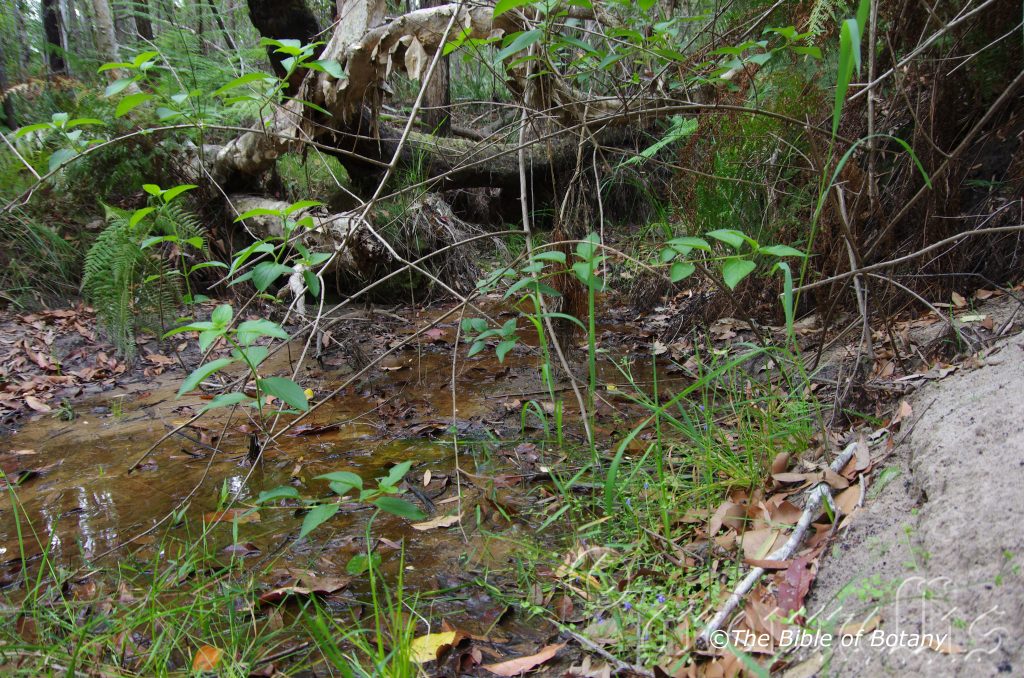
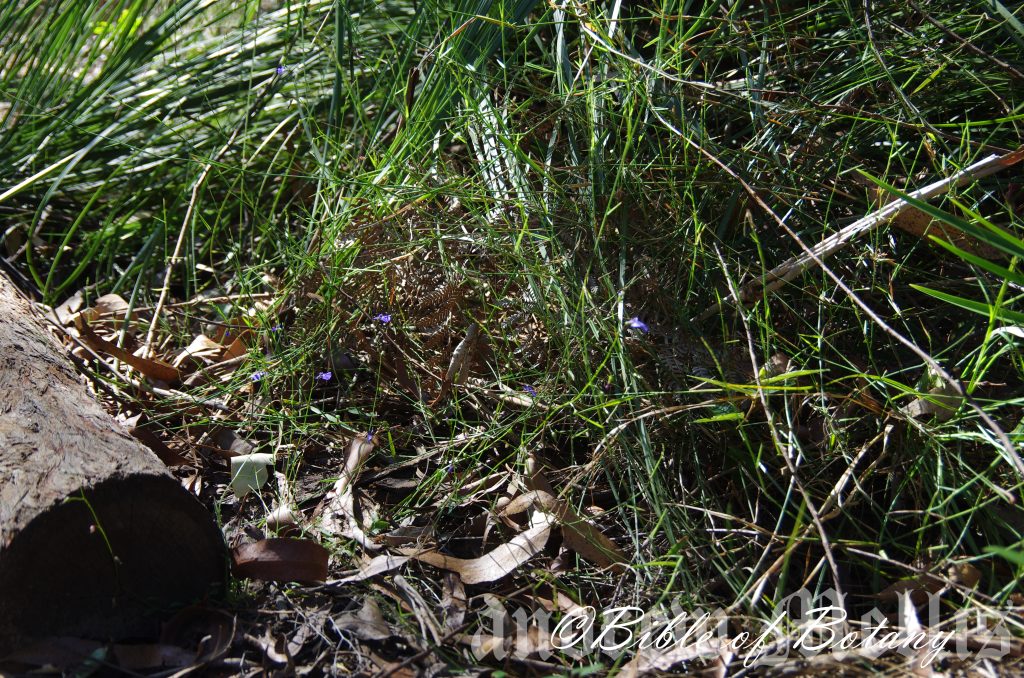
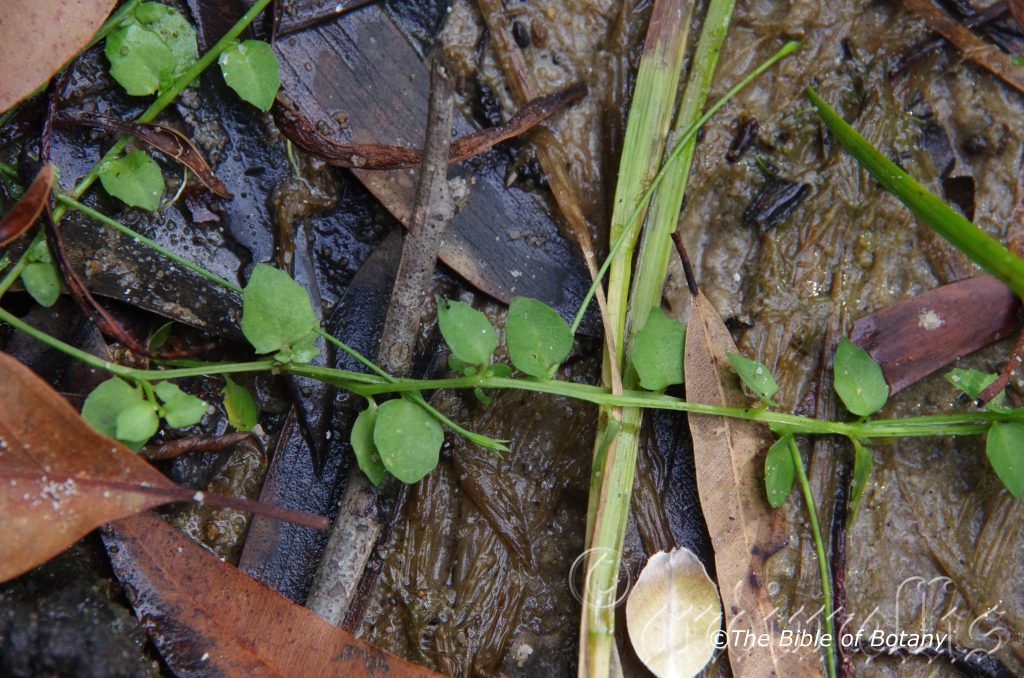
The Pinnacles NSW
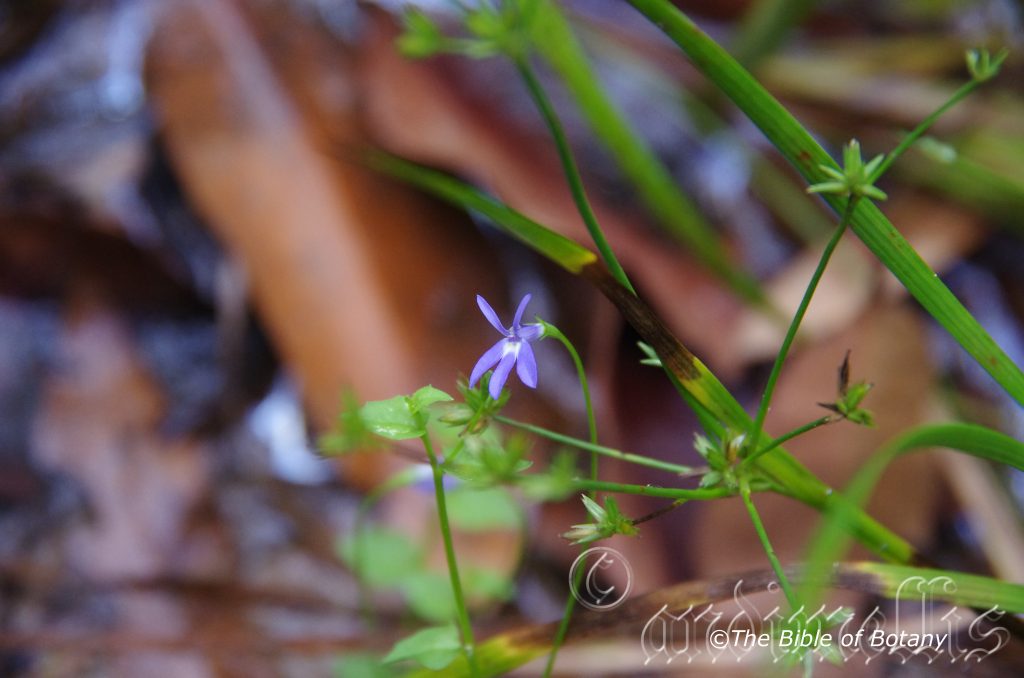
The Pinnacles NSW
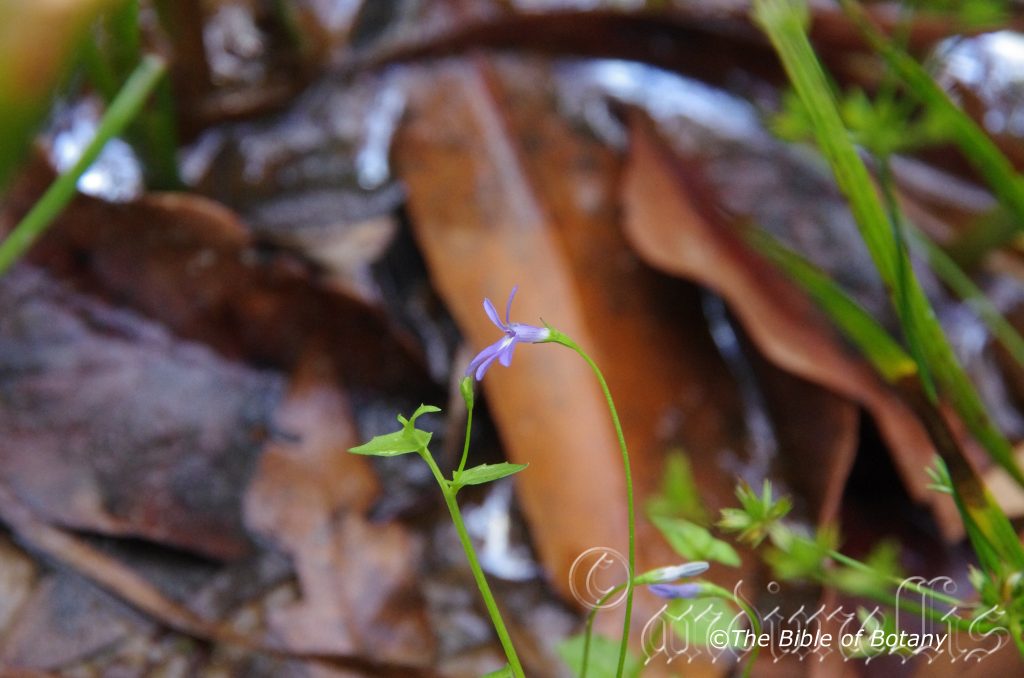
The Pinnacles NSW
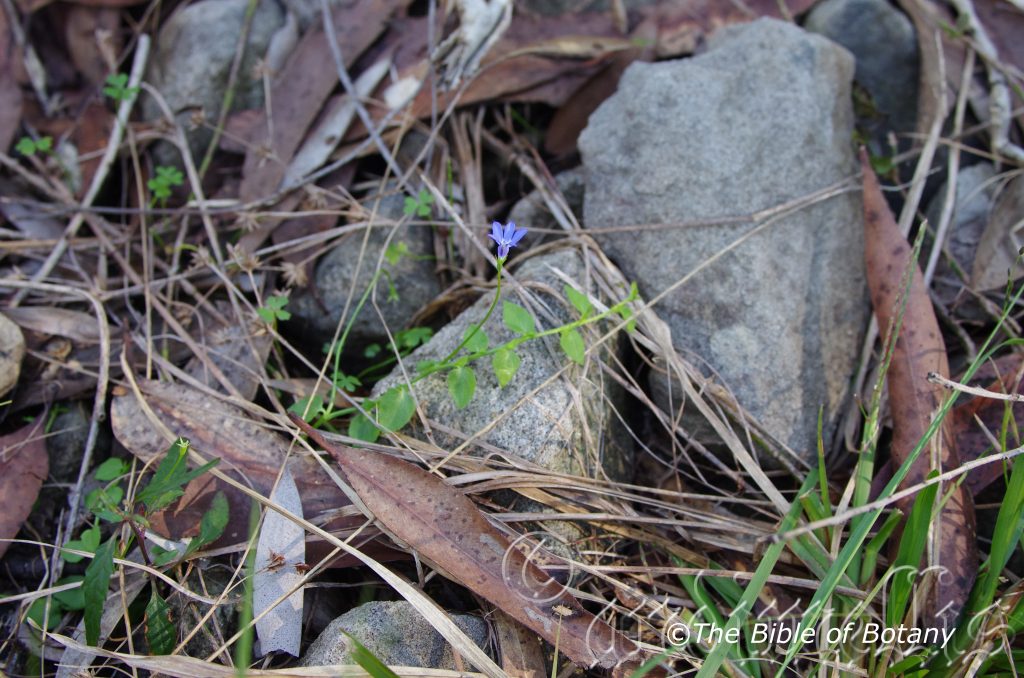
The Pinnacles NSW
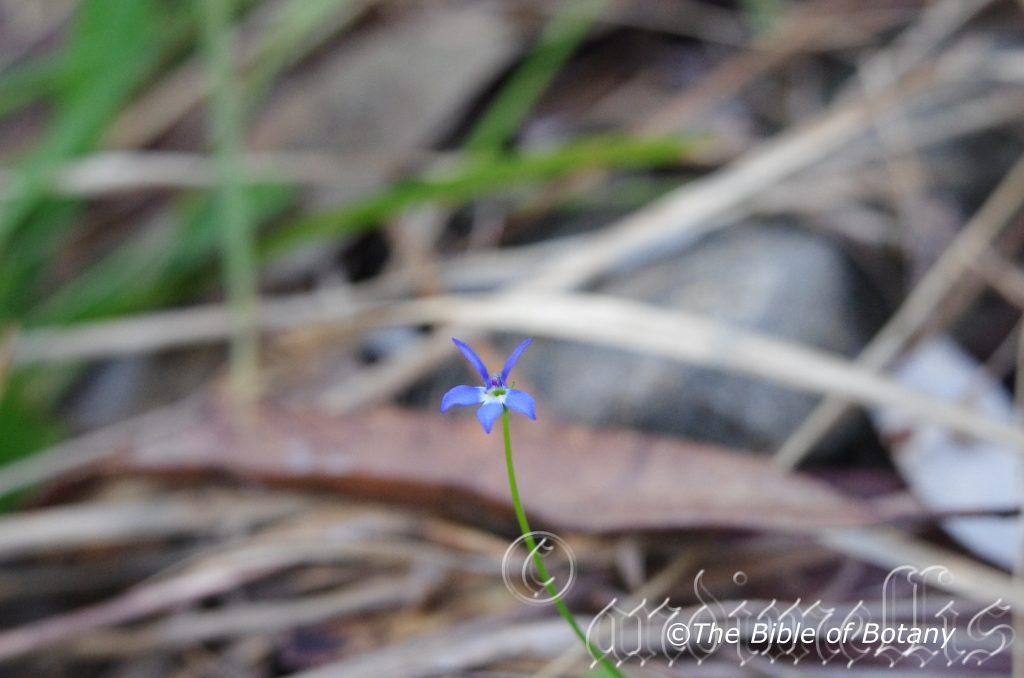
The Pinnacles NSW

The Pinnacles NSW
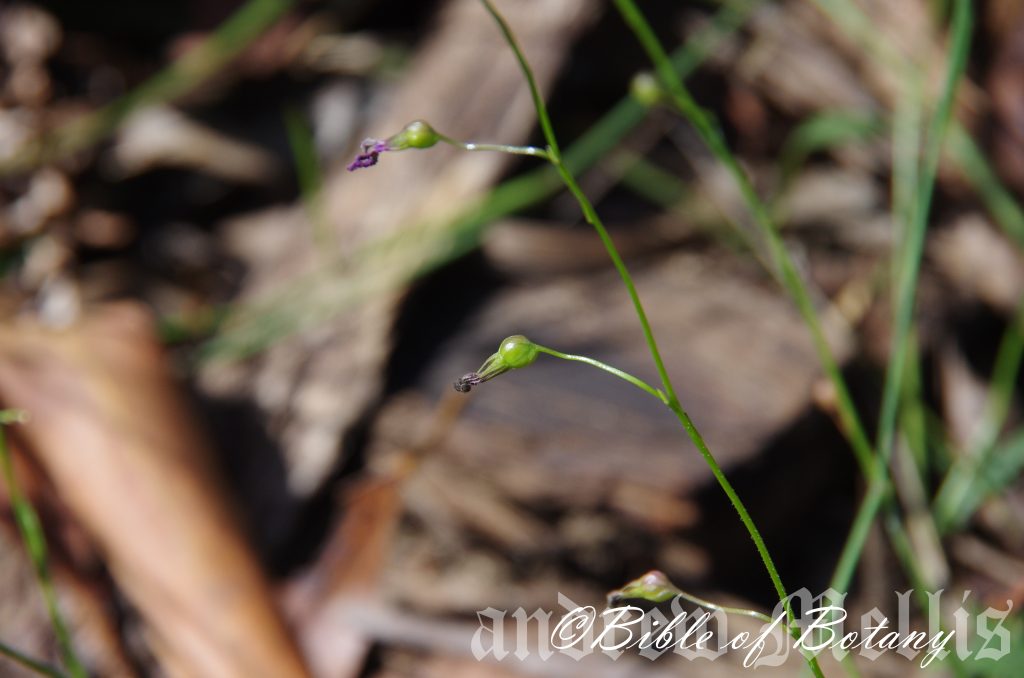
The Pinnacles NSW
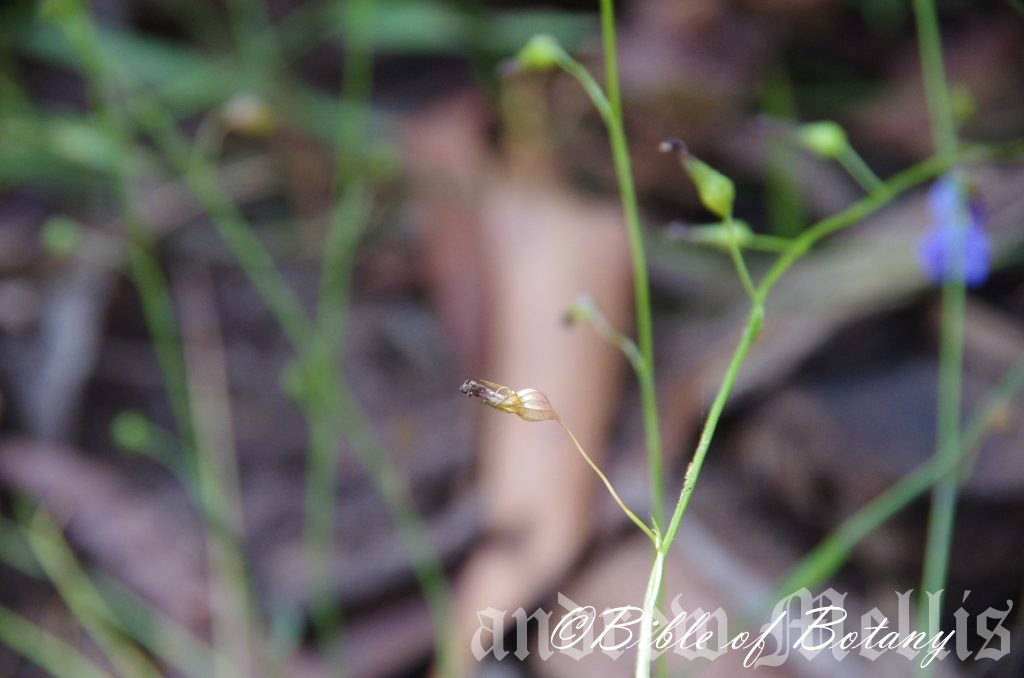
The Pinnacles NSW
Isotoma fluviatilis
Classification:
Unranked: Eudicots
Superorder: Asterids
Order: Asterales
Family: Campanulaceae
Subfamily: Lobeliodeae
Genus: From Isos, which is Ancient Greek for equal and Tome, which is Ancient Greek for to cut or a cut. It refers to corollas, which having 5 almost identical lobes.
Specie: From Fluvius, which is Latin for a river. It refers to plants, which prefer to grow in or near flowing water.
Sub species: Isotoma fluviatilis subsp. australis. From Terra Australis, which is Latin for land of the south. It refers to plants, which were first discovered from the land down under.
Sub species: Isotoma fluviatilis subsp. borealis. From Borealis, which is Latin for from the north. It refers to plants, which were first discovered in the northern hemisphere or far northern Australia.
Sub species: Isotoma fluviatilis subsp. fluviatilis. From Fluvius, which is Latin for a river. It refers to plants, which prefer to grow in or near flowing water.
Common Name: Swamp Isotome.
Distribution:
Isotoma fluviatilis subsp. australis is found south from the Blue Mountains in New South Wales through to Mount Gambia in South Australia. There is an isolated population in the Adelaide Hills of South Australia and on the Jerdacuttup River crossing, between Esperance and Ravensthorpe
It is also found throughout mainland Tasmania and on King Island.
Isotoma fluviatilis subsp. borealis is found in two isolated populations. The northern plants are found on the northers half of Cape York Peninsula while the southern populations are found south of Warwick in far south eastern Queensland south to the Blue Mountains in central coastal Mew South wales on the western slopes, on and east of the Great Dividing Range.
Isotoma fluviatilis subsp. fluviatilis is found in several disjunct populations between Armidale and Bombala in eastern New South Wales.
https://avh.ala.org.au/occurrences/search?taxa=Isopogon+fluviatilis#tab_mapView
Habitat Aspect Climate:
Isotoma fluviatilis prefers full sun to dappled shade. It usually grows in association with running water in open woodlands and open schlerophyll forests, forests with grassy understory, rocky ridges and plains adjacent to rainforests and monsoonal forests. It is especially common along drainage lines, seepages, along creeks, streams, river flats or at times adjacent to billabongs or ephemeral pools. The altitude ranges from 5 meters ASL to 1050 meters ASL.
The temperatures range from minus 5 degree in August to 40 degrees in January.
The rainfalls range from lows of 200mm to an average of 2400mm annually. Rainfall is not as crucial as indirect flow into rivers.
Soil Requirements:
Isotoma fluviatilis prefer to grow on skeletal sands, shallow sandy loams and fatty sands and mud close to the parent rocks. The soils are usually derived from decomposed sandstone, granite, shale or fine alluvial silts. The soils pH varies from 4.5pH through to a 6pH. It does not tolerate waterlogged soils. Non saline soils to very saline soils are tolerated.
Height & Spread:
Wild Plants: 0.05m to 0.5m by 0.2m to several meters.
Characteristics:
Isotoma fluviatilis’s semi prostrate perennial with herb that often forms large mats. It stems are grass-green and send out white roots from the nodes. The stems are usually covered in white puberulent hairs or at times glabrous.
Isotoma fluviatilis’s young leaves are oblong to broad elliptical or rarely broad linear and become ovate to obovate with age. The leaves measure 4mm to 12mm in length by 2.5mm to 9mm in width. The bases are rounded while the apexes are obtuse. The discolourous laminas are green to deep grass-green and glabrous or sparsely covered in white puberulent hairs. The laminas are flat or recurve slightly upwards from the center to the margins while the margins are entire, crenate or very finely toothed. The mid vein is prominent on the lower lamina and is visible on the upper lamina. The petioles measure 0mm to 2mm in length.
The inflorescences of Isotoma fluviatilis are born singularly from the leaf nodes. The pedicels measure 5mm to 30mm in length at anthesis. The 5 deep green, glabrous calyxes measure 1mm to 1.5mm in length while the lobes measure 1mm to 1.5mm in length. The bright blue to mauve or rarely pink or white corolla tubes have a yellow patch at the base of the lobes. The corollas measure 2mm to 7mm in length while the lobes are oblong-elliptical and measure 2mm to 8mm in length. The lower lobes separate lower down compared to the upper lobes
The lower anthers are glabrous and have a single large bristle at the apex with several shorter ones. The inferior ovaries are turbinate and measure 3mm to 4mm in length in the female flowers and less than 1mm in the male flowers. The flowers appear from October to July.
Isotoma axillaris’s fruits are slightly asymmetrical capsules that are obovate to turbinate. The green capsules turn pale grey-brown when ripe. The capsules measure 3mm to 6mm in length by 3mm to 3.5mm in diameter.
Confusing Subspecie Varieties:
Isotoma fluviatilis subsp. fluviatilis’s leaves measure 5mm to 15mm in length. The flowers are unisexual on dioecious plants. The male flowers’ corollas are measure 4mm to 7mm in length with dimorphic deep blue-black anthers. The ovaries measure 1mm to 2mm in length ovules absent or rarely 1 or 2.
The female flowers’ corollas measure 4mm to 5mm in length. The pale blue anthers are small and without pollen. The ovaries measure 4mm to 5mm in length and are fertile. The ovary is covered in with short sparse or long dense white pulverulent hairs. The stigma is usually inserted or rarely exerted from the anther tube.
Isotoma fluviatilis subsp. australis’s leaves measure 5mm to 13mm in length by 2mm to 7mm in width while the pedicels 3mm to 8mm in length. The bisexual flowers corollas measure 6mm to 15mm in length. The corollas are usually blue or rarely pale lavender while the corolla tubes and lobes are covered in white pulverulent hairs internally and are glabrous externally. The ovaries are usually glabrous or rarely sparsely covered in white puberulent hairs.
Isotoma fluviatilis subsp. borealis’s leaves measure 5mm to 12mm in length by 2mm to 5mm in width. The pedicels measure 5mm to 40mm in length when in flower and expand to 60mm when the fruits are ripe. The flowers are bisexual. The corollas measure 6mm to 10mm in length while the corolla tubes and lobes are covered in white pulverulent hairs internally and are glabrous externally. The ovaries are glabrous to very sparsely covered in white puberulent hairs.
Wildlife:
Isotoma fluviatilis wildlife is unknown to the author.
Cultivation:
Isotoma fluviatilis is a very beautiful small native prostrate ground cover for cooler moist to wet positions in the smaller gardens. As garden subjects they will grow to 0.05 meters to 0.1 meters high by 0.1 meters to 0.4 meters in diameter.
It is fast growing, drought tolerant once established reducing moisture loss by aborting above ground parts. It is cold tolerant to temperatures at least as minus 6 degrees.
It is most suitable for use around swimming pools, sunny courtyards, in pathways and can be planted in mass and used as a very showy lawn that is moderately hard wearing.
It would need to be mass planted and surrounded by white, cream or pale yellow flowering annuals or other bulbous natives. Mass plantings are best achieved by planting them at 0.1 meter to 0.2 meter centers.
It is ideal for planting between paving stones, driveways where blocks have been used and where a lawn is required without the maintenance of mowing. It is even worth growing around statues, rocks and boulders and stumps and logs.
Under favourable weather conditions and organically rich soils it can become invasive and difficult to eradicate. For this reason it should be grown in areas where it can be contained.
Propagation:
Seeds: Isotoma fluviatilis seeds can be sown directly onto a seed raising mix however seed germination is very variable. Cover them with 2mm of fine sand and keep moist not wet. Place the tray in a warm sunny position or beneath 30mm shade cloth. When the seedlings are 20mm to 30mm tall, prick them out and plant them into 50mm native tubes using a good organic mix.
Once the seedlings reach 150mm to 200mm in height they can be planted out into their permanent position.
Fertilize using seaweed, fish emulsion or organic chicken pellets soaked in water on an alternate basis. Fertilize every two months until the plants are established then twice annually in early September or March to maintain health, vitality and better flowering.
Further Comments from Readers:
Hi reader, it seems you use The Bible of Botany a lot. That’s great as we have great pleasure in bringing it to you! It’s a little awkward for us to ask, but our first aim is to purchase land approximately 1,600 hectares to link several parcels of N.P. into one at The Pinnacles NSW Australia, but we need your help. We’re not salespeople. We’re amateur botanists who have dedicated over 30 years to saving the environment in a practical way. We depend on donations to reach our goal. If you donate just $5, the price of your coffee this Sunday, We can help to keep the planet alive in a real way and continue to bring you regular updates and features on Australian plants all in one Botanical Bible. Any support is greatly appreciated. Thank you.
In the spirit of reconciliation we acknowledge the Bundjalung, Gumbaynggirr and Yaegl and all aboriginal nations throughout Australia and their connections to land, sea and community. We pay our respect to their Elders past, present and future for the pleasures we have gained.
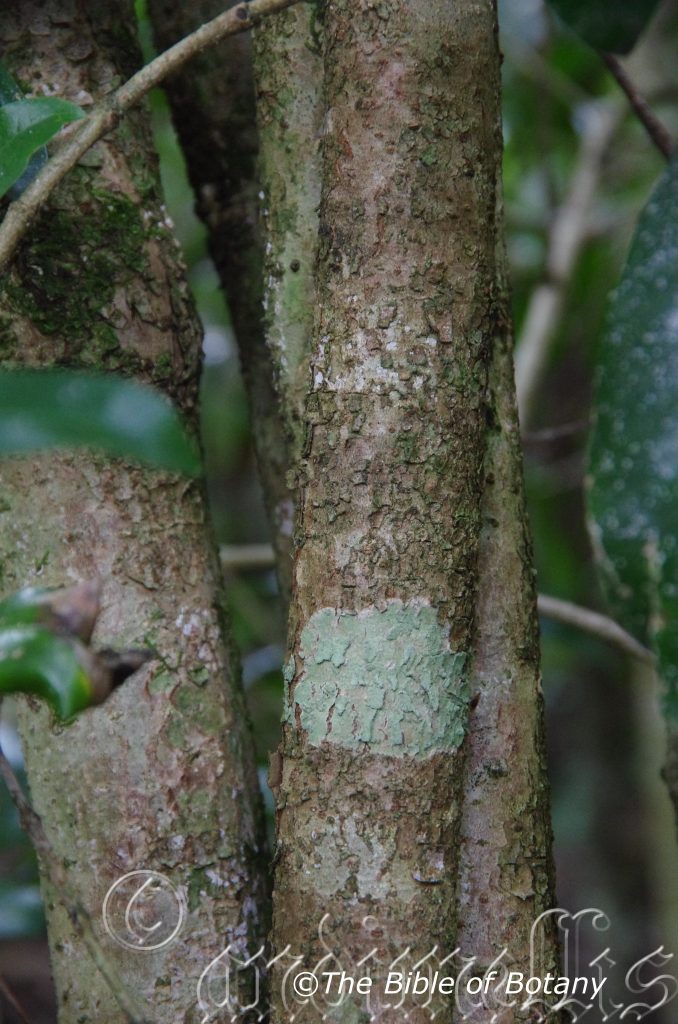
LBG Lismore NSW
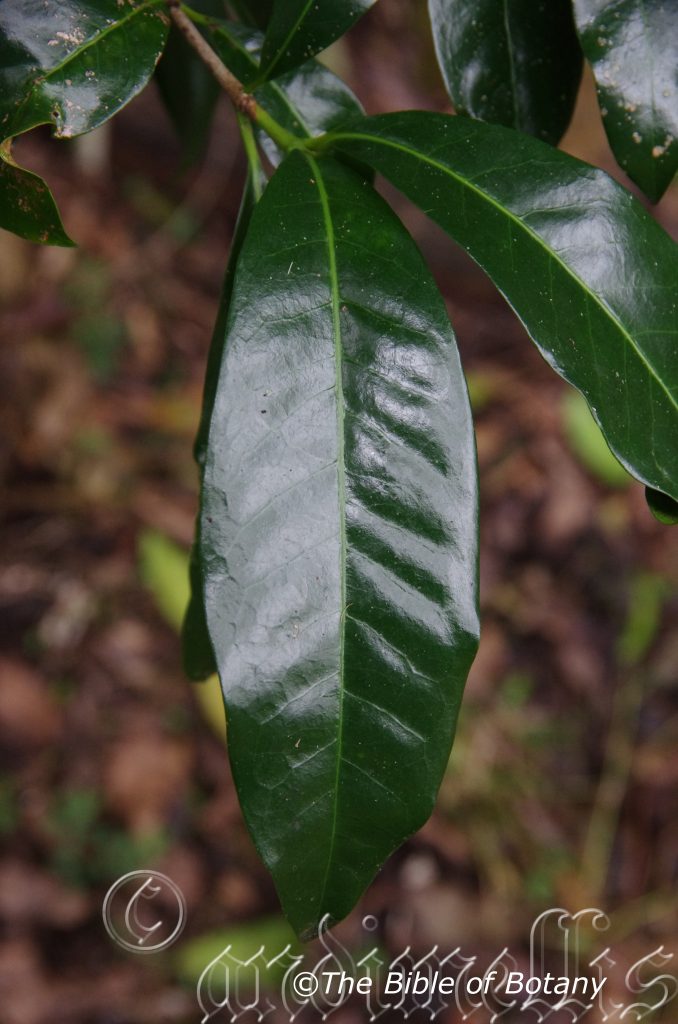
LBG Lismore NSW
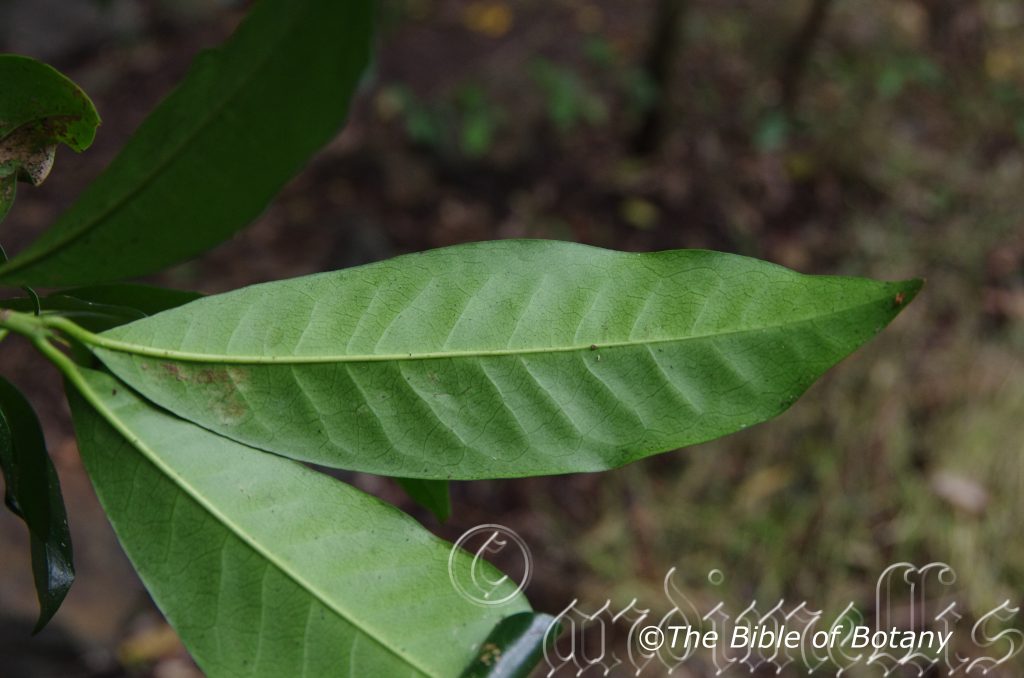
LBG Lismore NSW
Ixora beckleri
Classification:
Unranked: Eudicots
Unranked: Asterids
Order: Gentiales
Family: Rubiaceae
Subfamily: Ixoroideae
Tribe: Ixoreae
Genus: From Isawar, which is Latinized from the Malabar God Isawar. It refers to the flowers of Ixora, which were offered to Isawar.
Specie: Is probably named in honour of Ludwig Philipp Heinrich Becker; 1808-1861, who was a German botanical artist and explorer who died on the last Burk and Wills expedition near Balloo in Queensland.
Sub species:
Common Name: Native Ixora.
Distribution:
Ixora beckleri is found in several disjunct populations bounded by Gurig National Park and Darwin, the Leitchfield national Park and the Murganella Dunes in far north west Northern Territory and is sparsely found east to Groote Eylandt.
In the east it is found south from the Torres Strait Islands in far north eastern Queensland to Nandewar in north eastern New South Wales. It is found on and east of the Great Dividing Range. We have found it growing in several locations outside official reports indicating it maybe more widespread.
https://avh.ala.org.au/occurrences/search?taxa=Ixora+beckleri#tab_mapView
Habitat Aspect Climate:
Ixora beckleri prefers dense shade to light dappled shade. It grows in protected situations within gallery forests, dry rainforests adjacent to well-developed rainforests, wet Eucalyptus forests or riparian forests. The altitude ranges from 10 meters ASL to 200 meters ASL.
The temperatures range from 0 degree in August to 37 degrees in January.
The rainfalls range from lows of 800mm to an average of 2700mm annually.
Soil Requirements:
Ixora beckleri prefers to grow on coarse sands to better quality sandy loams or medium clays with copious quantities of leaf litter. The soils are derived from decomposed sandstones, shales, brown basalts, black basalts, metamorphic rocks or granites. The soils pH varies from 5pH through to 7pH are preferred. It does not tolerate waterlogged soils. Non saline soils to moderately saline soils are tolerated.
Height & Spread:
Wild Plants: 3m to 6m by 3m to 4m.
Characteristics:
Ixora beckleri’s stems are scabrous and variable in colour from deep grey to deep grey-brown. The branchlets are deep grey with patches of deep green.
Ixora beckleri’s opposite, oblong-lanceolate to narrow elliptical leaves measure 60mm to 130mm in length by 30mm to 60mm in width. The base is cuneate while the apex is abruptly acuminate. The concolourous laminas are deep sea-green and glossy on the upper lamina while the lower lamina is dull. The margins are entire, flat and curve slightly upwards from the mid vein. The mid vein is prominent on the lower lamina and is distinctly visible from the upper lamina. The petioles measure 8mm to 12mm in length.
The lanceolate stipules are subulate towards the apex and measure 4mm to 5mm in length.
The inflorescences of Ixora beckleri is an erect, simple umbel which is born terminally and measures 15mm to 20mm in diameter. The green calyxes measure 1mm to 1.5mm in length while the lobes are narrow lanceolate. The white perianths measure 4mm to 5.5mm in length by 2mm to 3mm in diameter. The 4 lobes are spathulate with a mucronate apex and measure 2mm to 3mm in length. There are 4 white stamens with pale brown anthers. The white style measures 6mm to 6.5mm in length. The pistil and anthers are exserted. The sweetly scented flowers appear from late October through to late February.
Ixora beckleri’s fruit is a globose fleshy drupe. The green drupes turn black on ripening. The drupes measure 7mm to 9mm in length by 8mm to 10mm in diameter. The 3 or 4 round black seeds measure 2.5mm to 3mm in diameter.
Wildlife:
Native bees and many different butterfly species have been seen foraging on the flowers while the Satin Bower bird Ptilonorhynchus violaceus and the green cat bird Ailuroedus crassirostris have been seen eating the fruits.
Cultivation:
Ixora beckleri are medium shrubs which are suitable for small, medium and large sunny or partially shaded gardens close to the coast or on sandy ridges. It is an excellent addition in sub tropical or tropical gardens especially where the soils are deeper and of a better structure and fertility. As garden subjects they will grow to 2.5 meters to 3.5 meters in height by 2.5 meters to 3 meters in diameter when grown in the open. If it is grown in the shade or as a rainforest plant they will grow a lot taller.
It is cold tolerant to temperatures as low as minus 5 degrees if protected from frosts. It is drought resistant and are frost tolerant to at least minus 2 degrees without any burning or discolouration of the leaves.
They should be more widely grown with in temperate areas of Australia and tried at least as far south as Melbourne where only frosts occur. They have not been popular in the past as they have no extraordinary features. They suit small to large bush gardens where it is attractive to many different butterflies.
They can be lightly tipped pruned annually to increase flowering. It is best suited to sandy loams better quality light clays and gravelly soils that retain even soil moisture.
They can be used as an under story plant at the verges of rainforest gardens or for hedges and screens in semi shaded or sunny areas where they excel. The large glossy green leaves are particularly attractive along a hedge row or boundary fences on farms and large properties. If native fertilizers are used the deep sea-green glossiness of the leaves will be accentuated.
Ixora bleckeri’s flowers make good cut flowers for short periods and the leaves last well for floral arrangements.
Another outstanding feature of this plant is the fact that it can be used very successfully as a tub specimen for many years in formal courtyards and around formal swimming pools. Here they can be pruned to maintain a smaller plant or shaped as desired in topiary exhibits.
Propagation:
Seeds: Ixora beckleri seeds can be sown directly into a seed raising mix. Cover them with 5mm to 6mm of fine weed free mulch and keep moist. Place the tray in a warm sunny position. When the seedlings are 20mm to 30mm tall, prick them out and plant them into 50mm native tubes using a good organic mix.
Once the seedlings reach 100mm to 150mm in height they can be planted out into their permanent position.
Fertilize using seaweed, fish emulsion or organic chicken pellets soaked in water on an alternate basis. Fertilize every two months until the plants are established then twice annually in early September or March to maintain health, vitality and better flowering.
Further Comments from Readers:
Hi reader, it seems you use The Bible of Botany a lot. That’s great as we have great pleasure in bringing it to you! It’s a little awkward for us to ask, but our first aim is to purchase land approximately 1,600 hectares to link several parcels of N.P. into one at The Pinnacles NSW Australia, but we need your help. We’re not salespeople. We’re amateur botanists who have dedicated over 30 years to saving the environment in a practical way. We depend on donations to reach our goal. If you donate just $5, the price of your coffee this Sunday, We can help to keep the planet alive in a real way and continue to bring you regular updates and features on Australian plants all in one Botanical Bible. Any support is greatly appreciated. Thank you.
In the spirit of reconciliation we acknowledge the Bundjalung, Gumbaynggirr and Yaegl and all aboriginal nations throughout Australia and their connections to land, sea and community. We pay our respect to their Elders past, present and future for the pleasures we have gained.